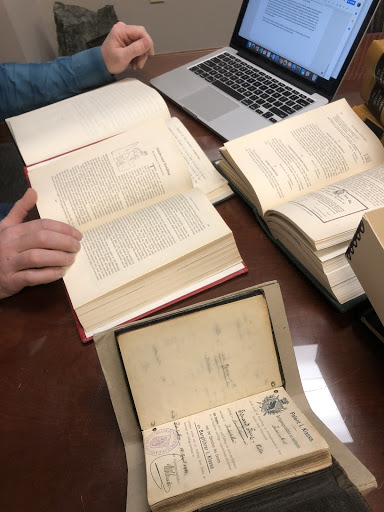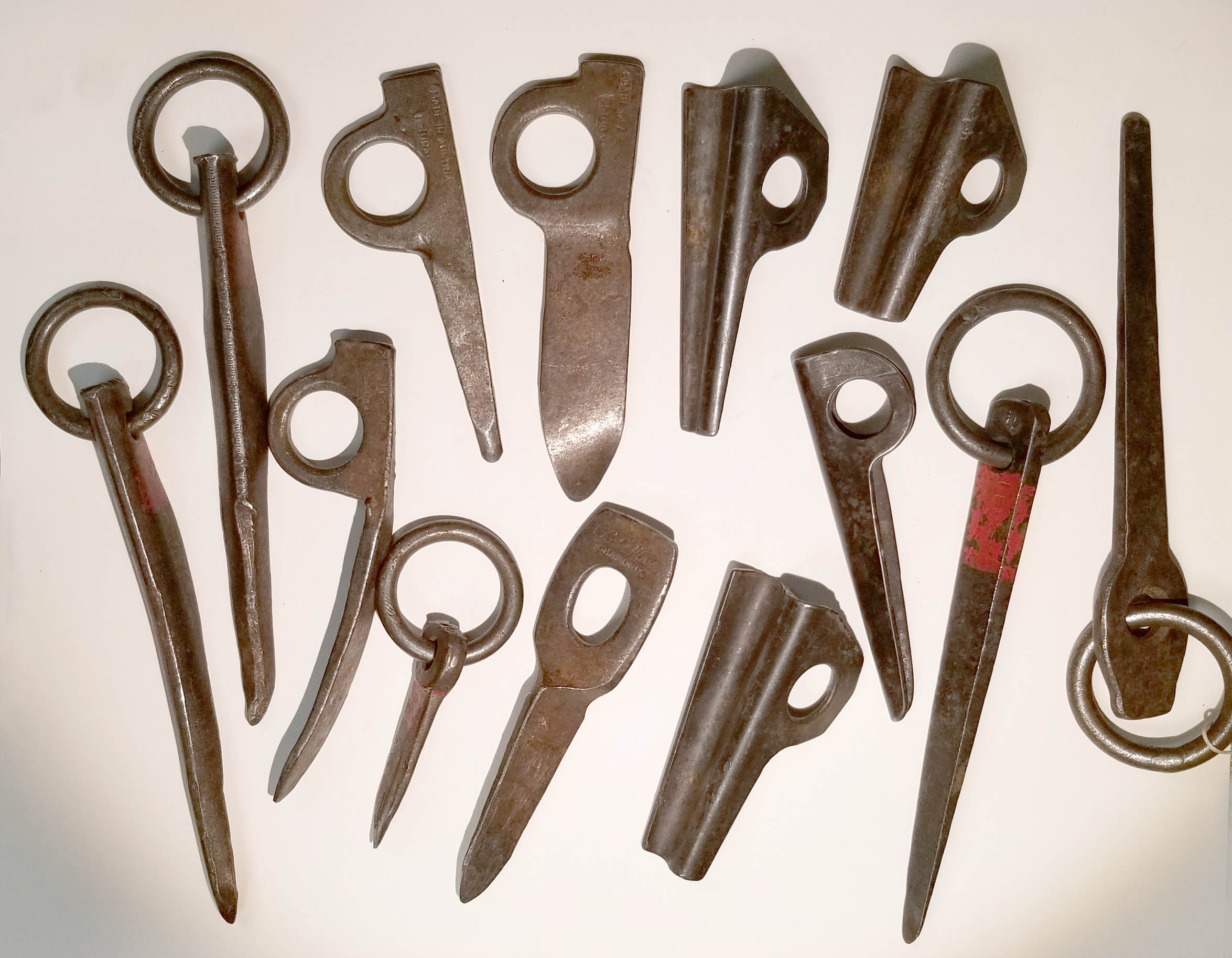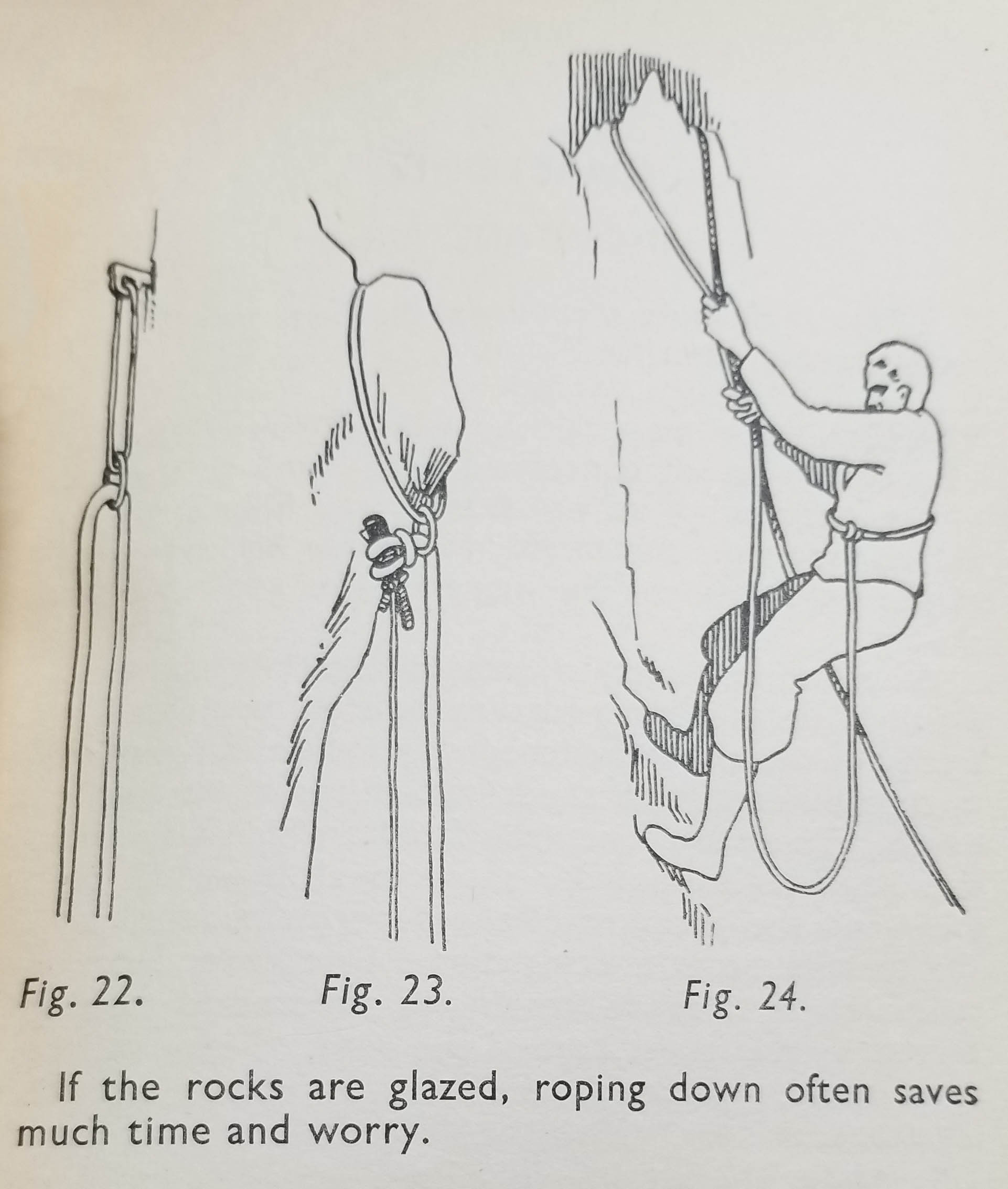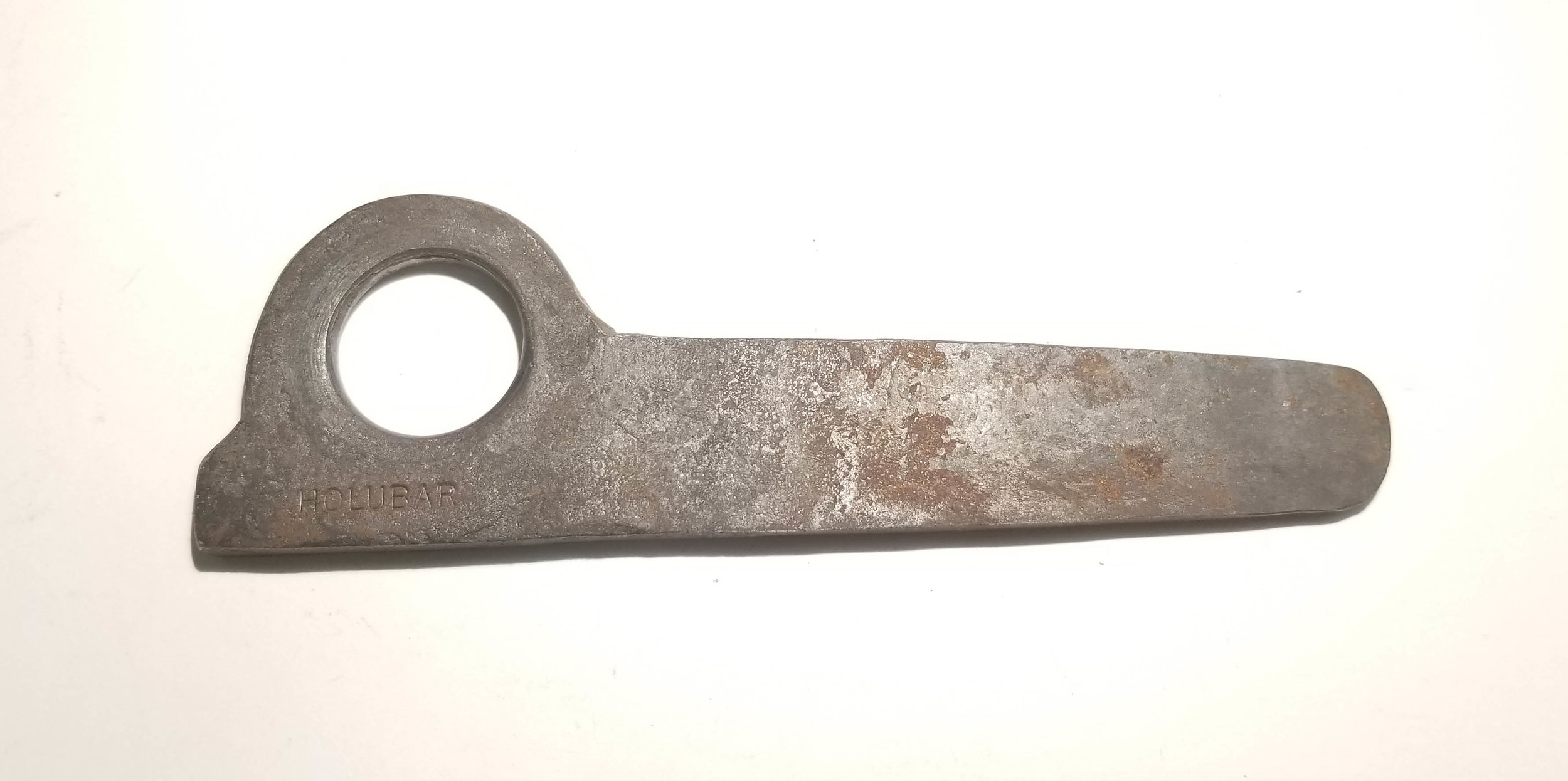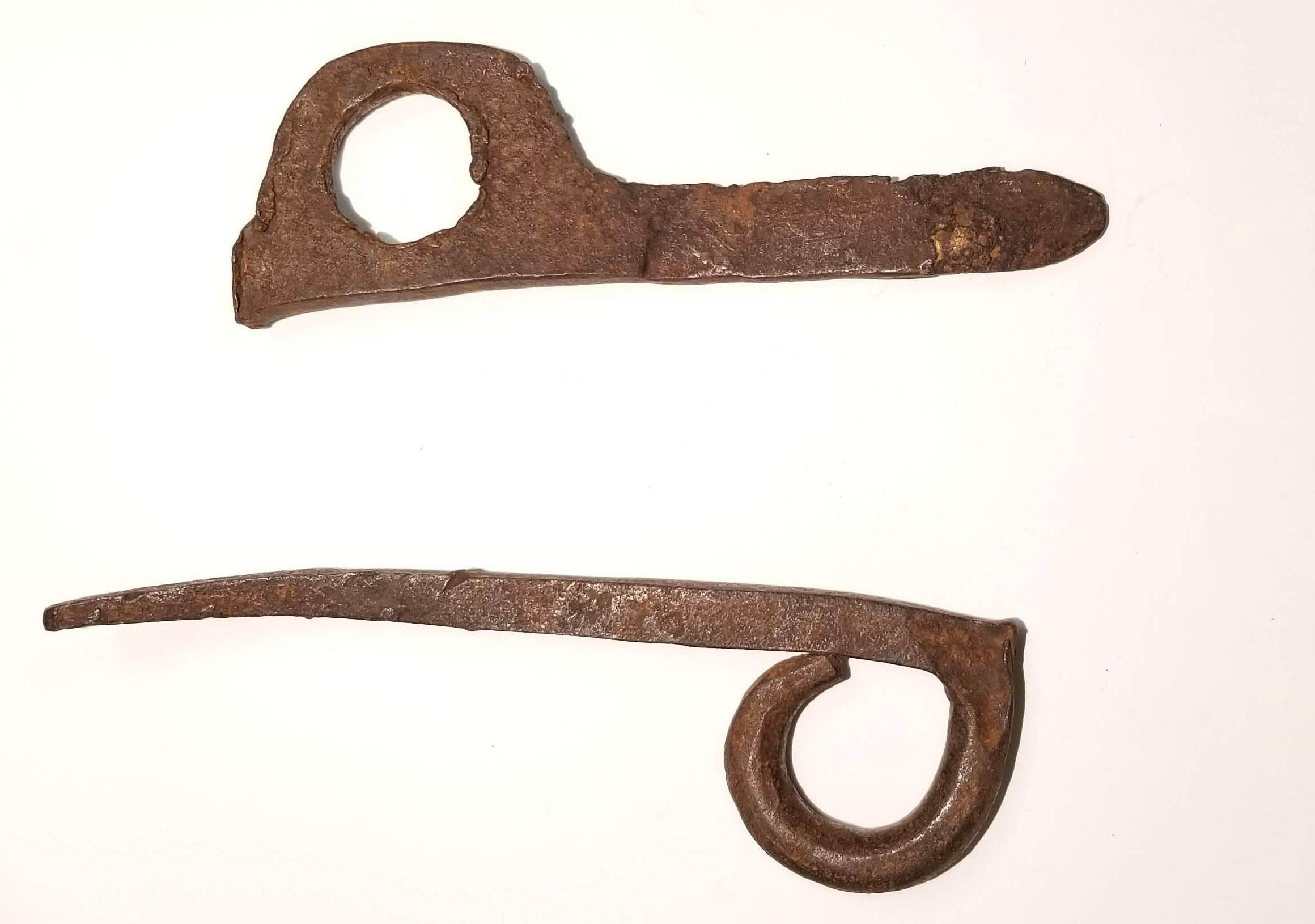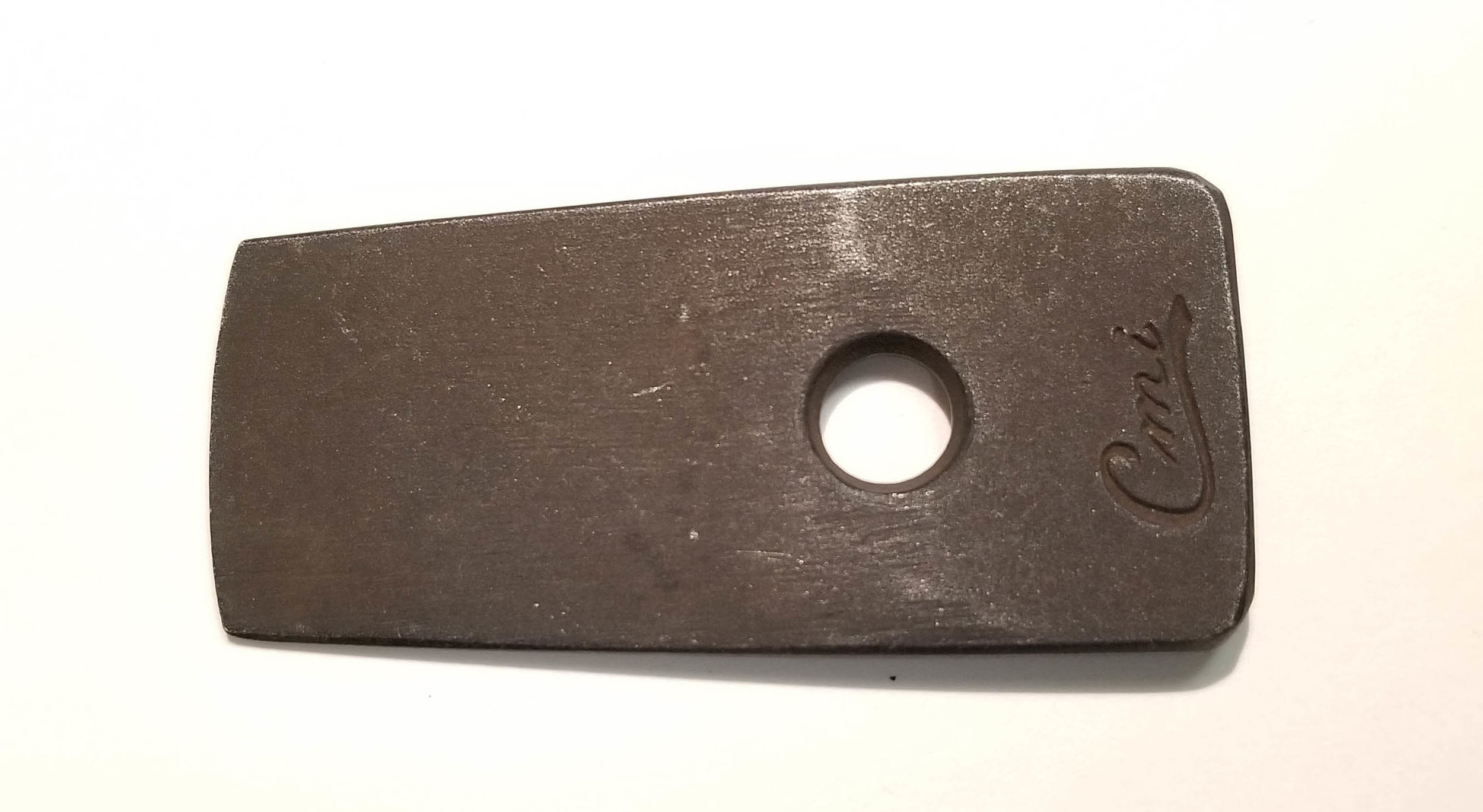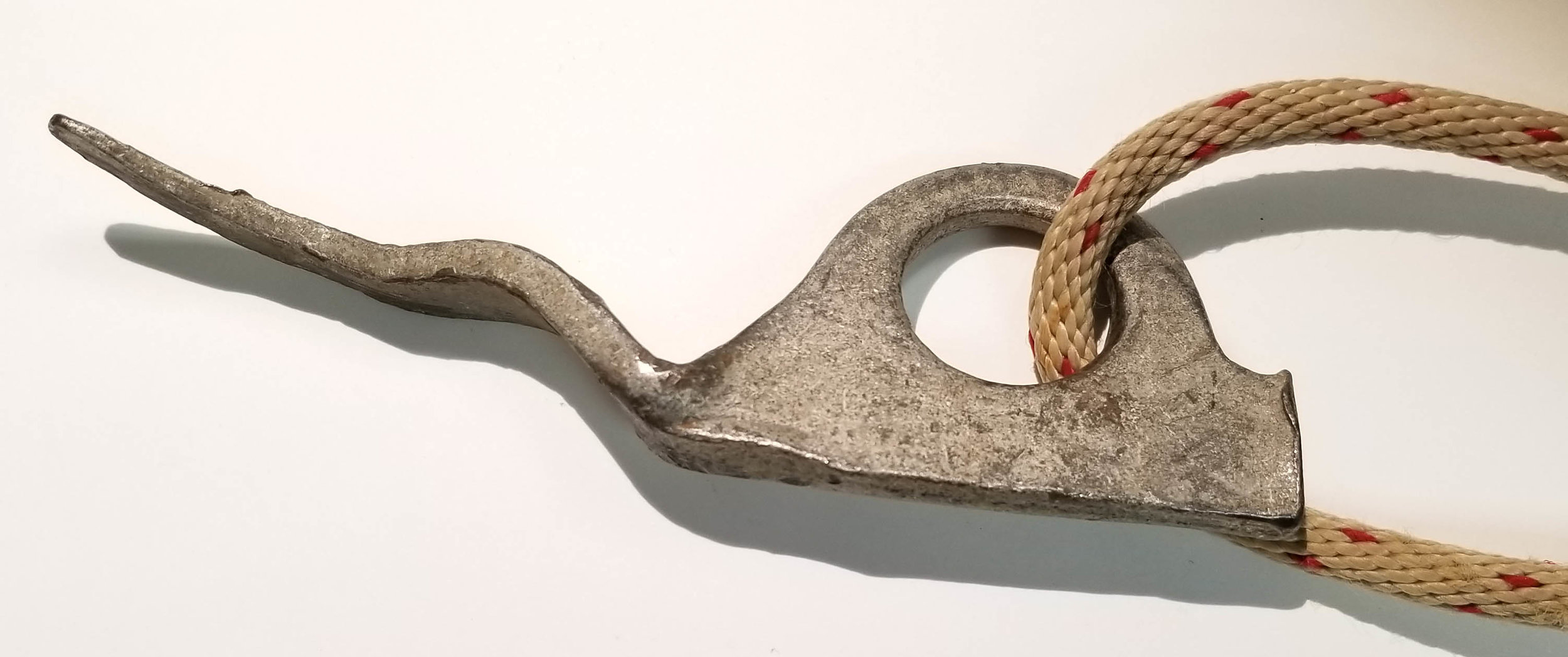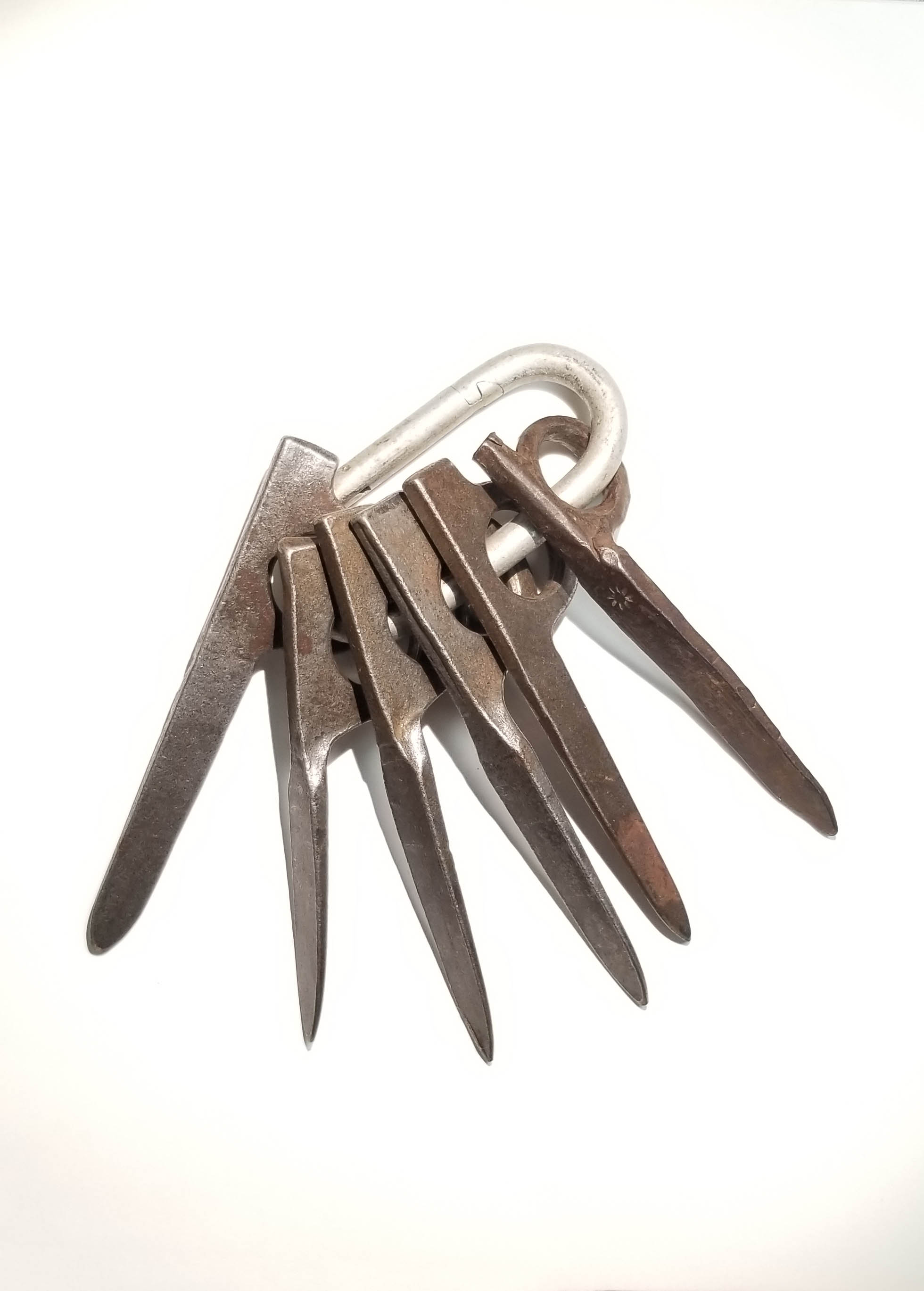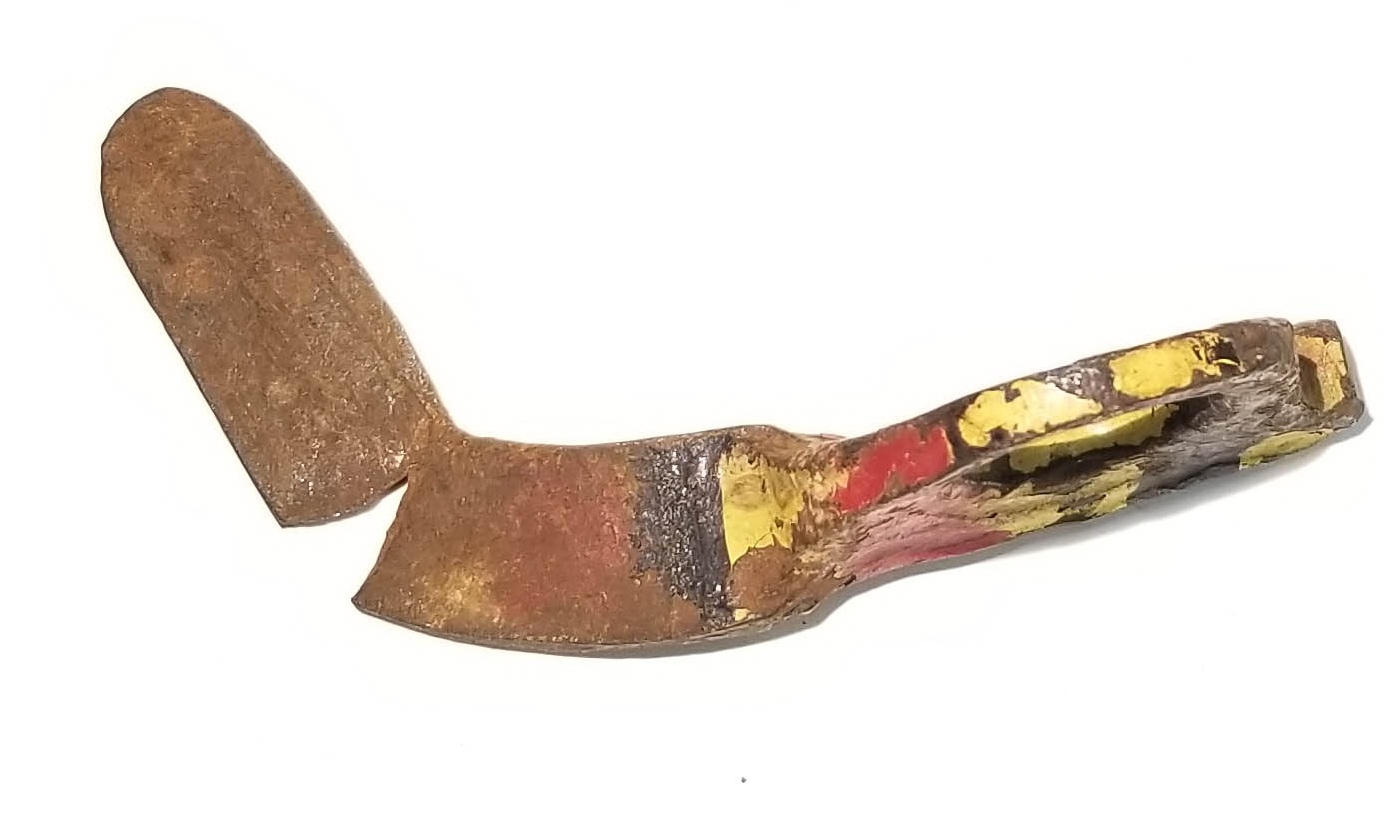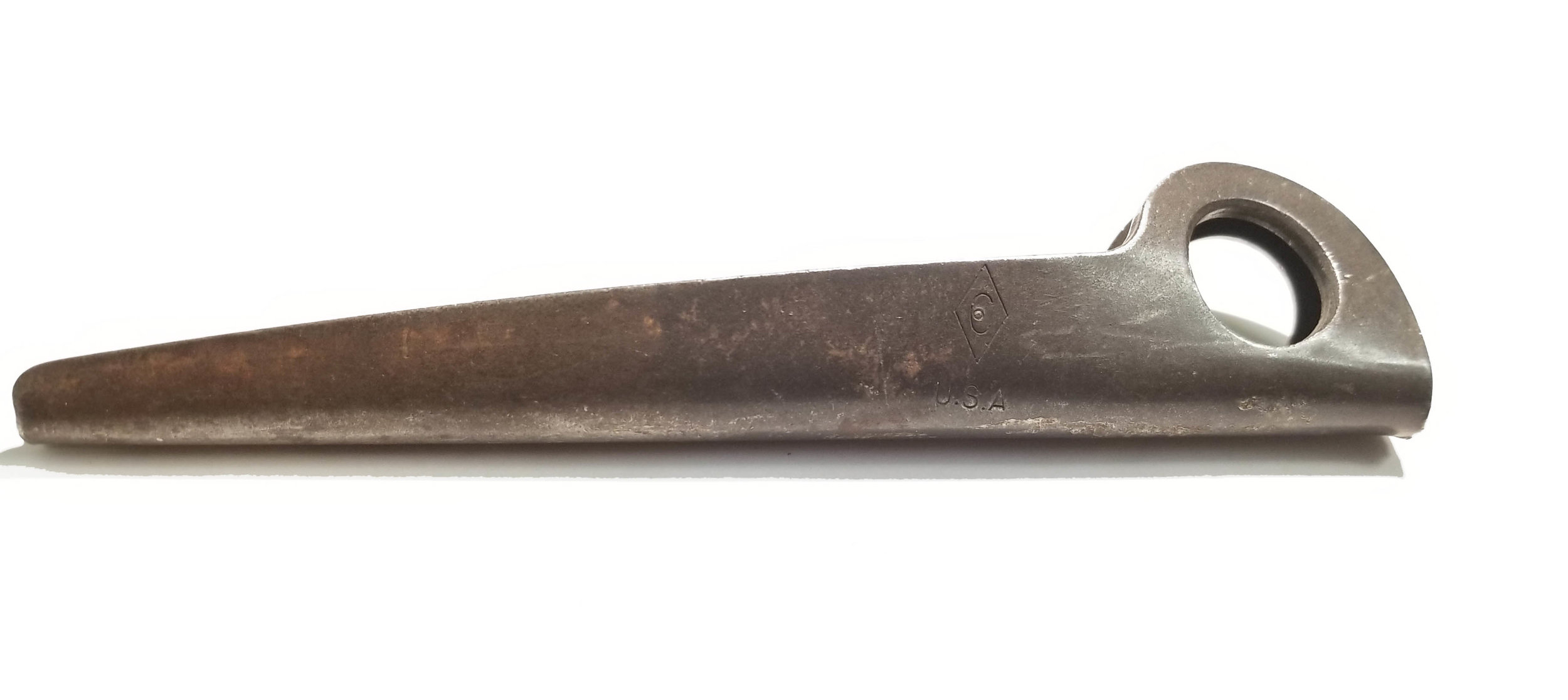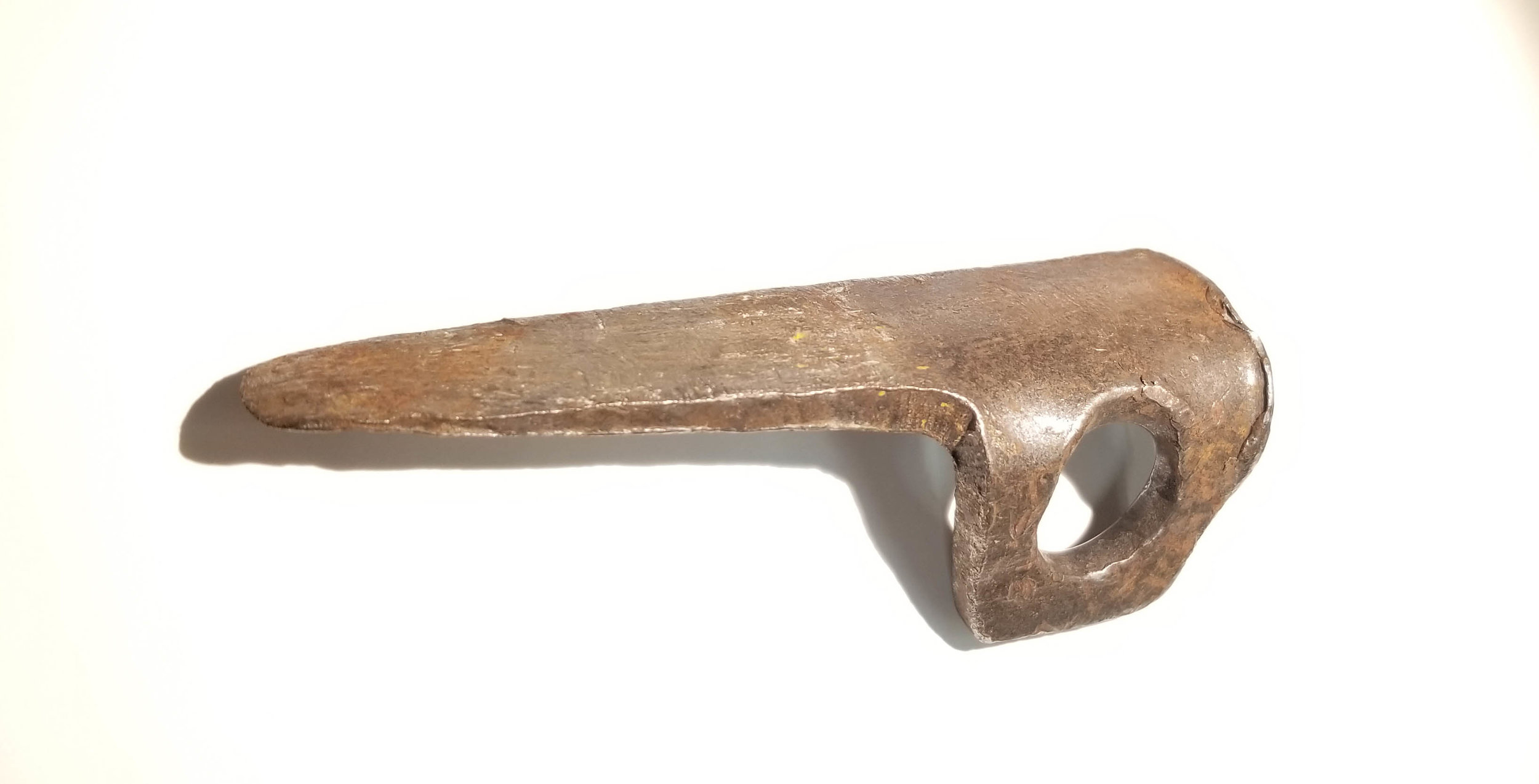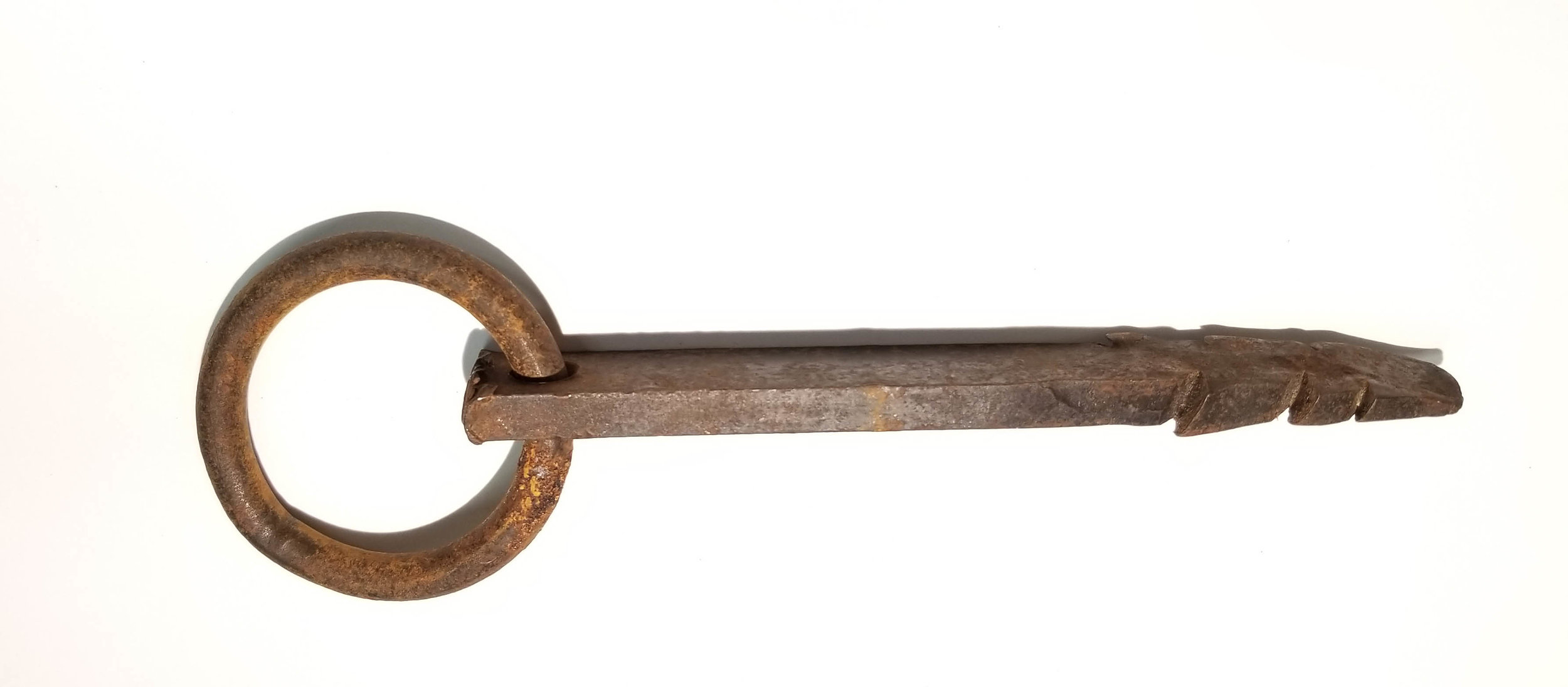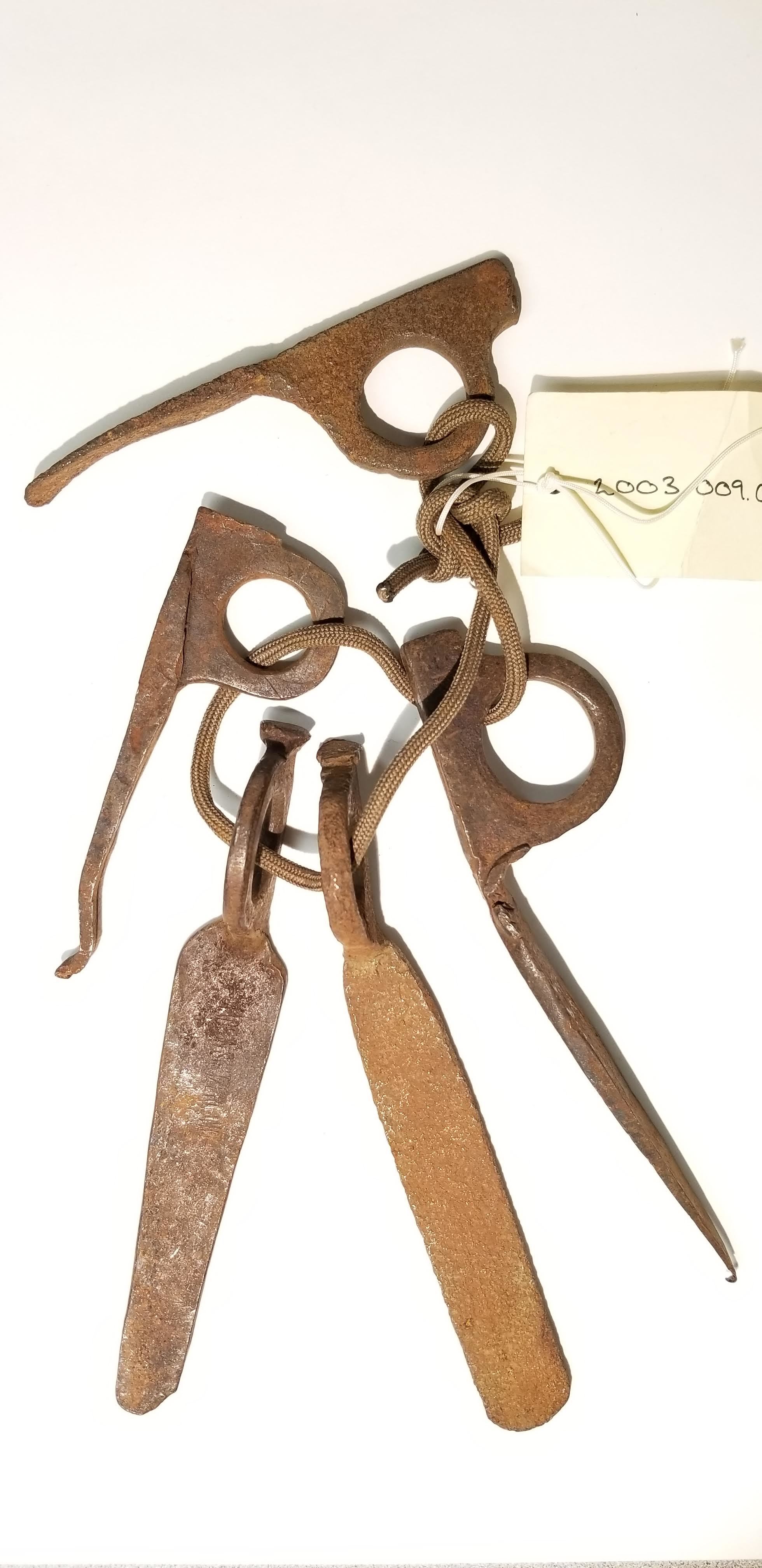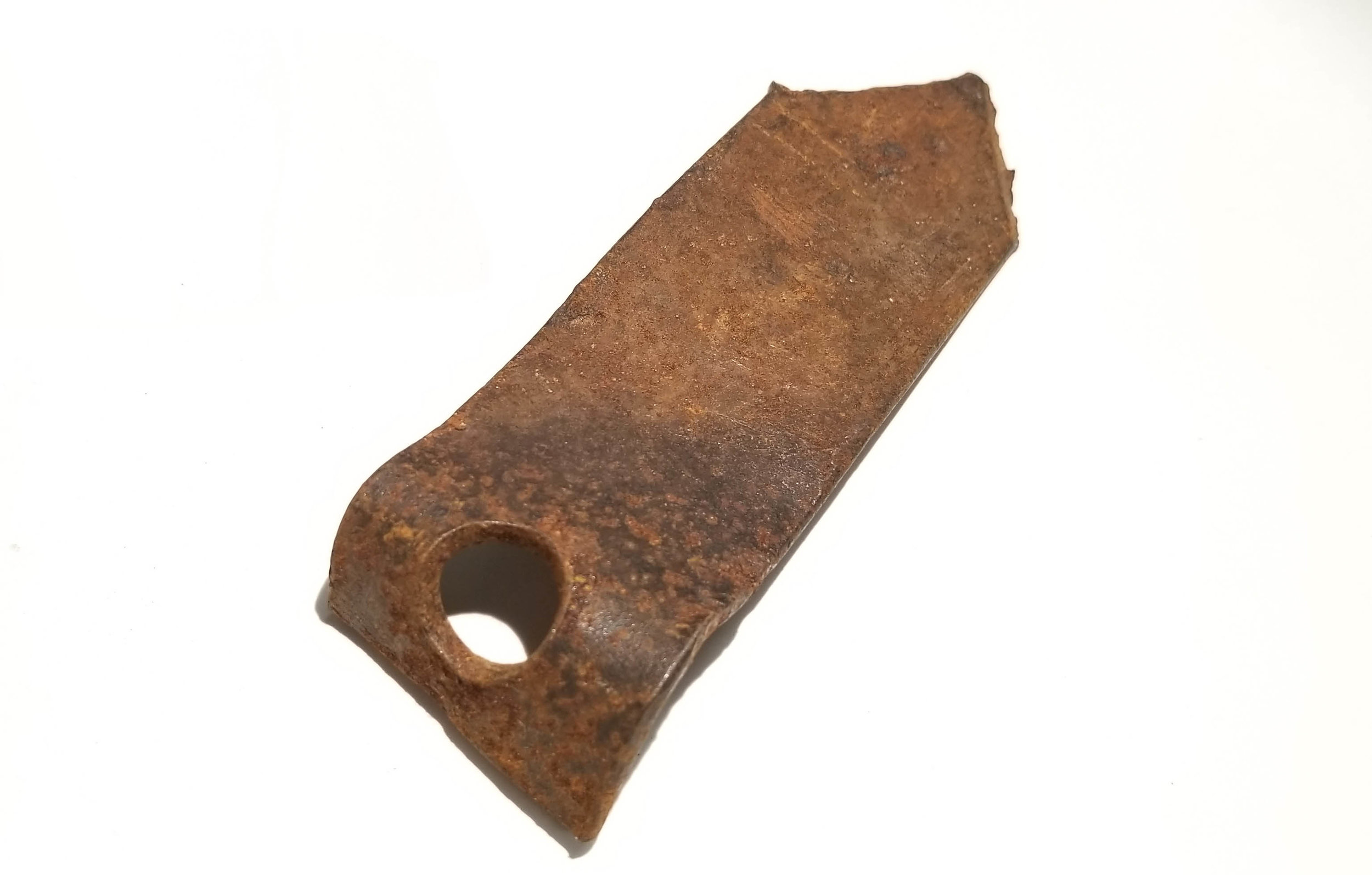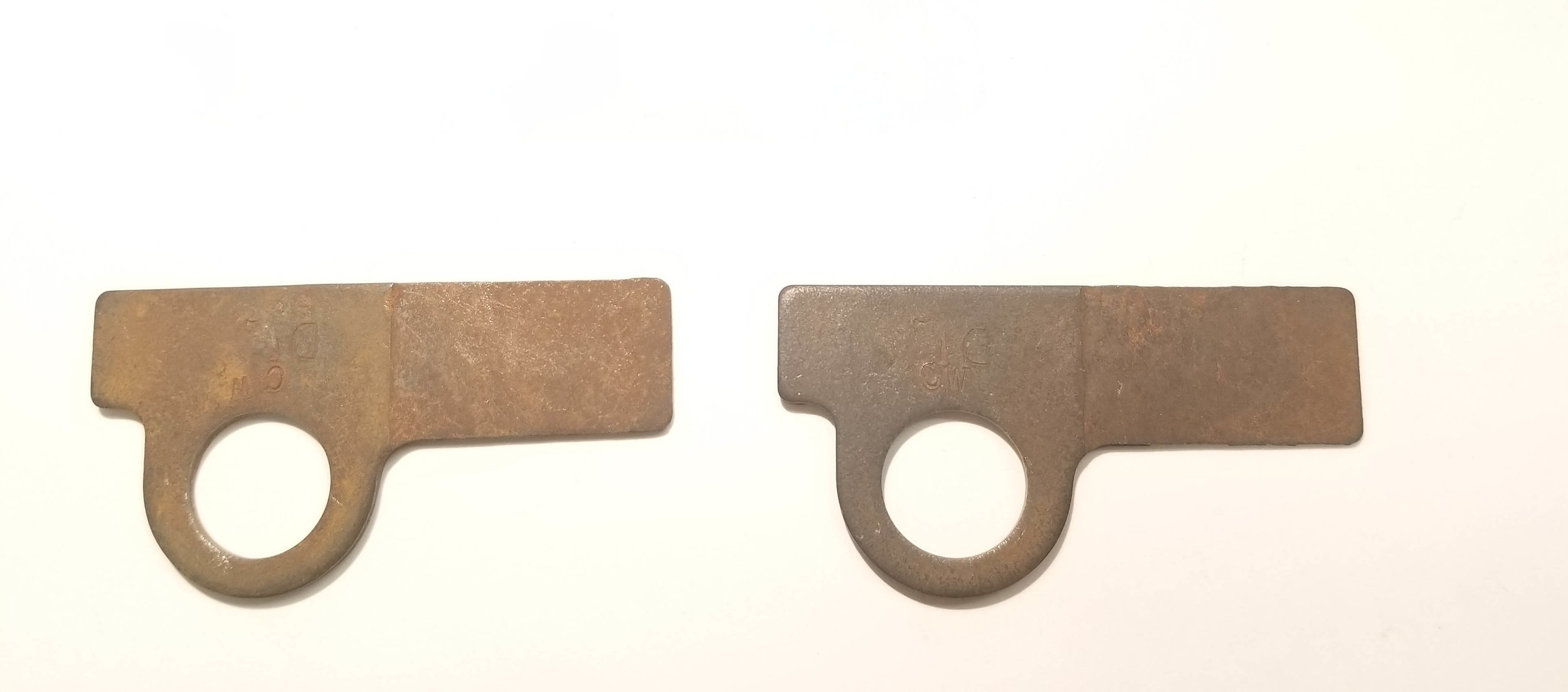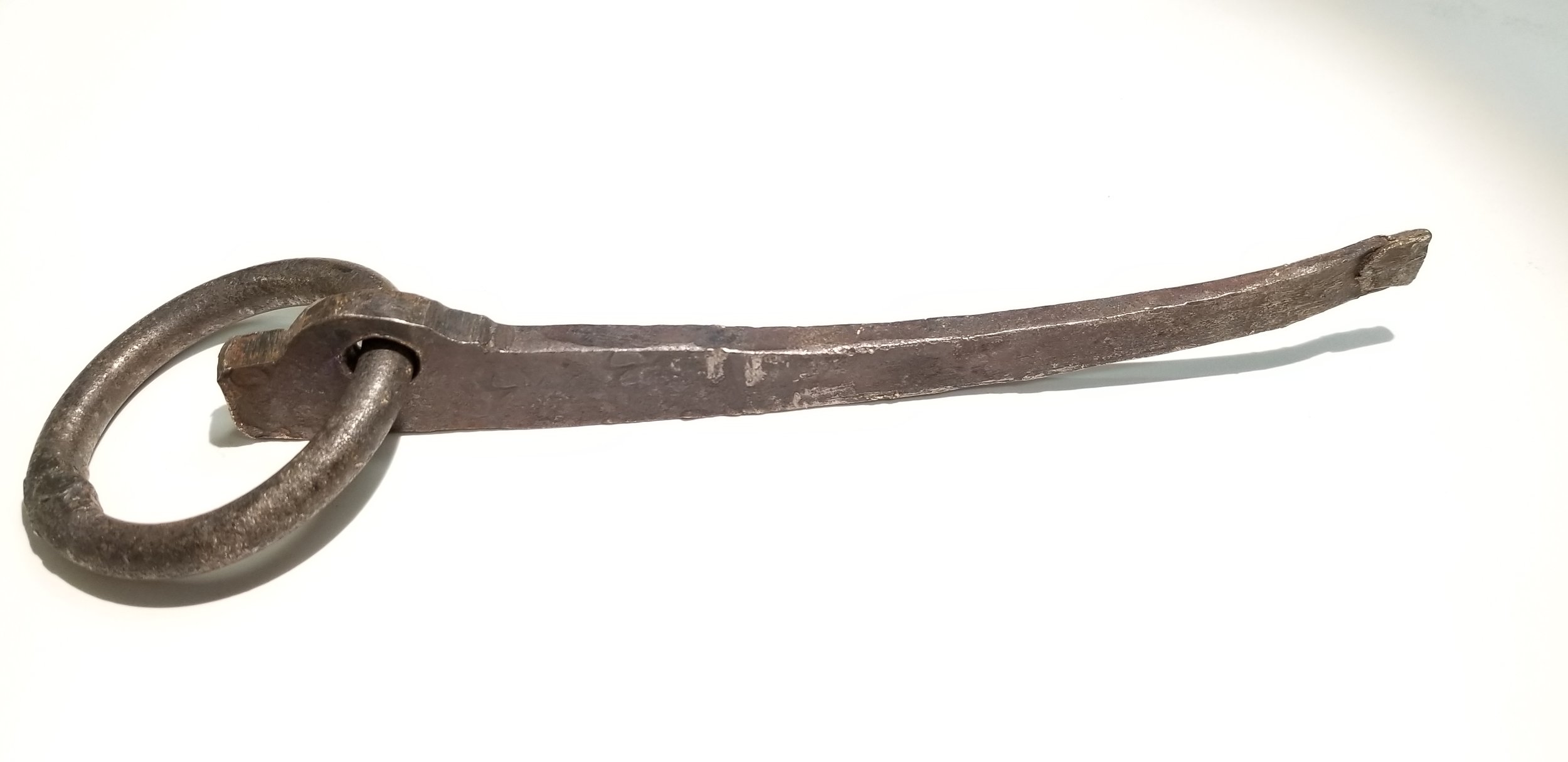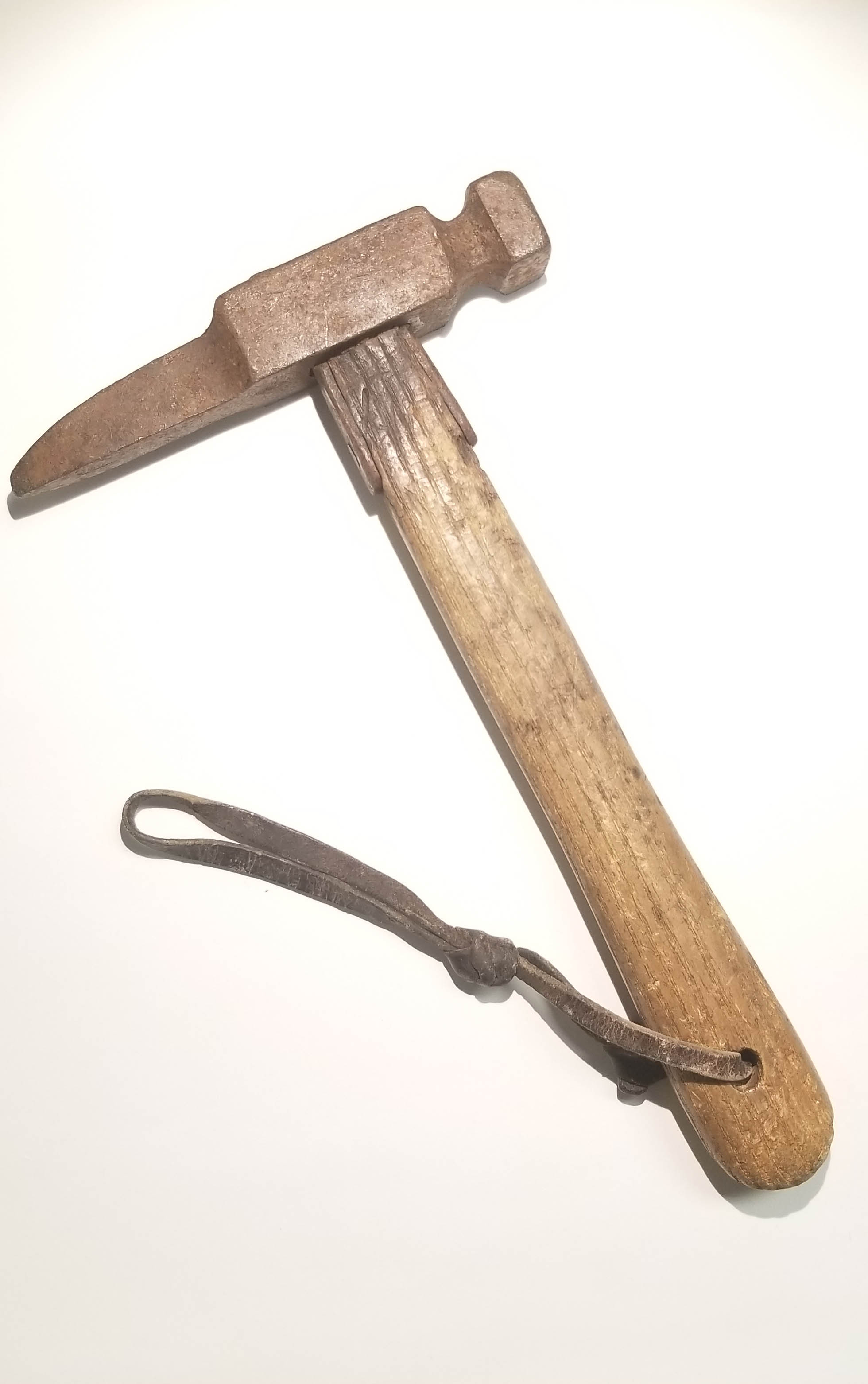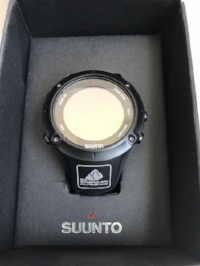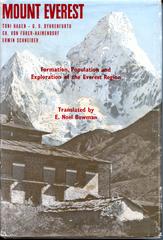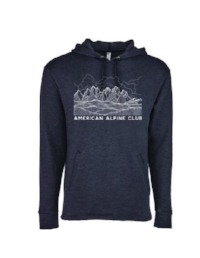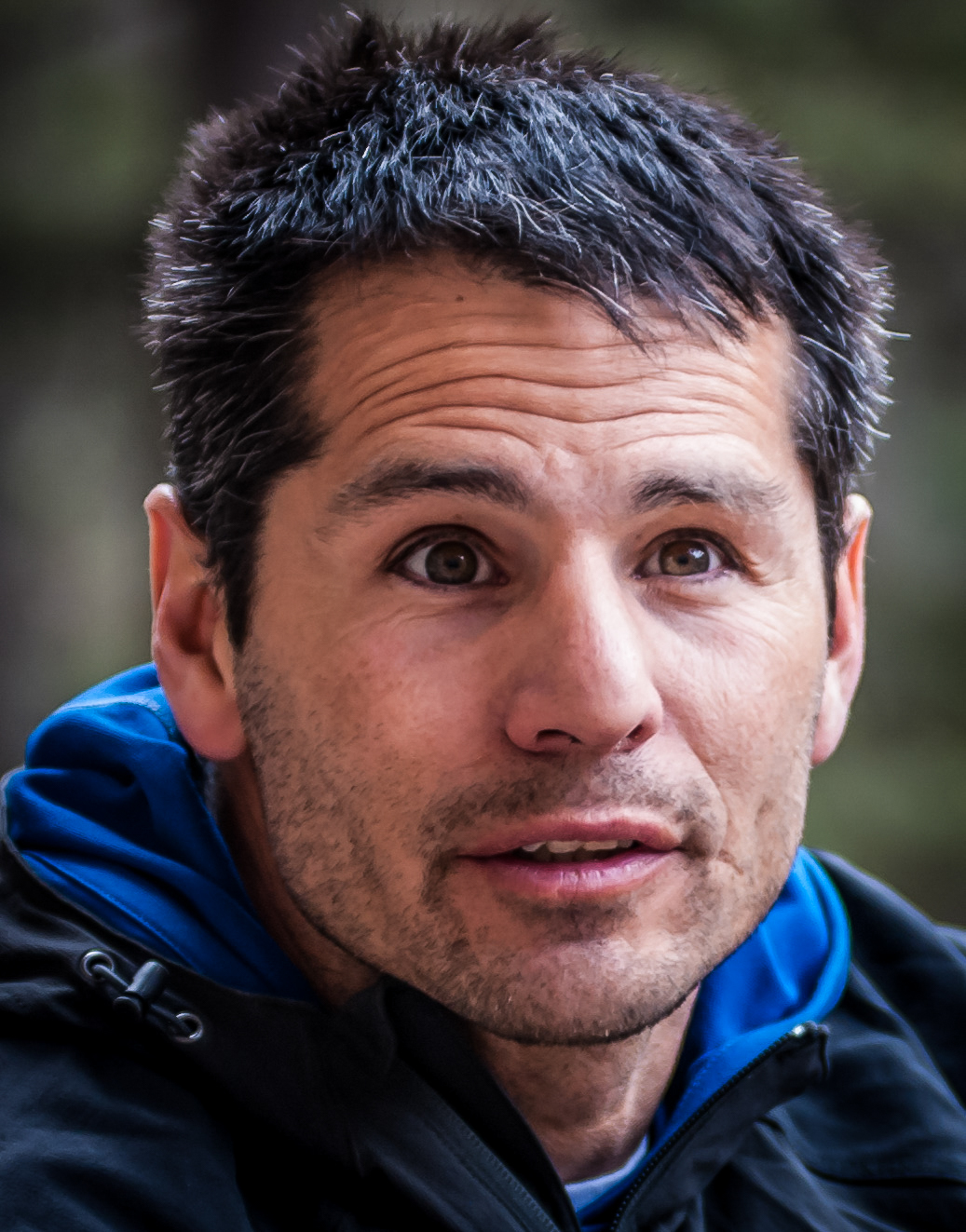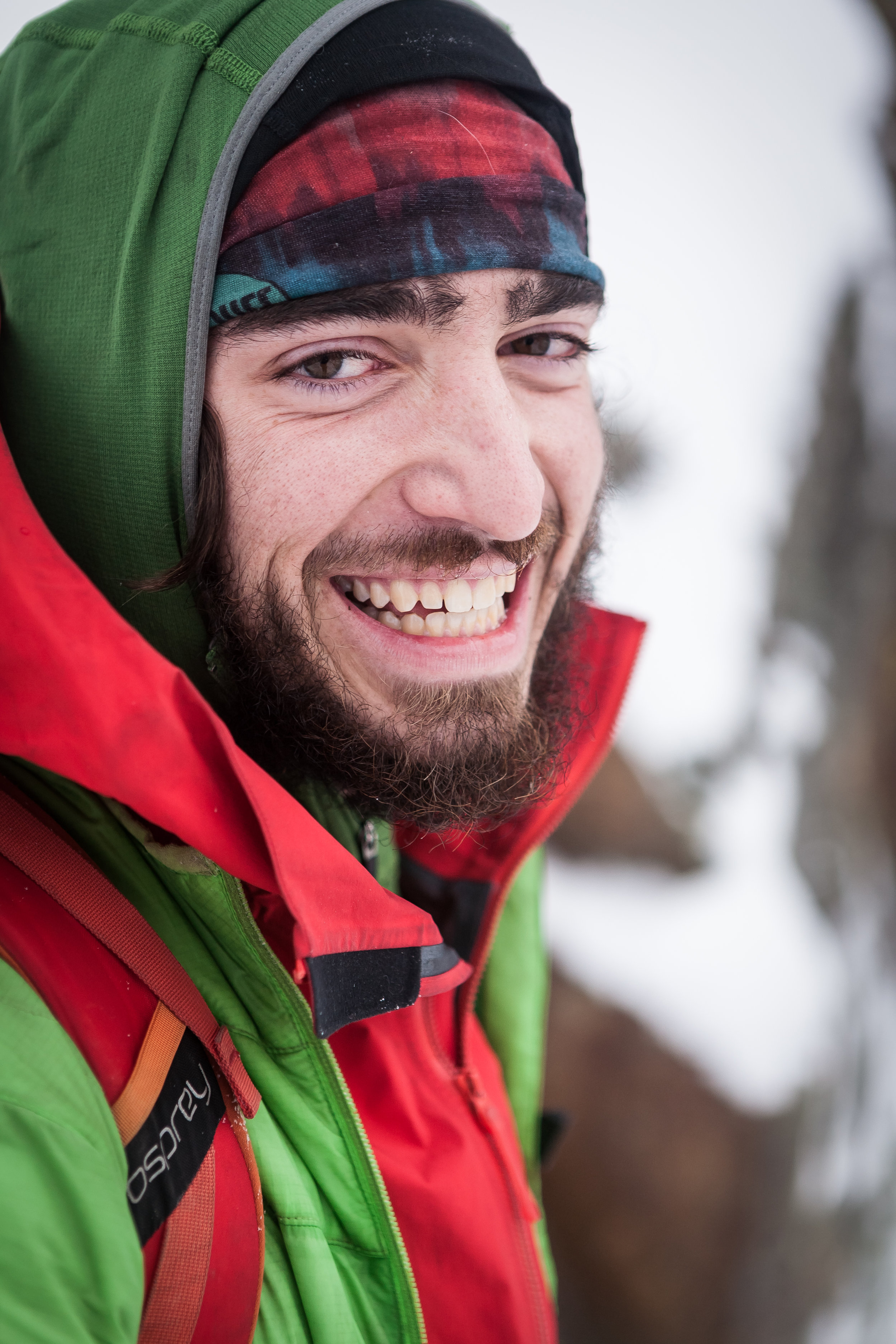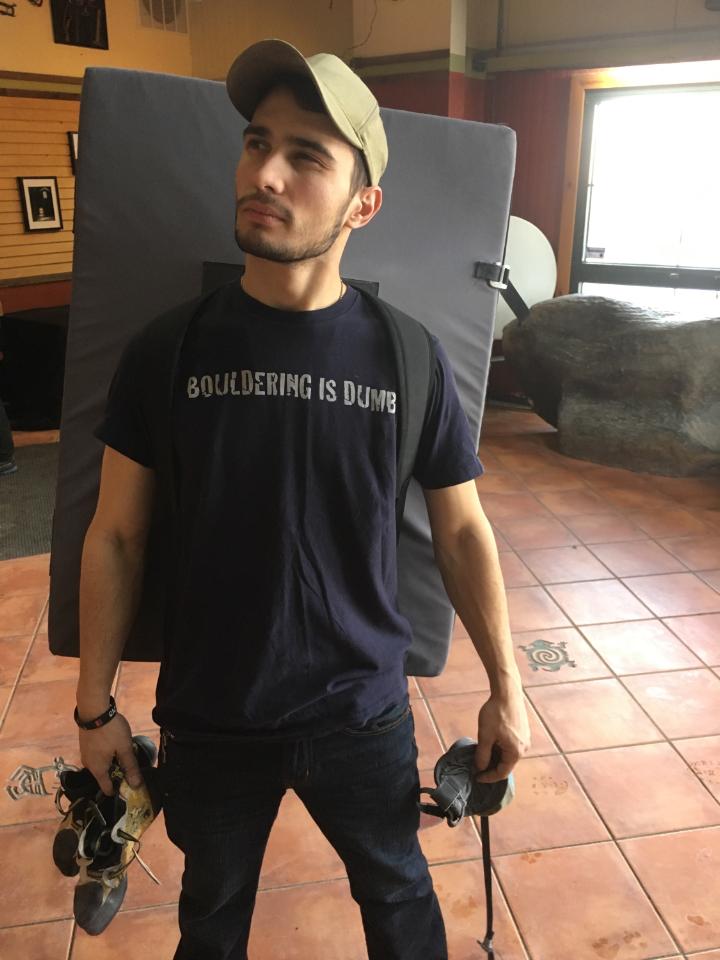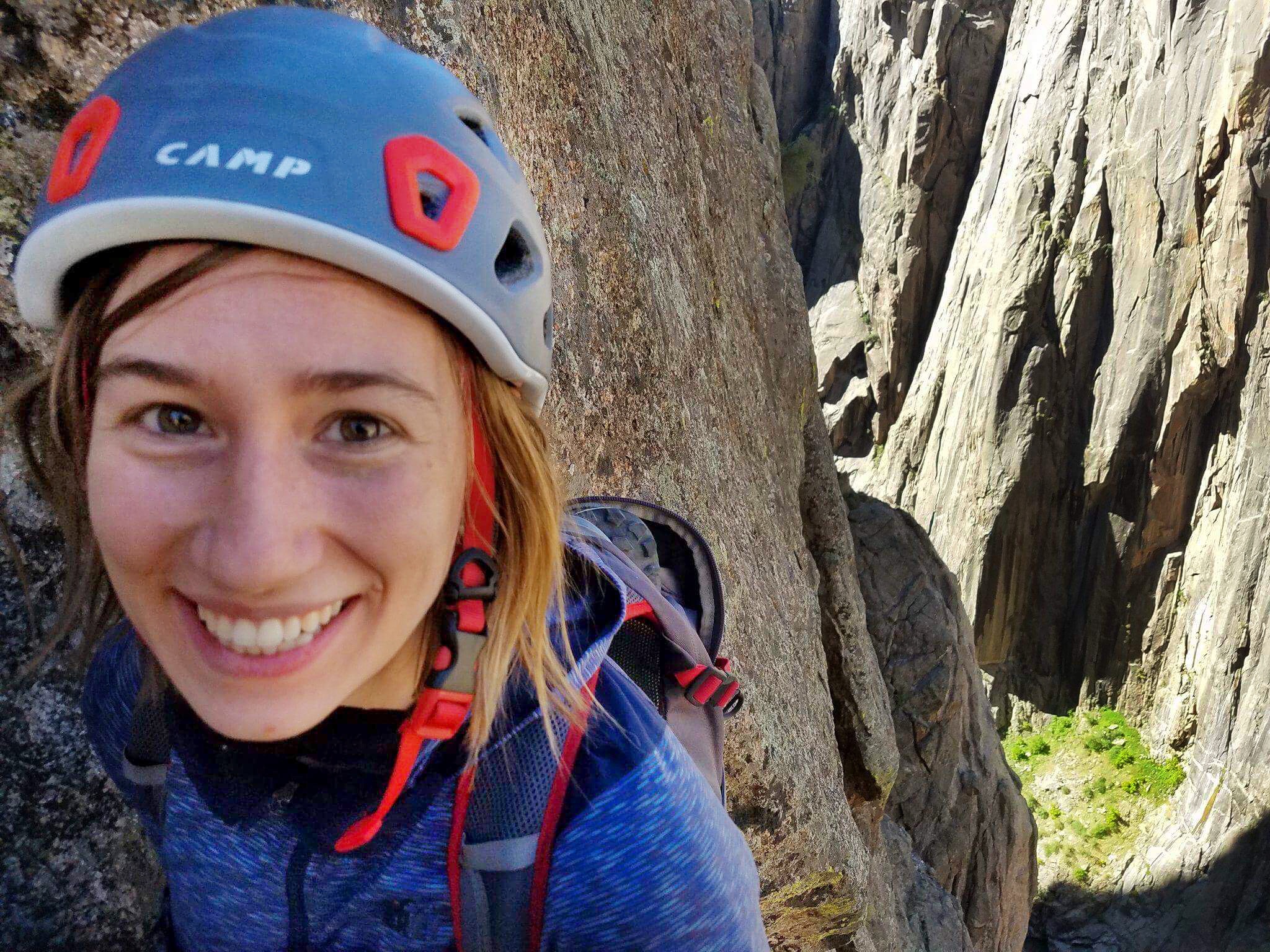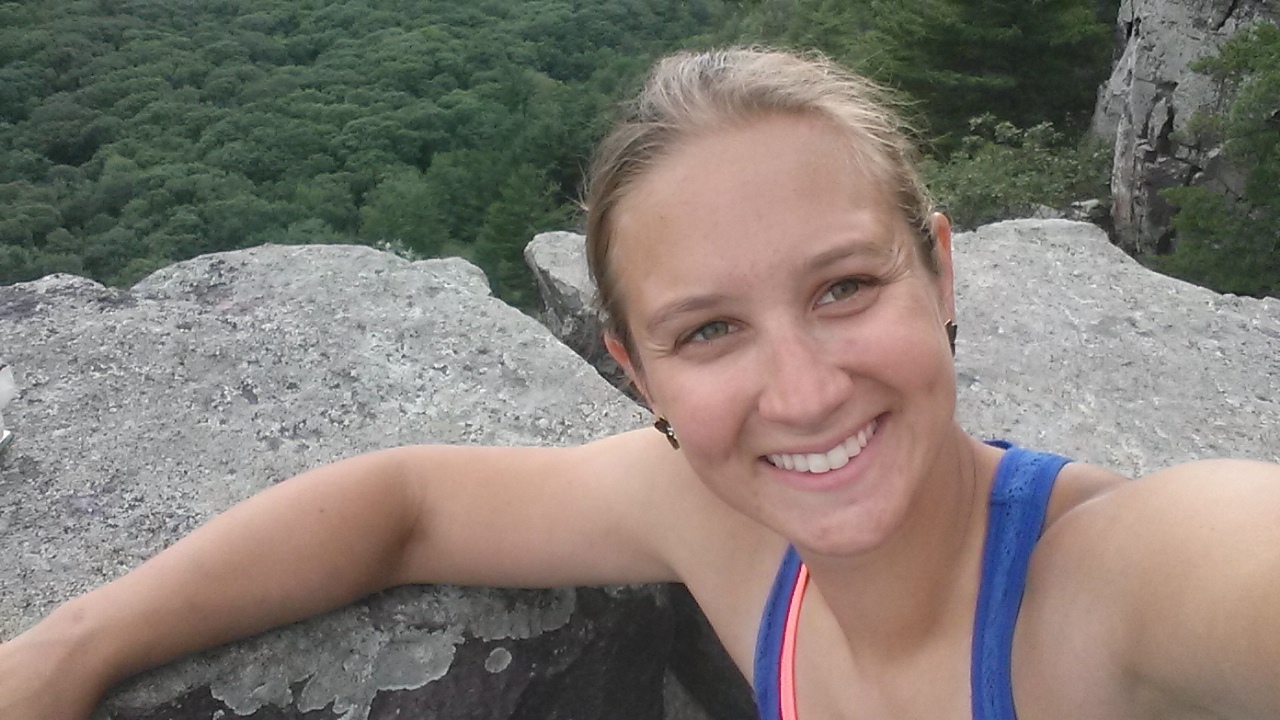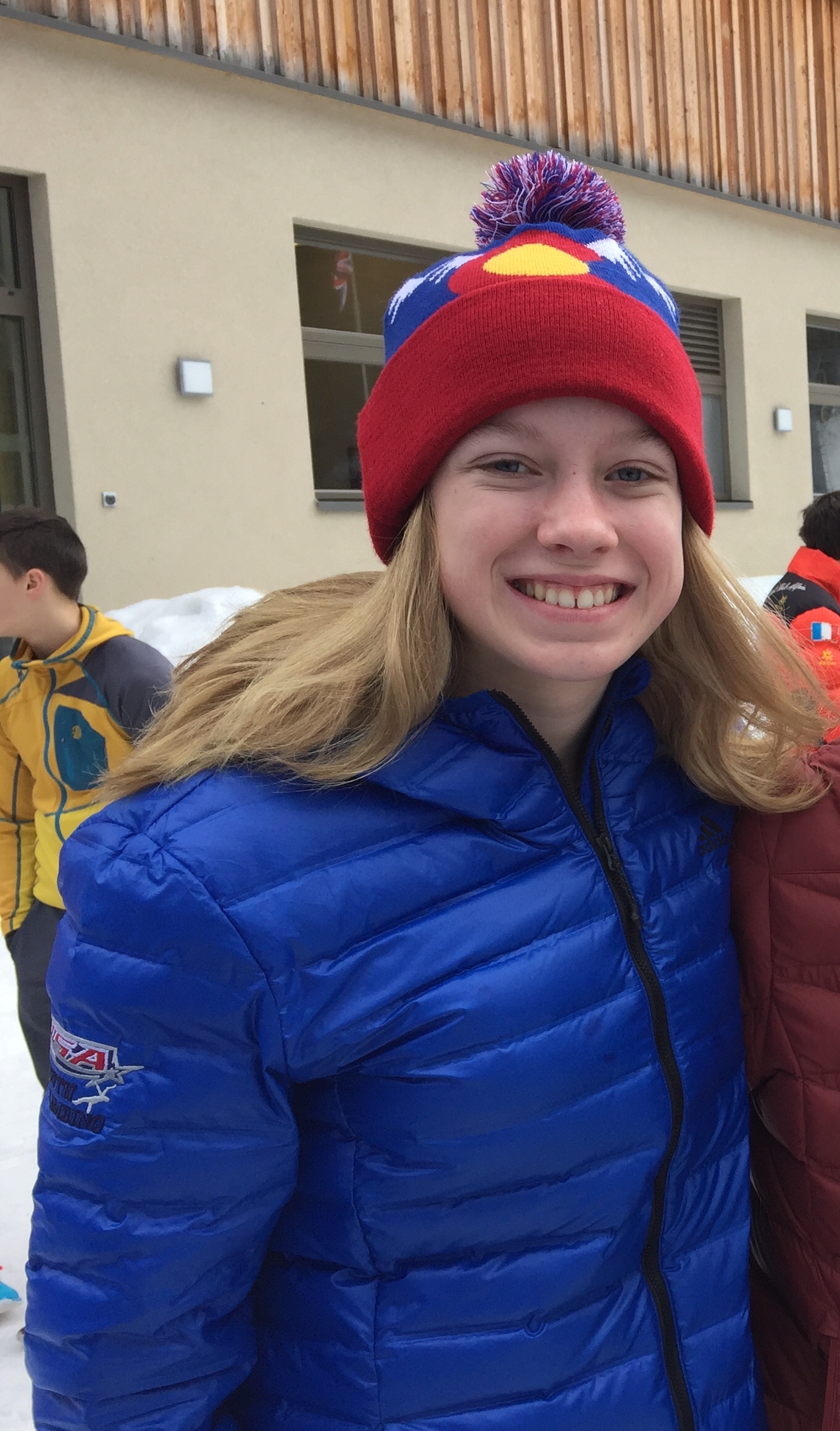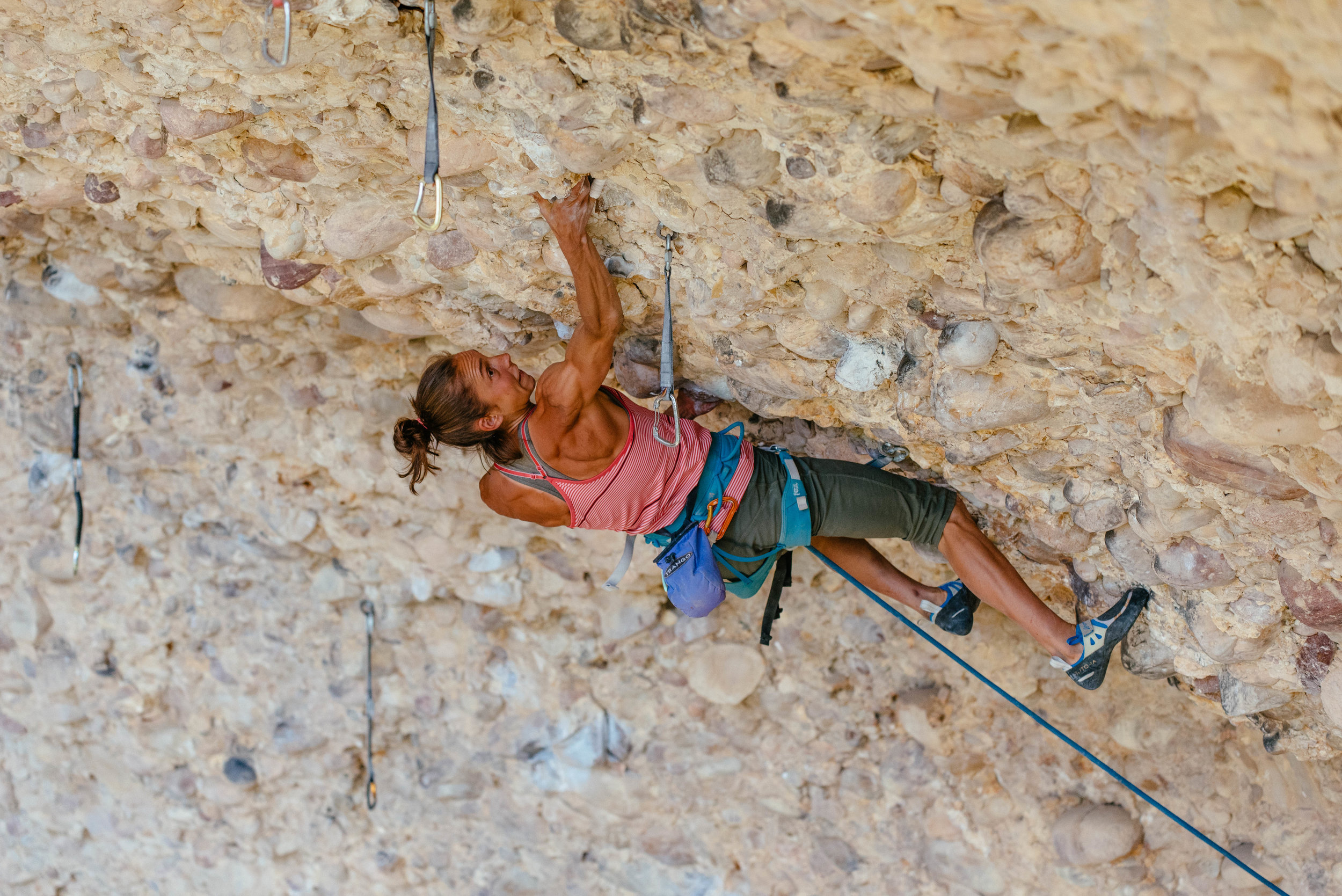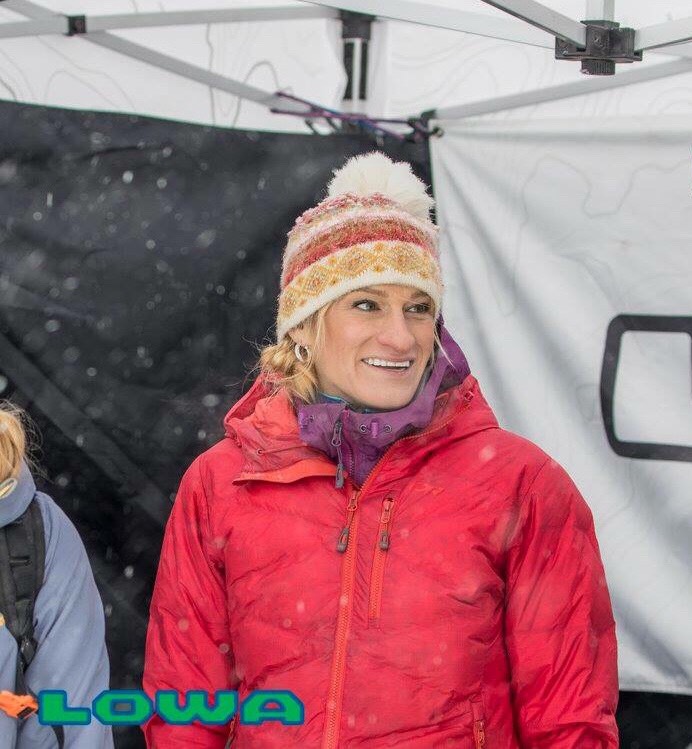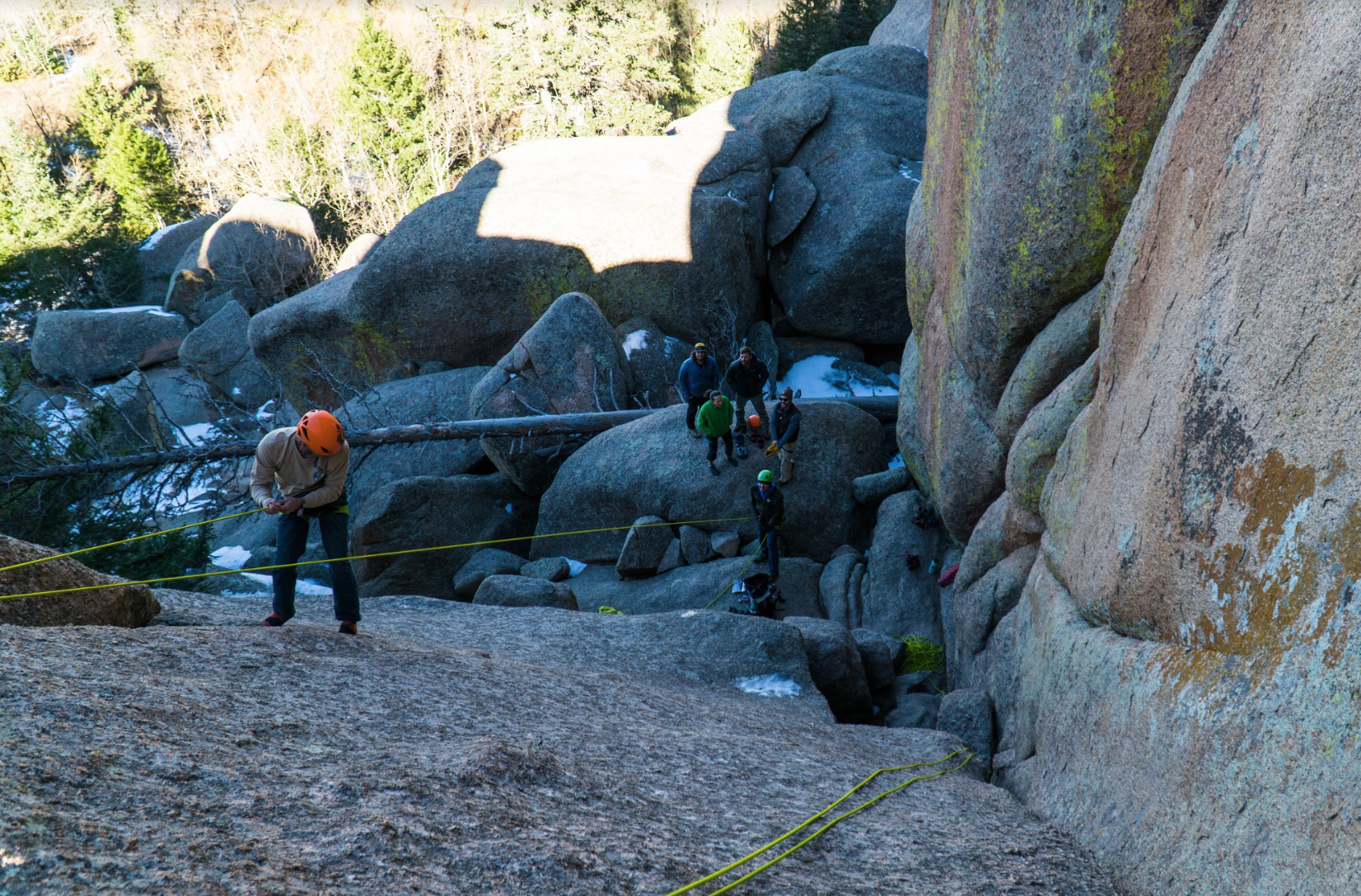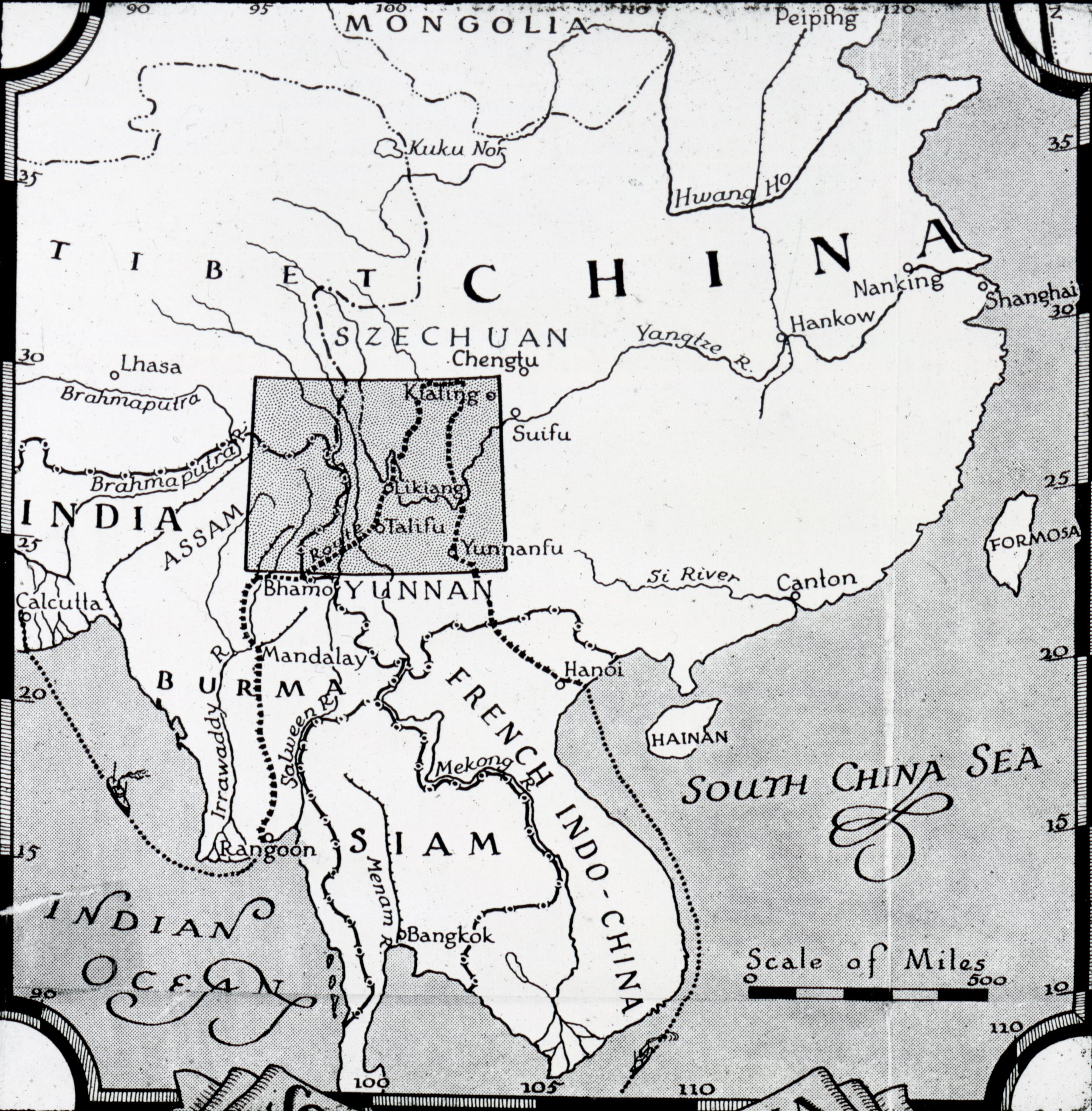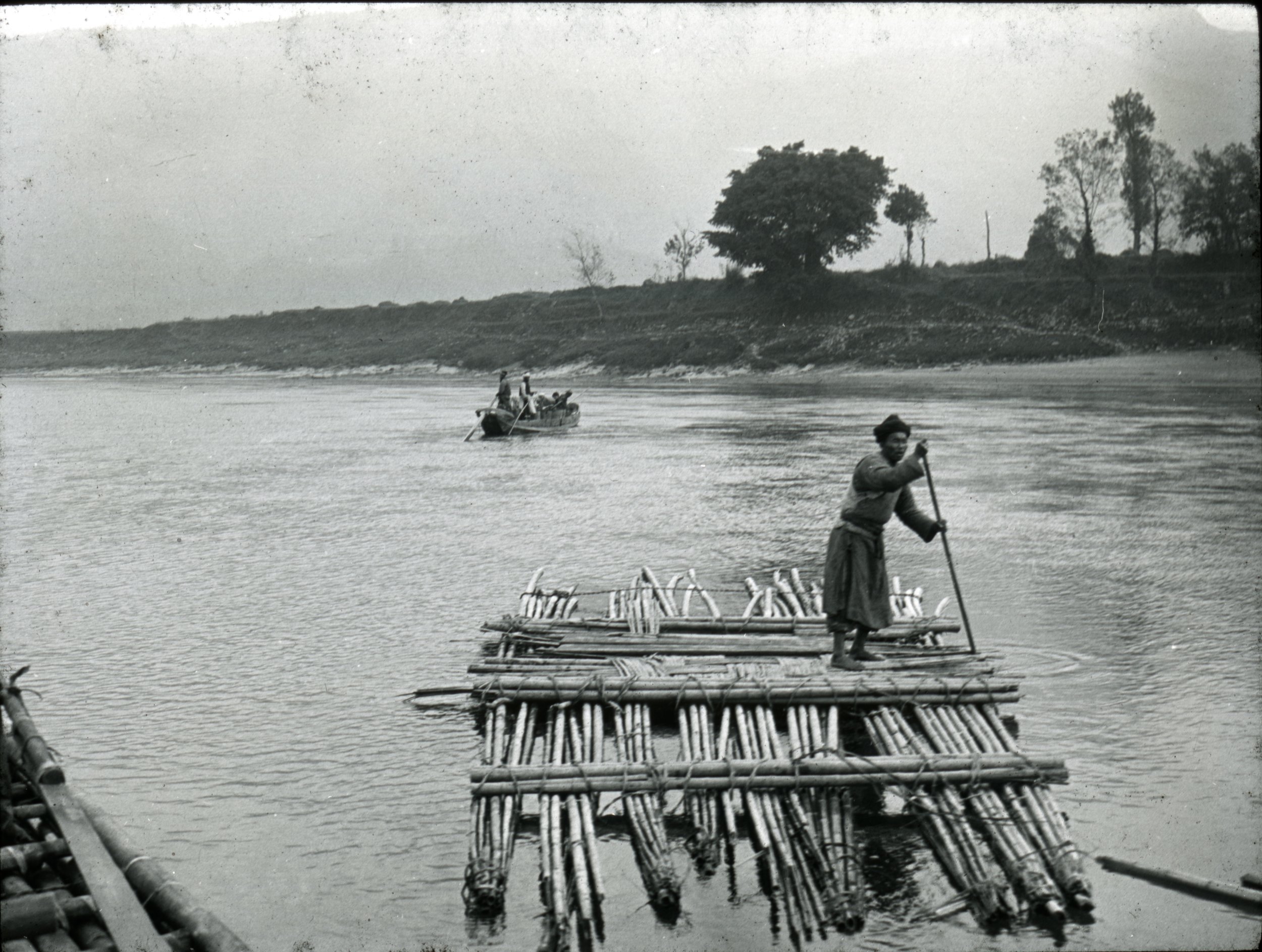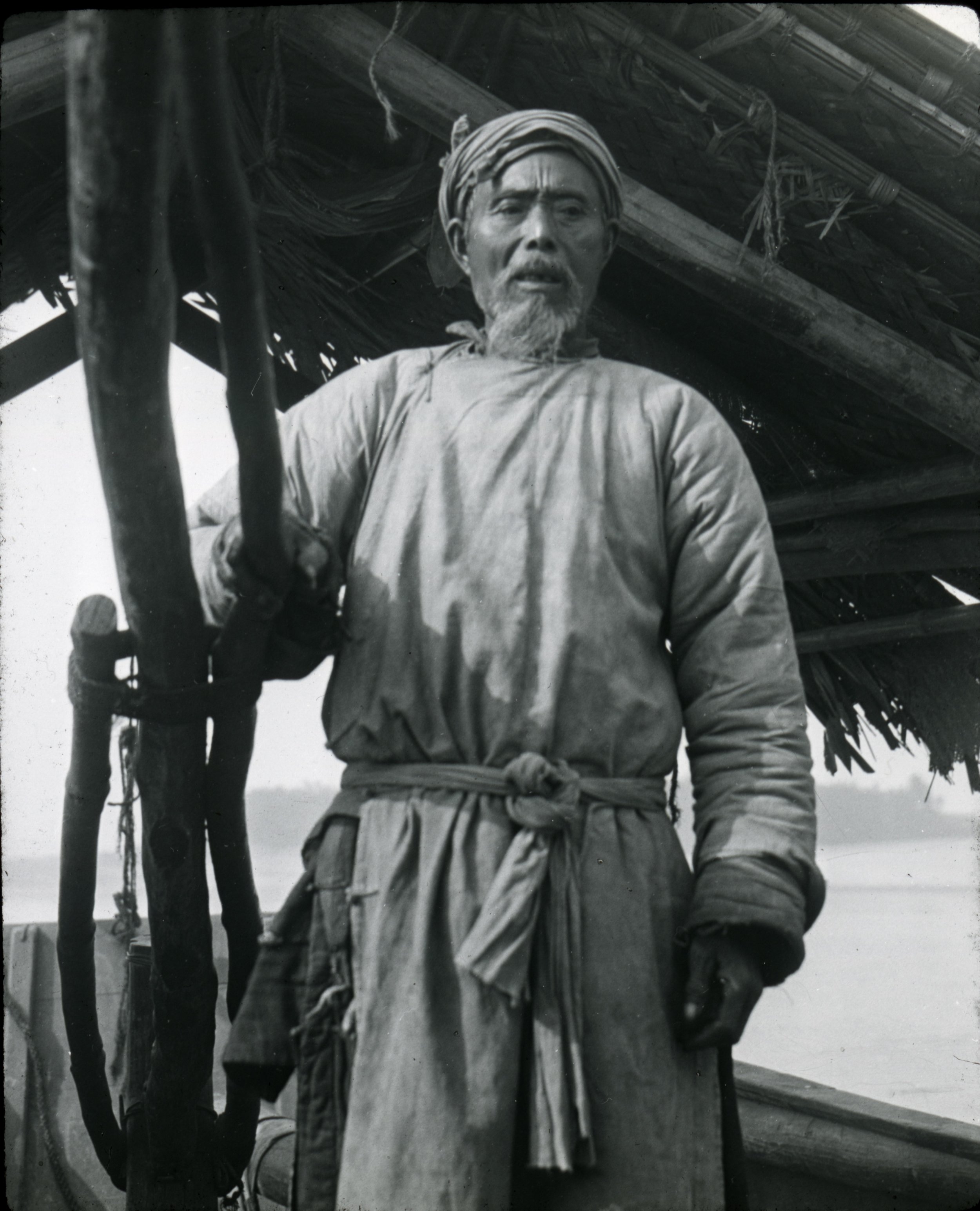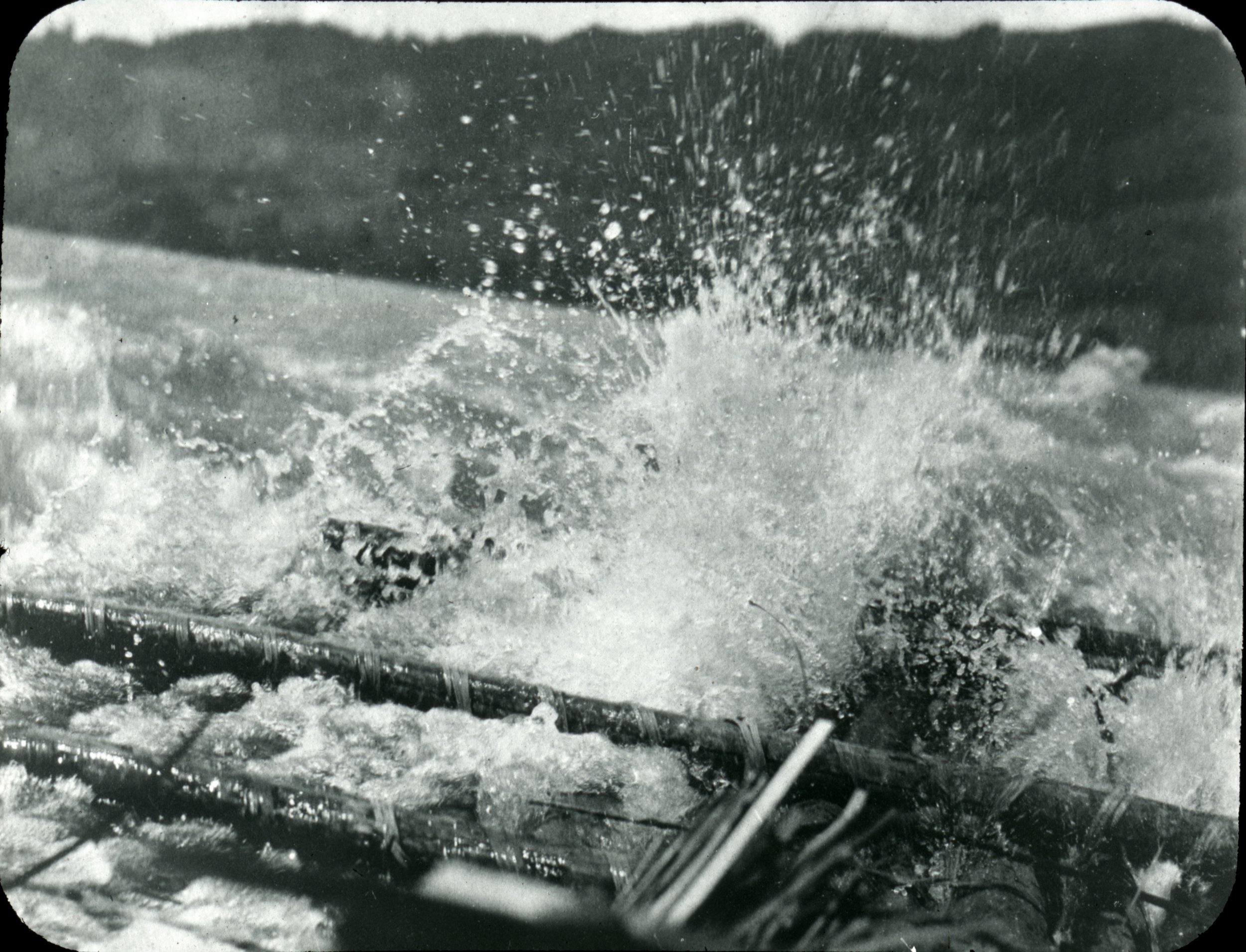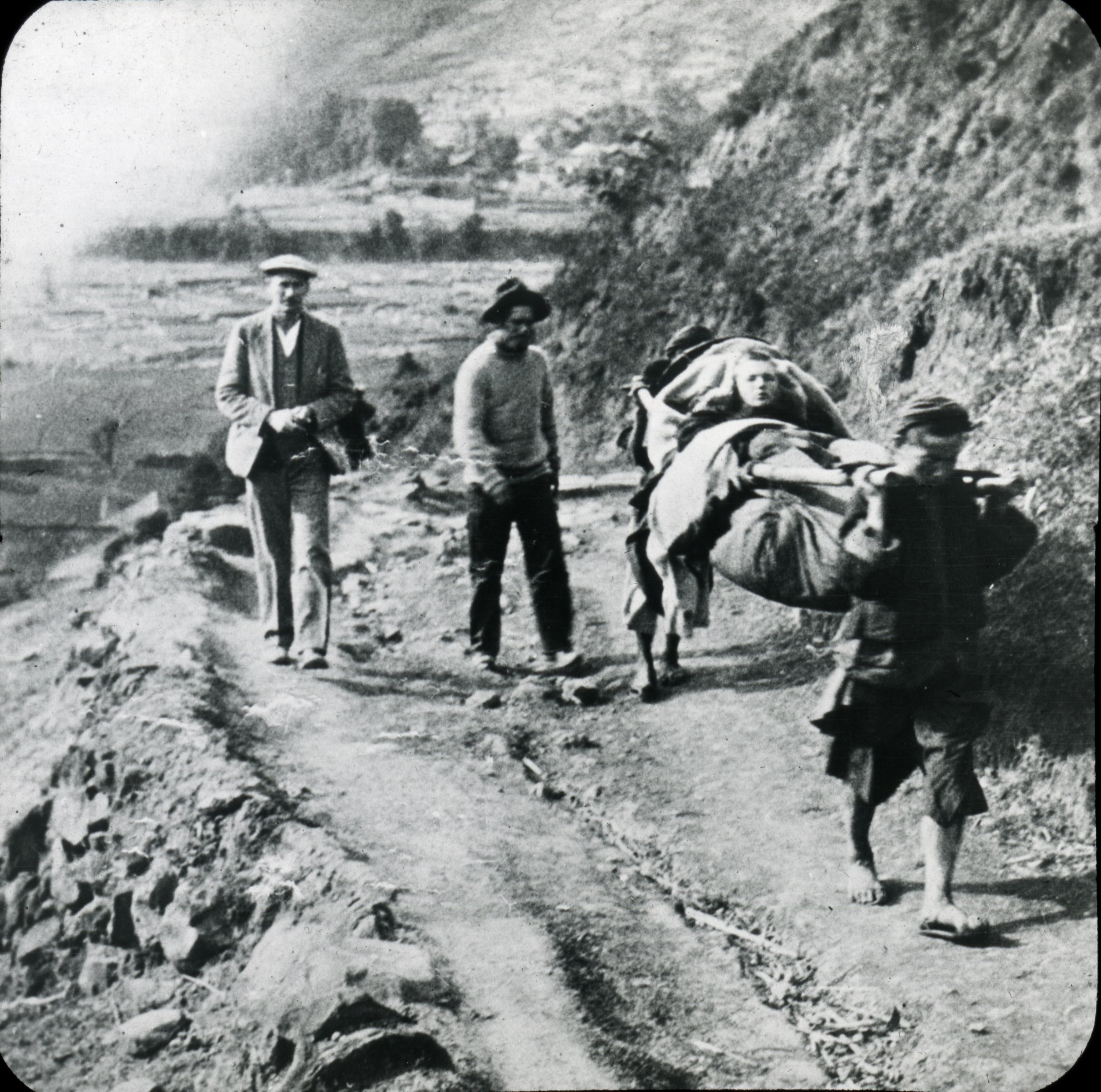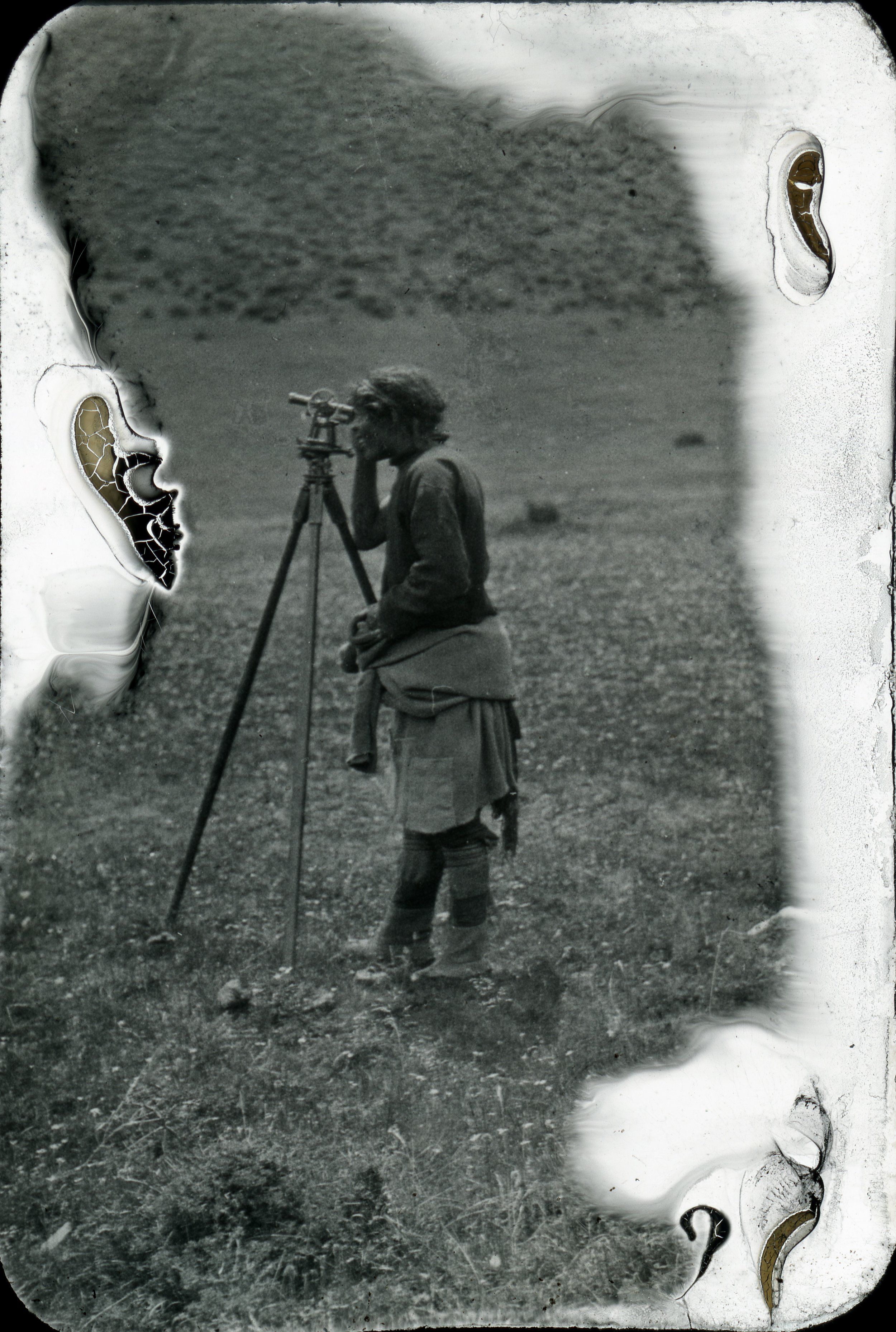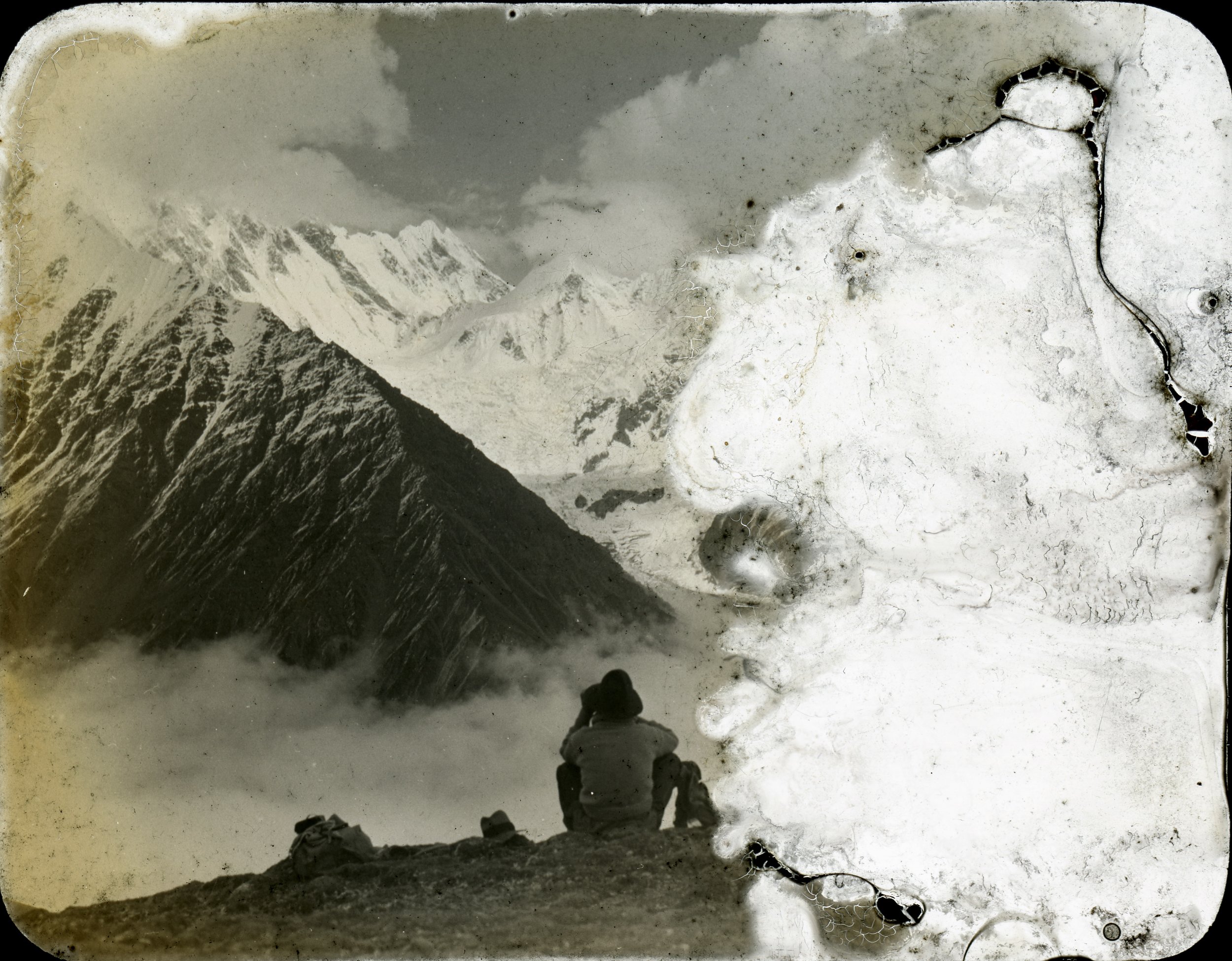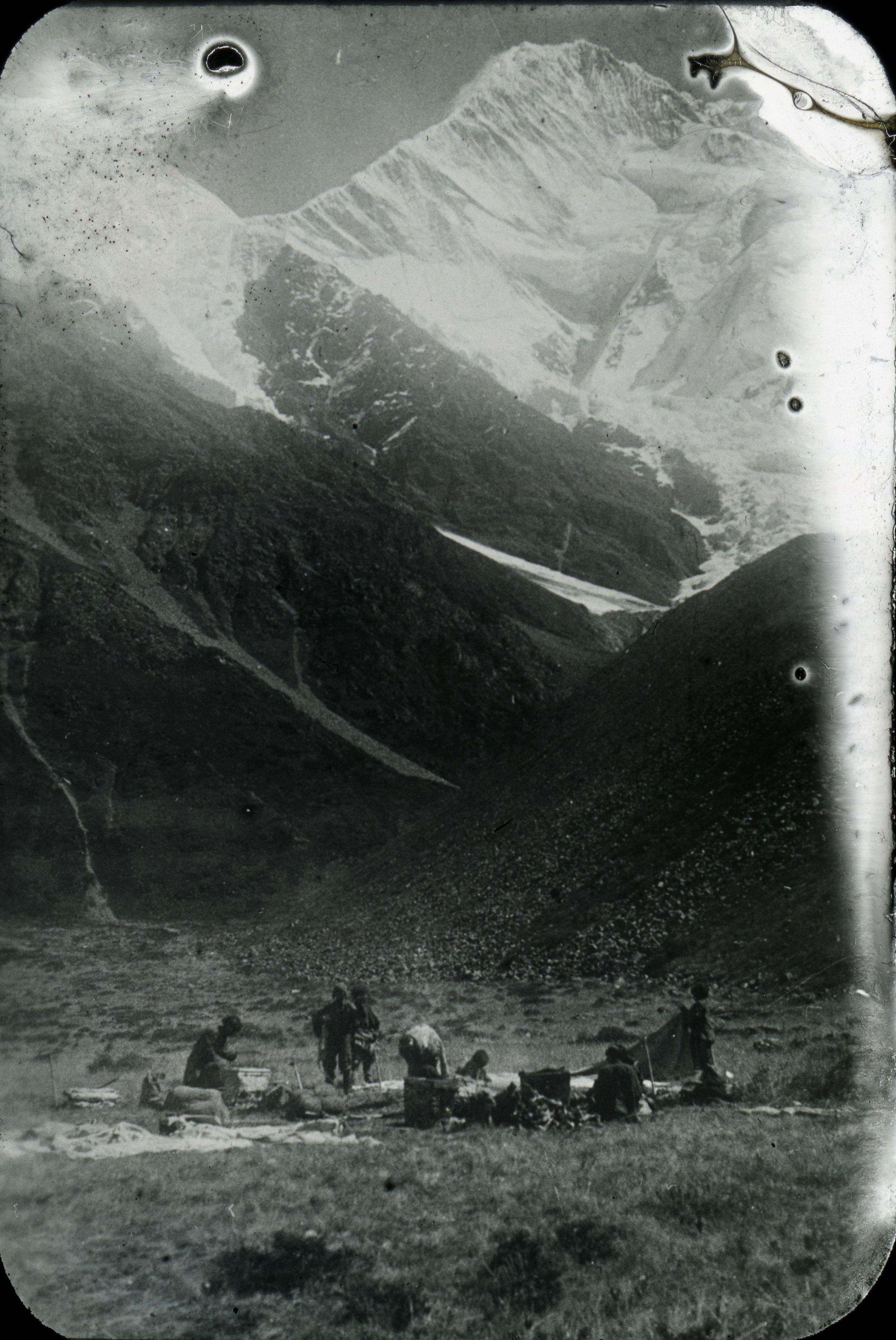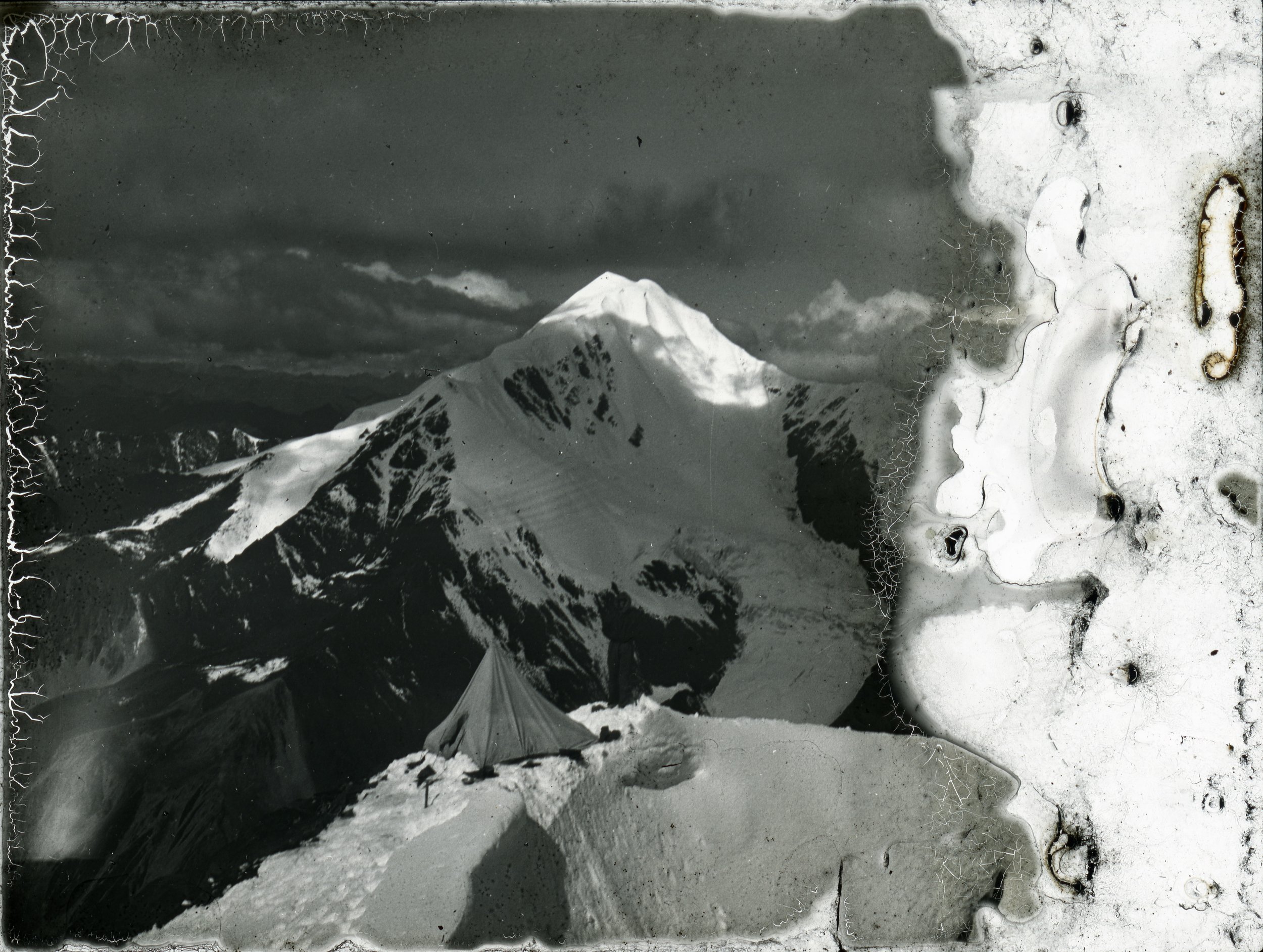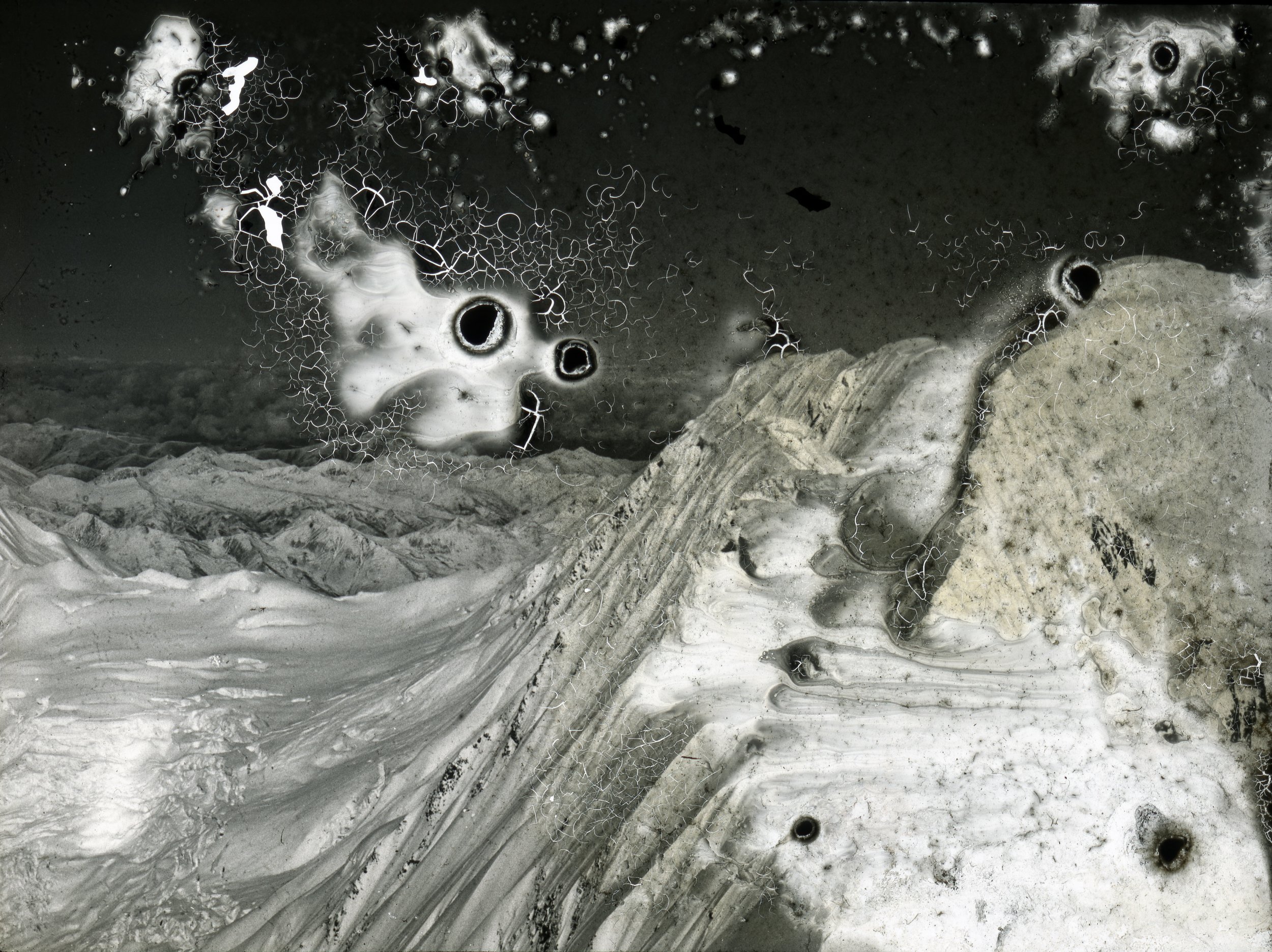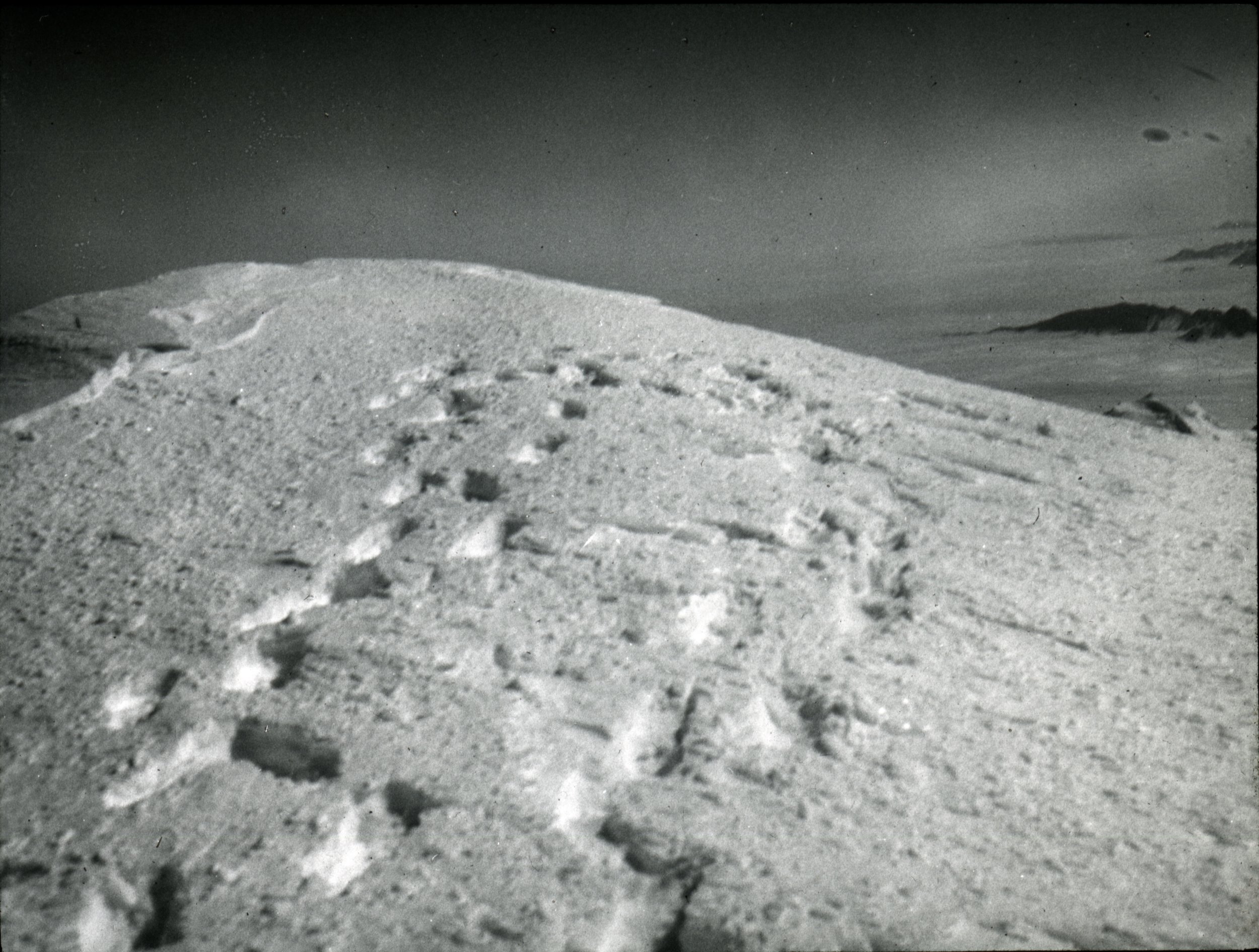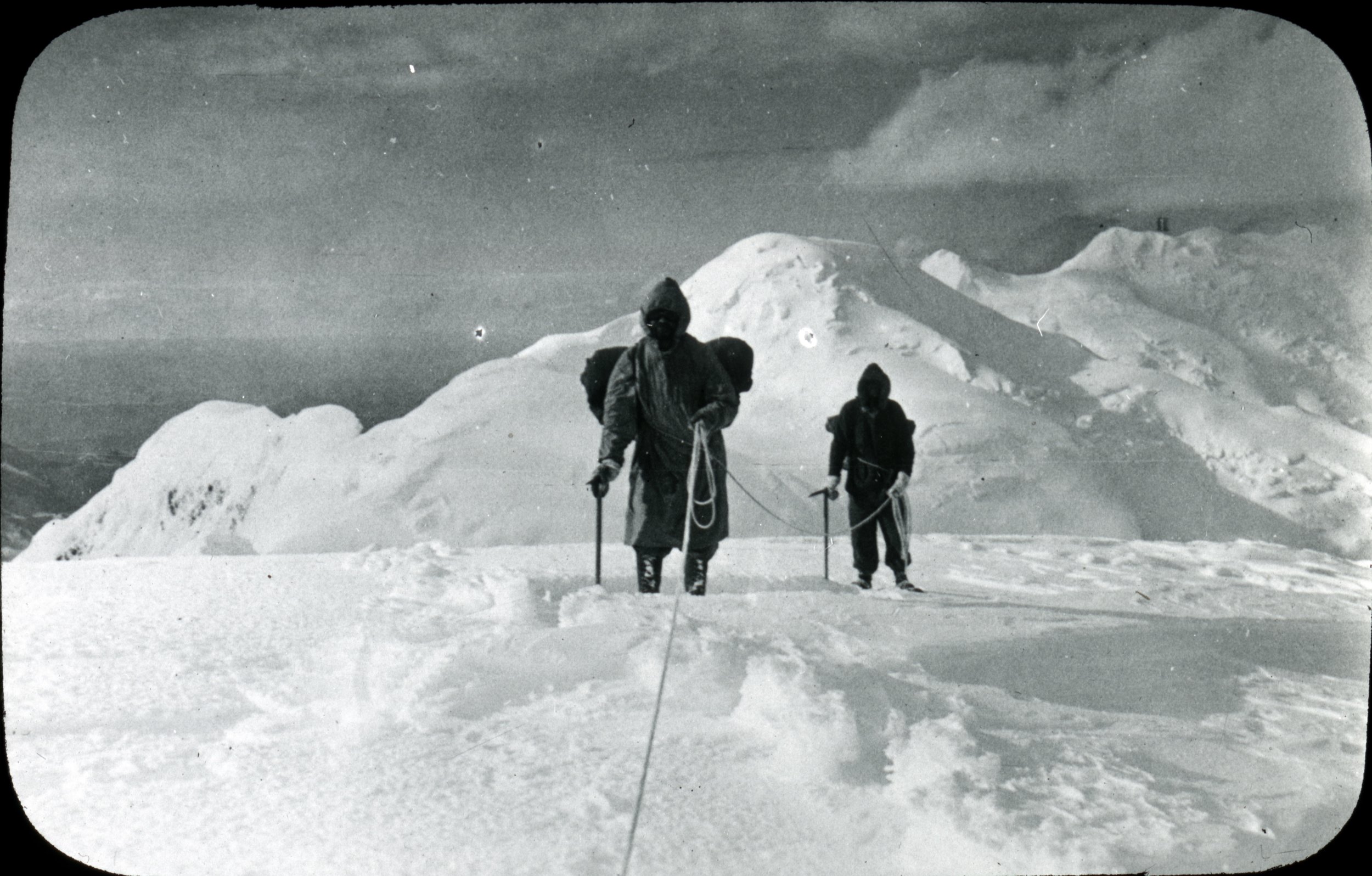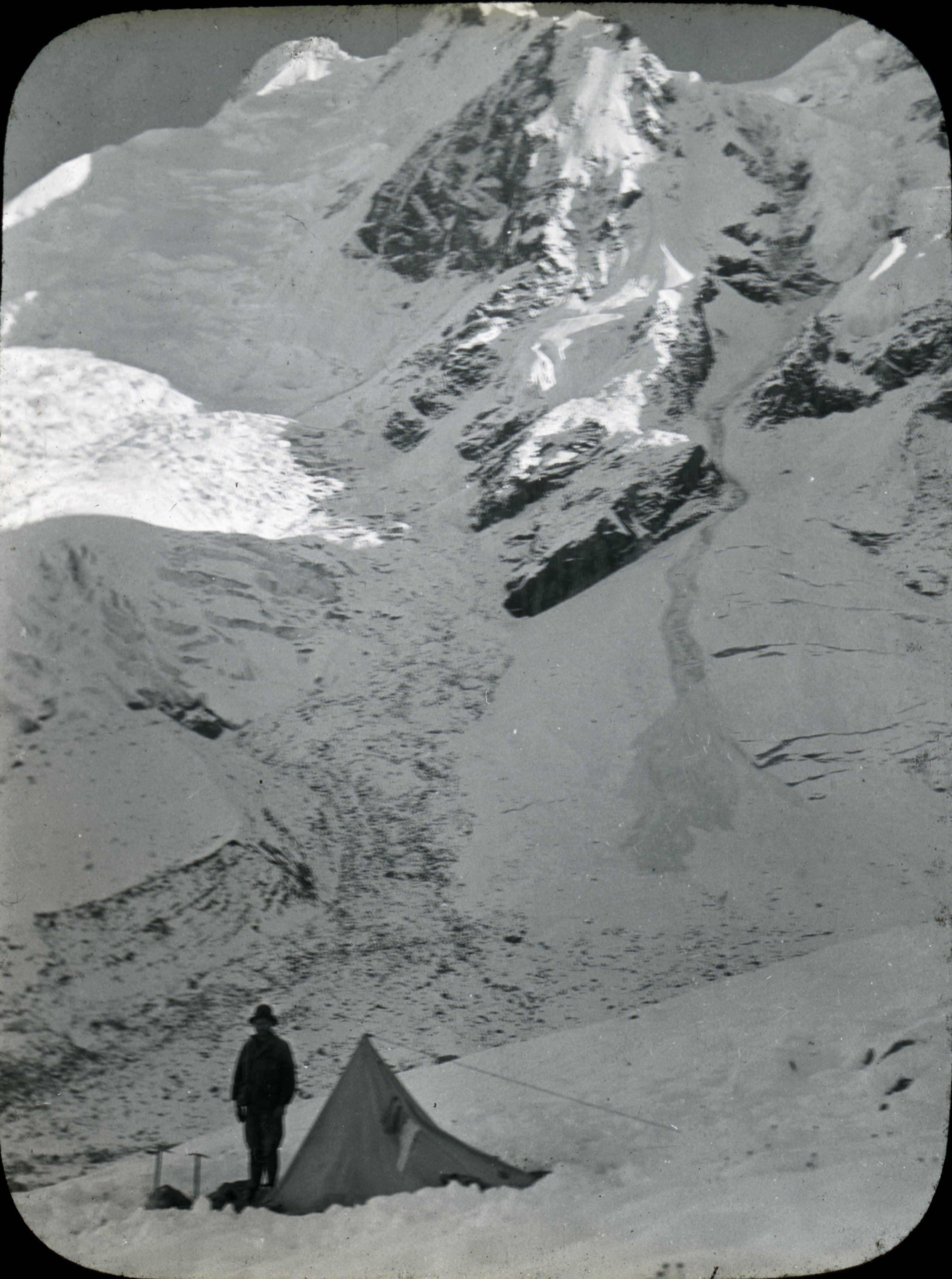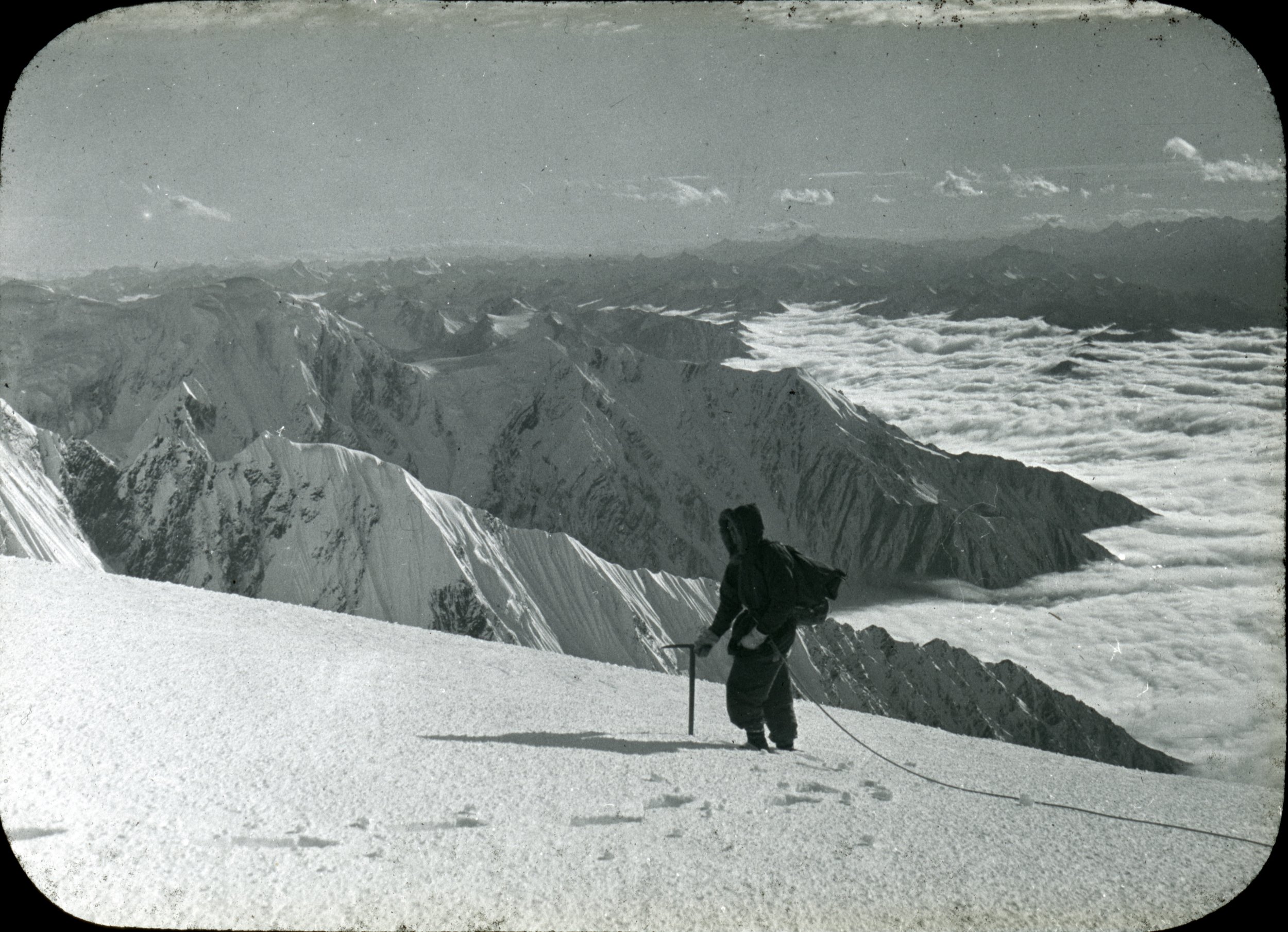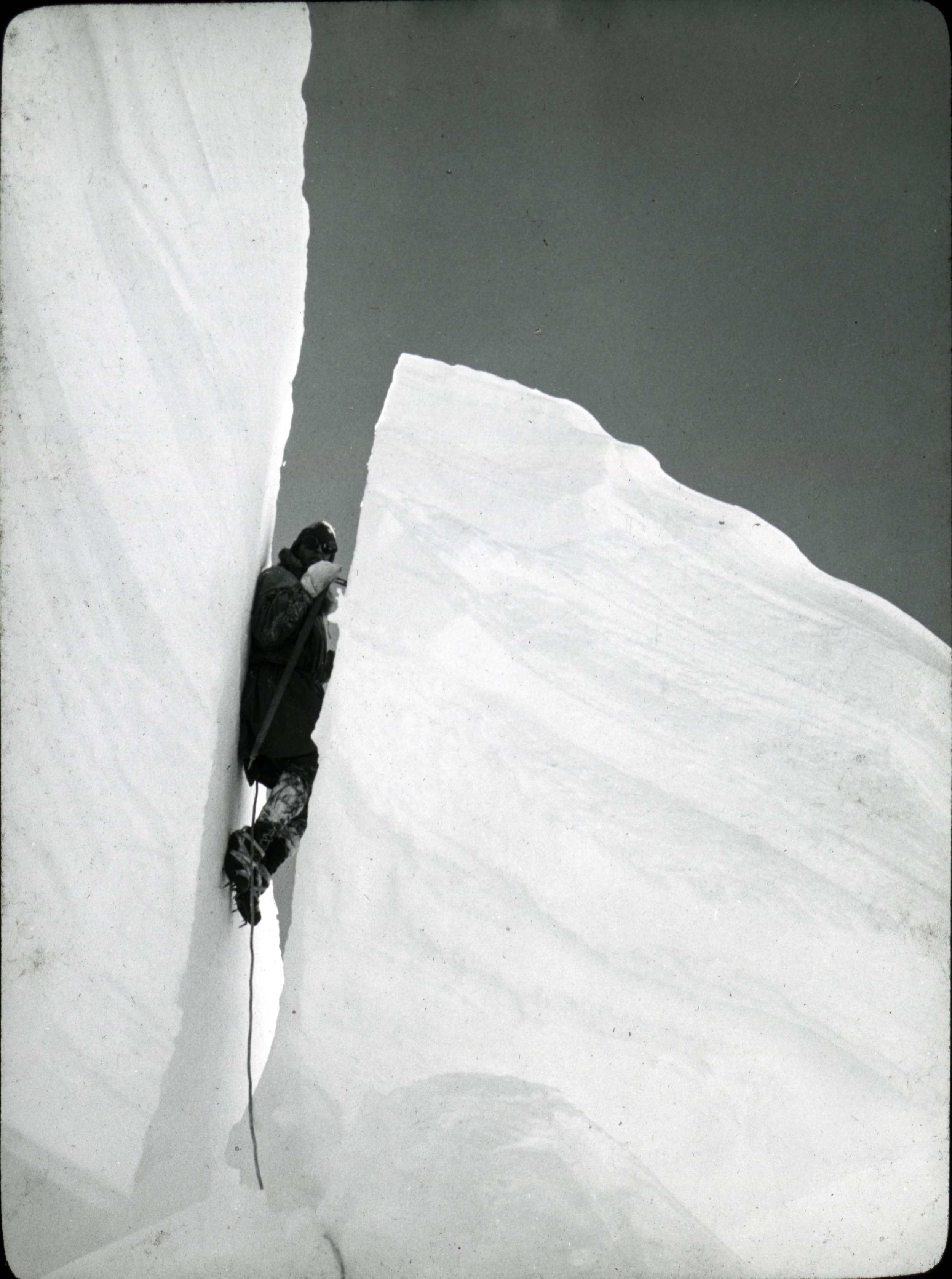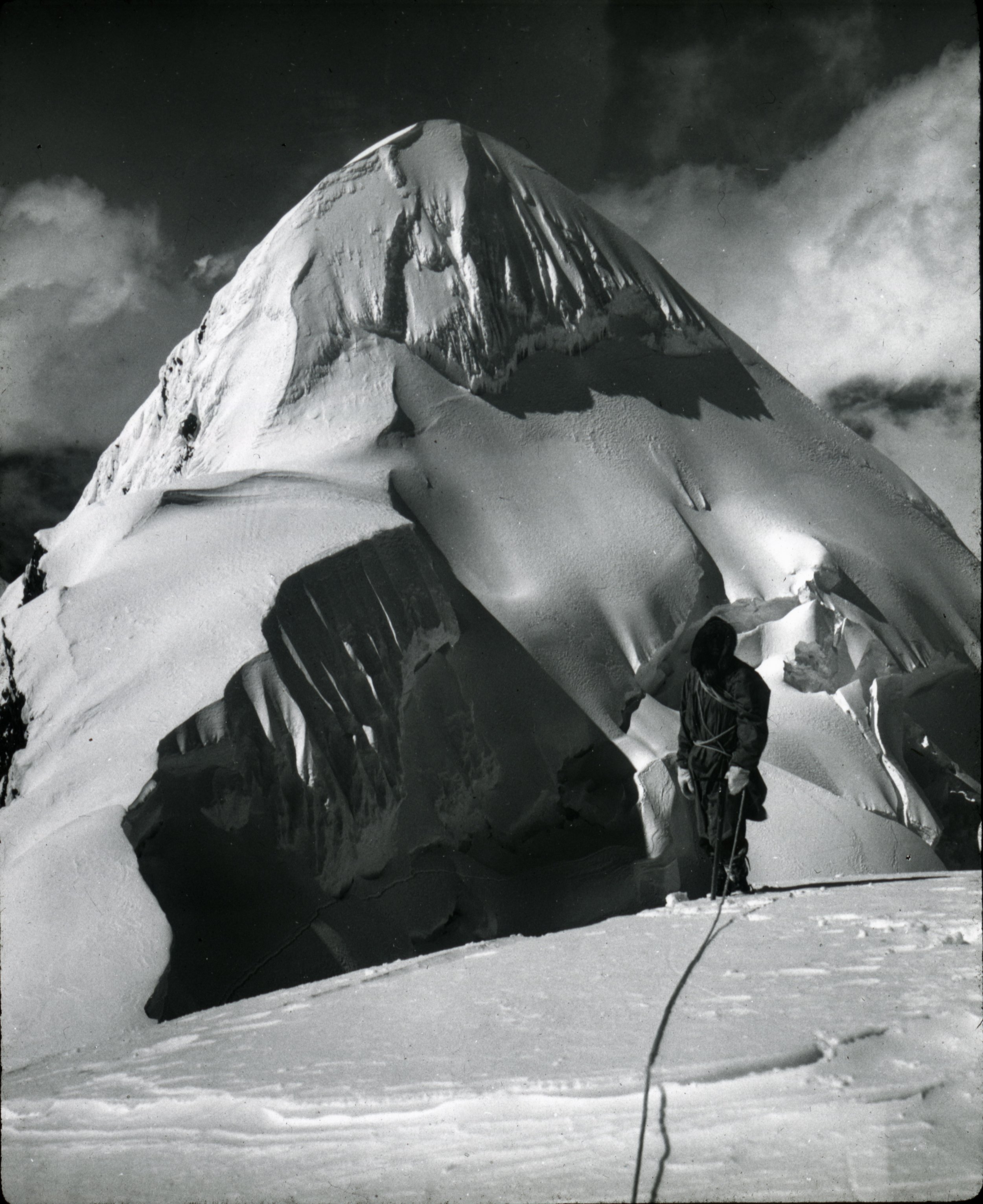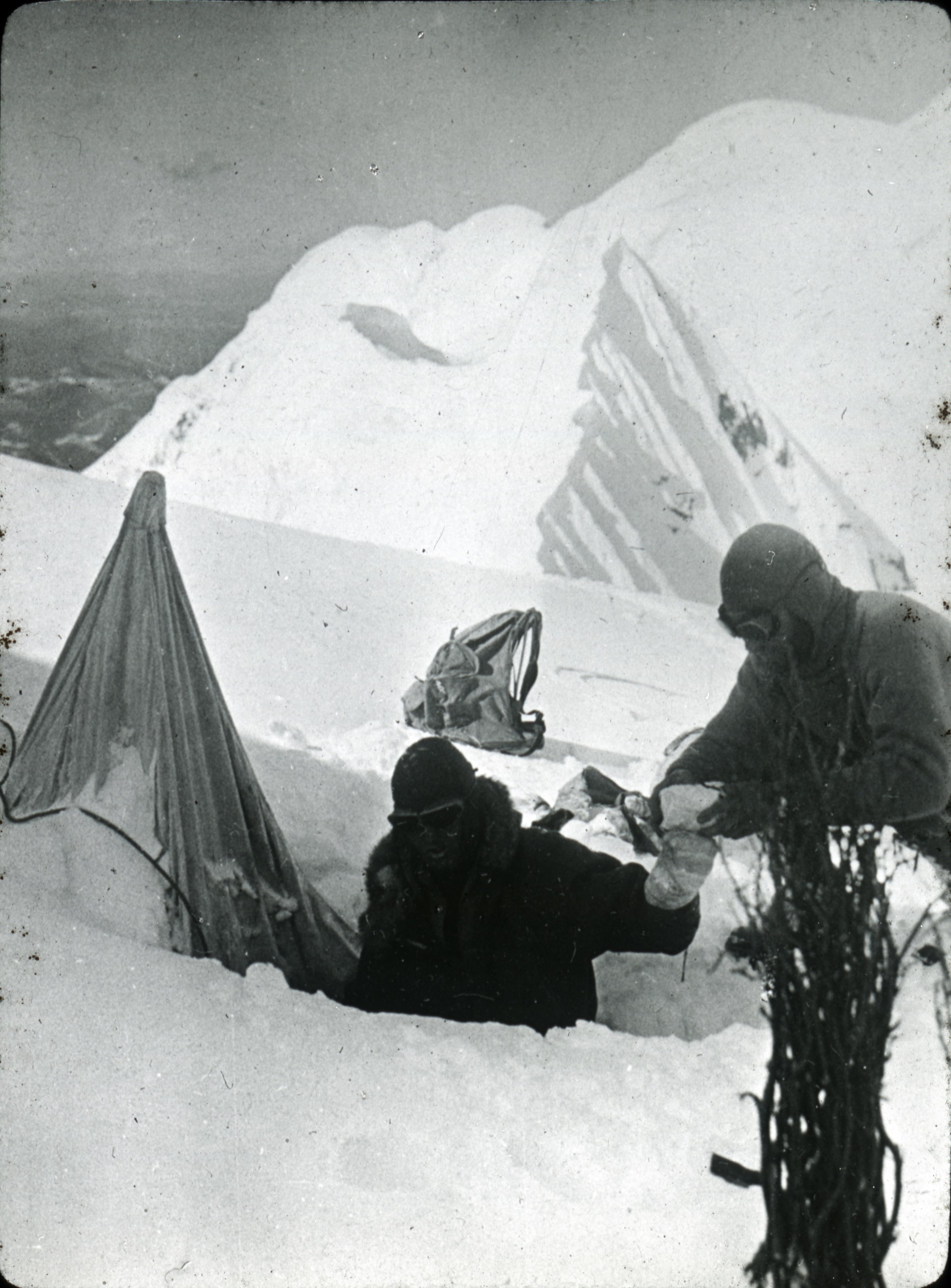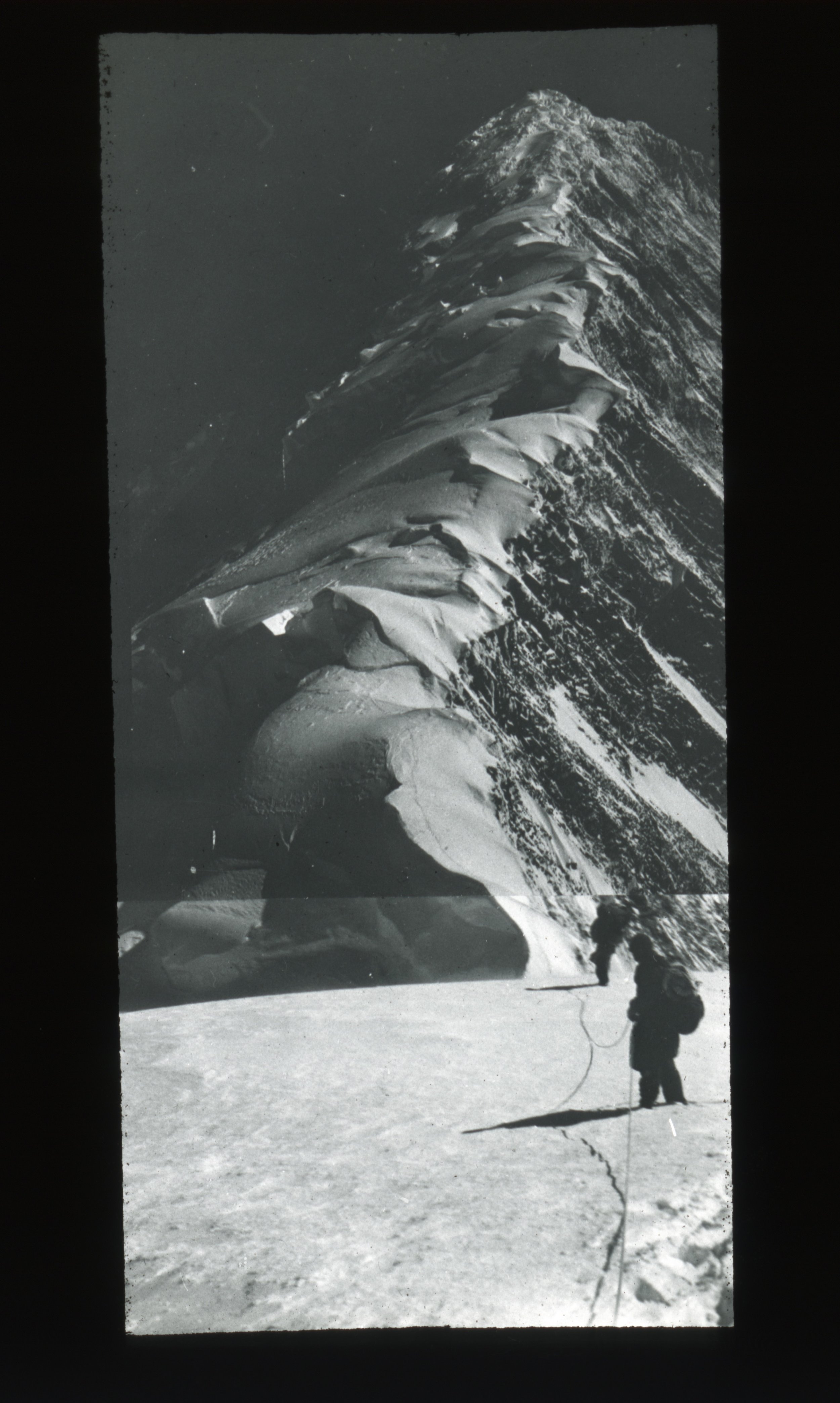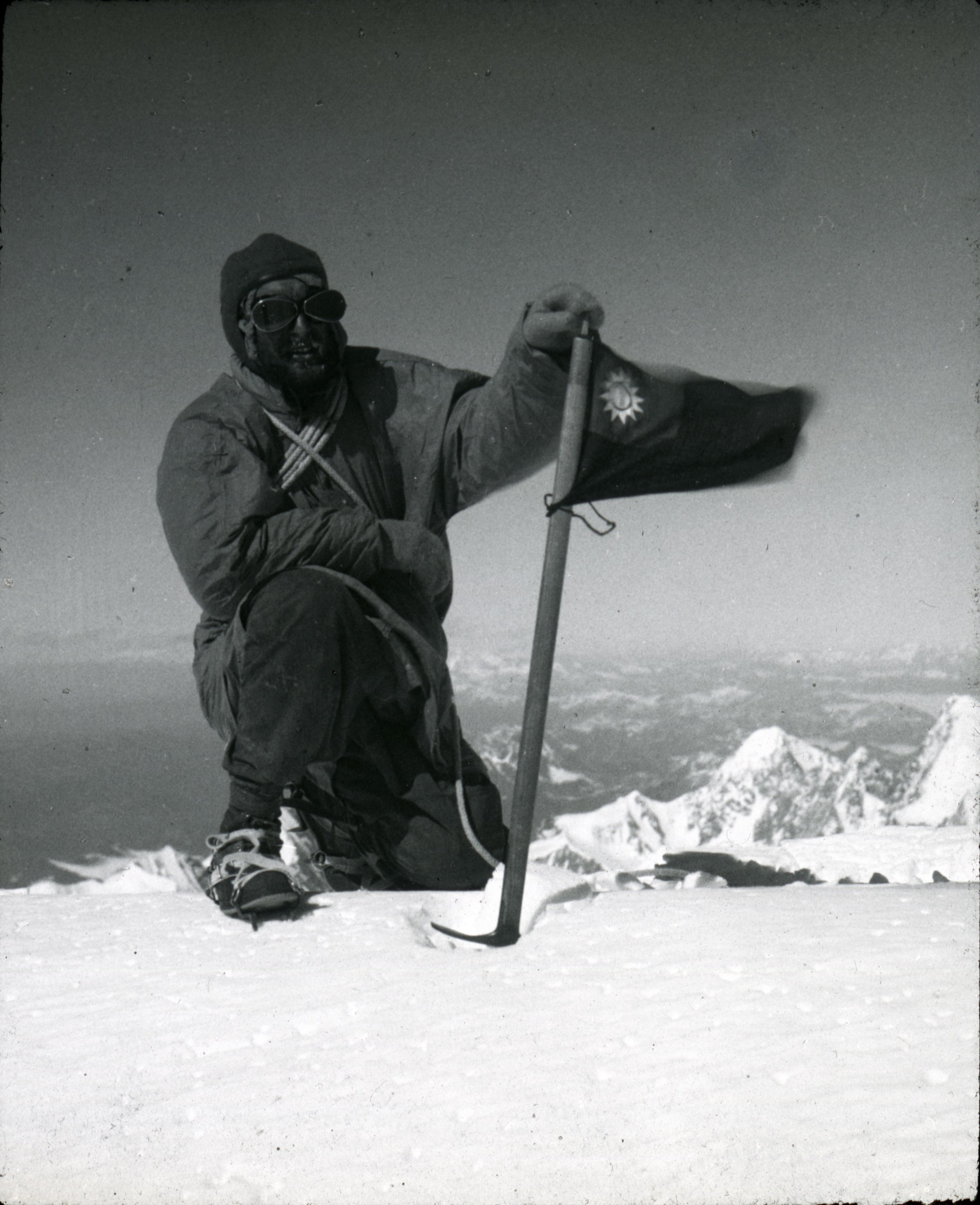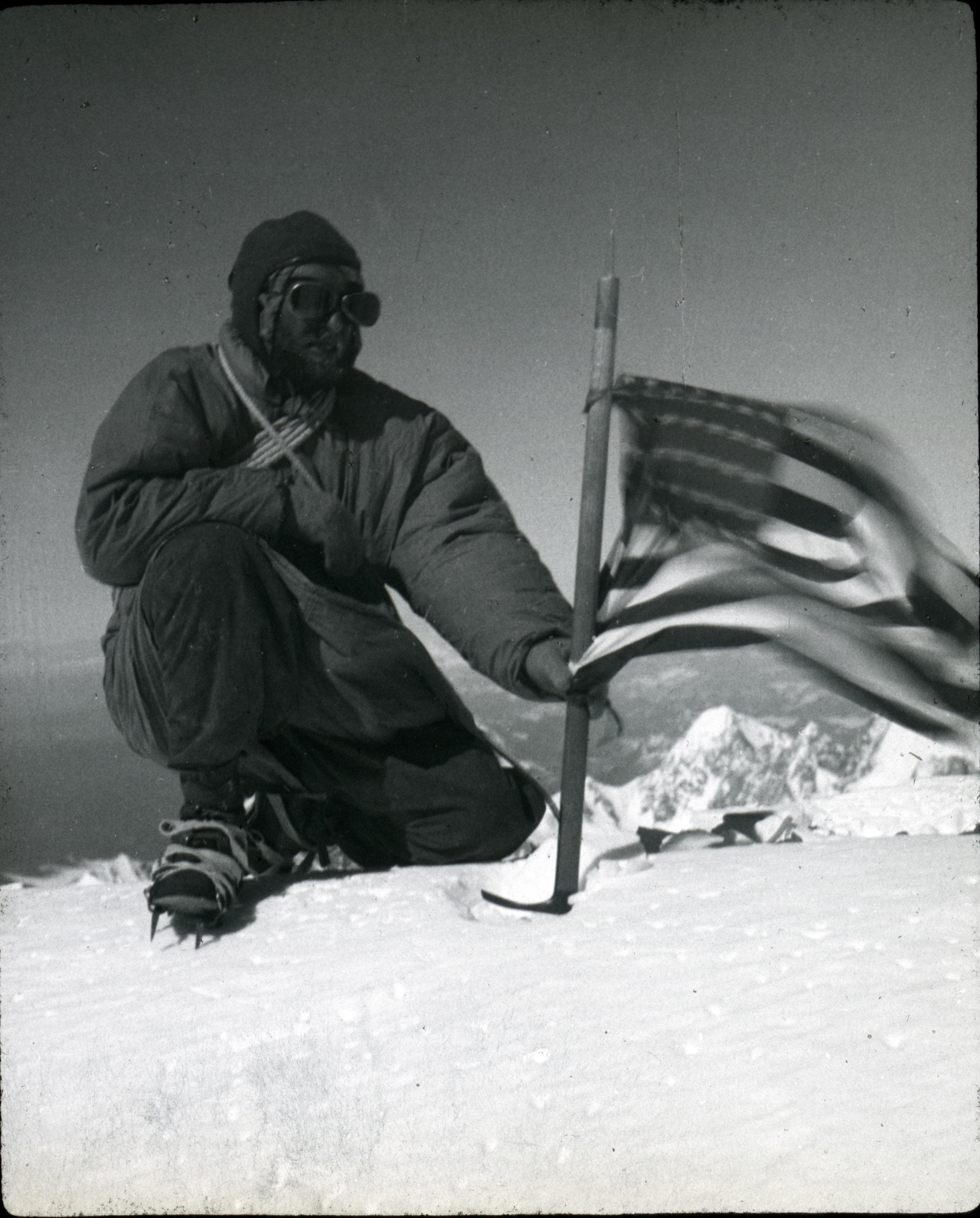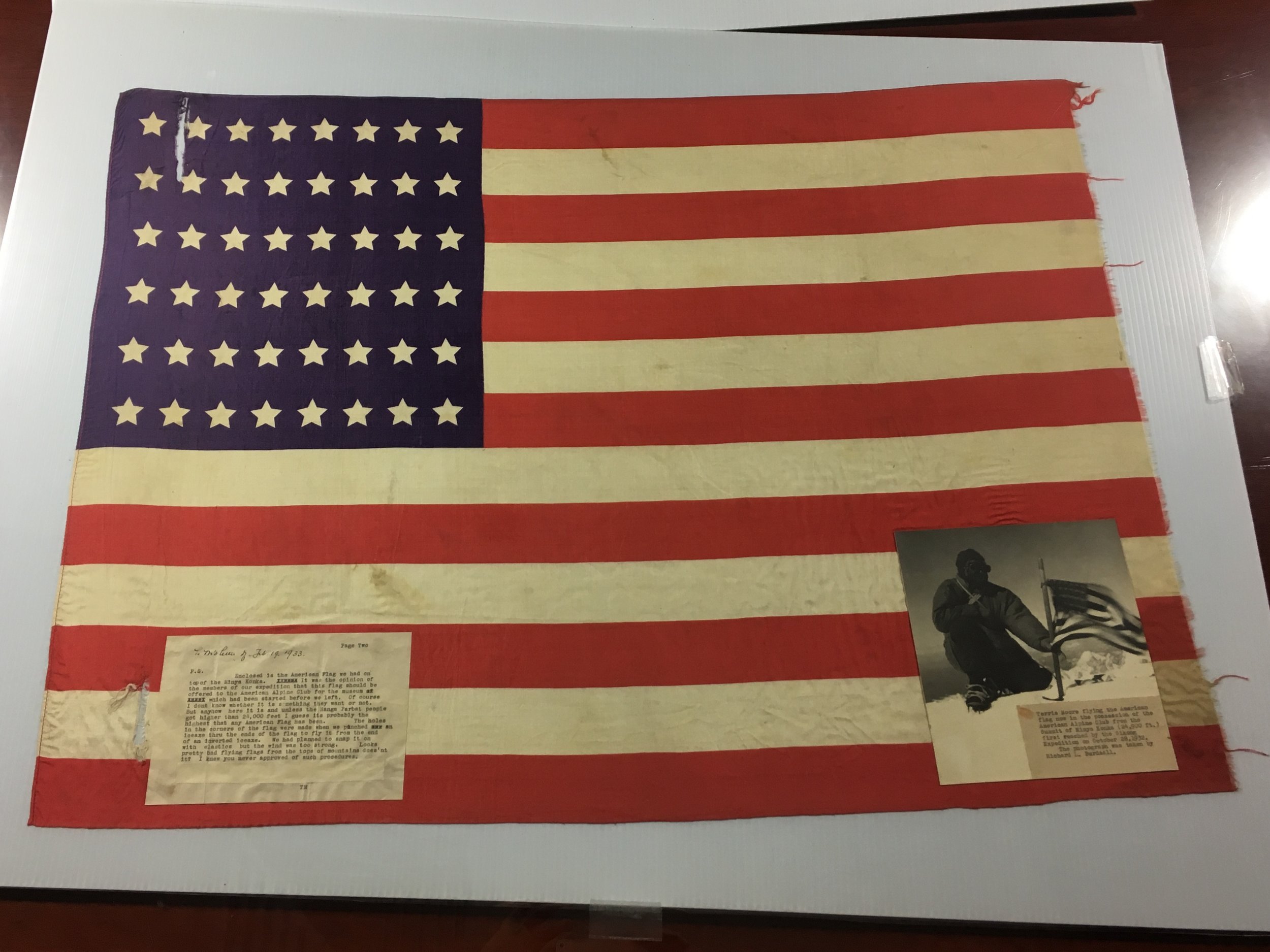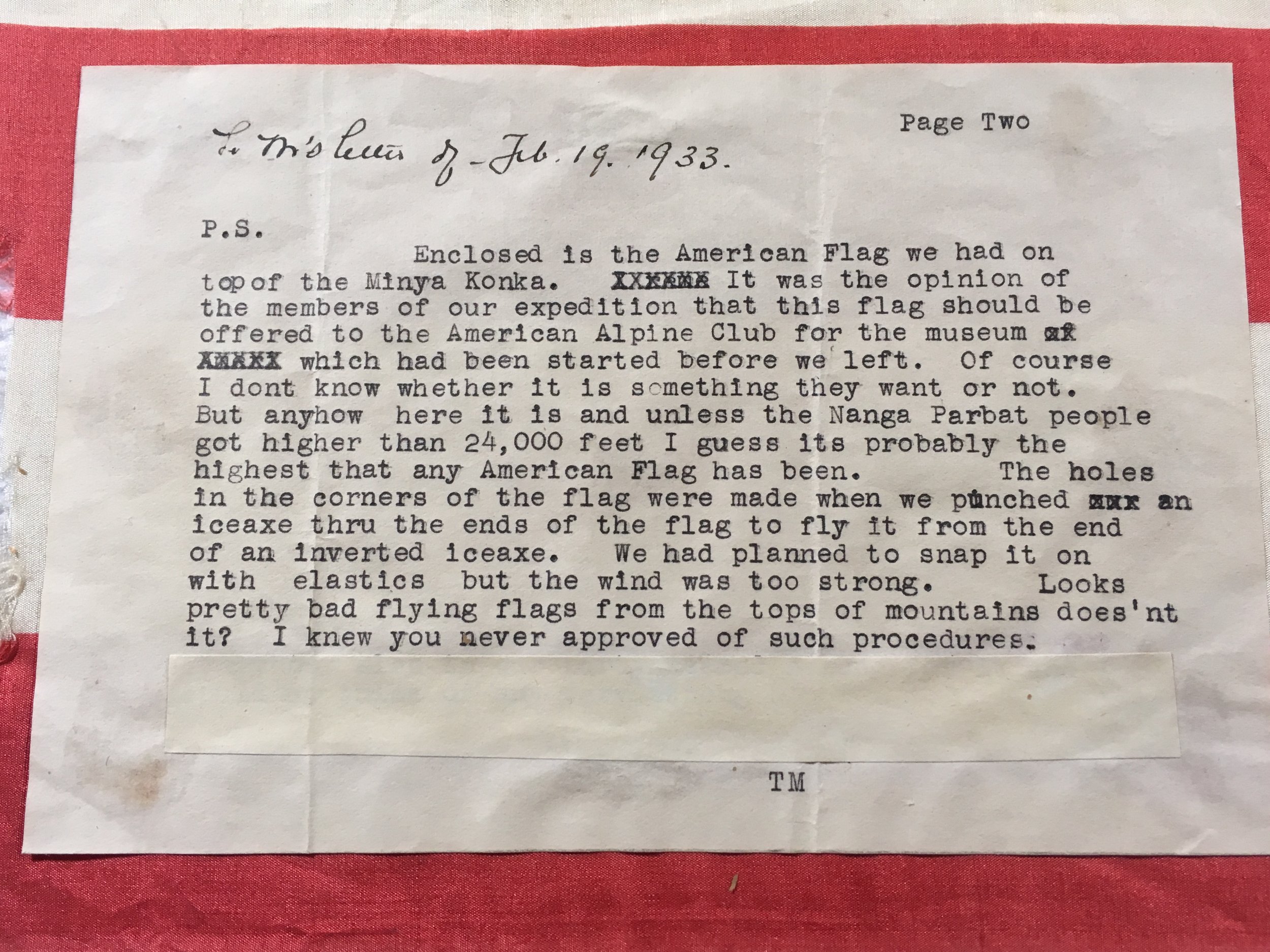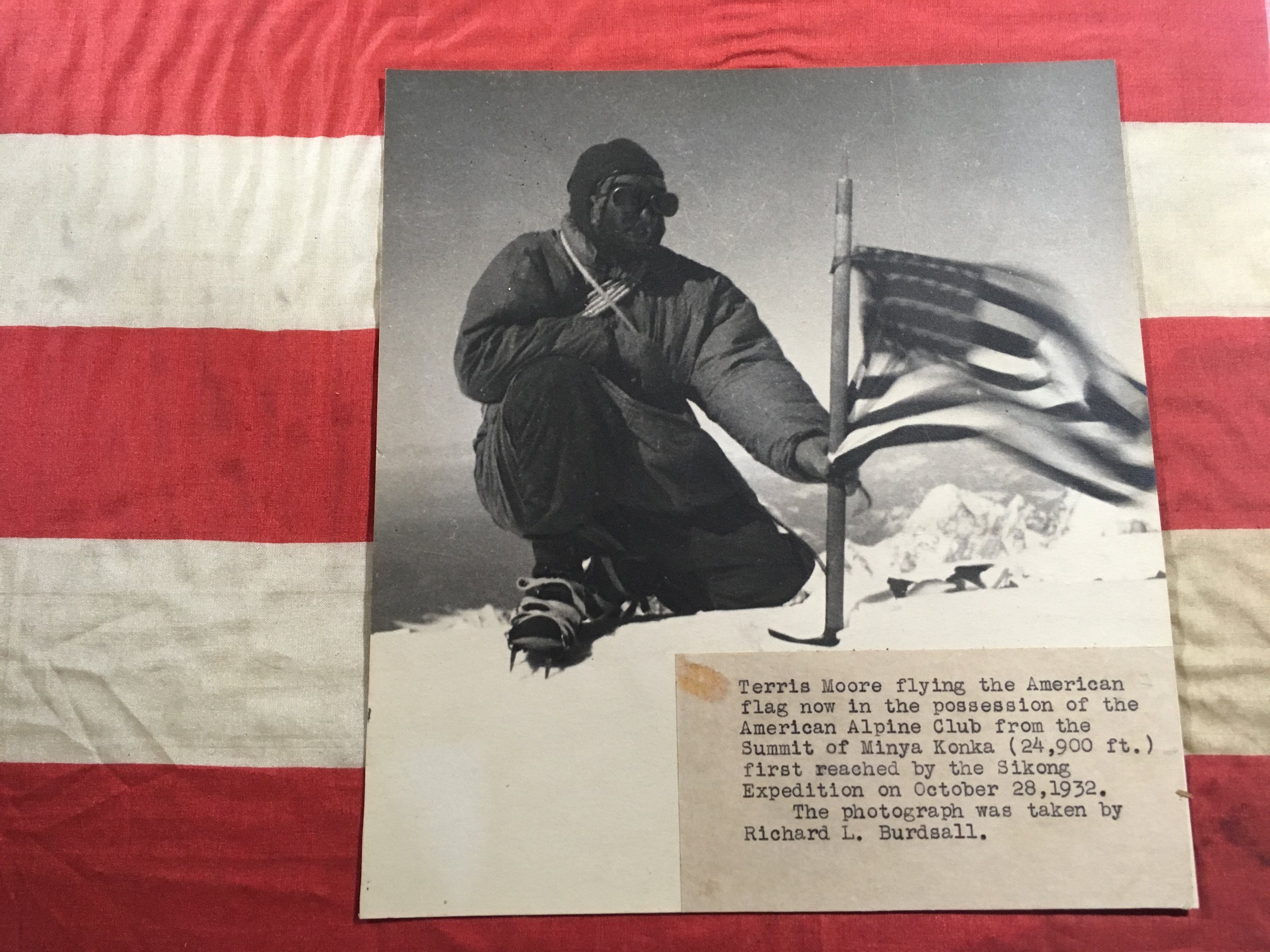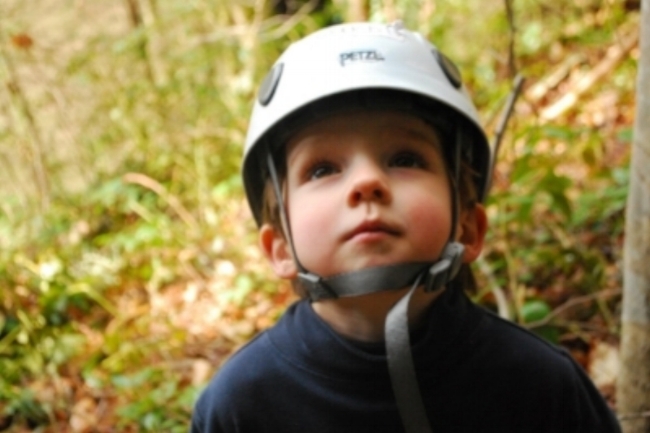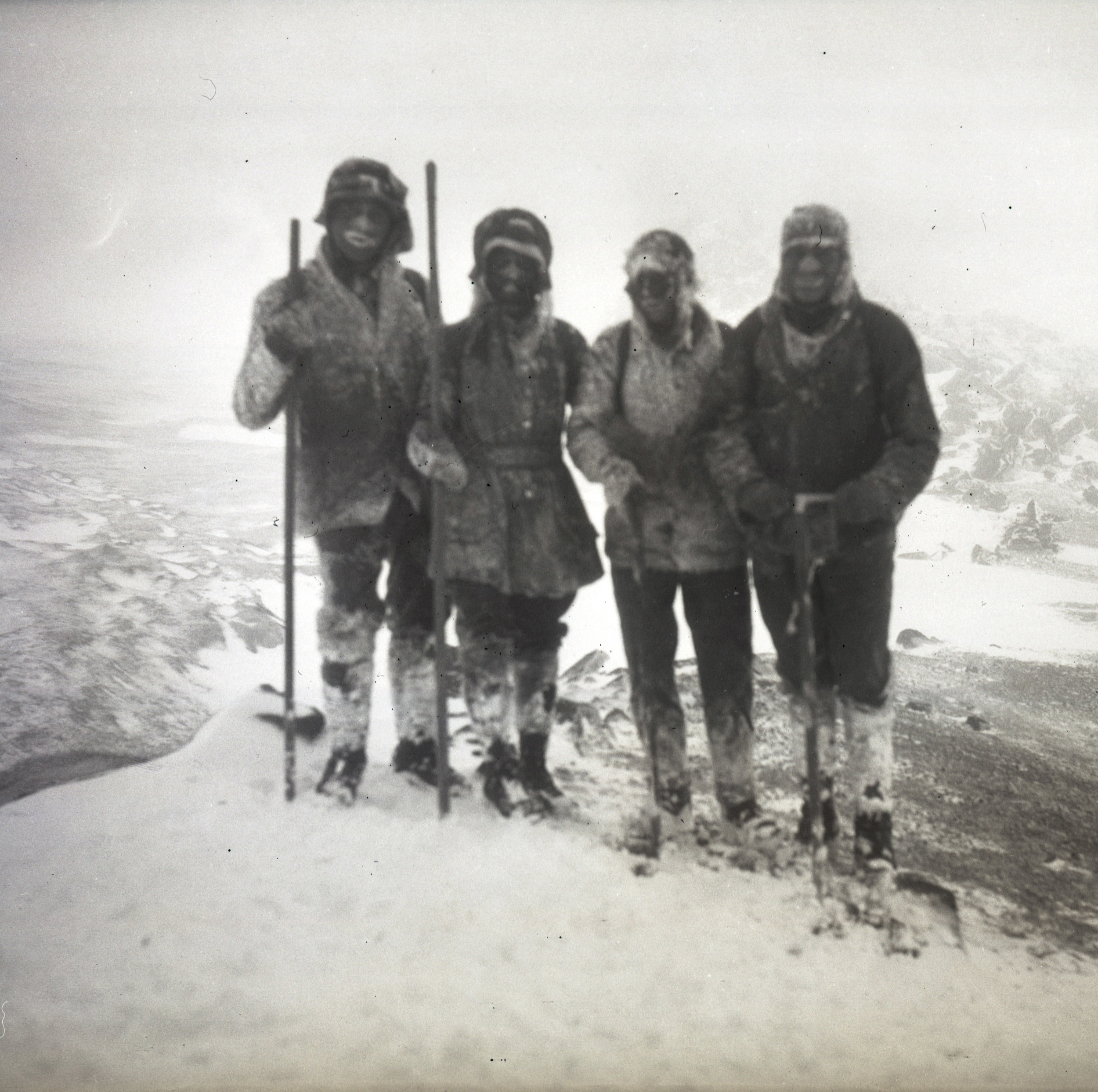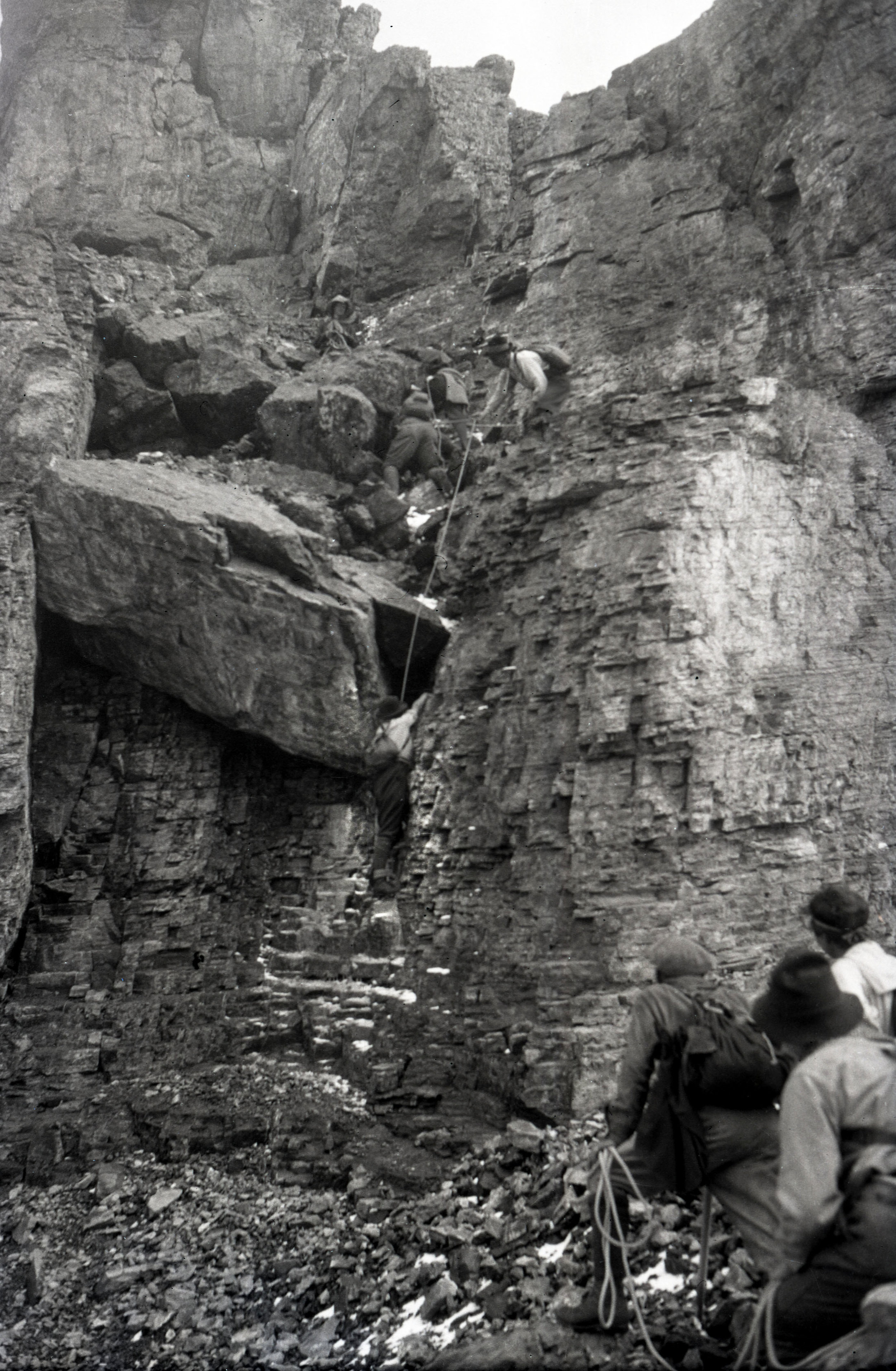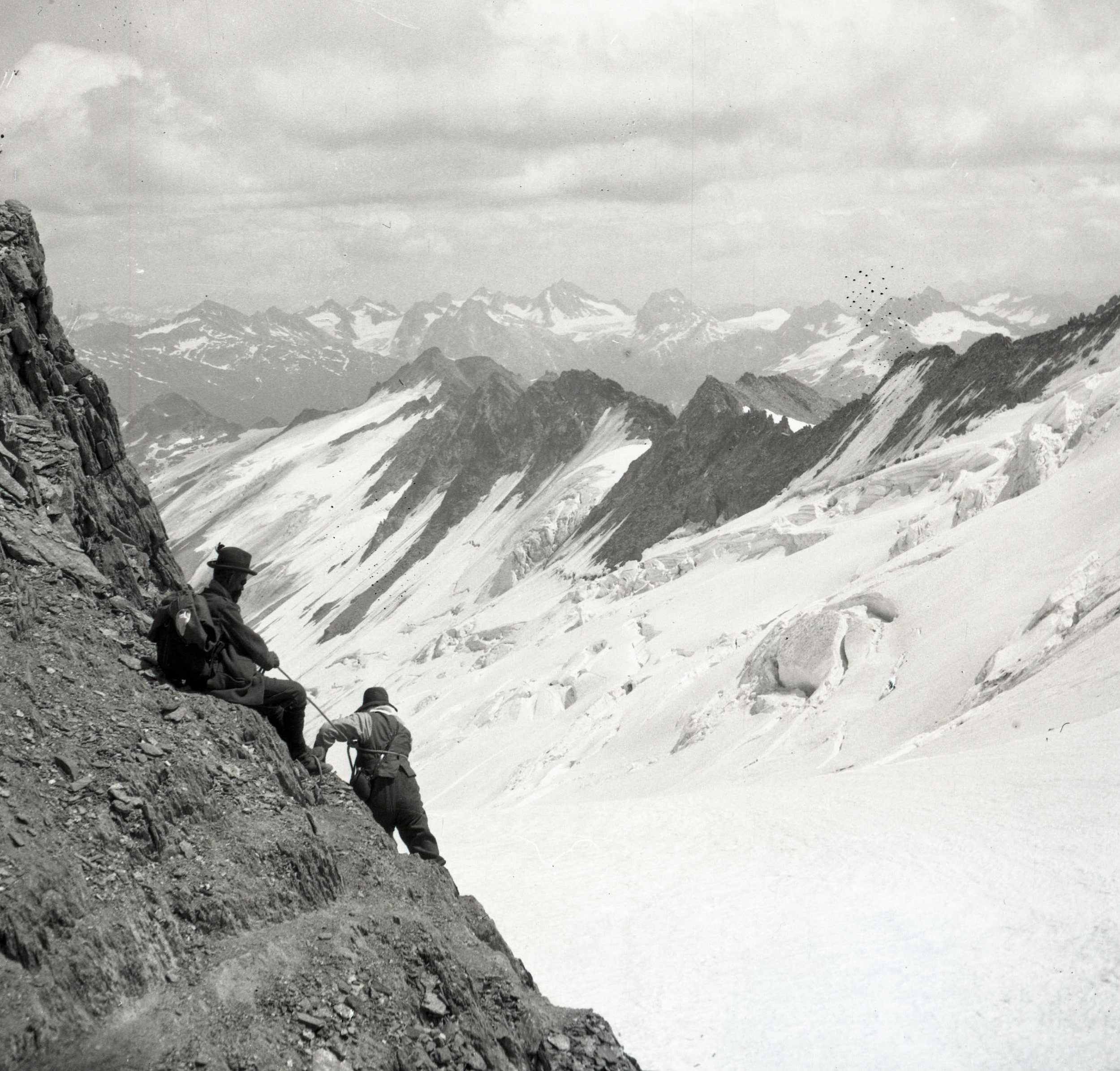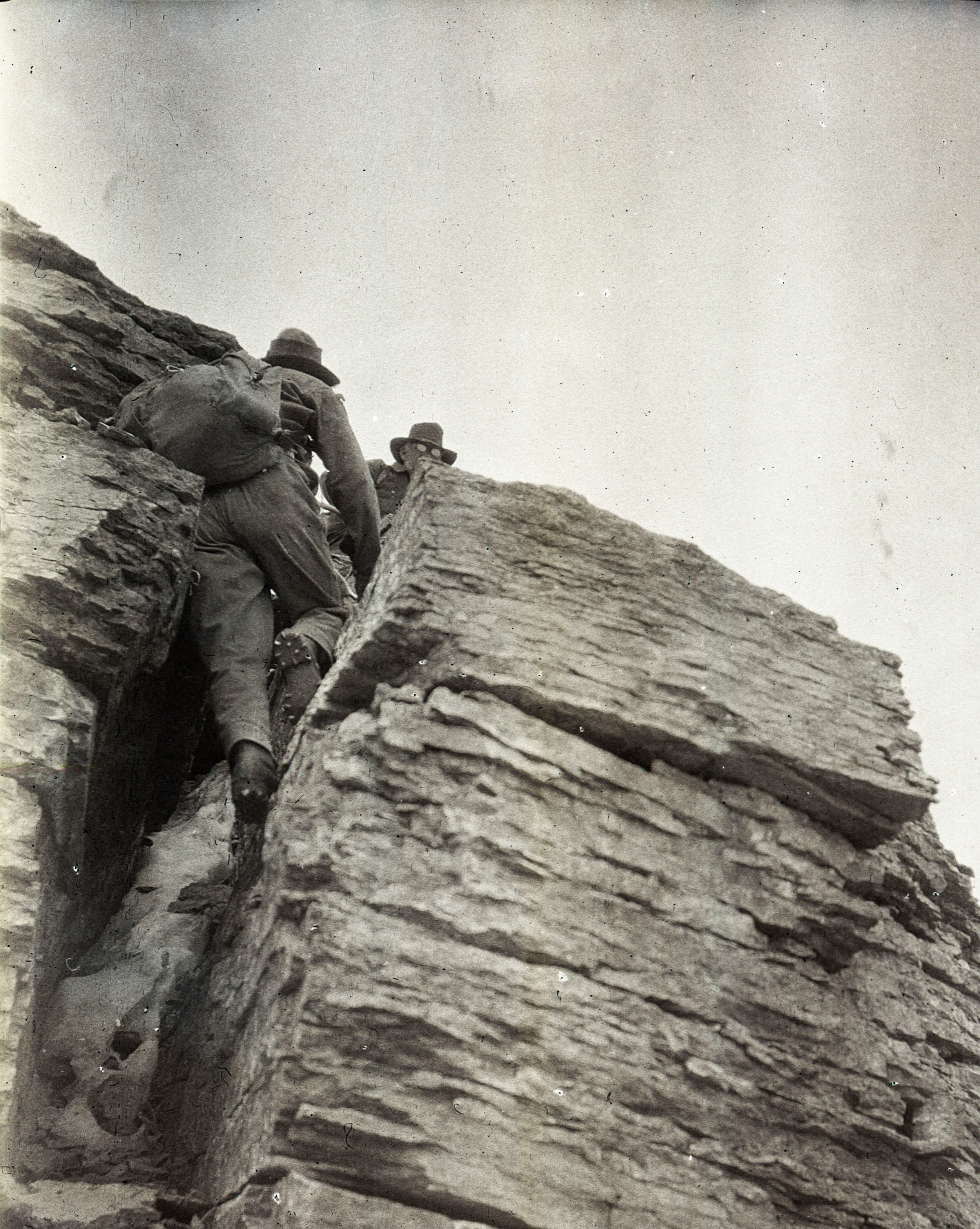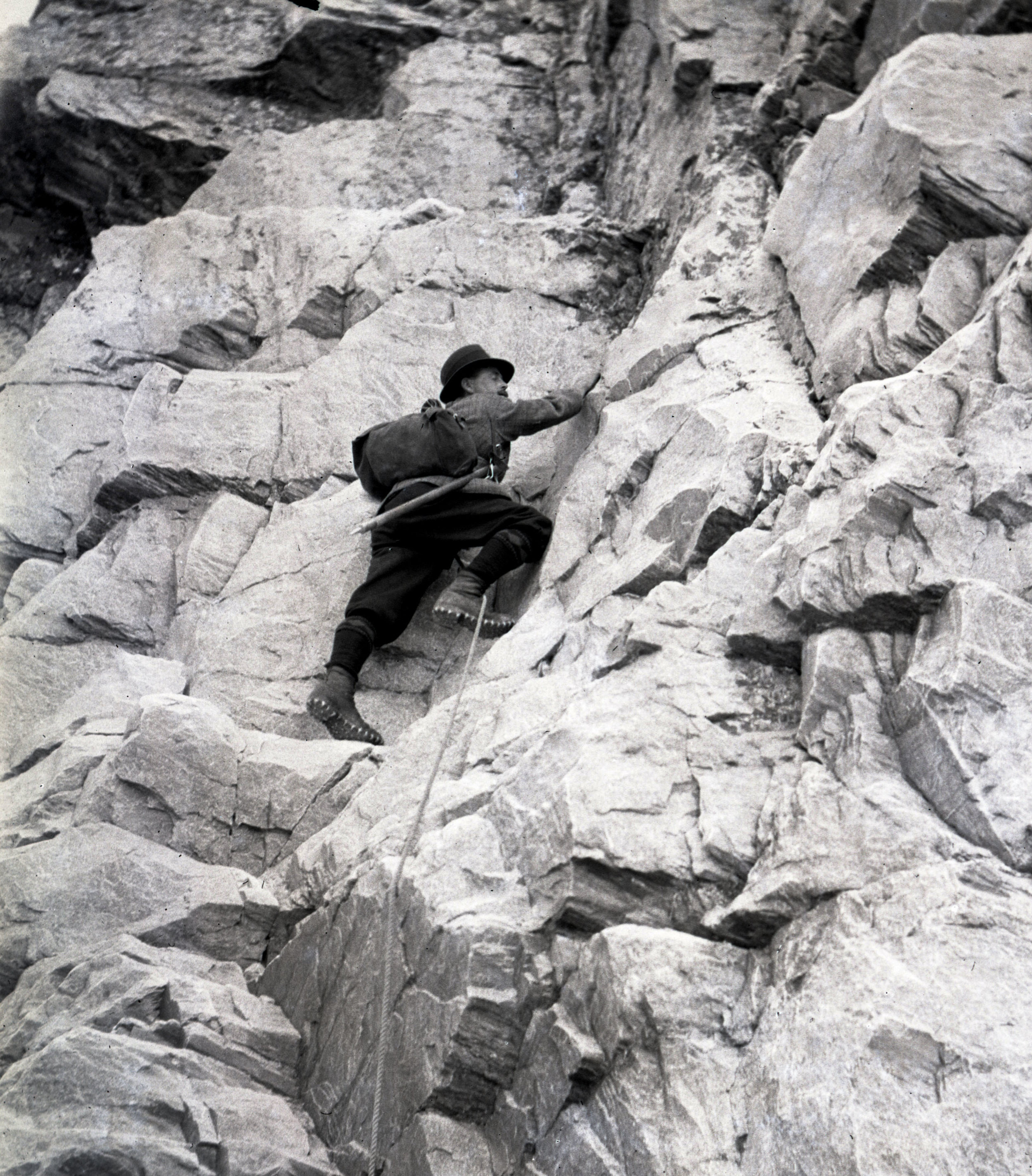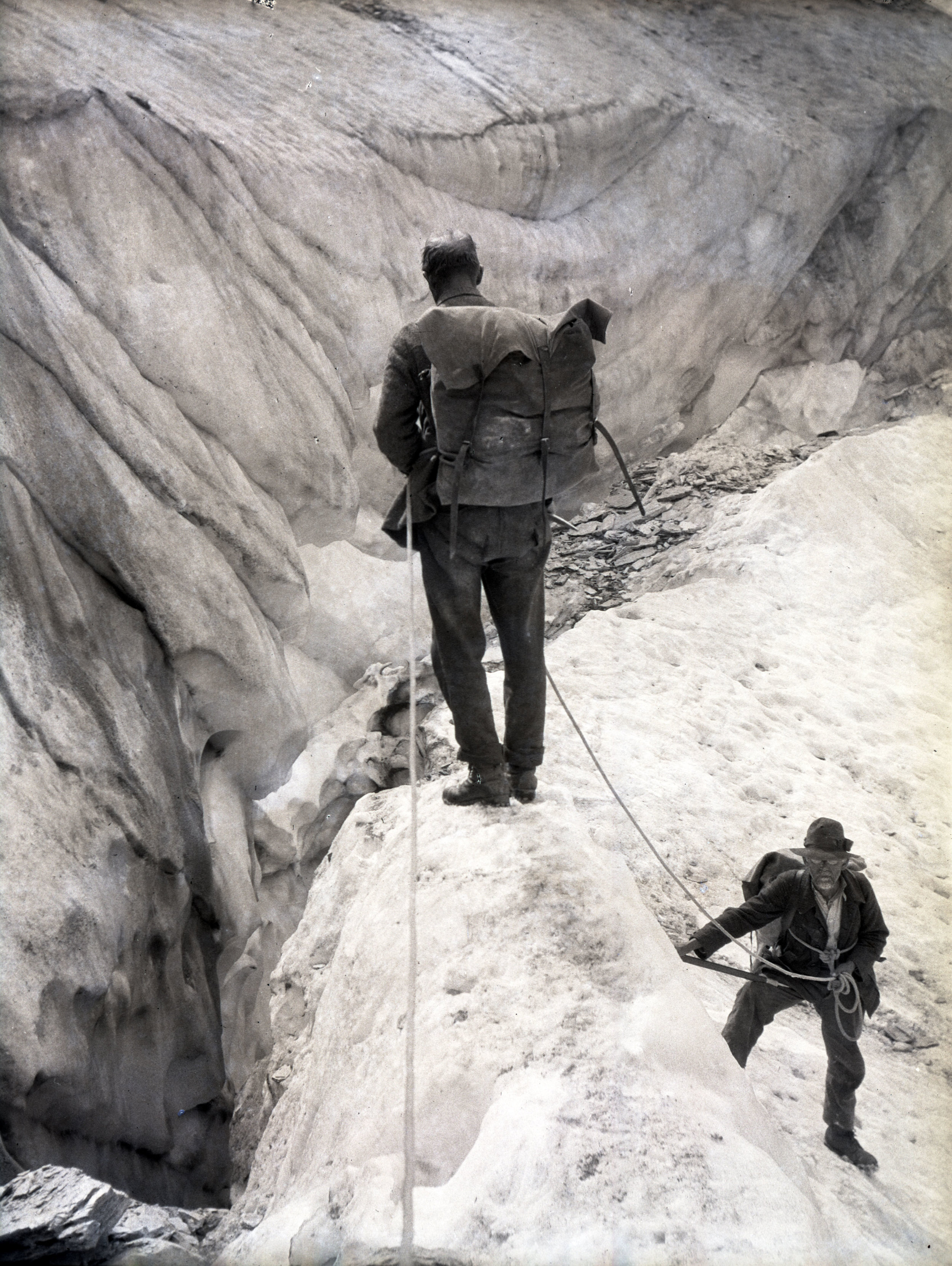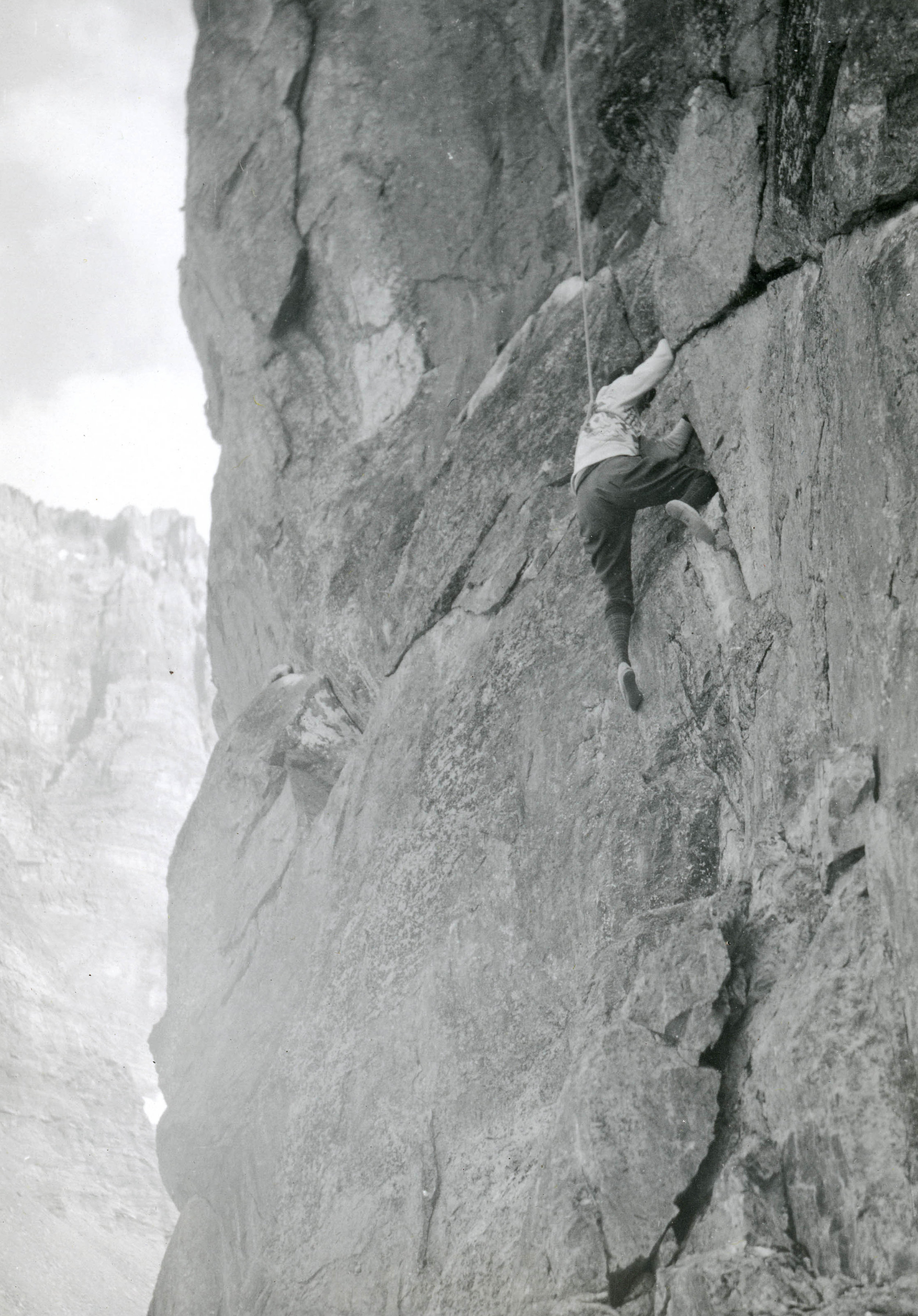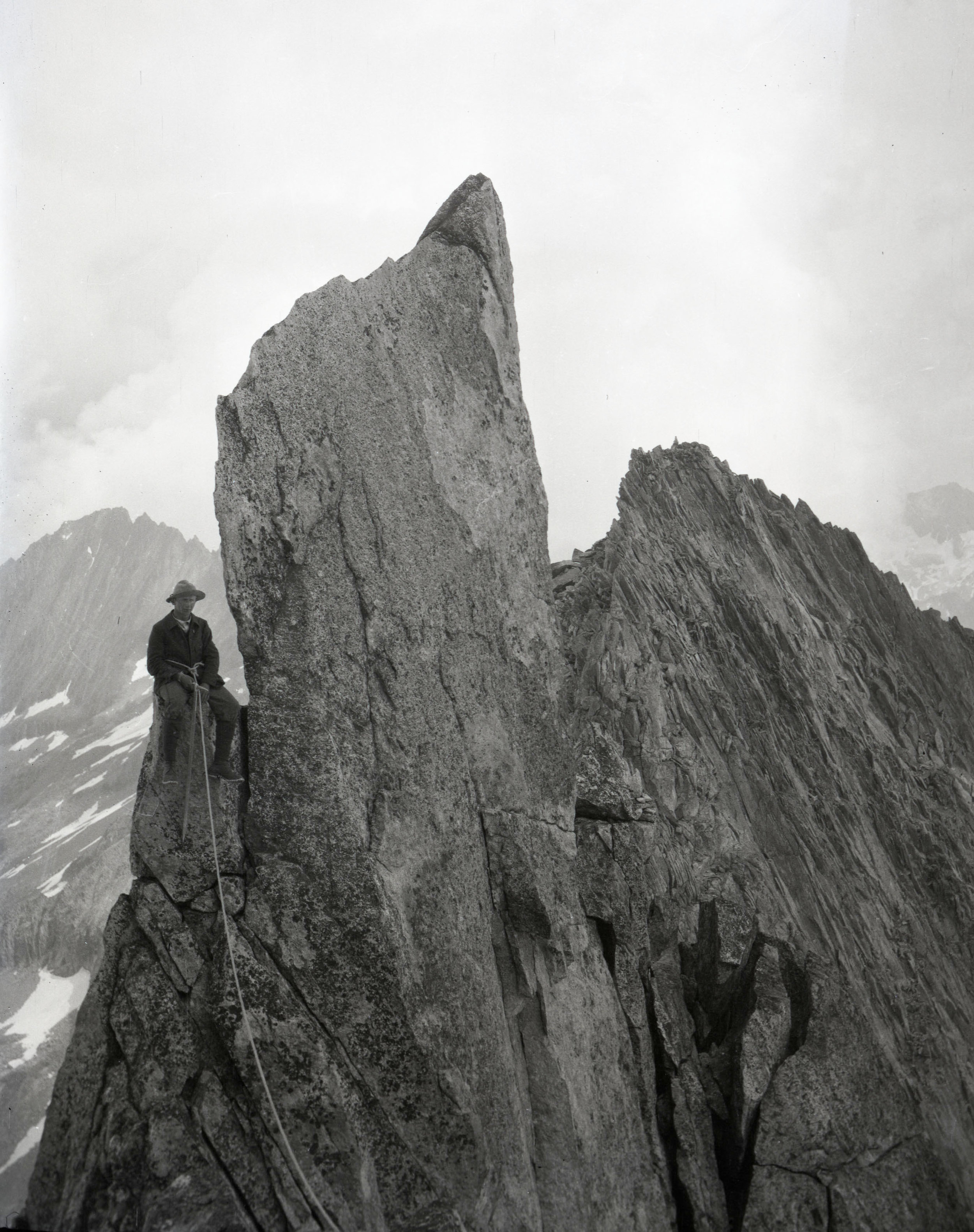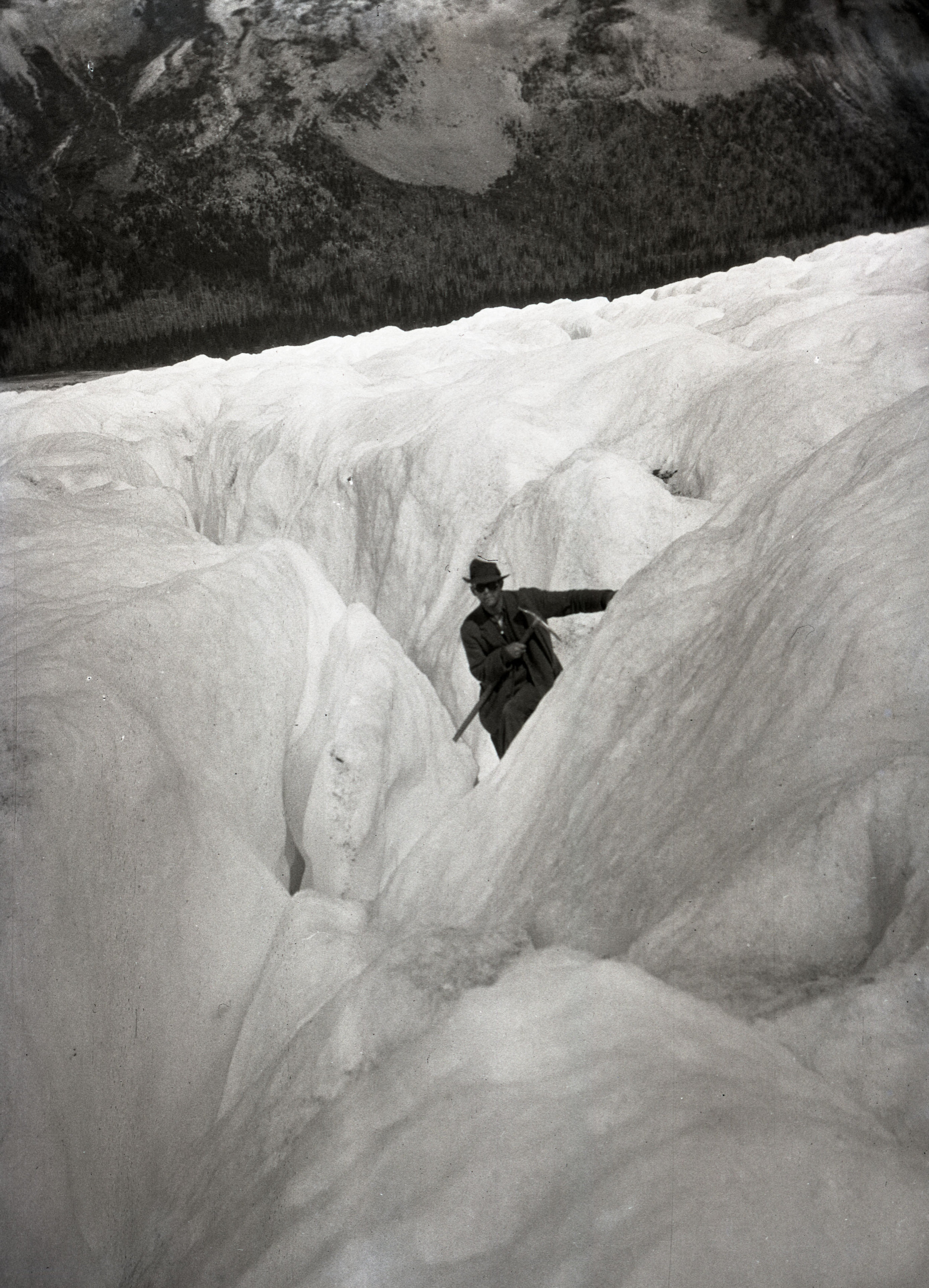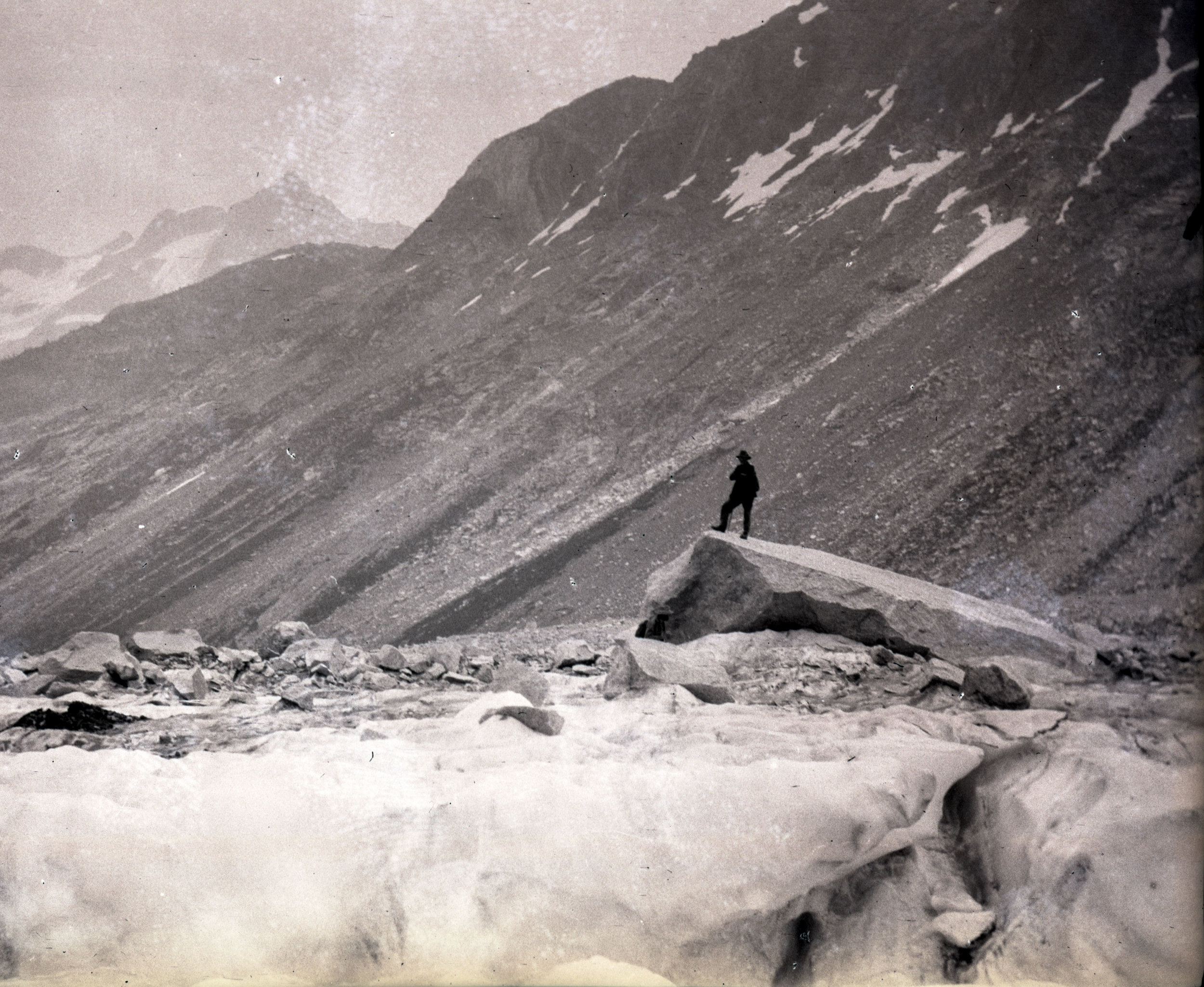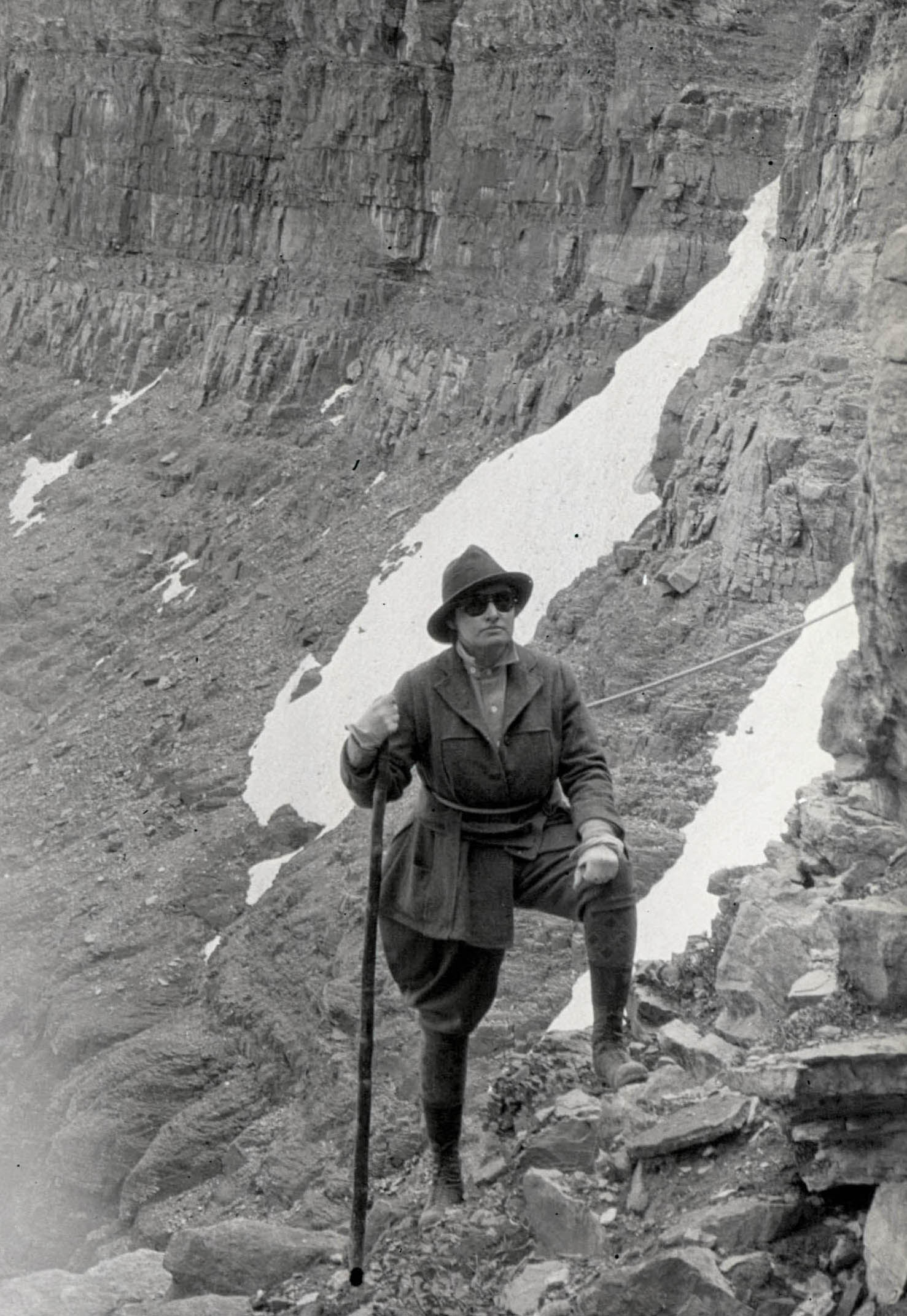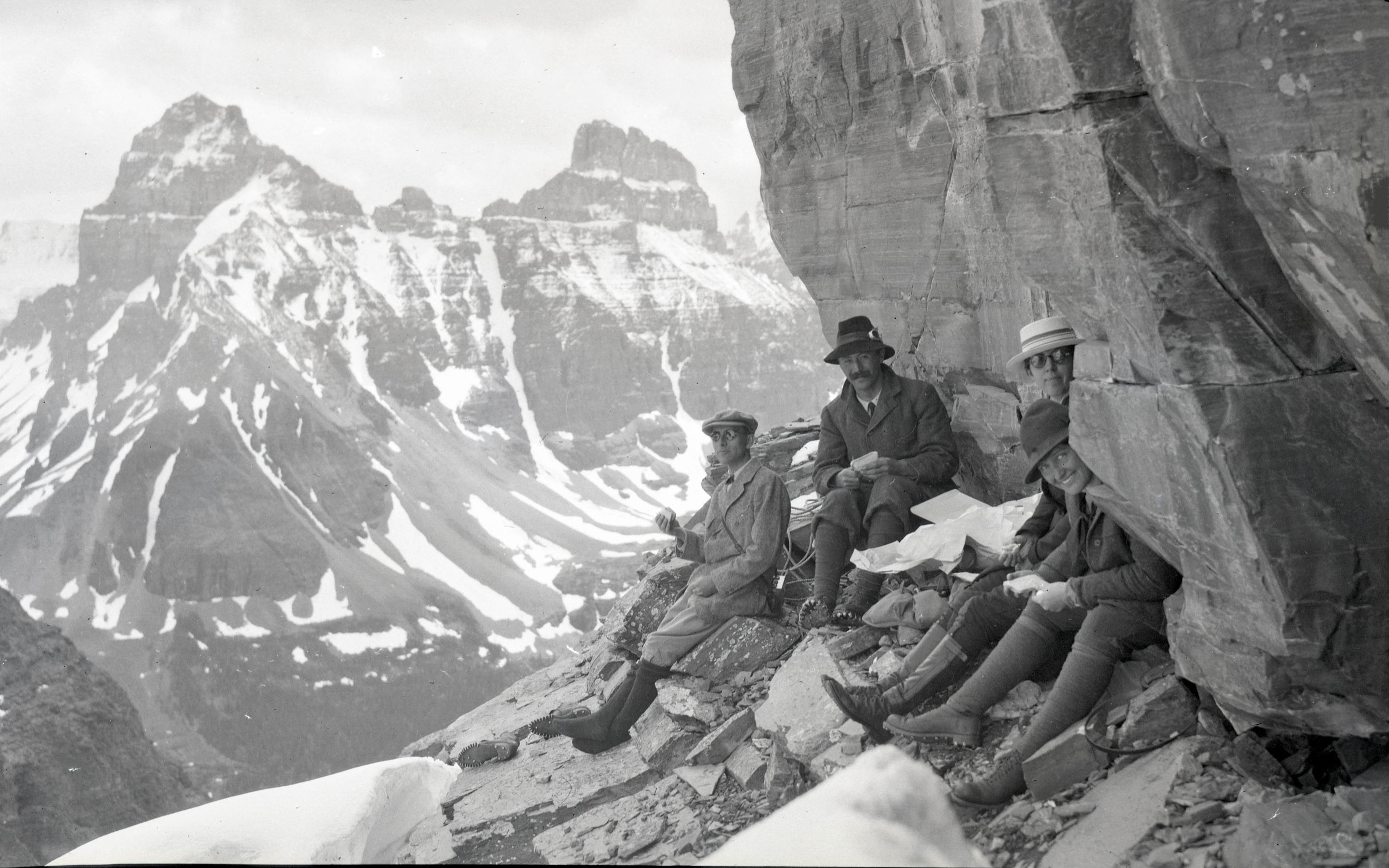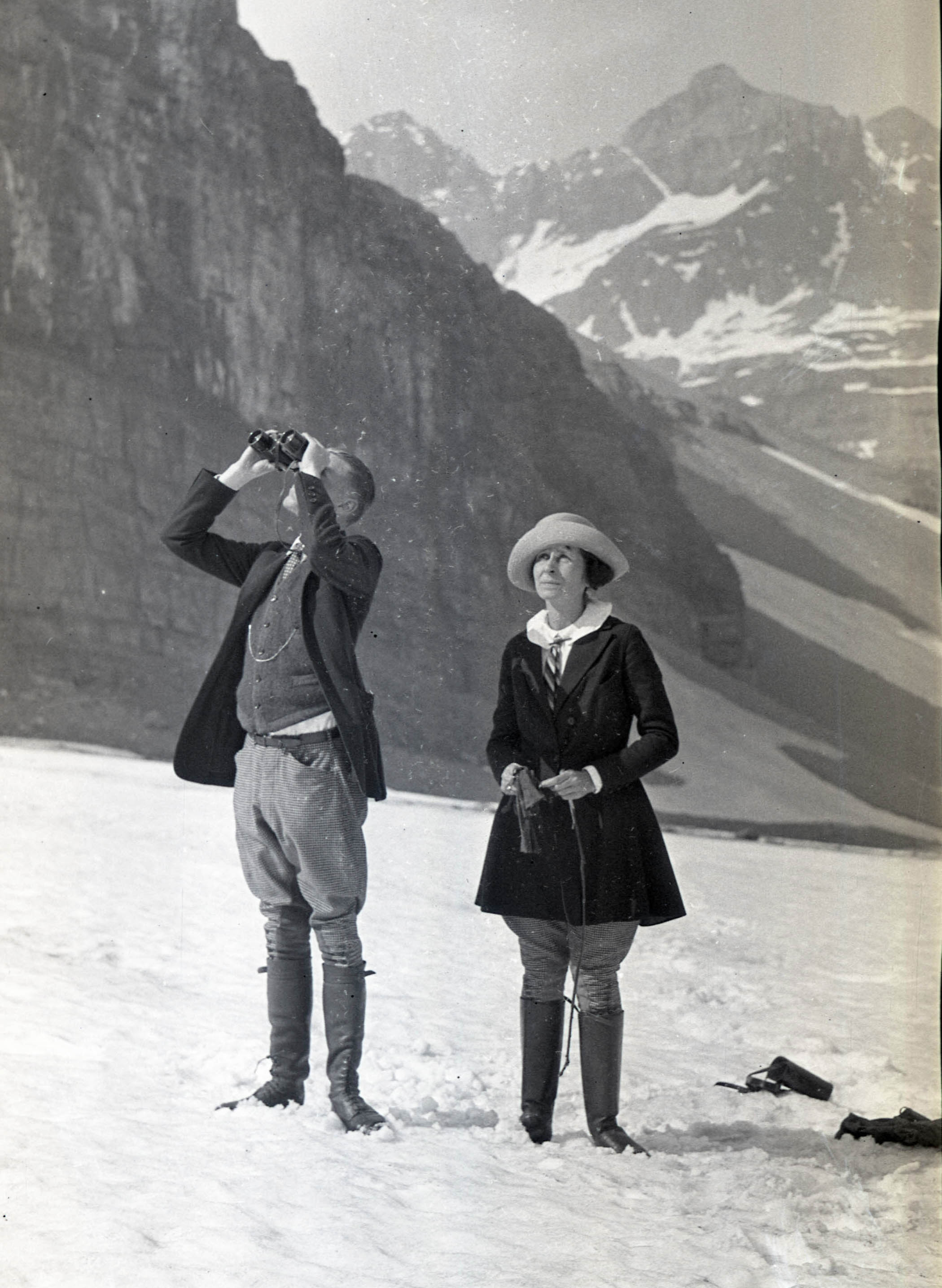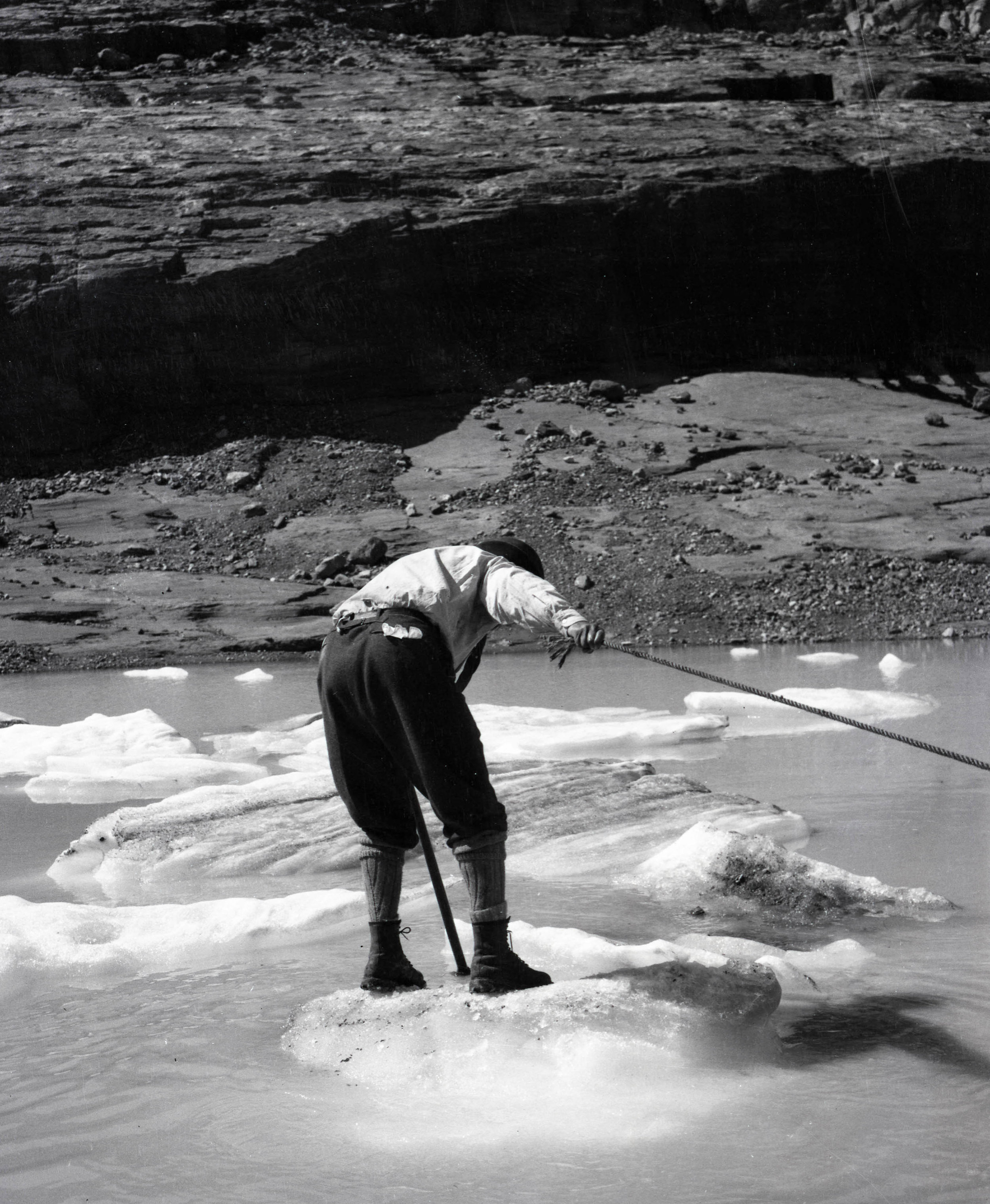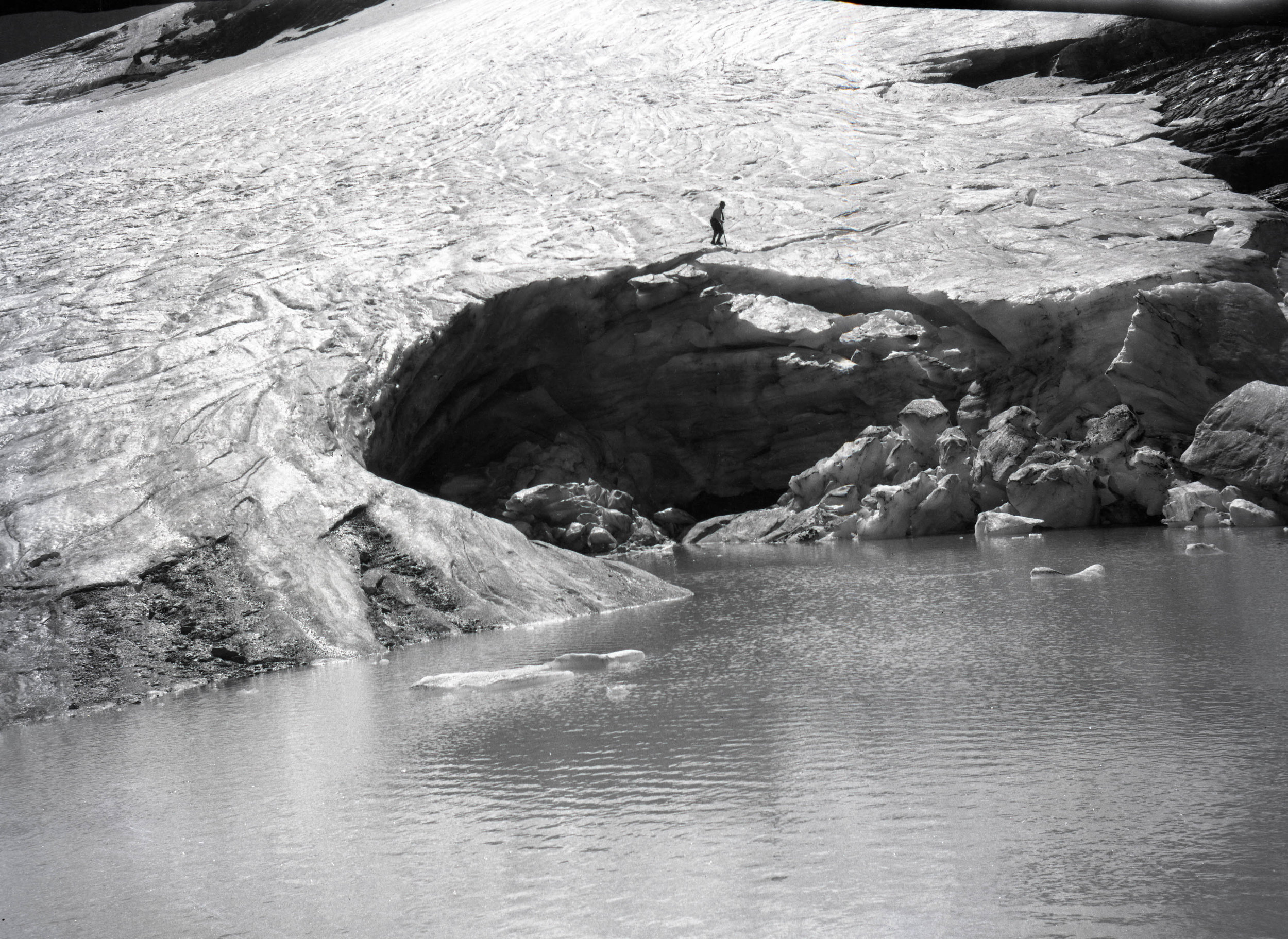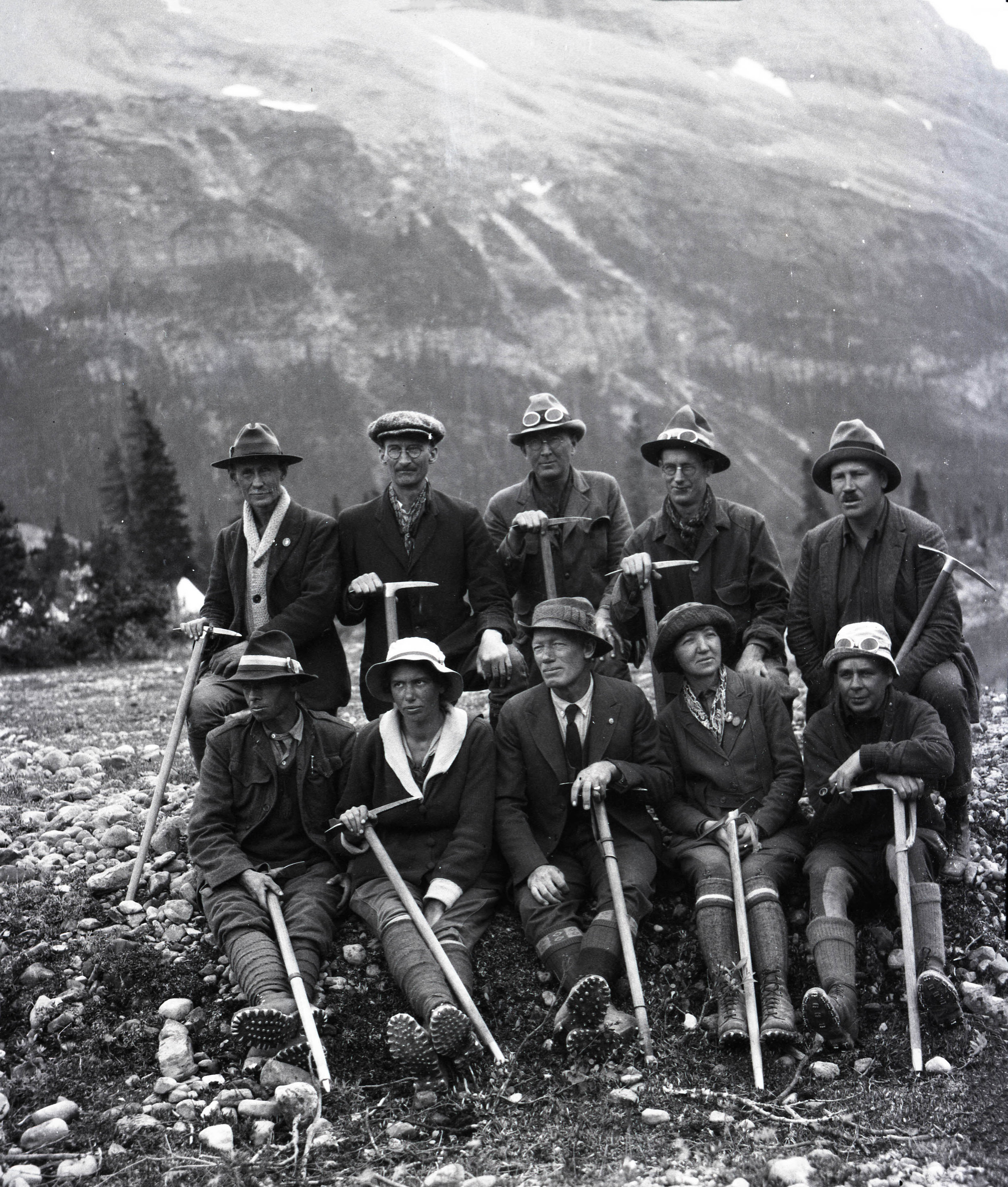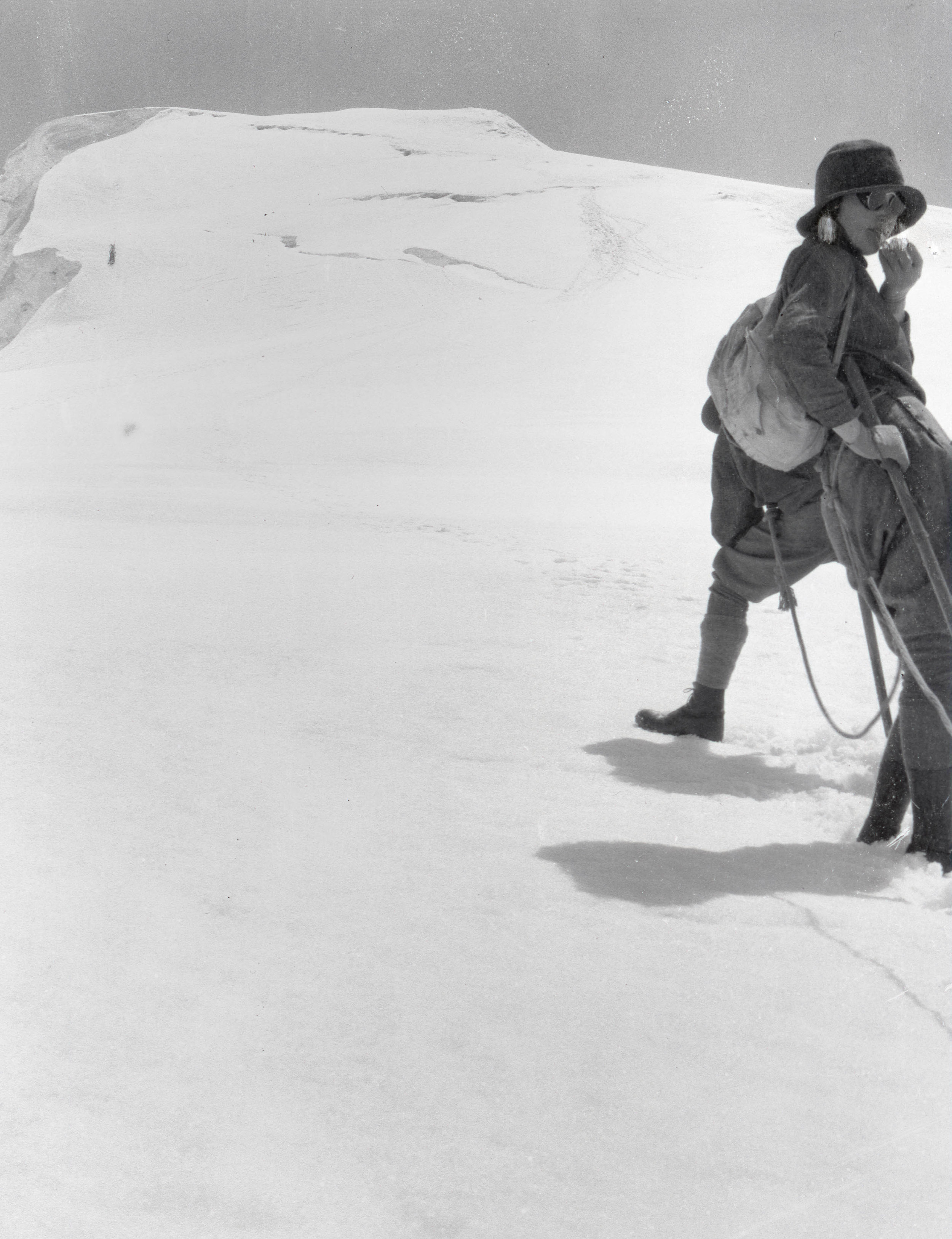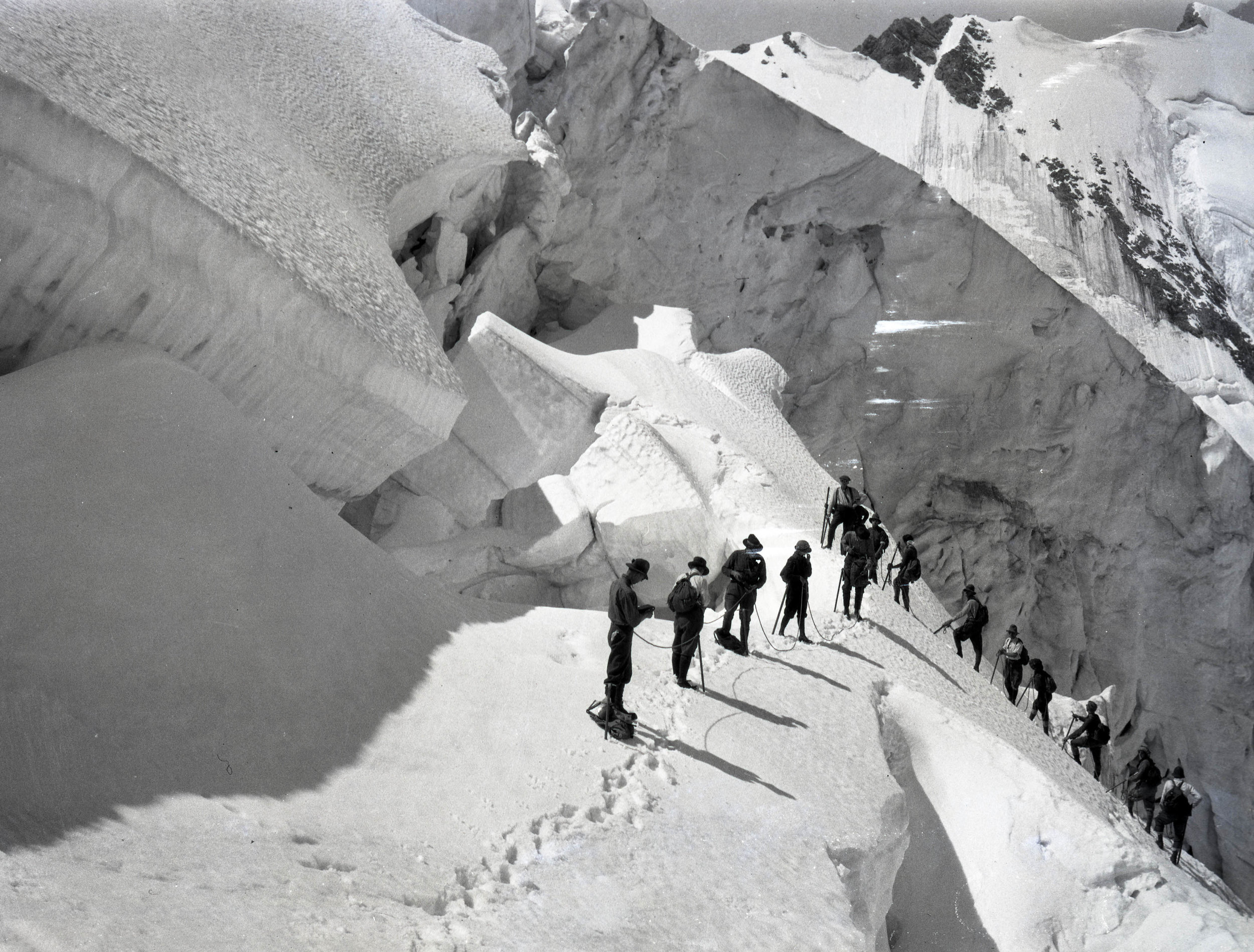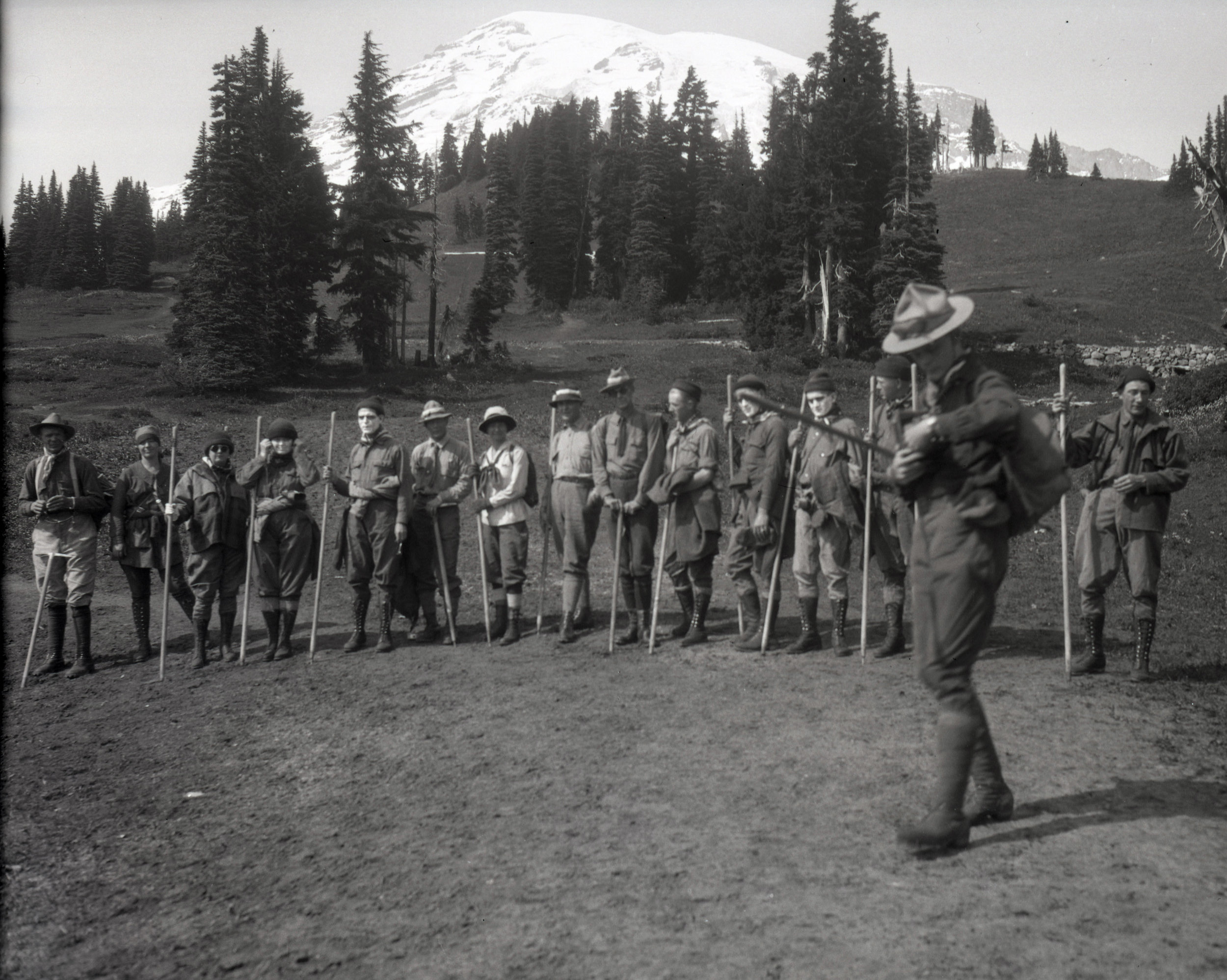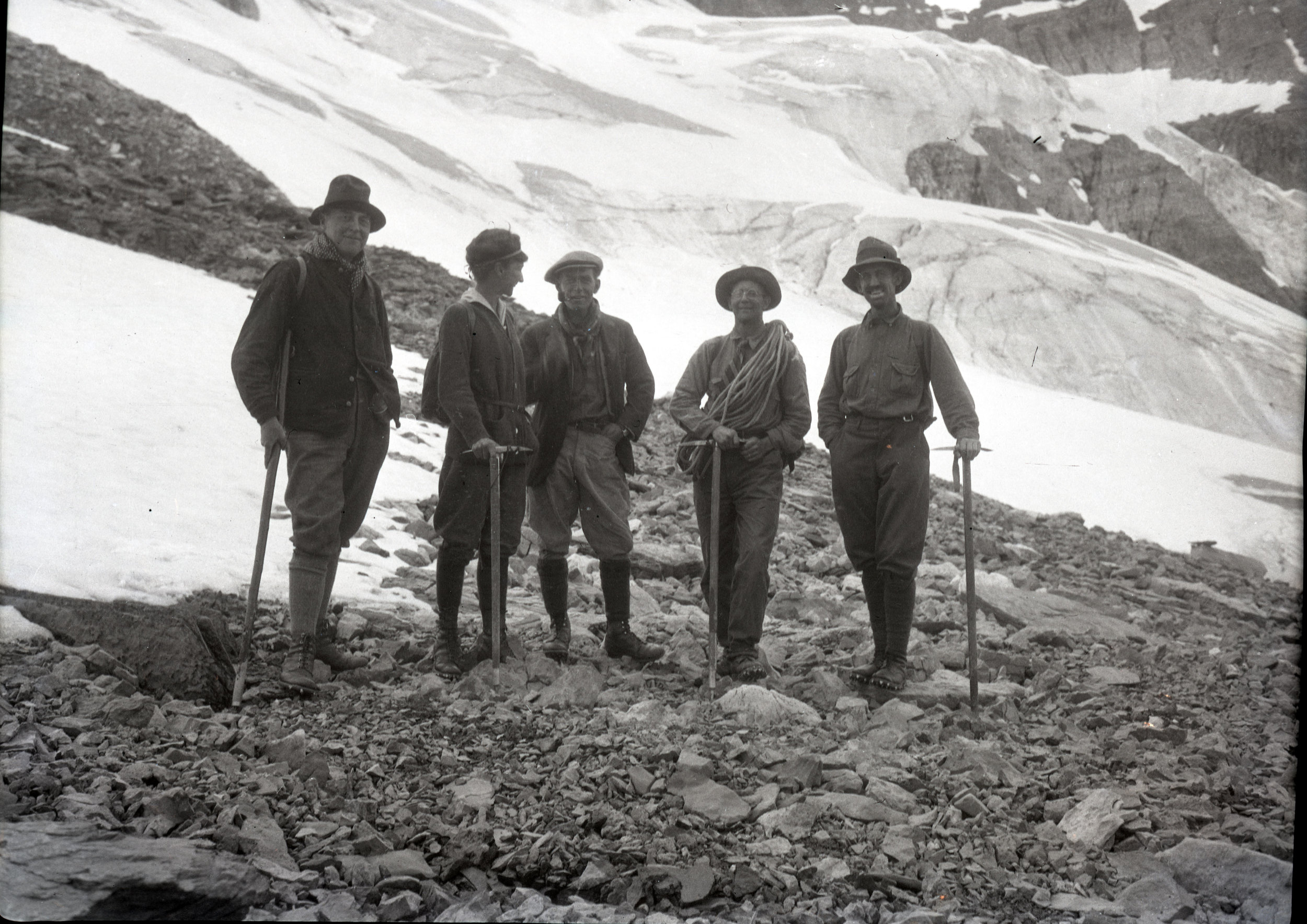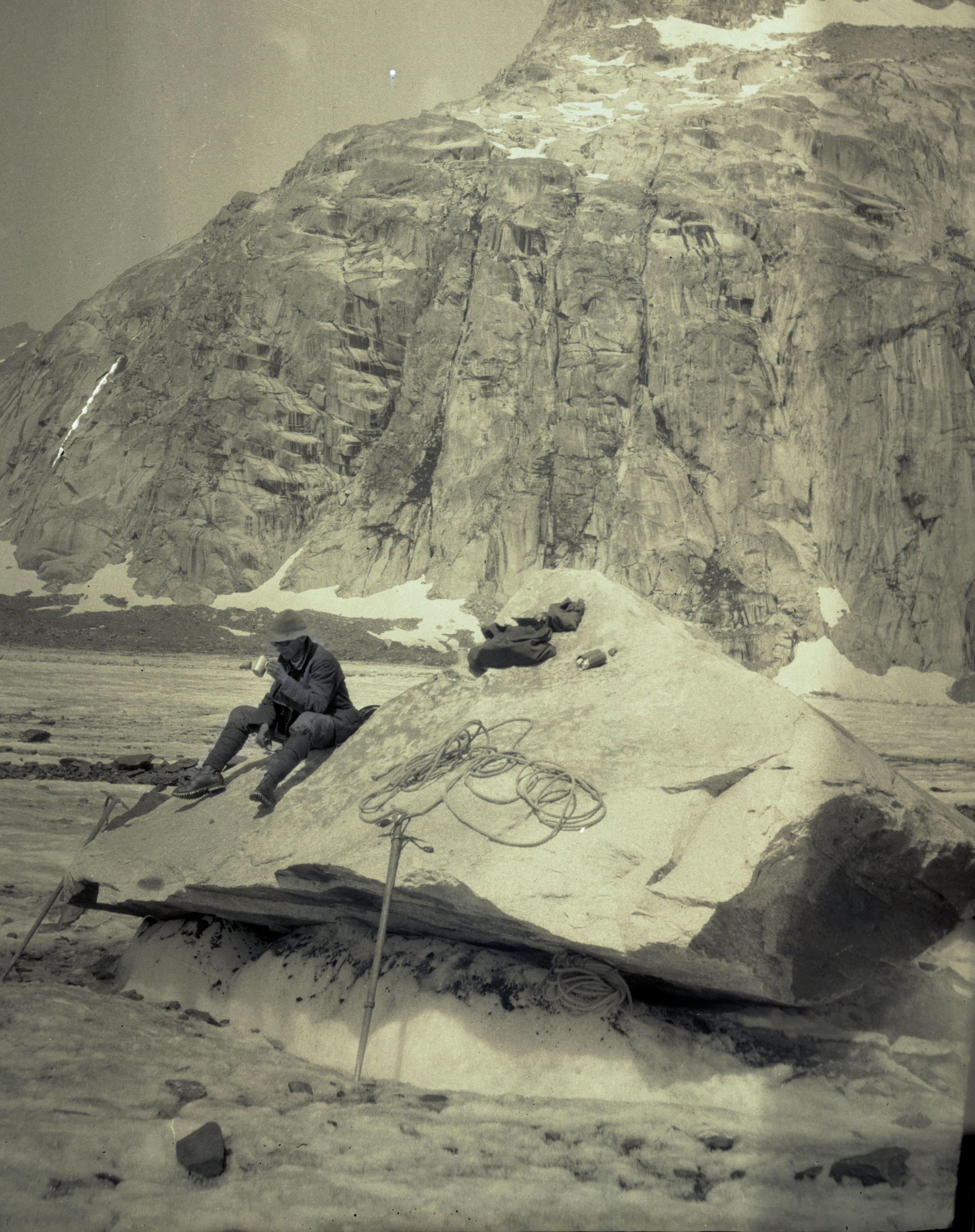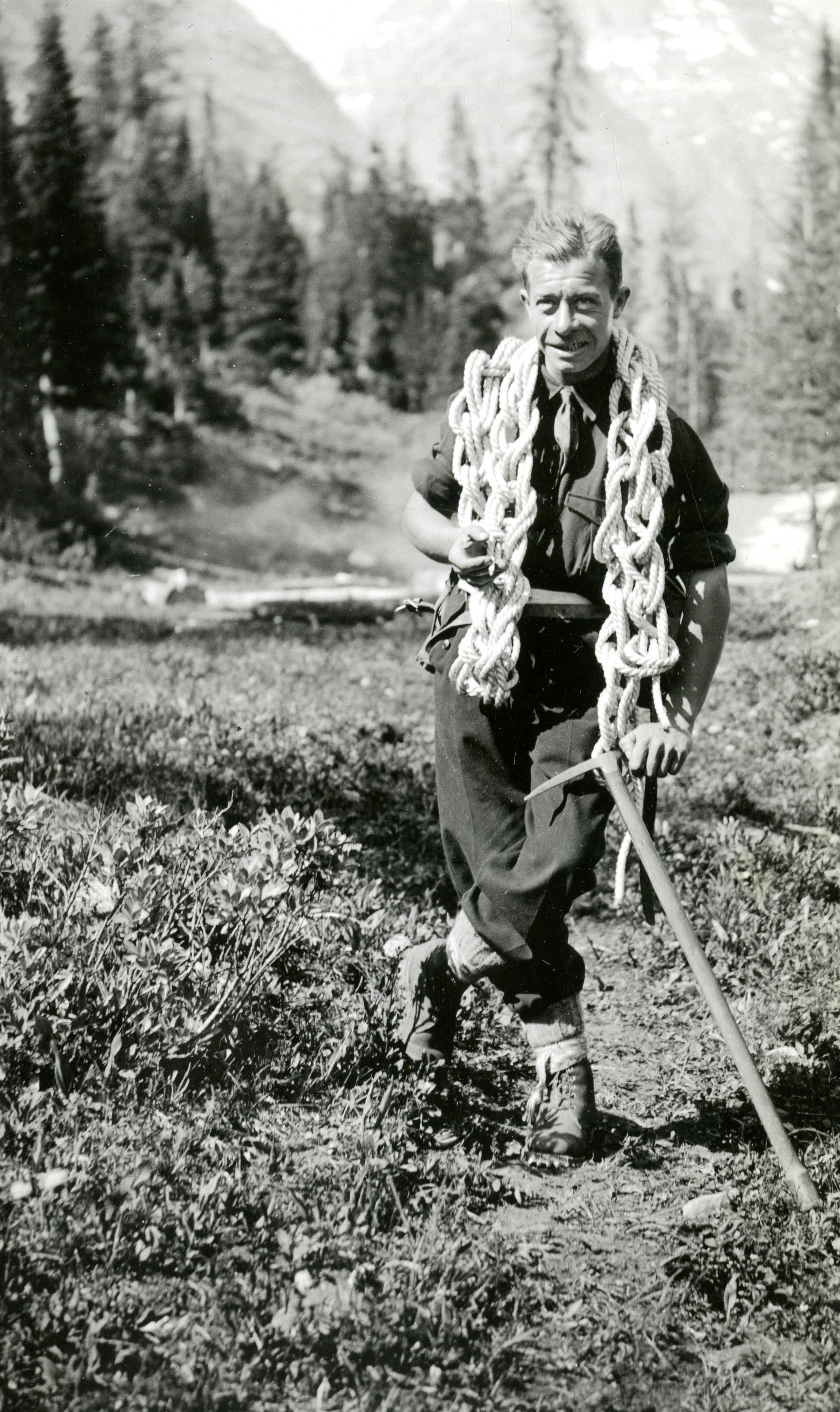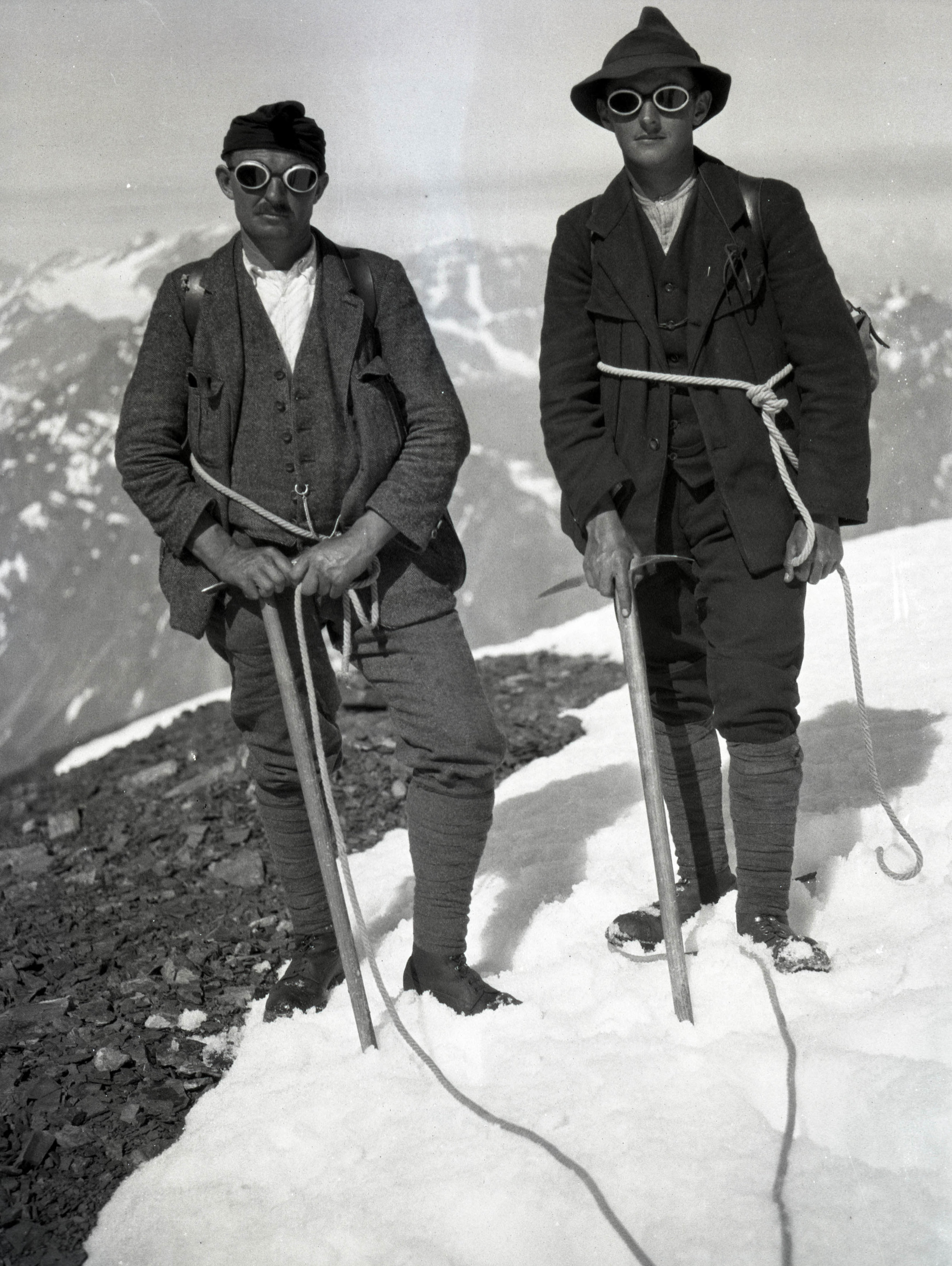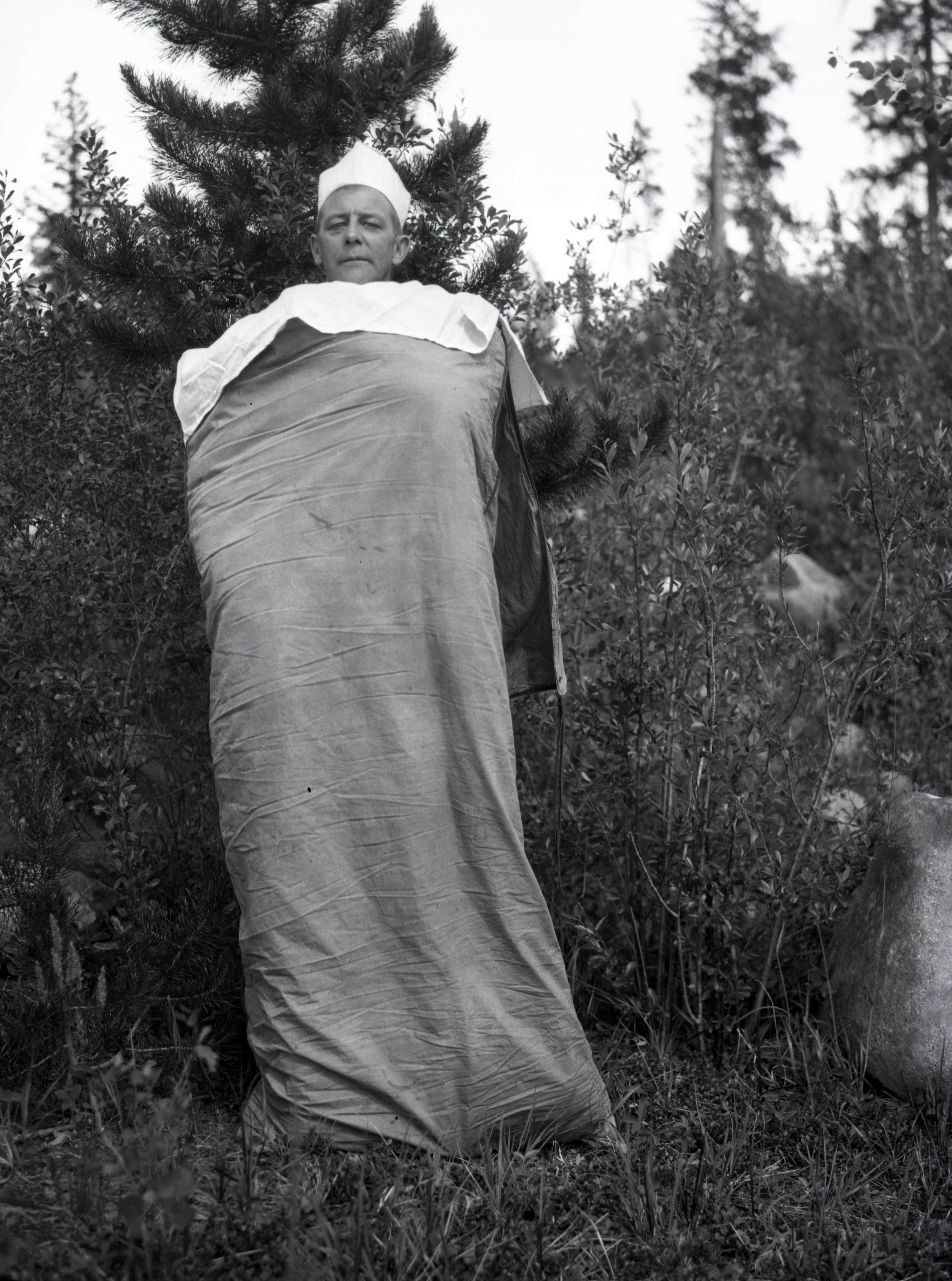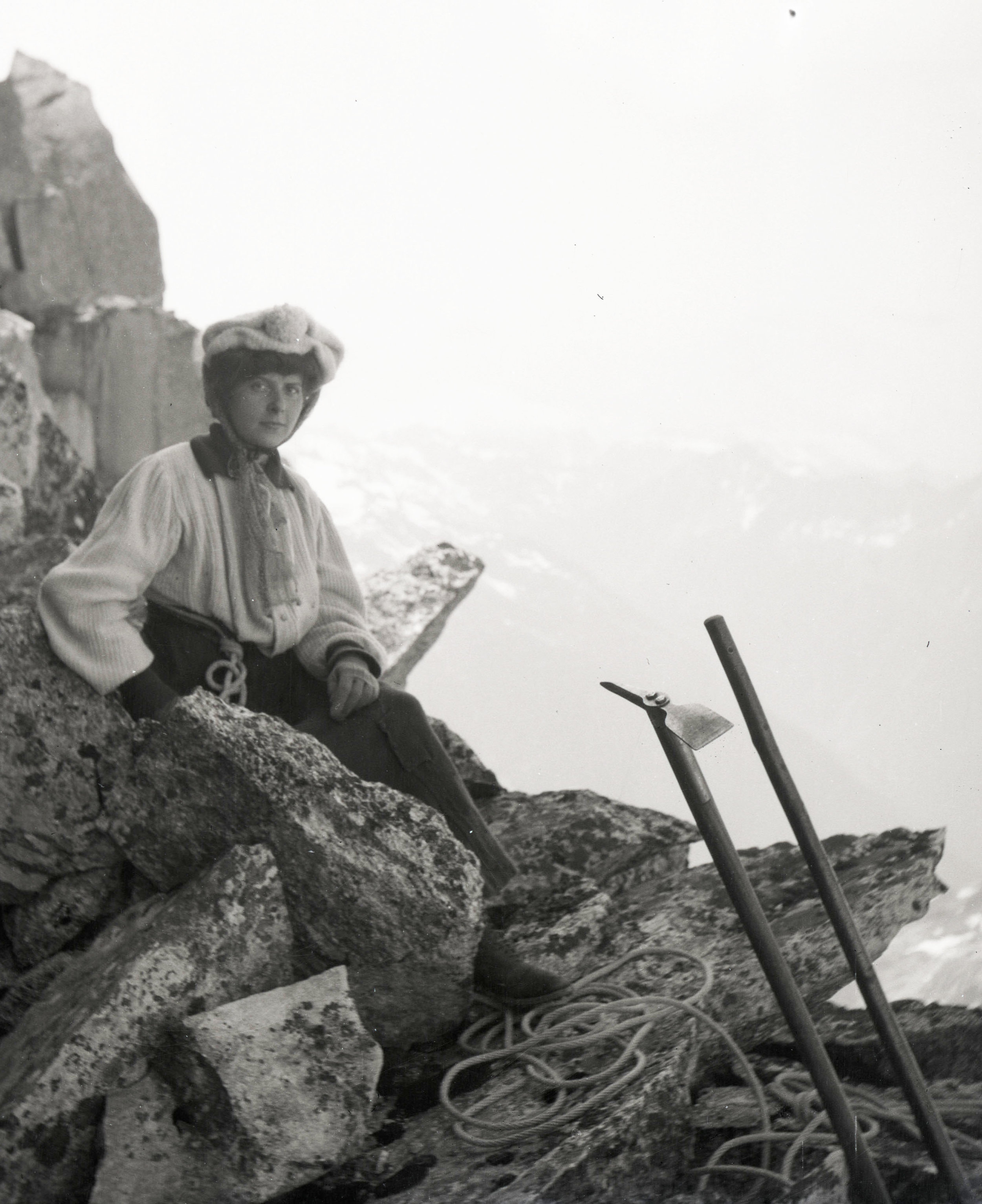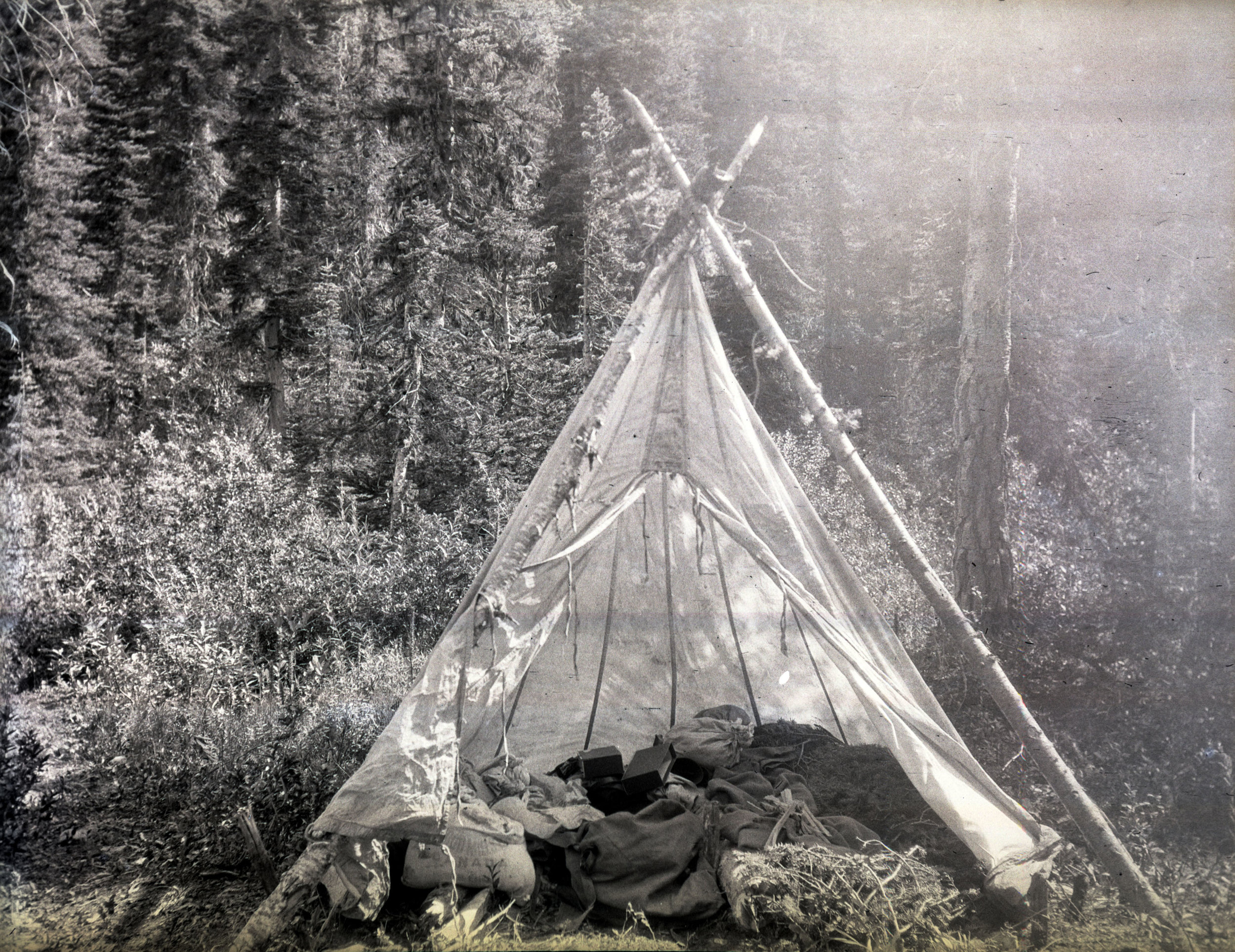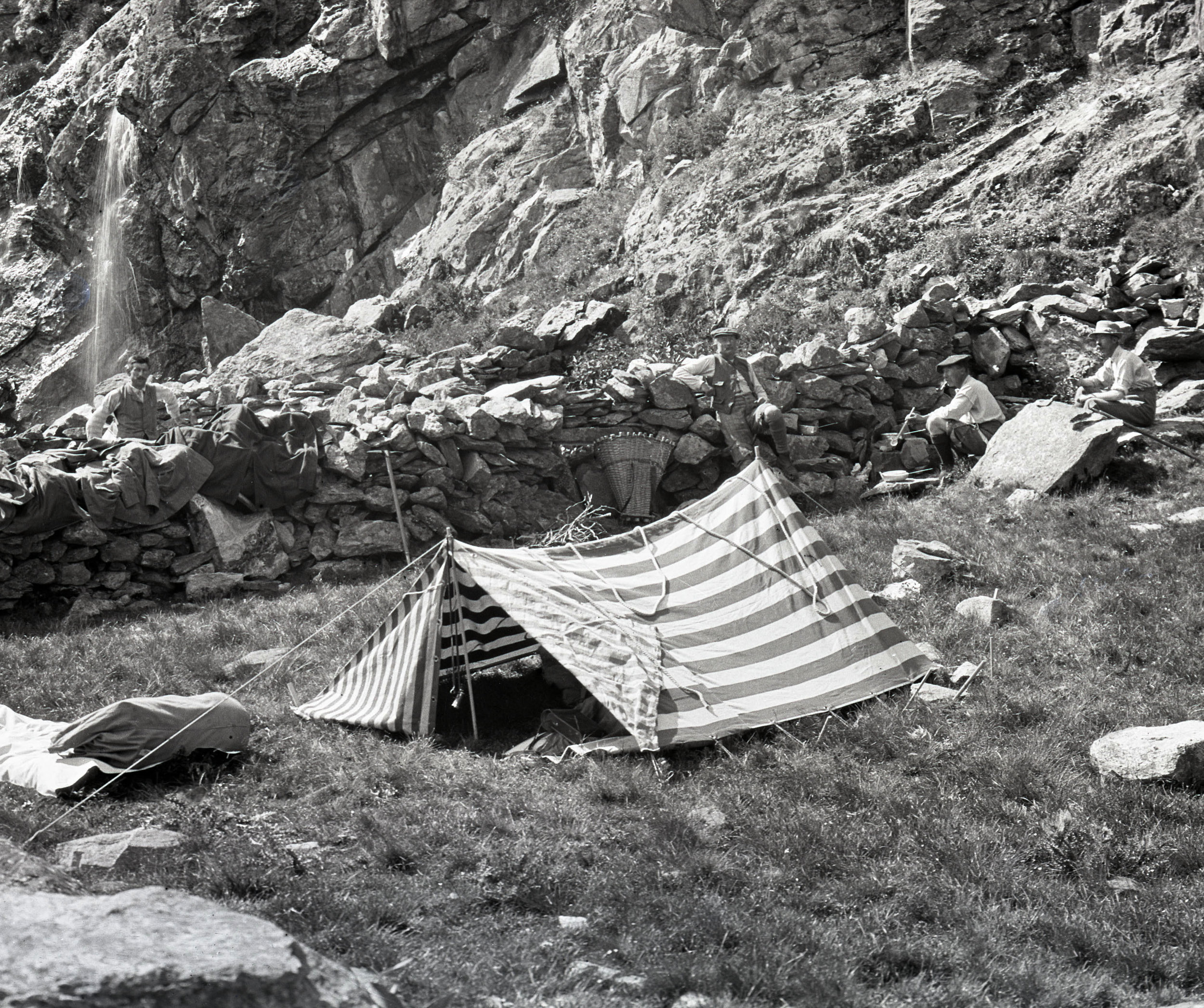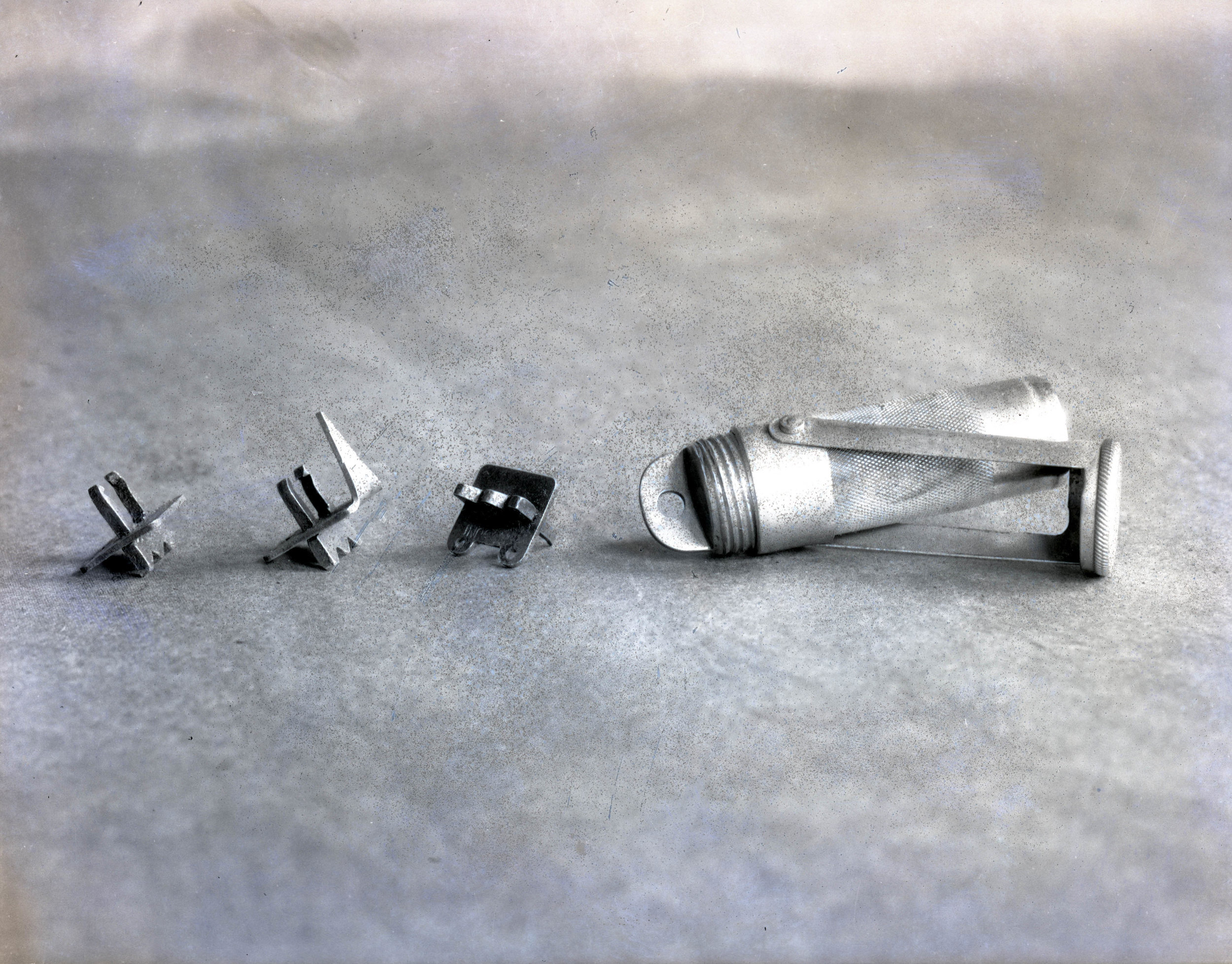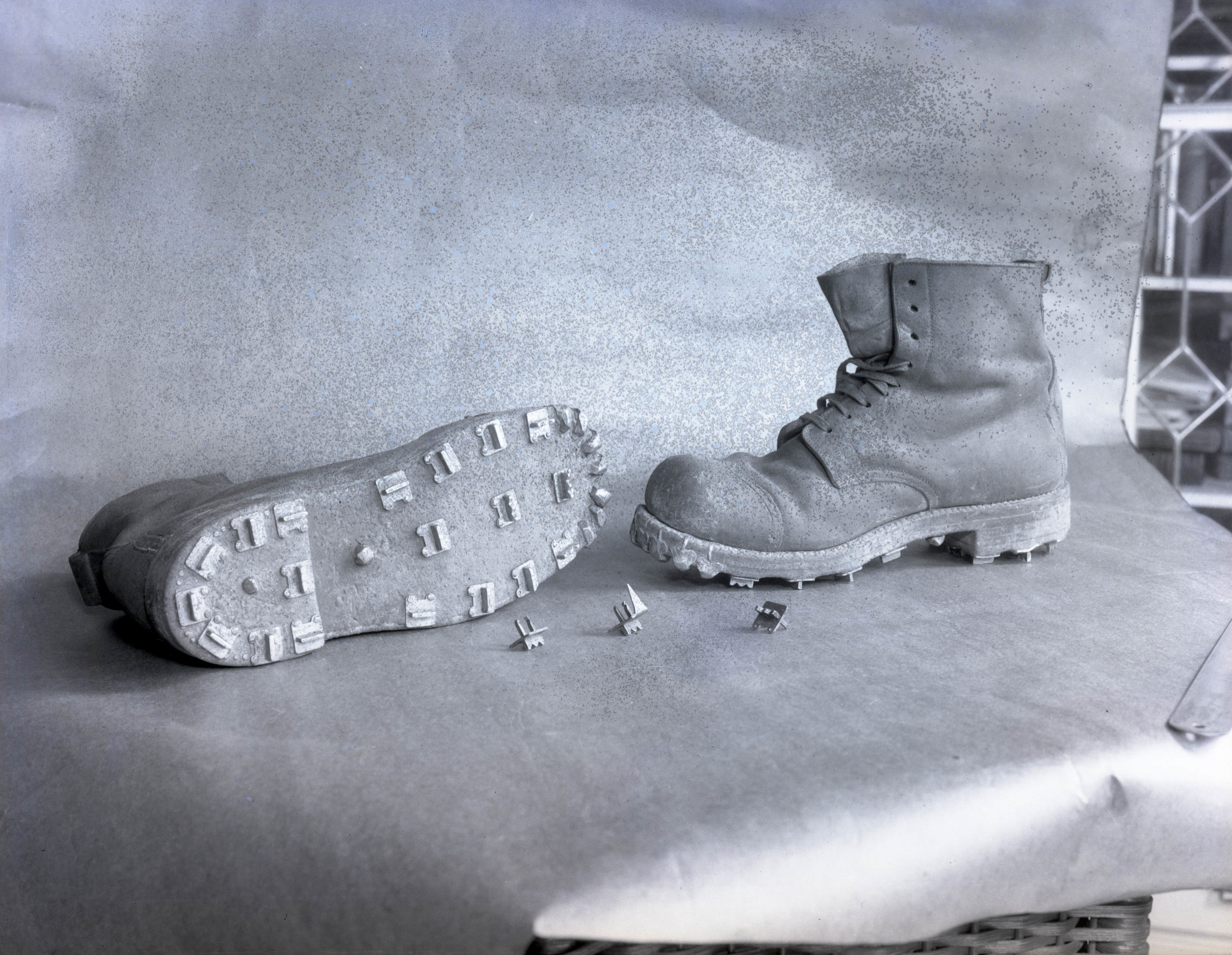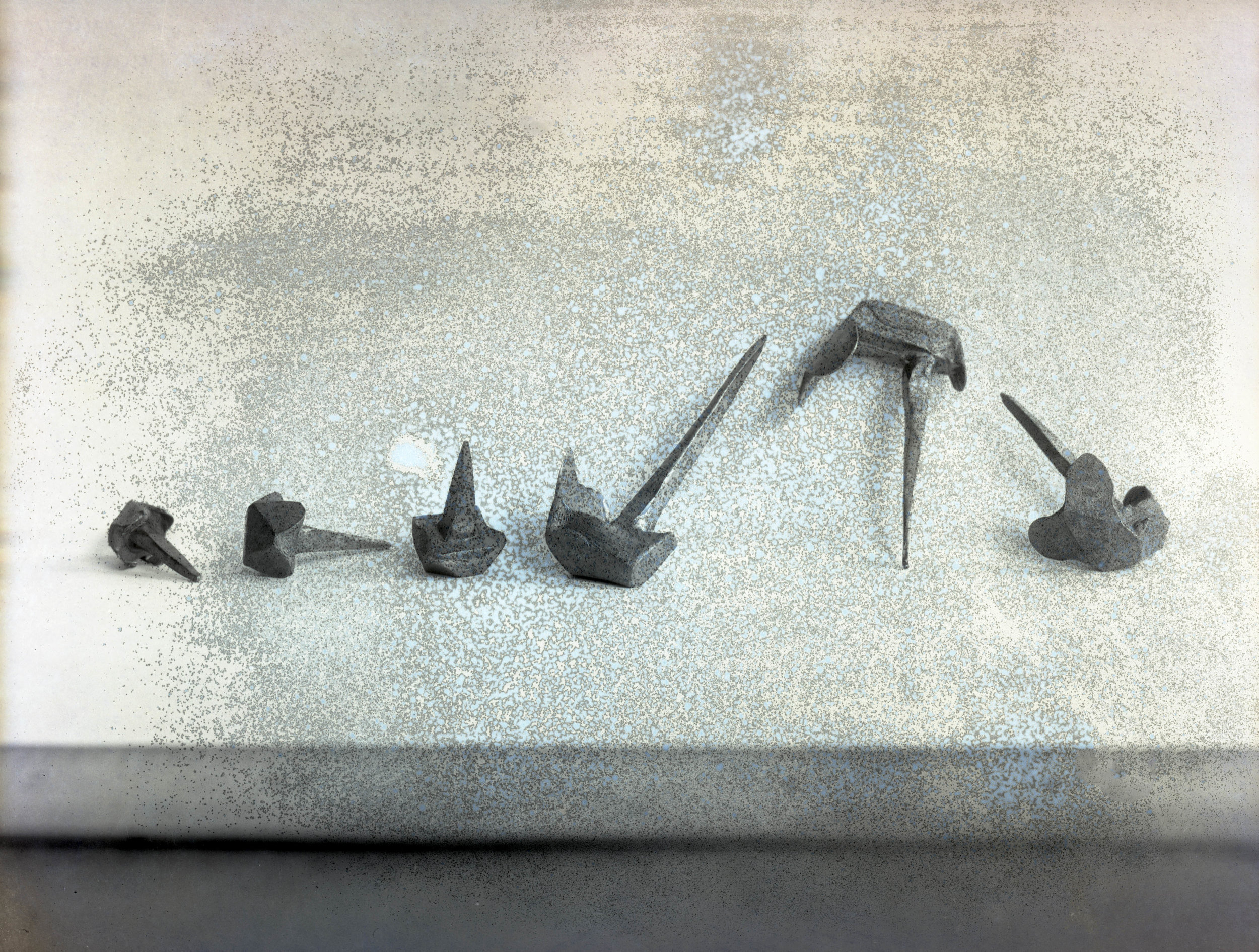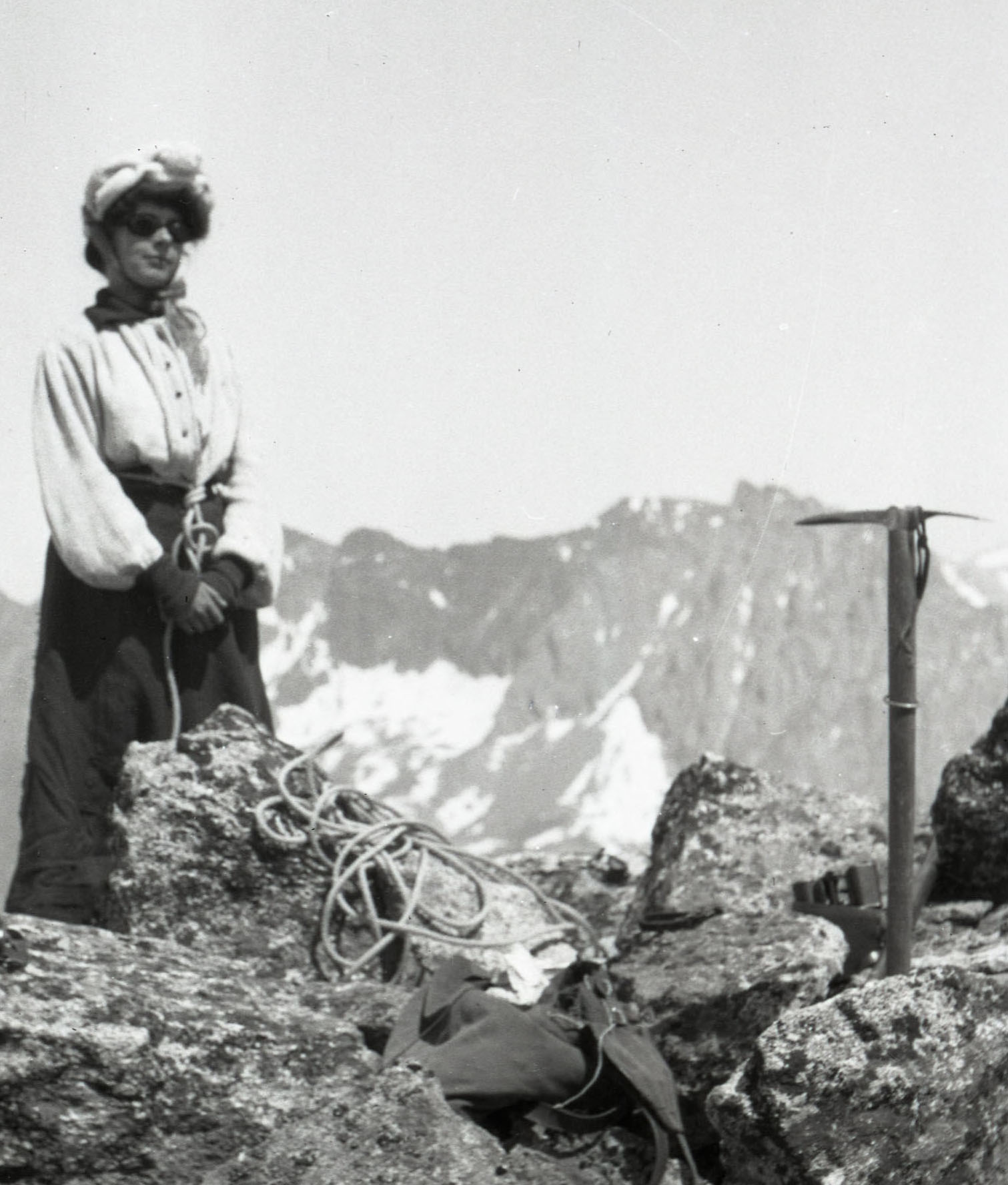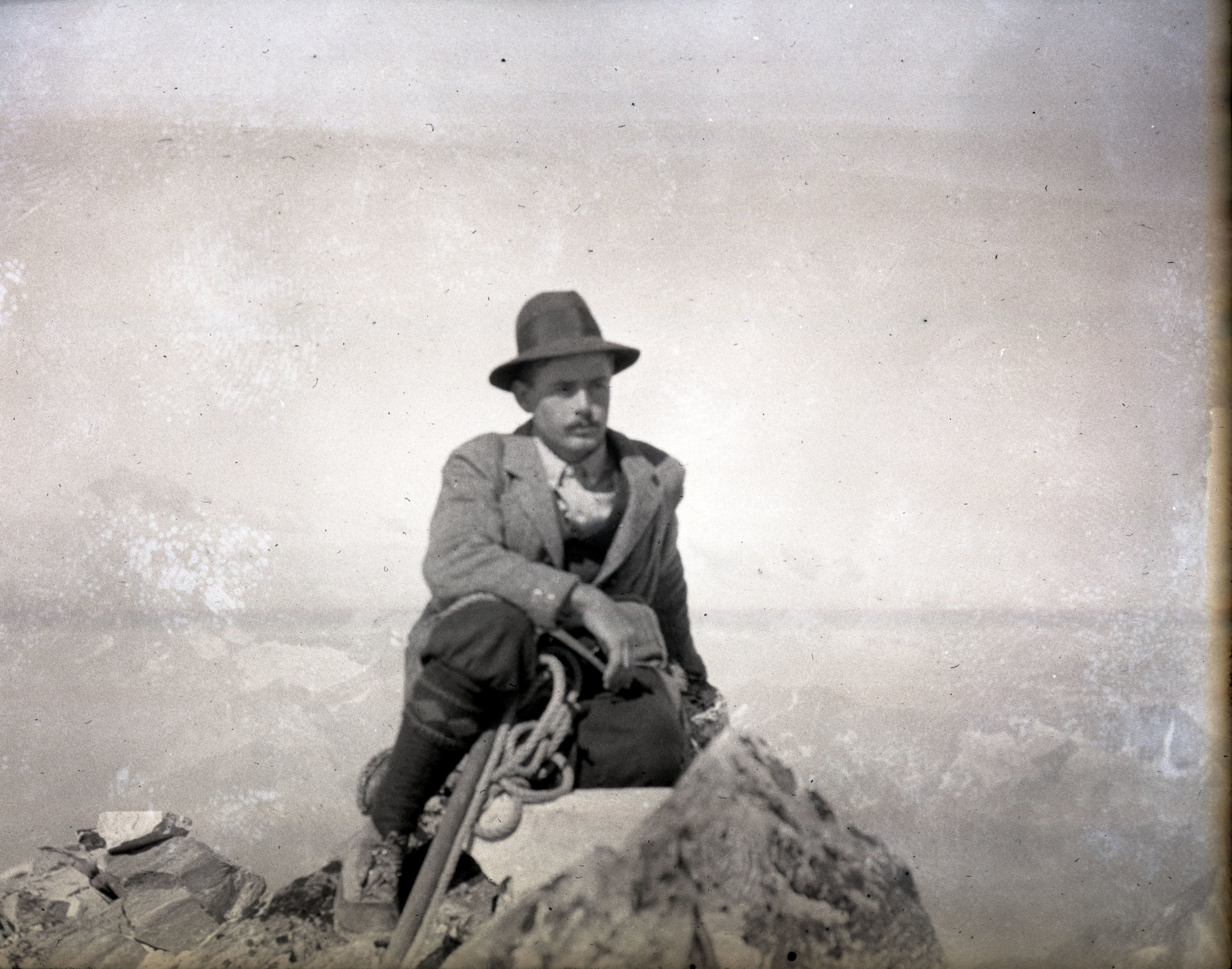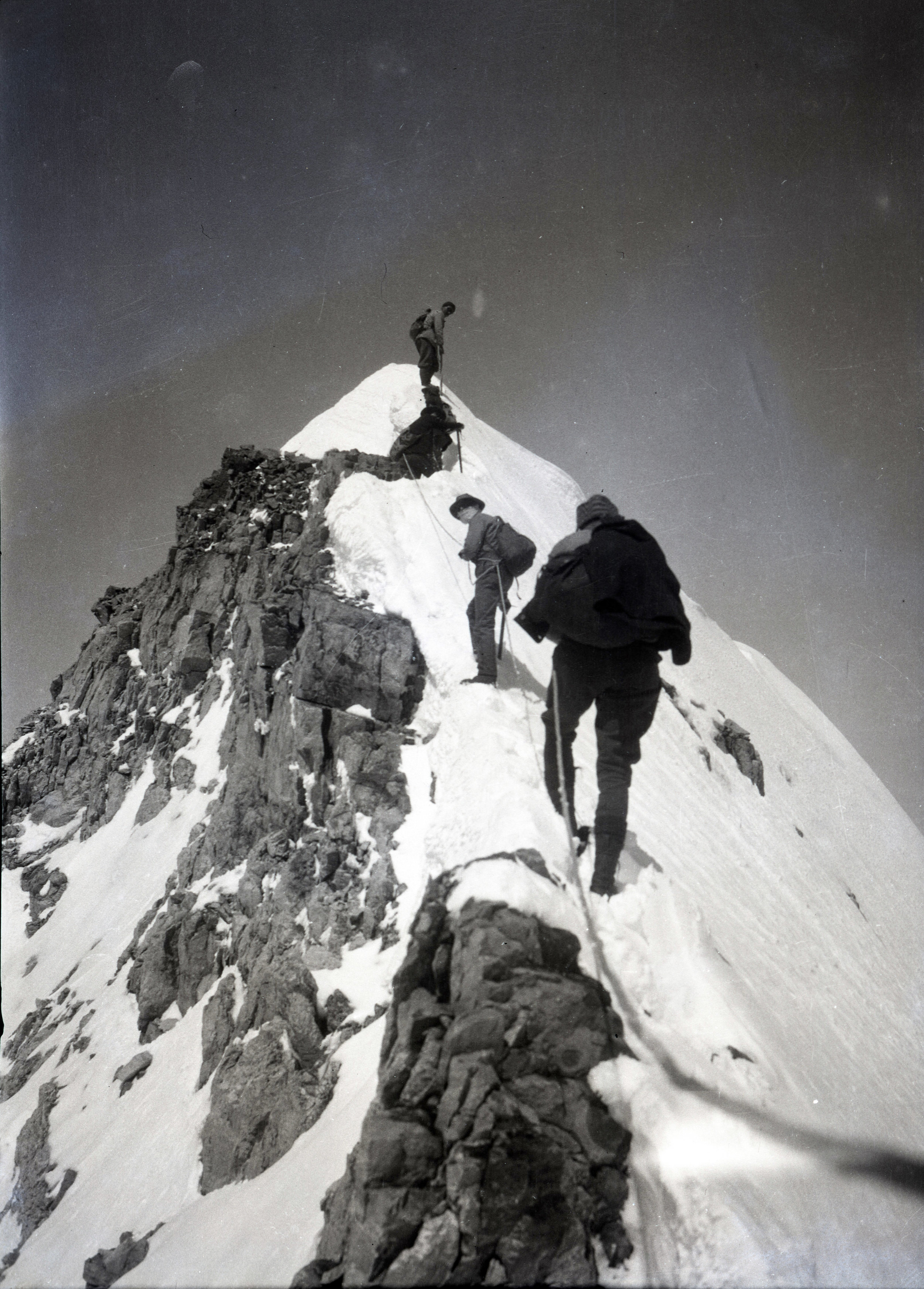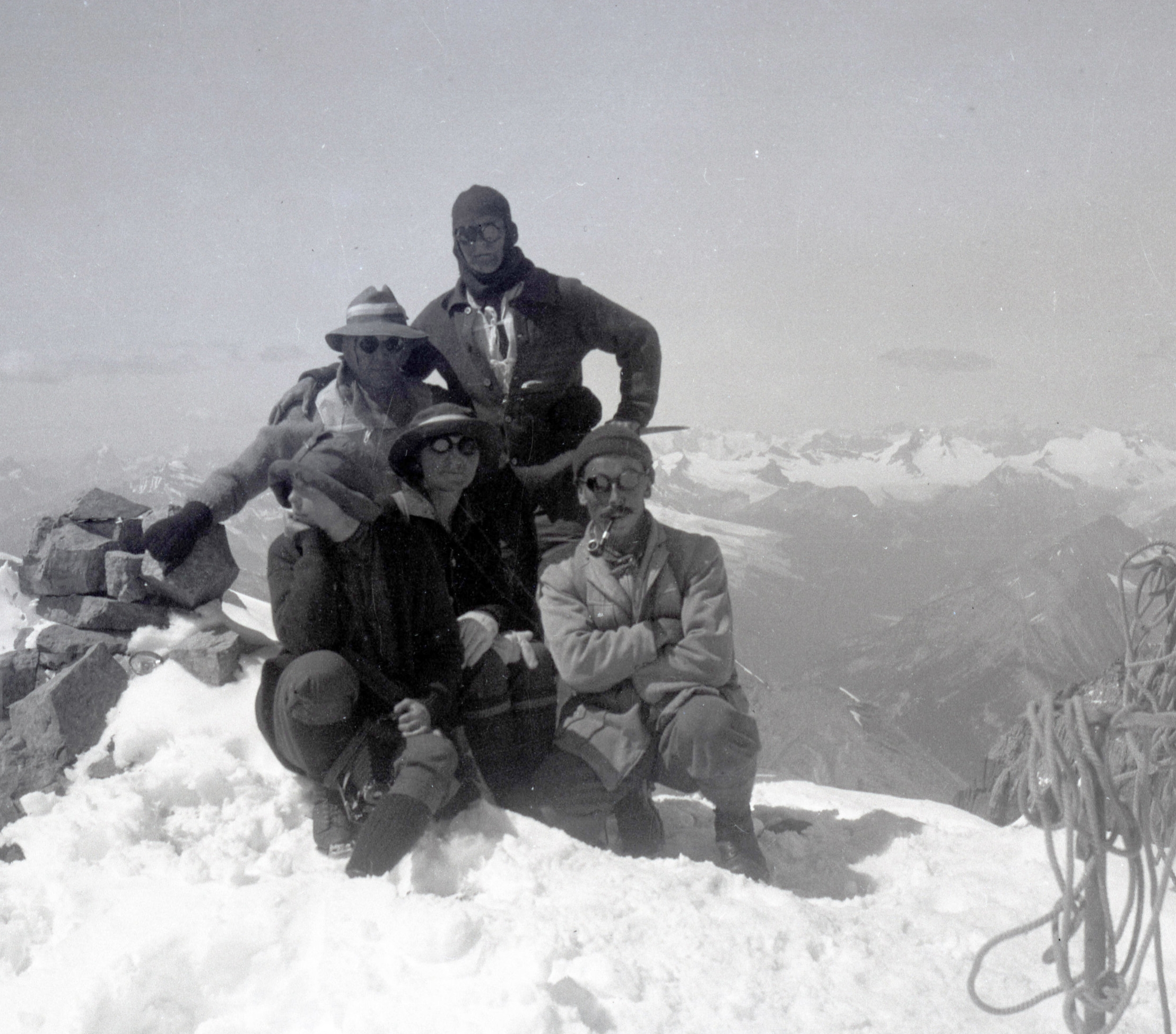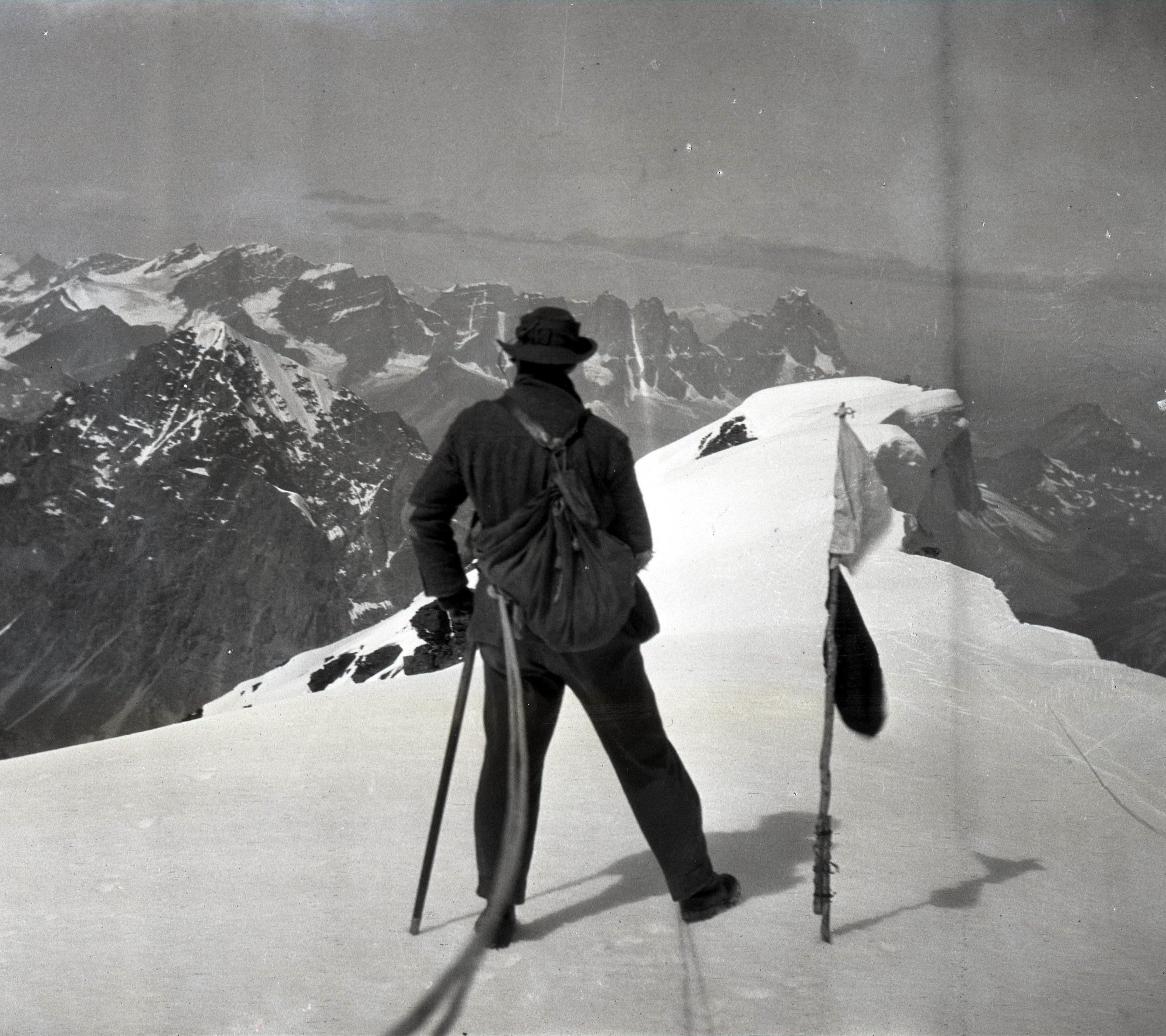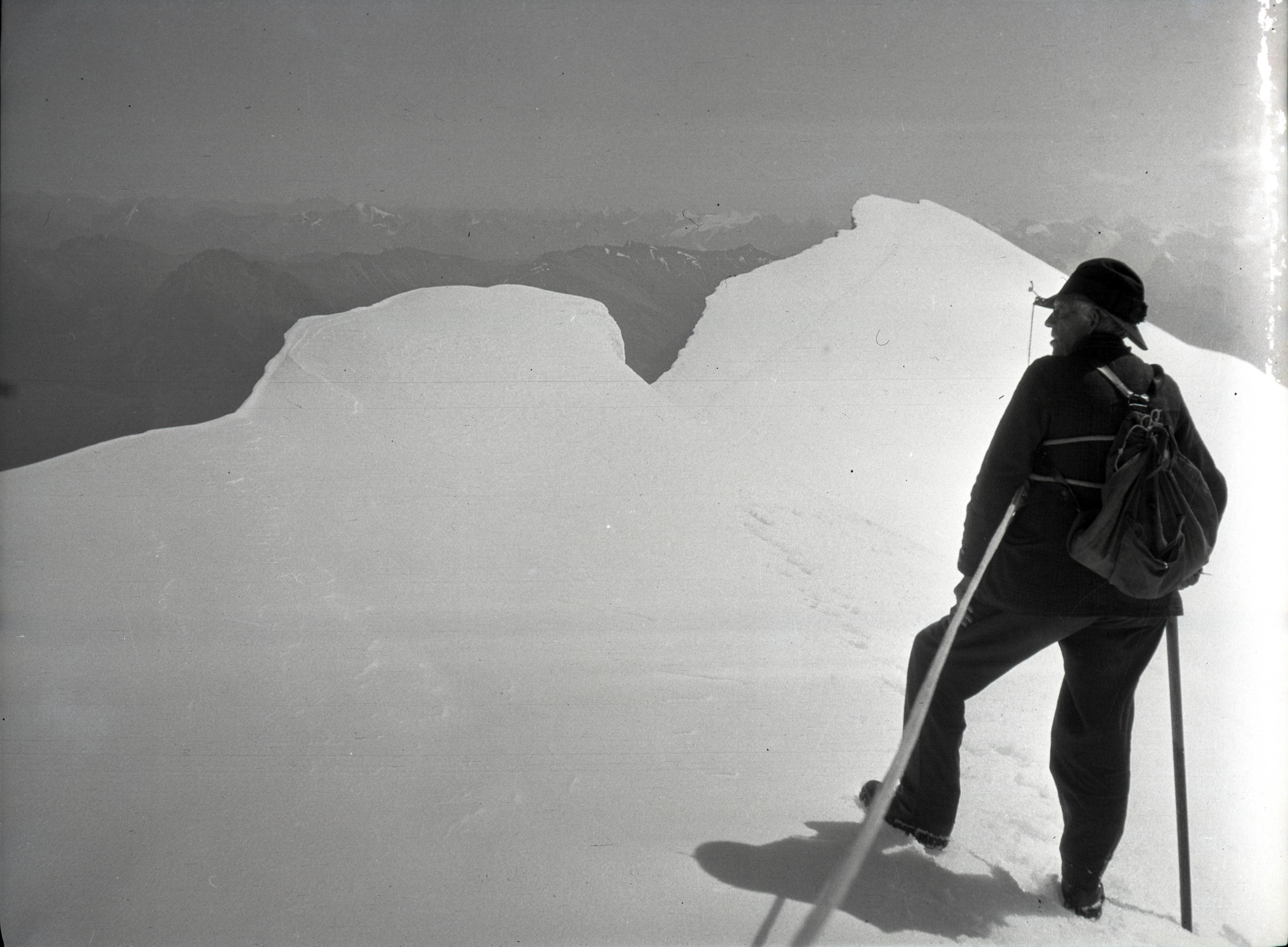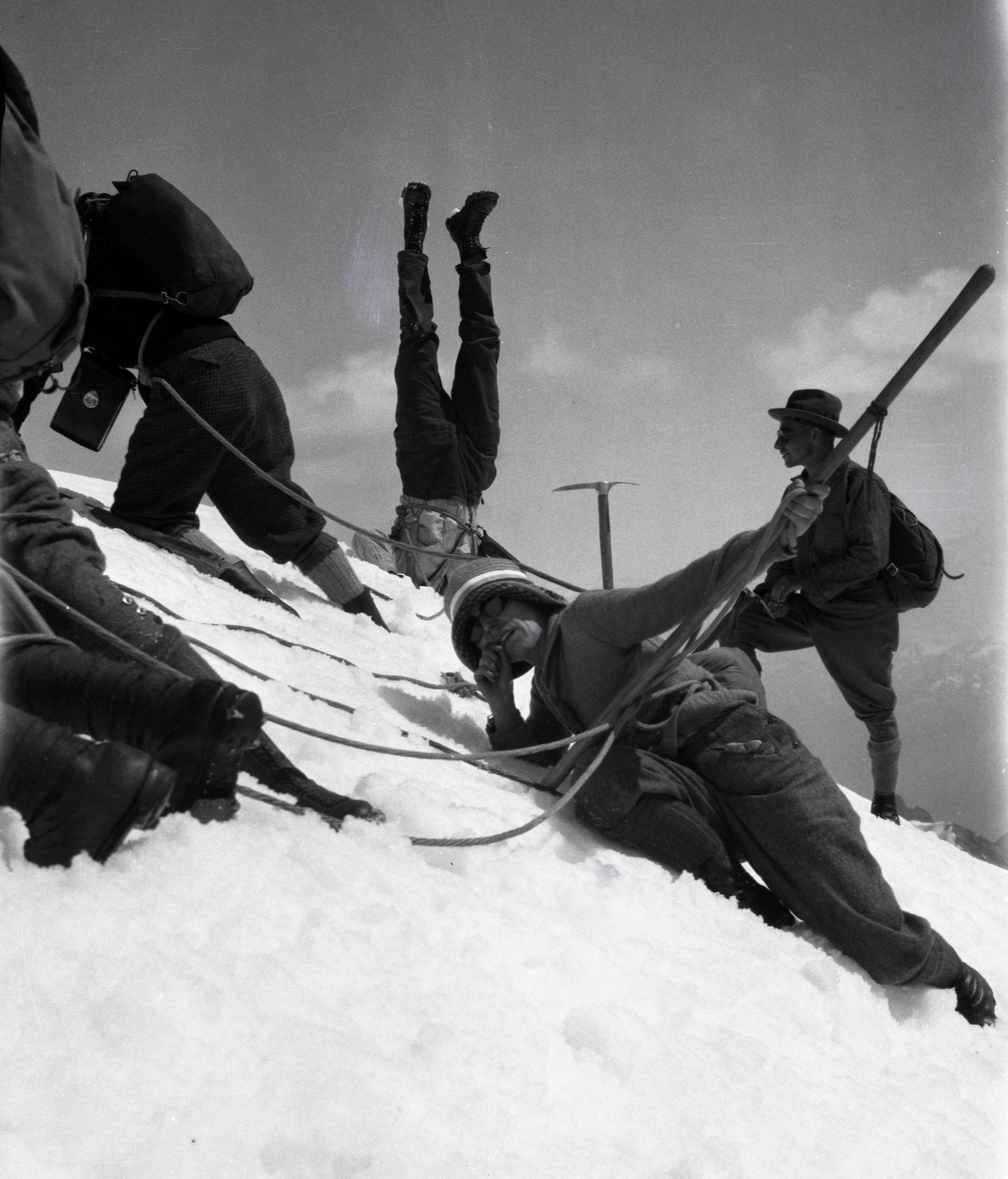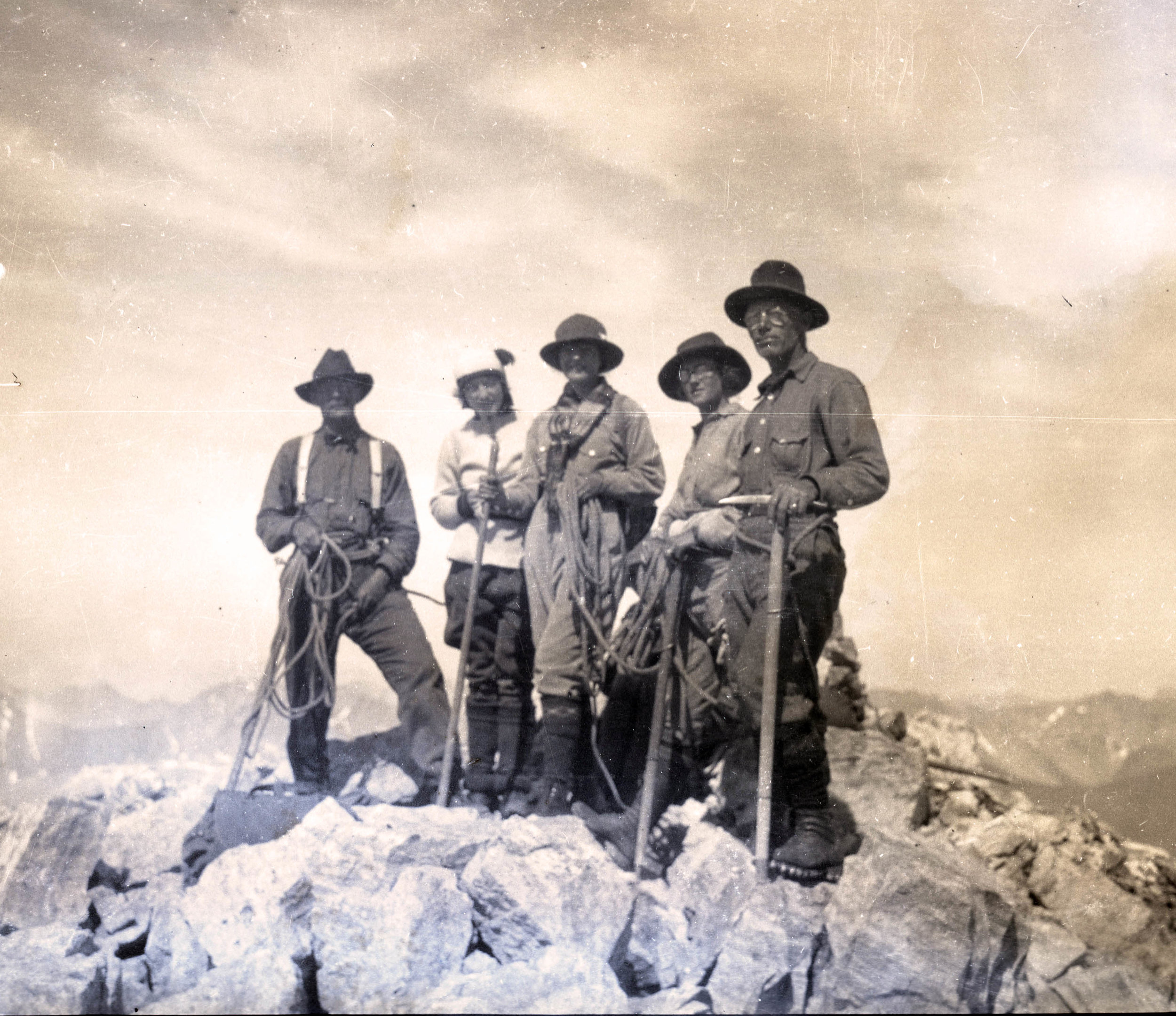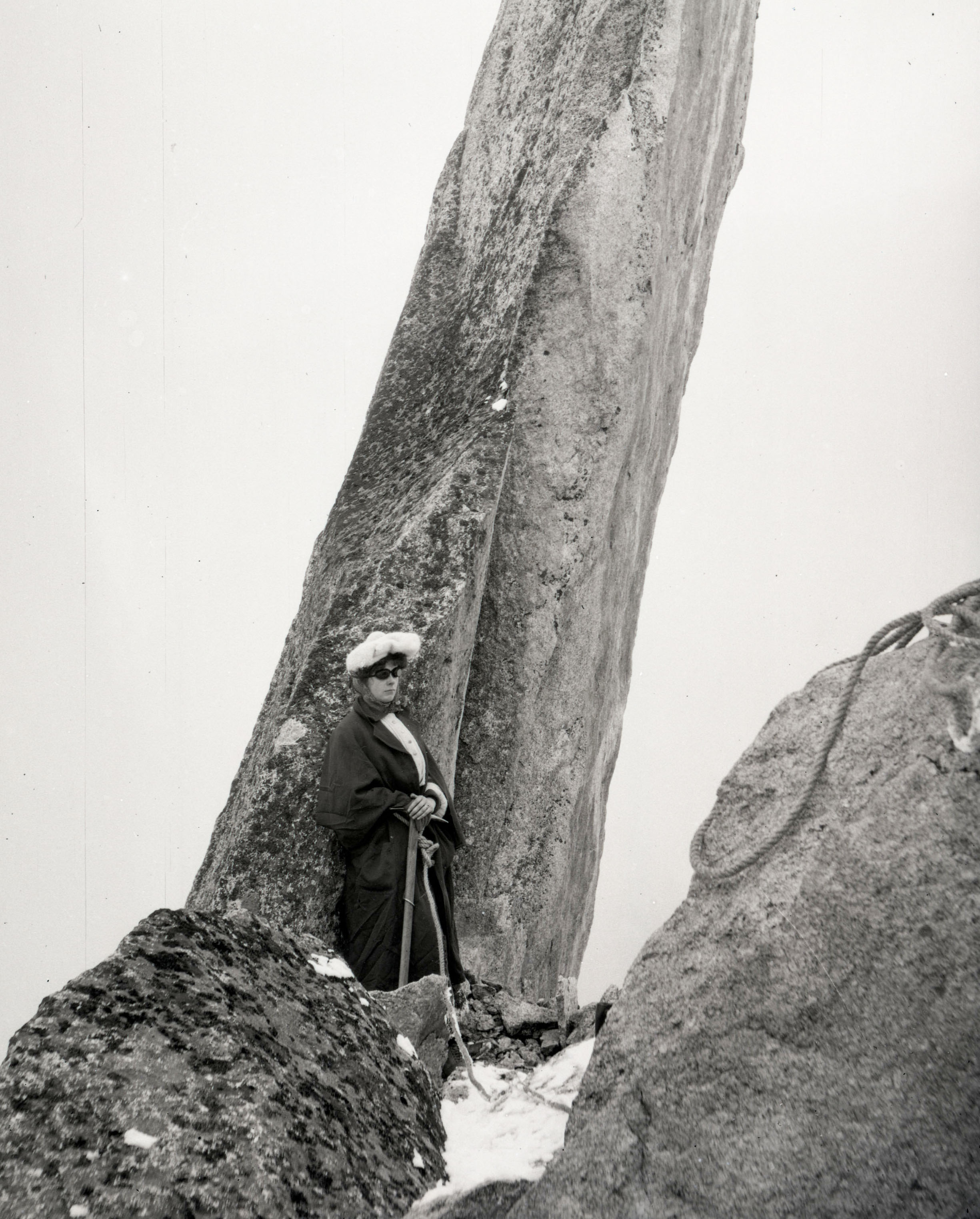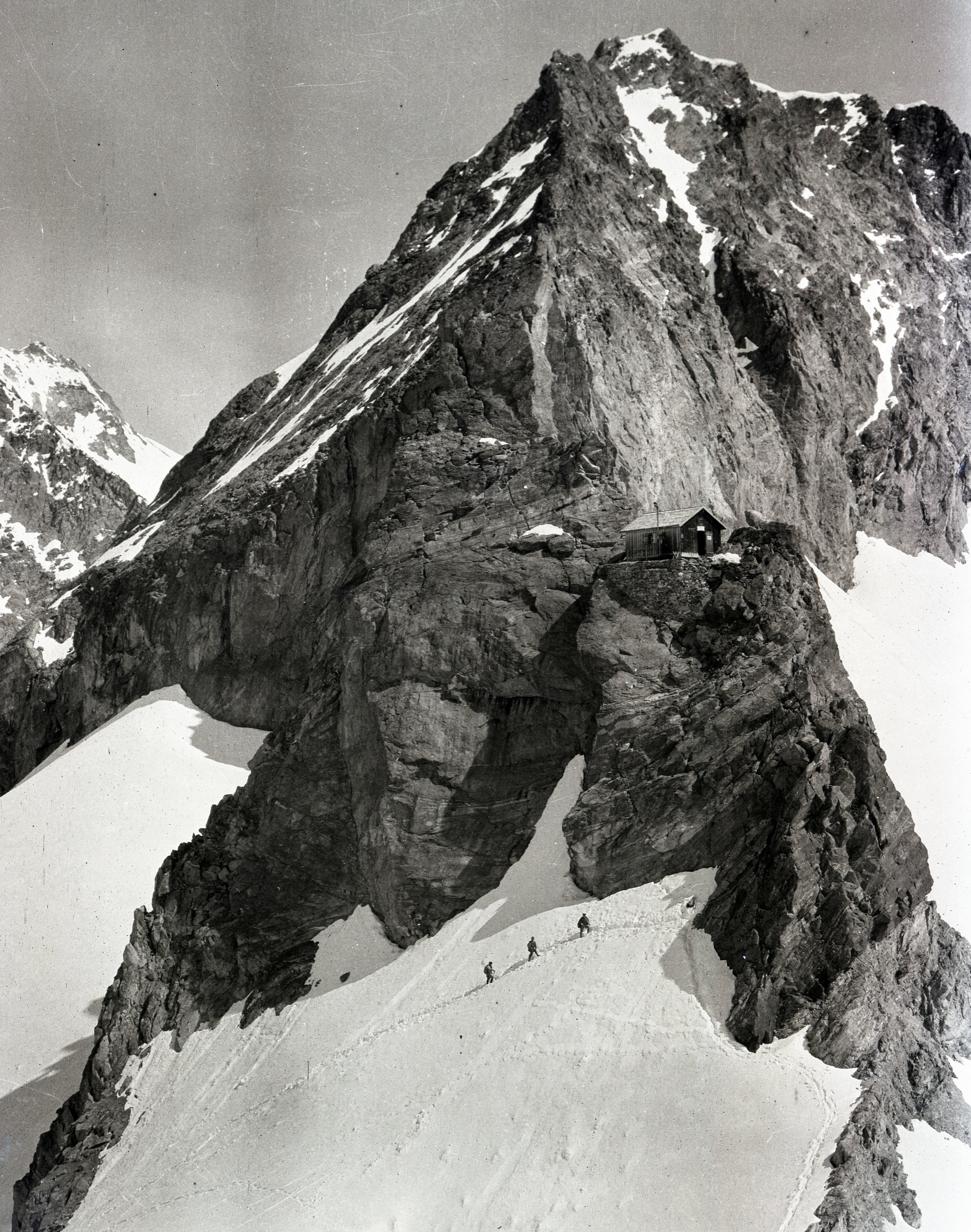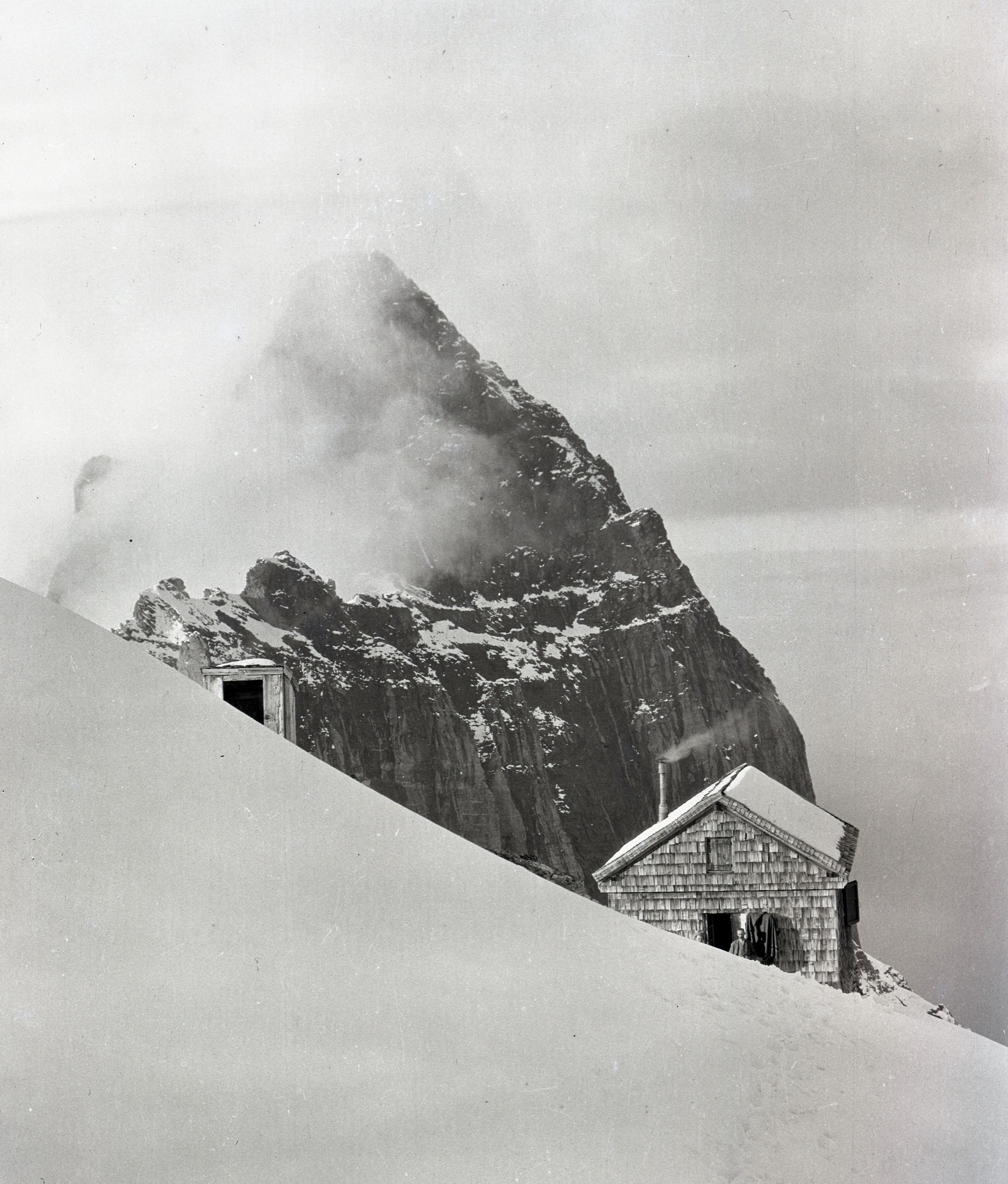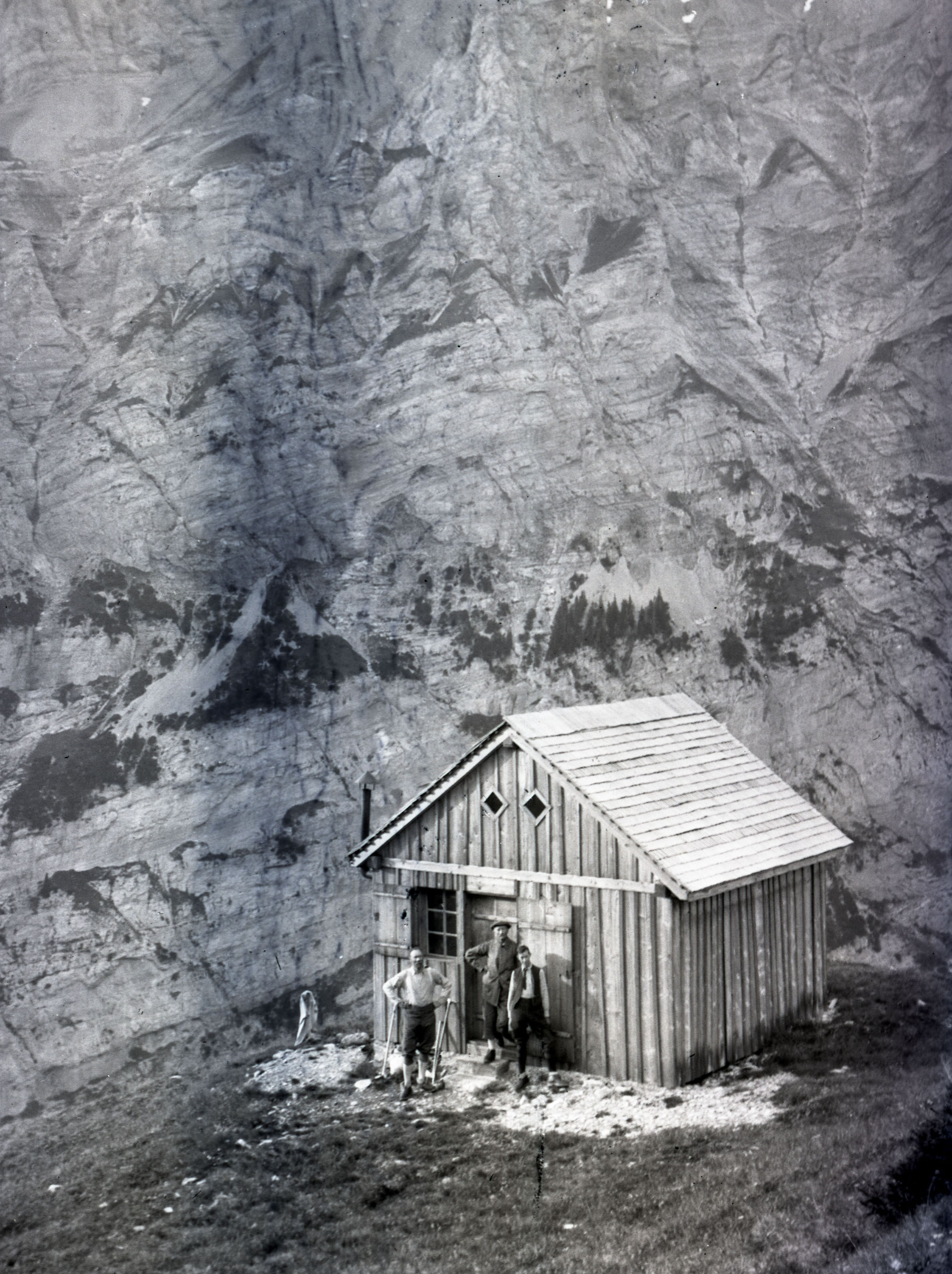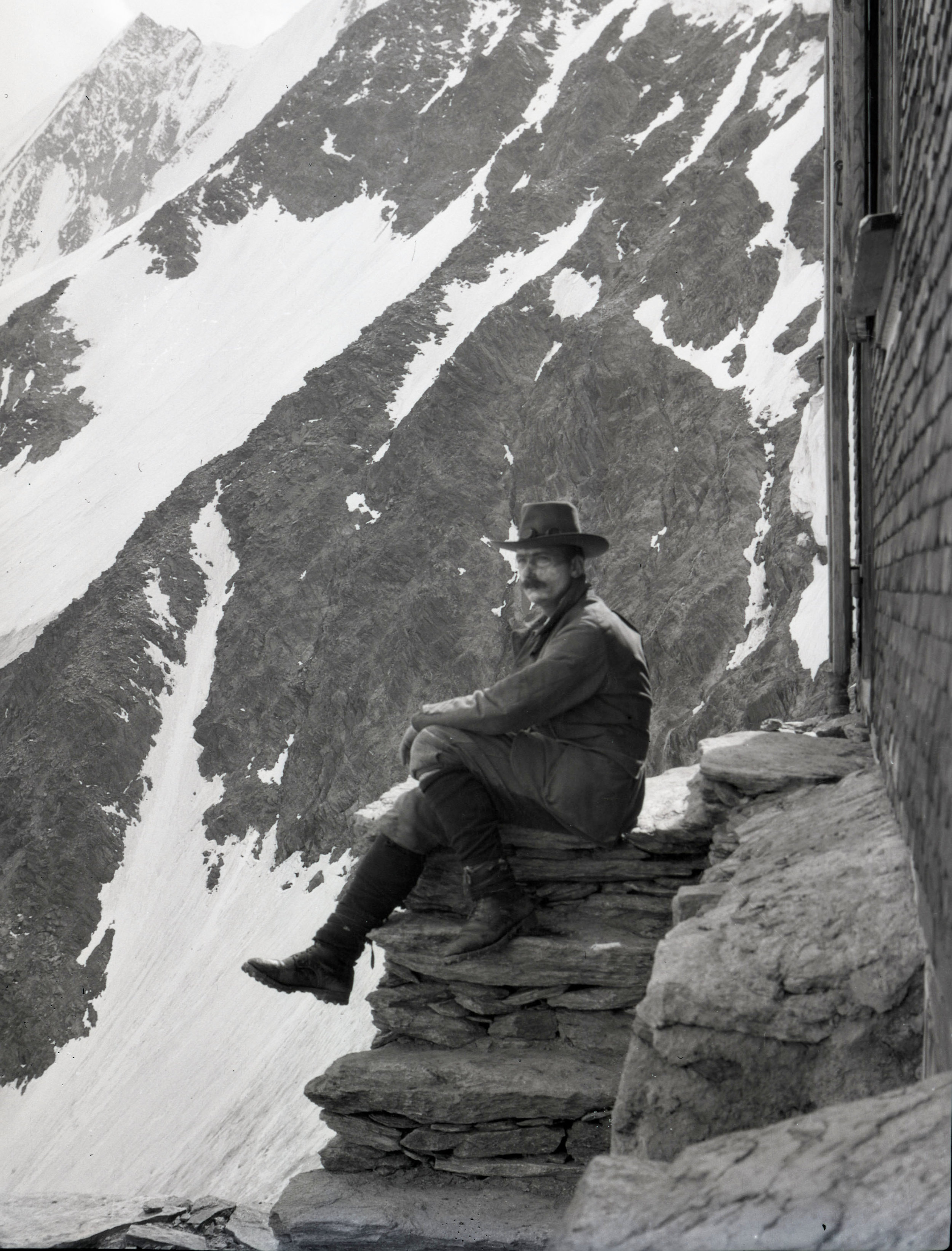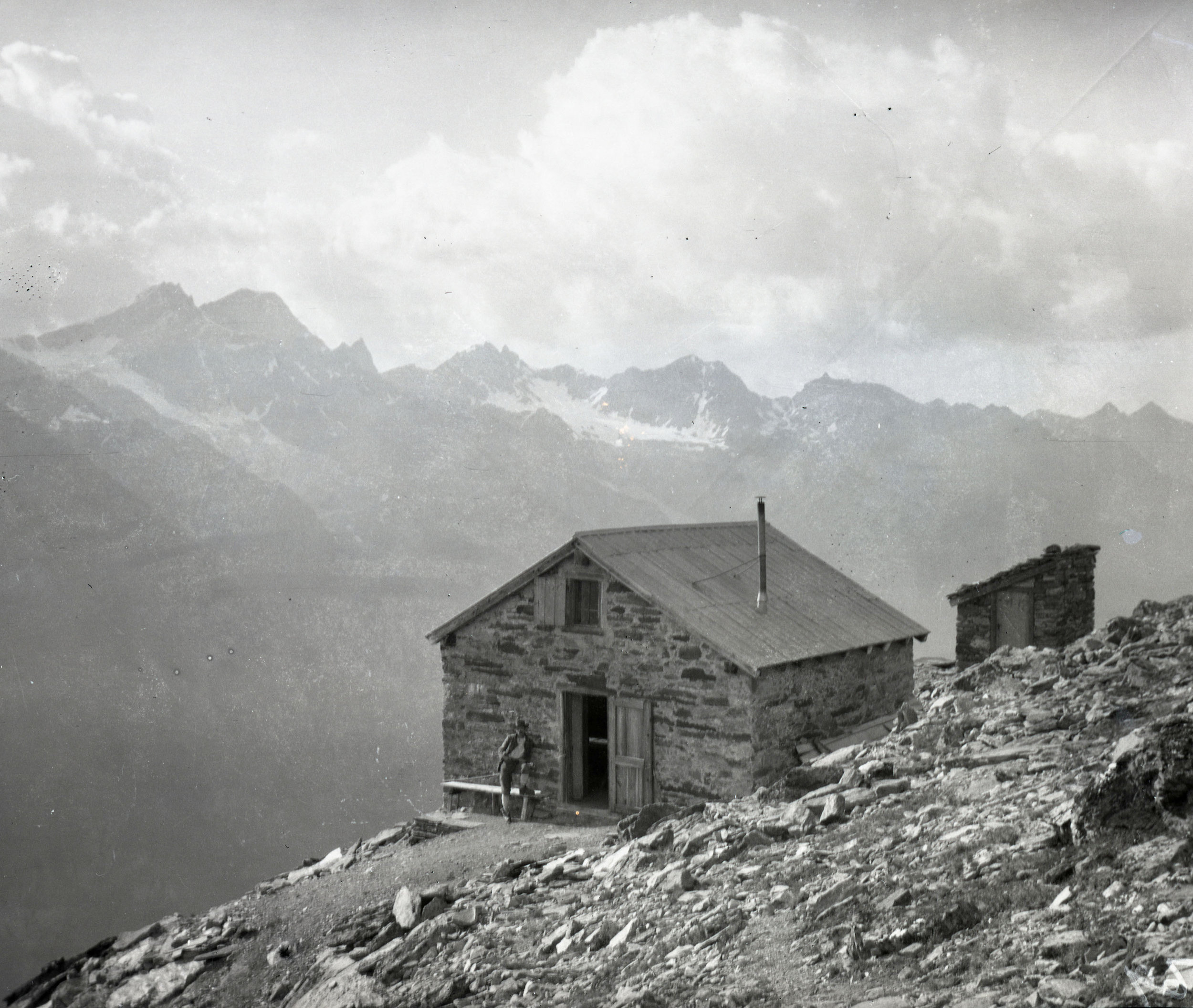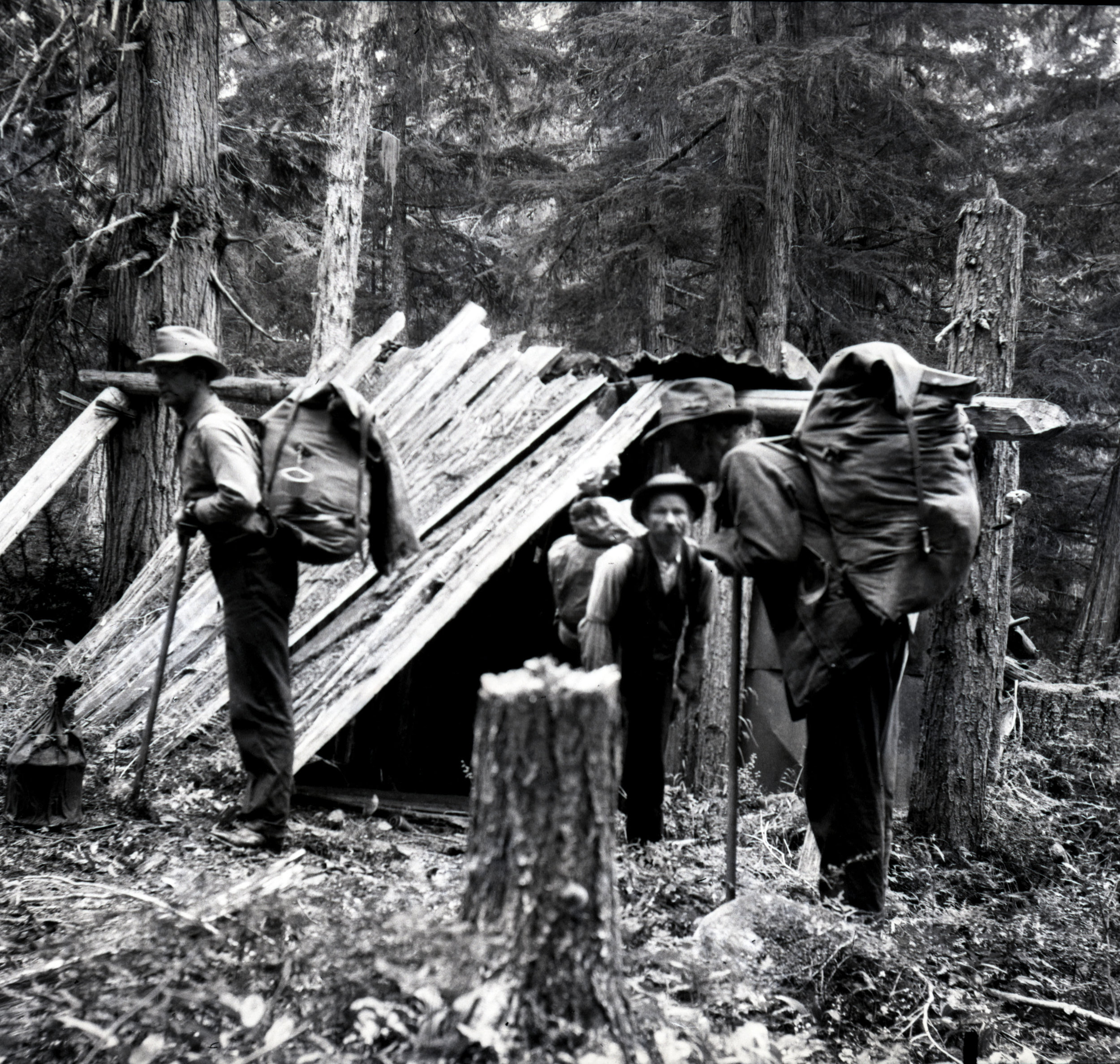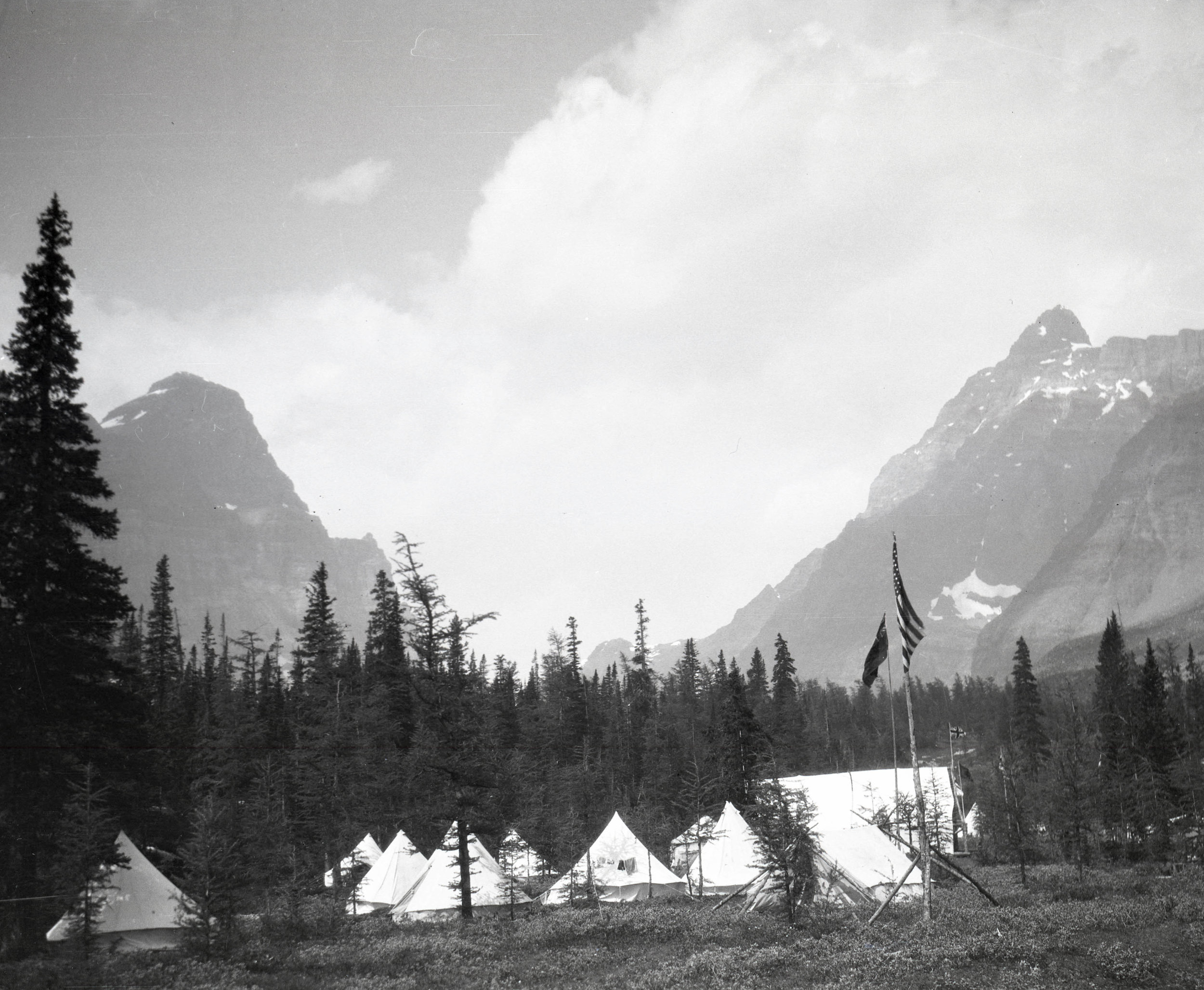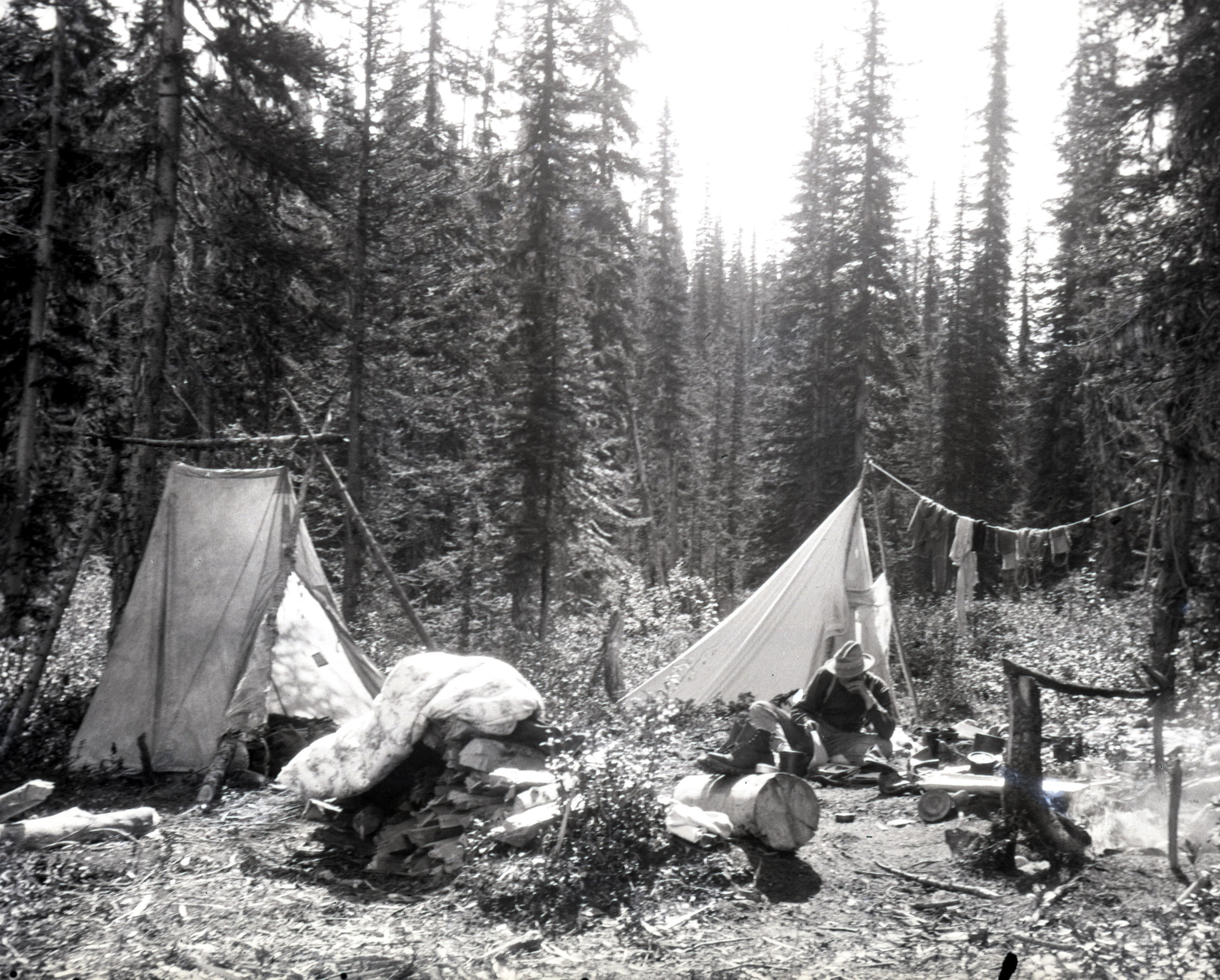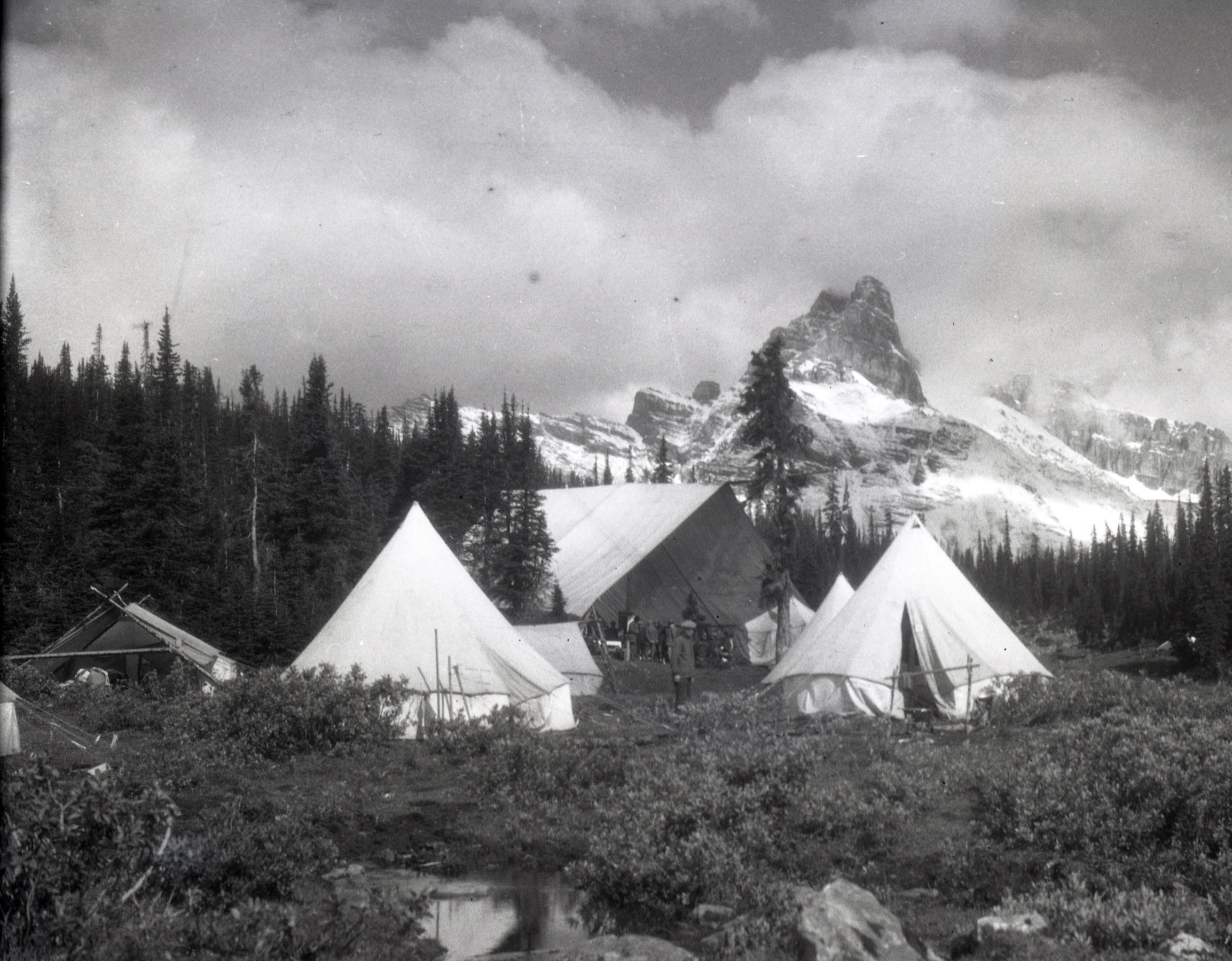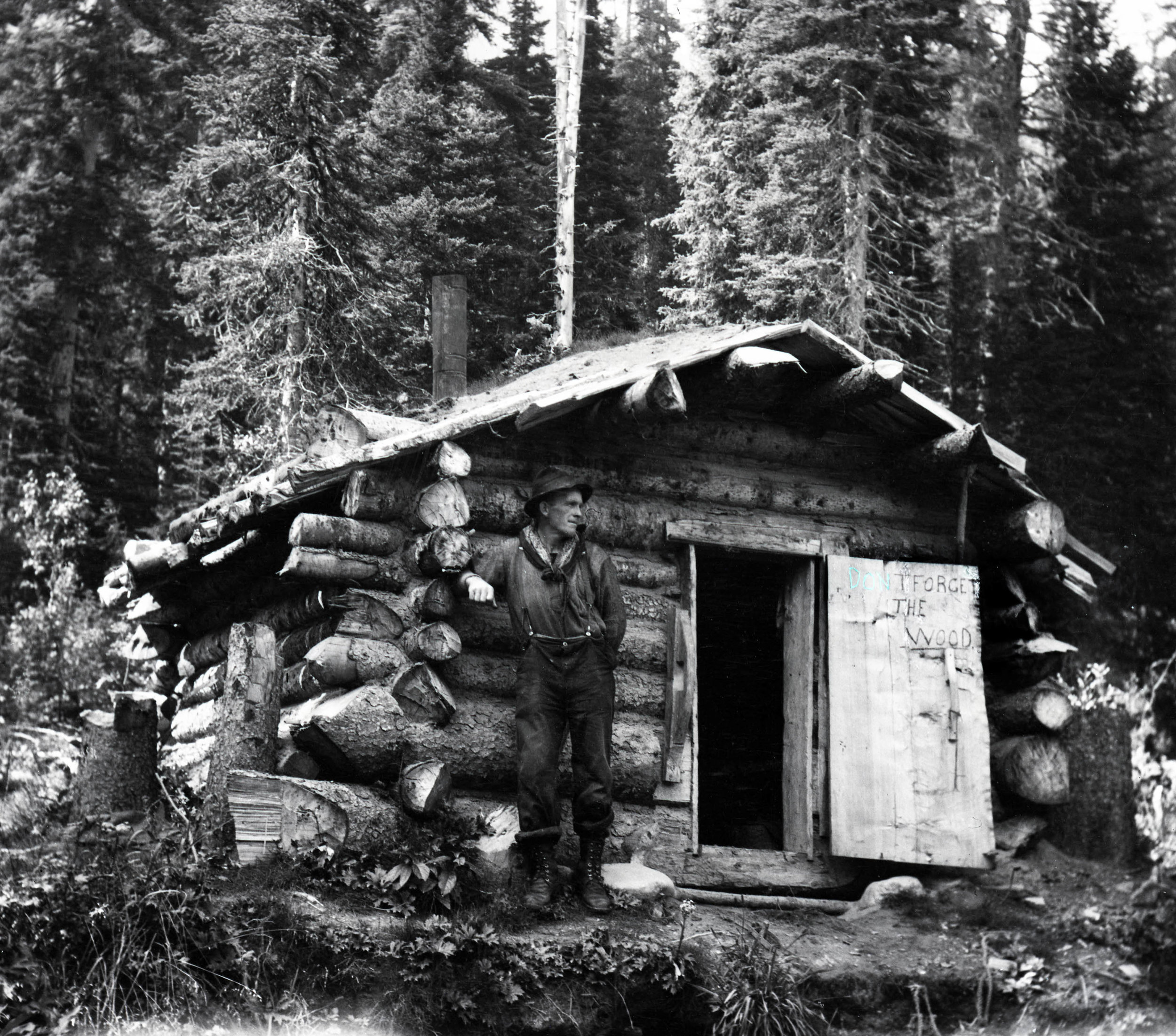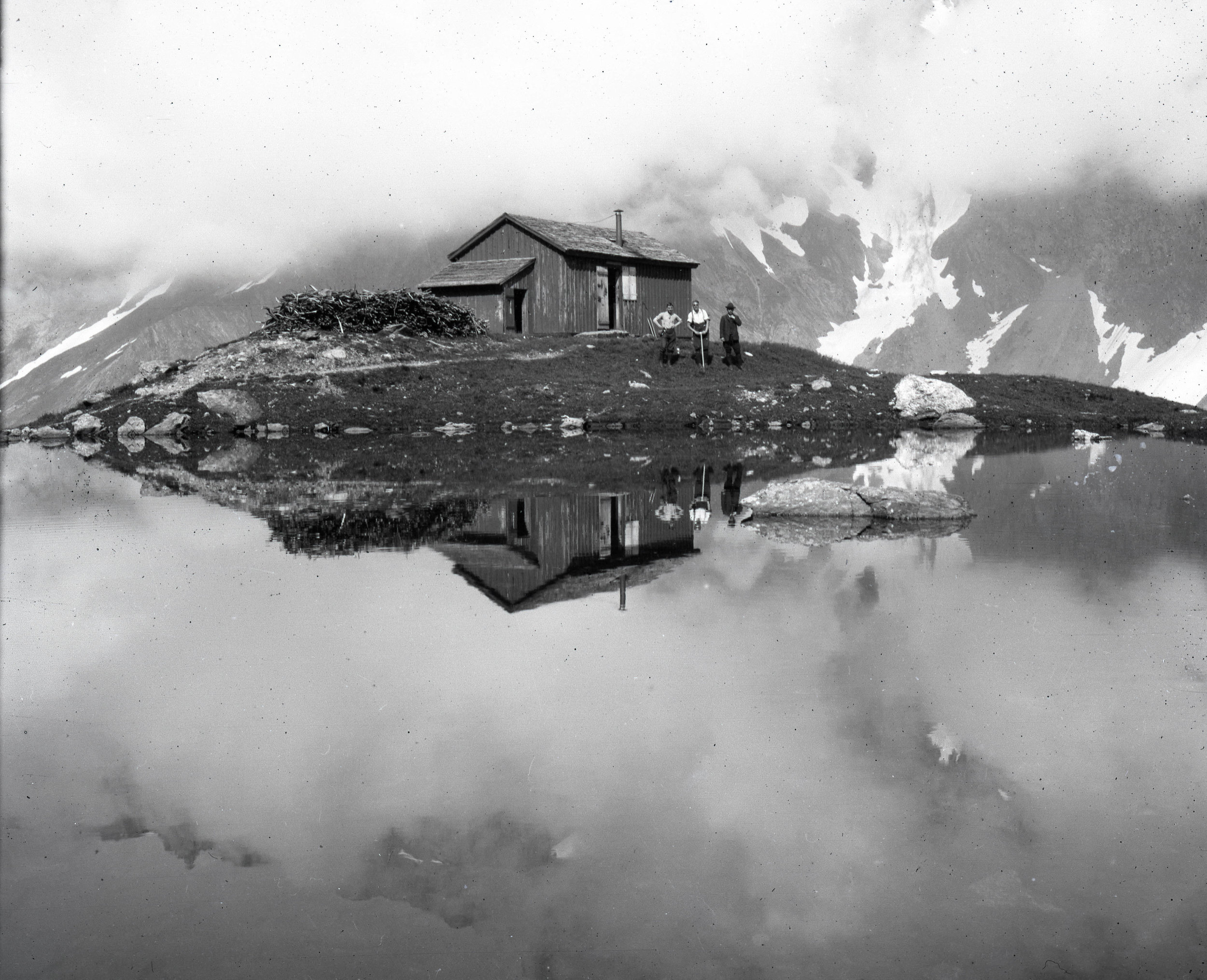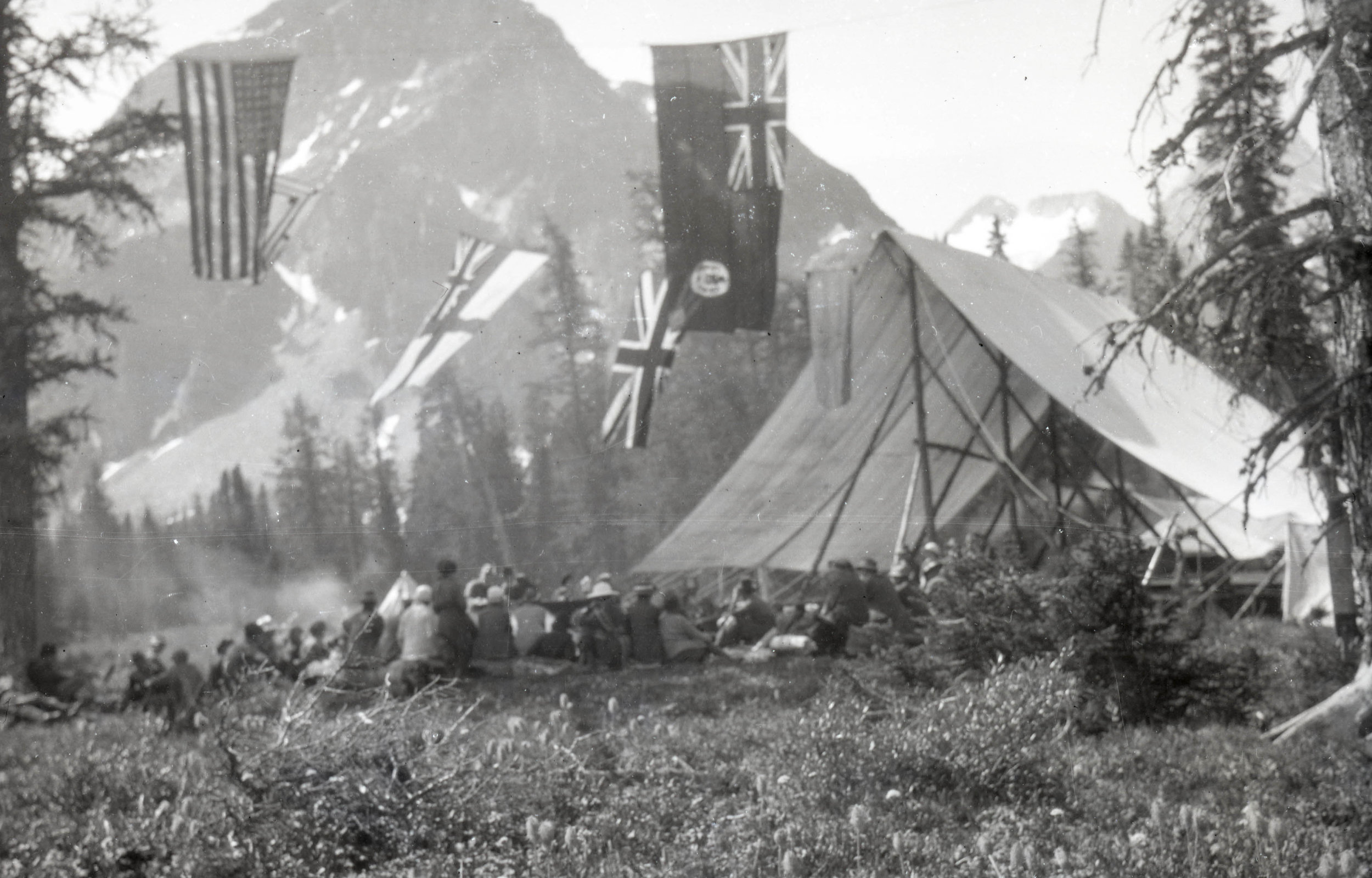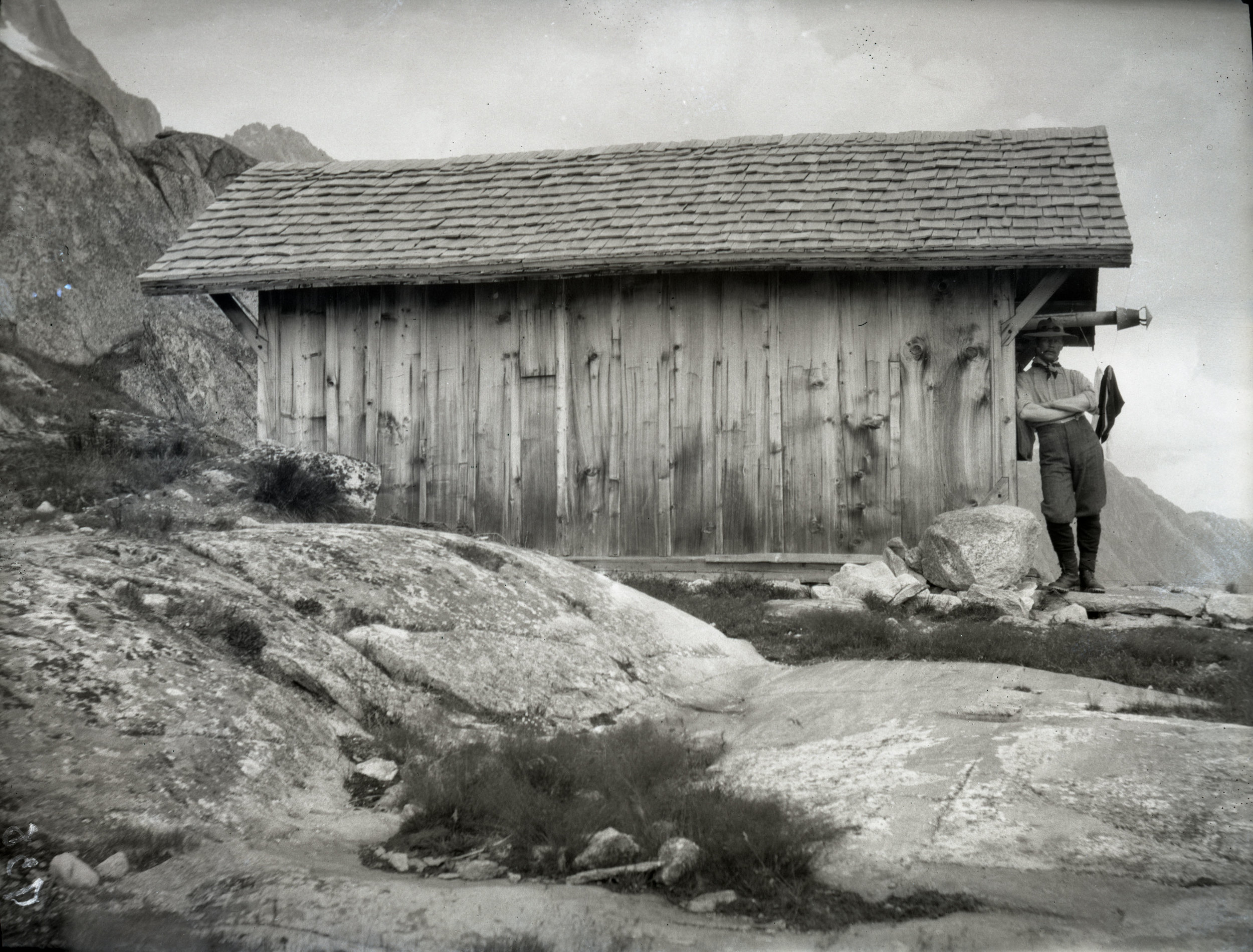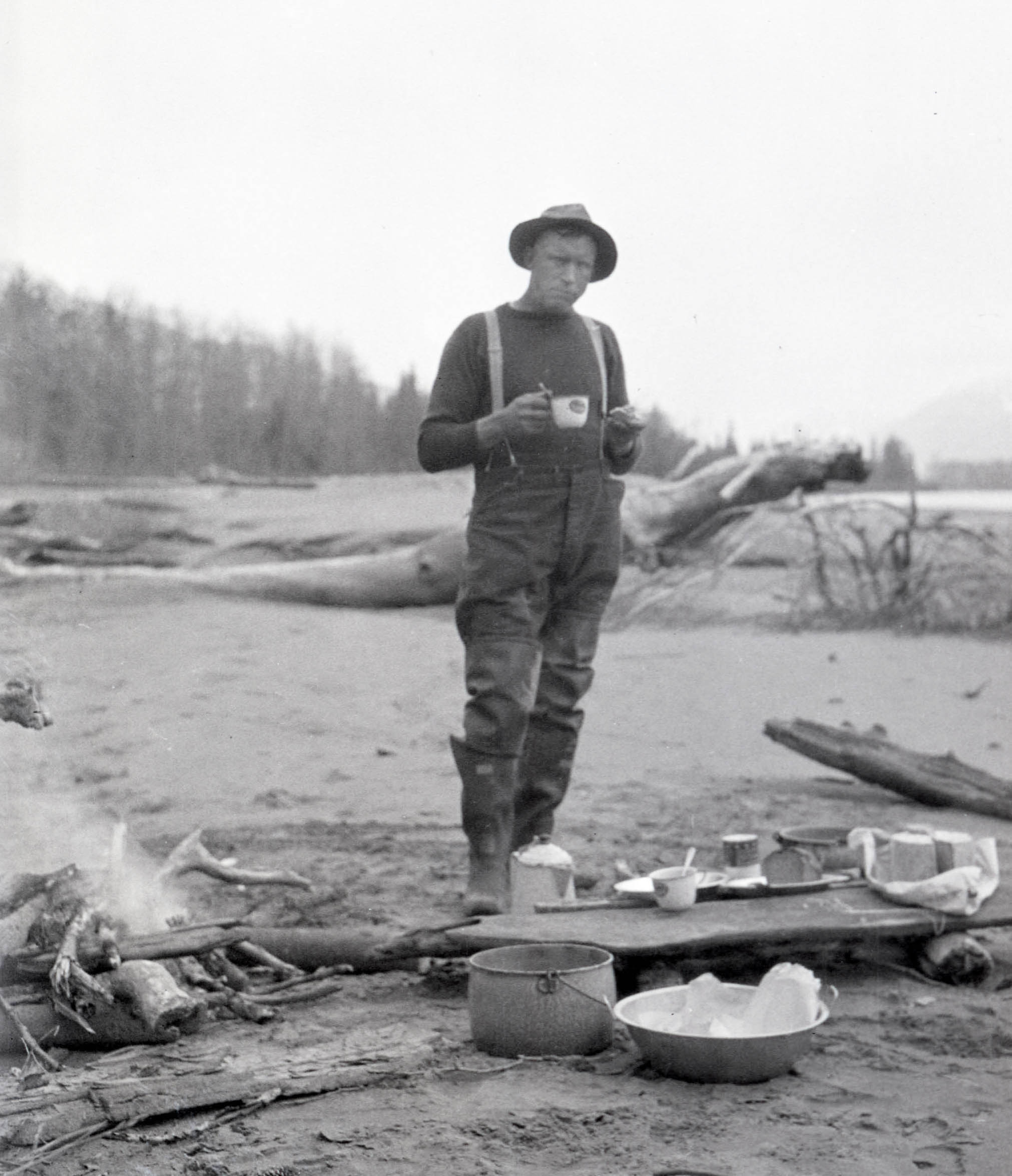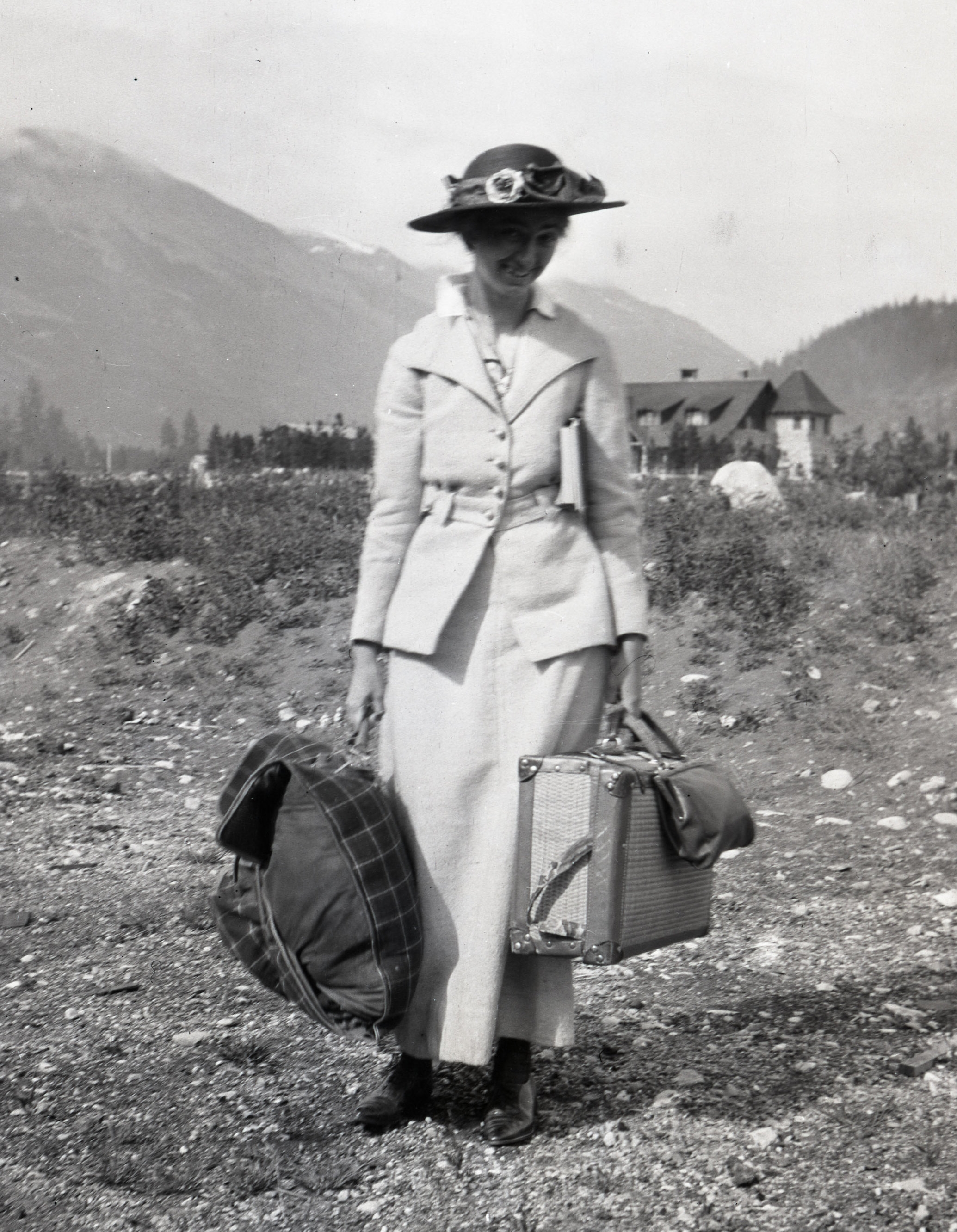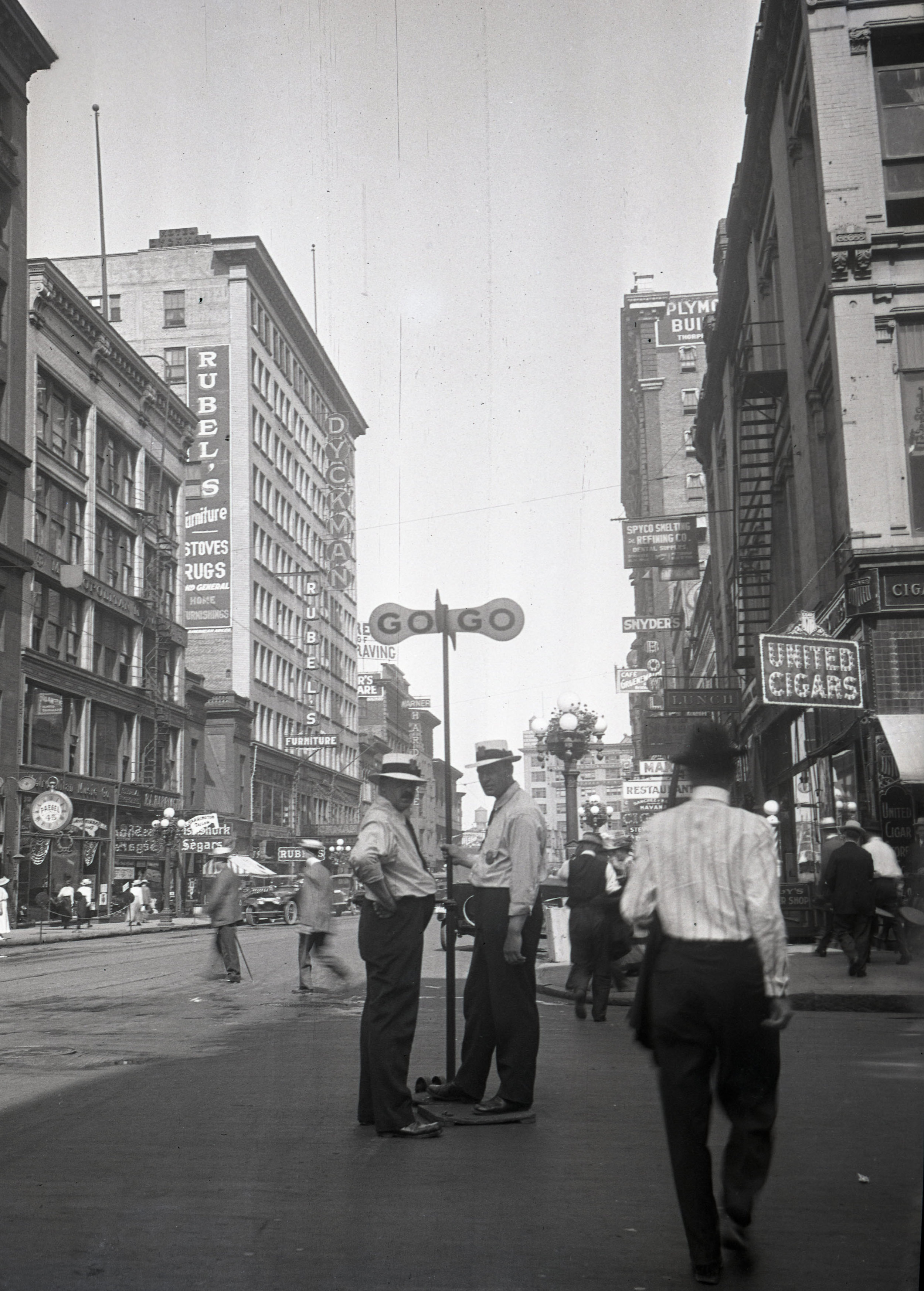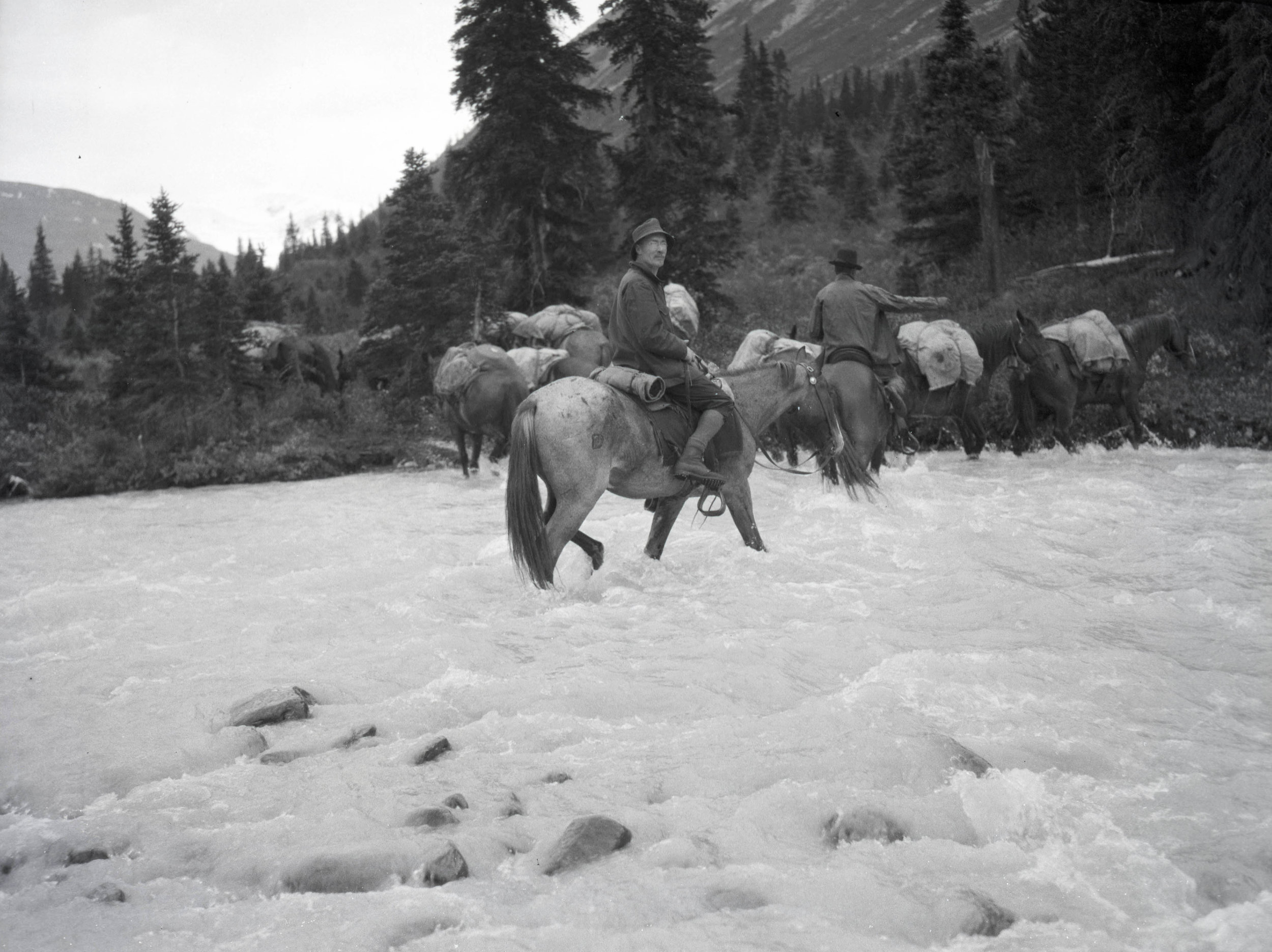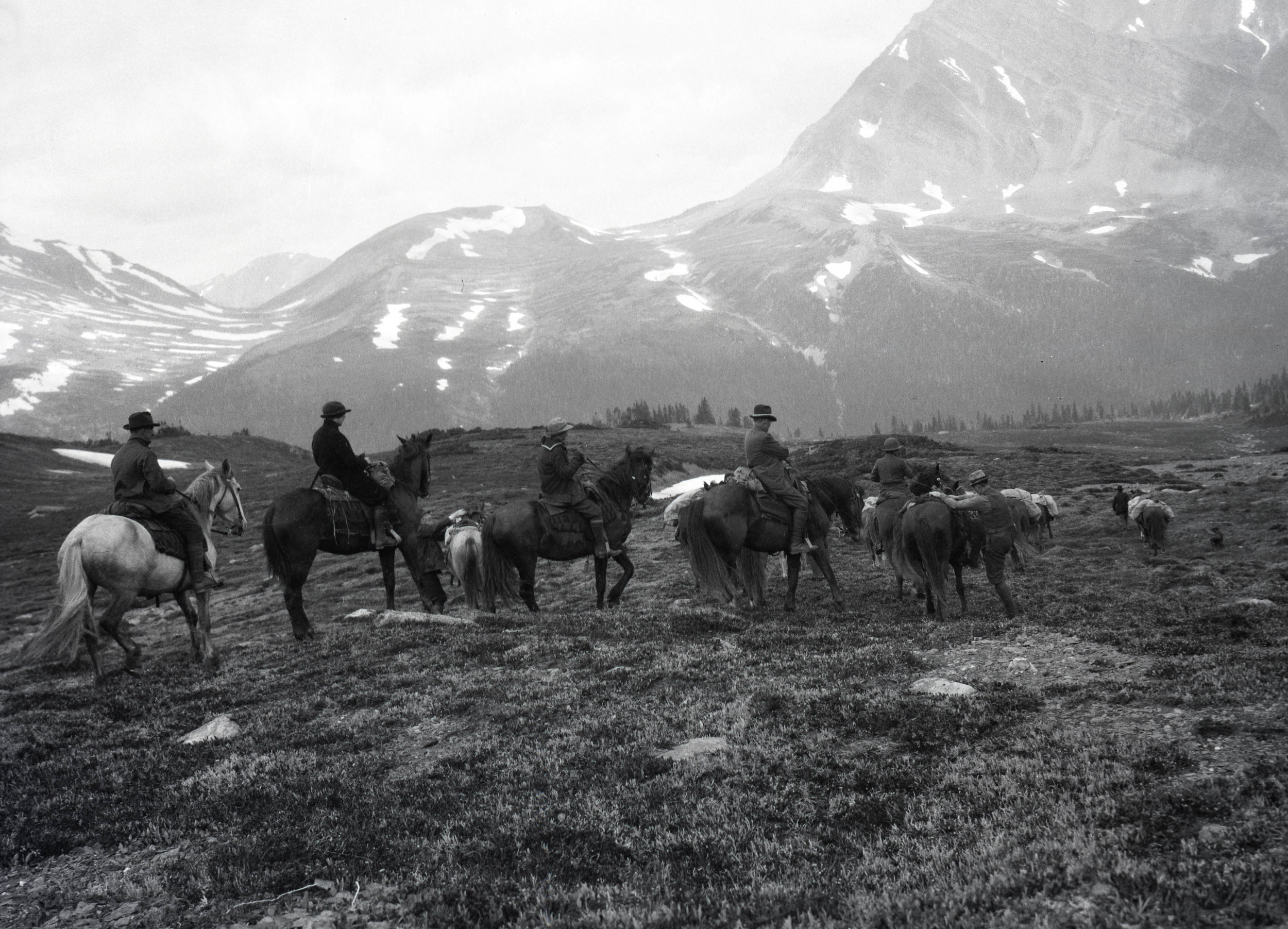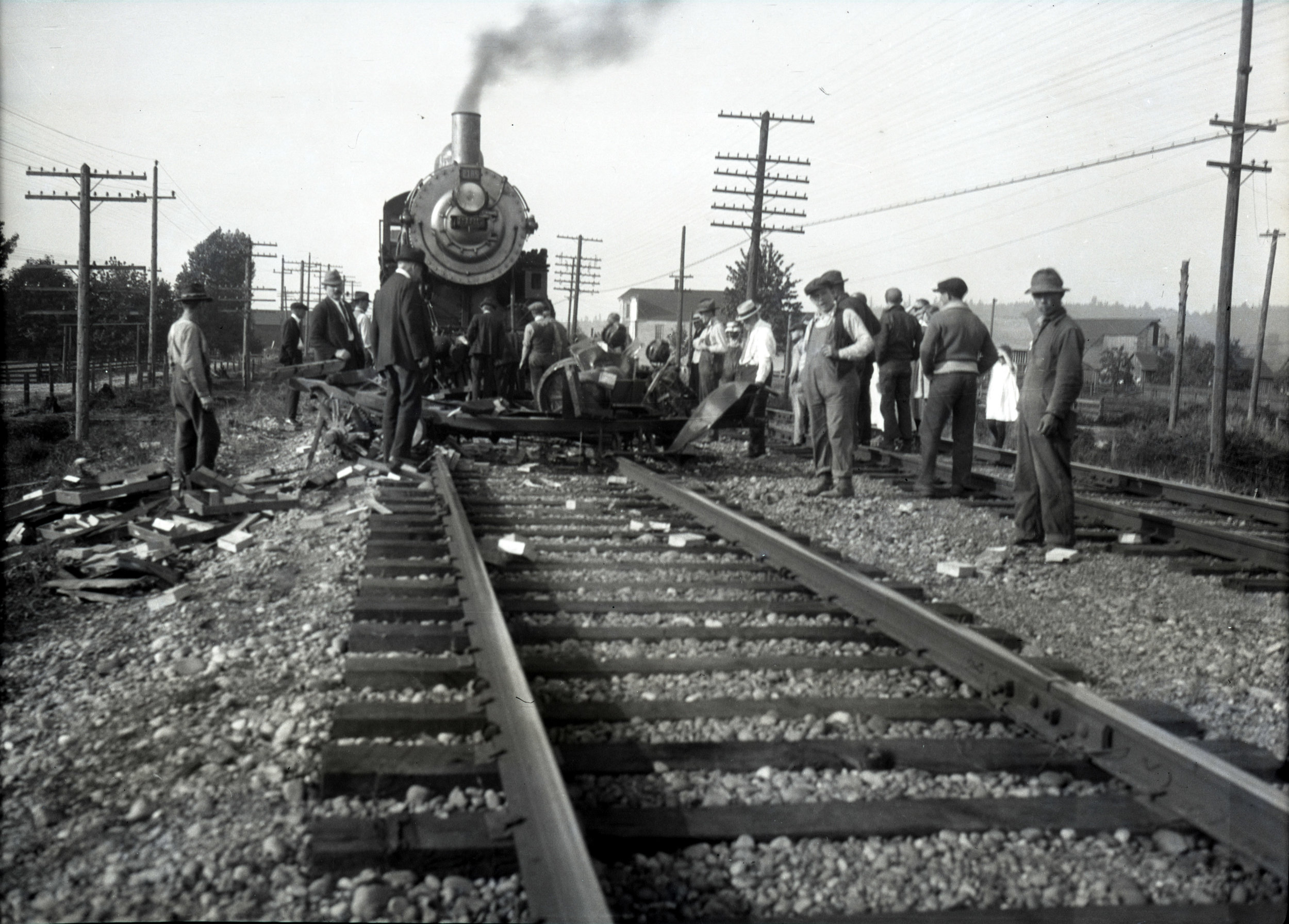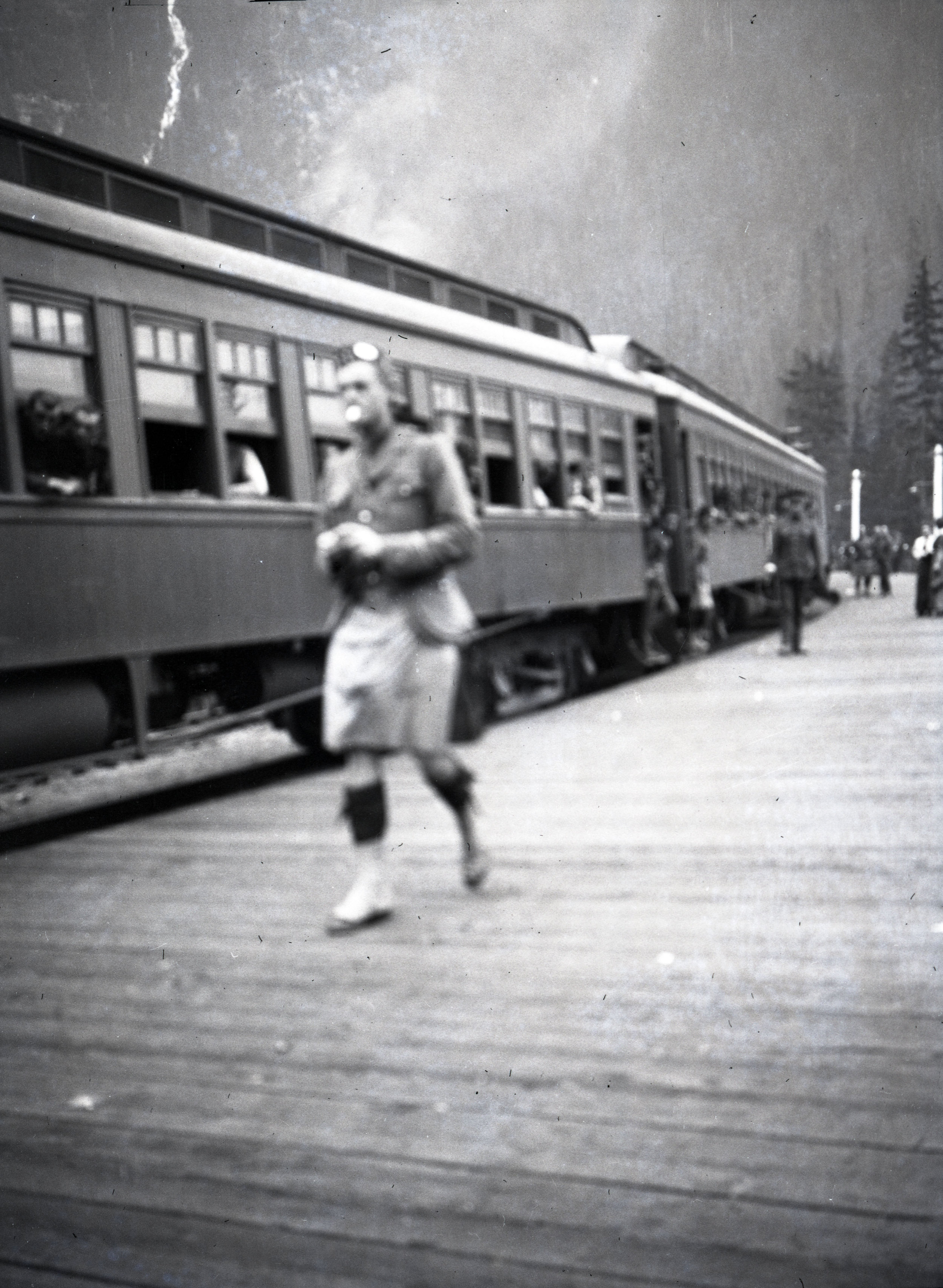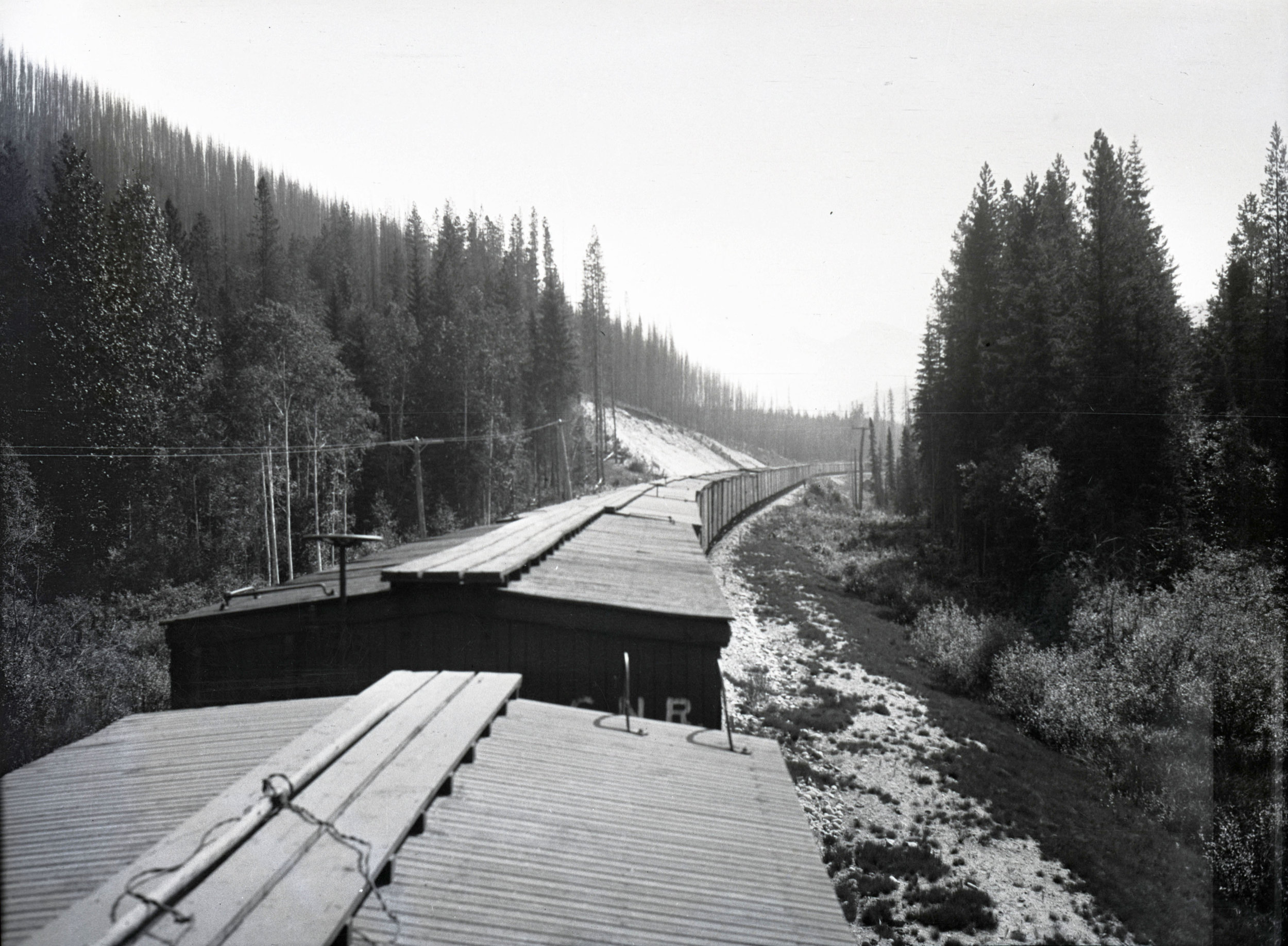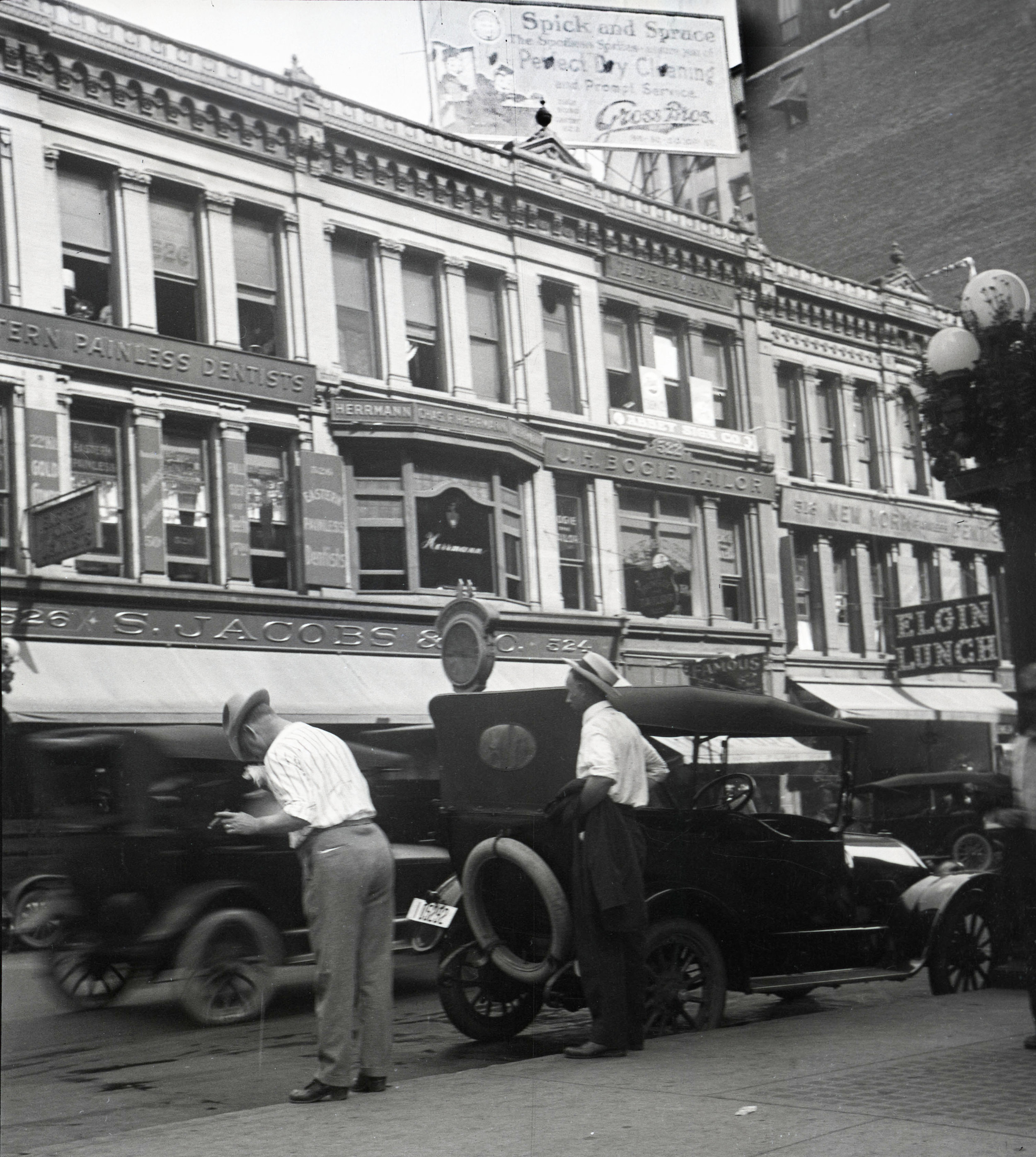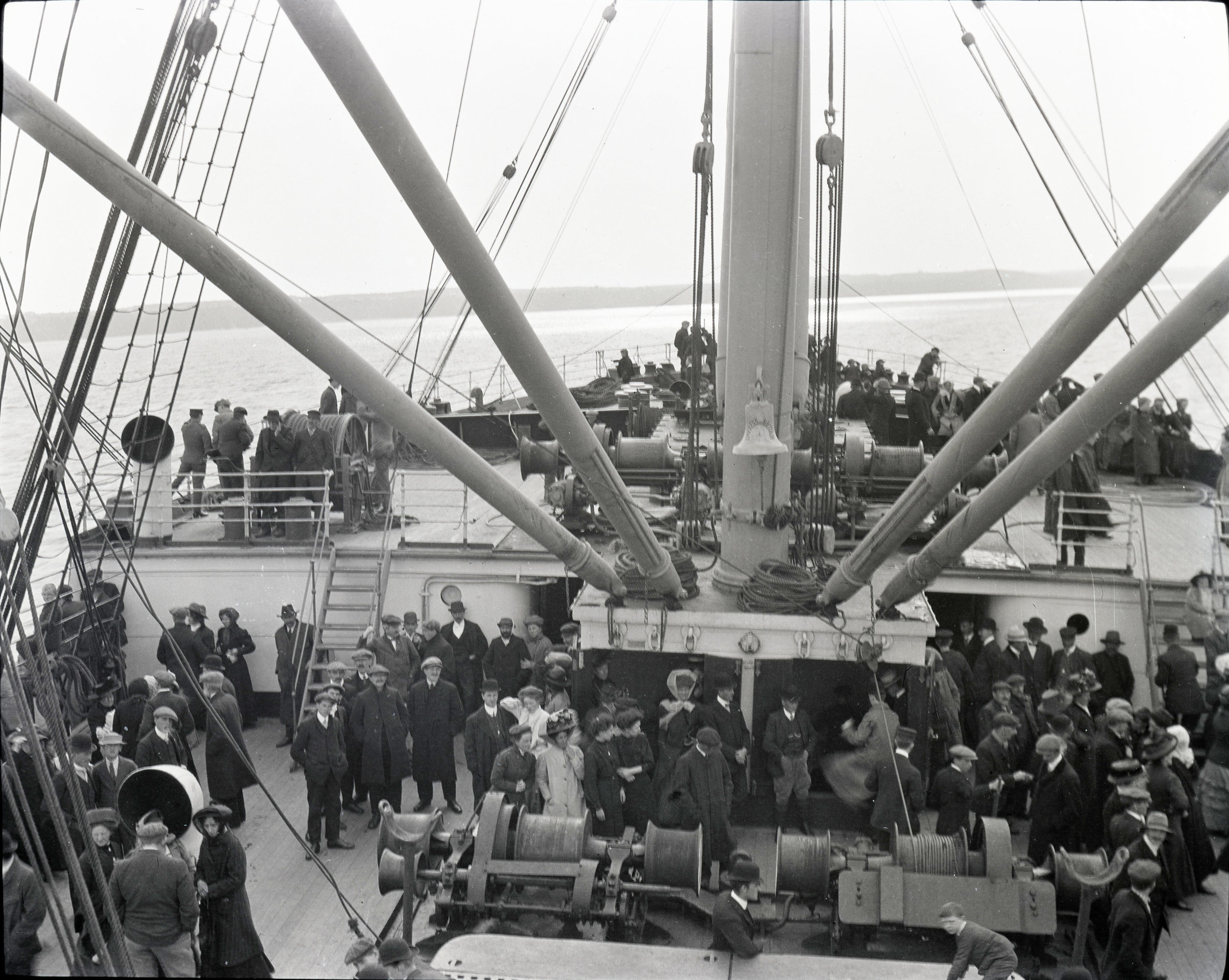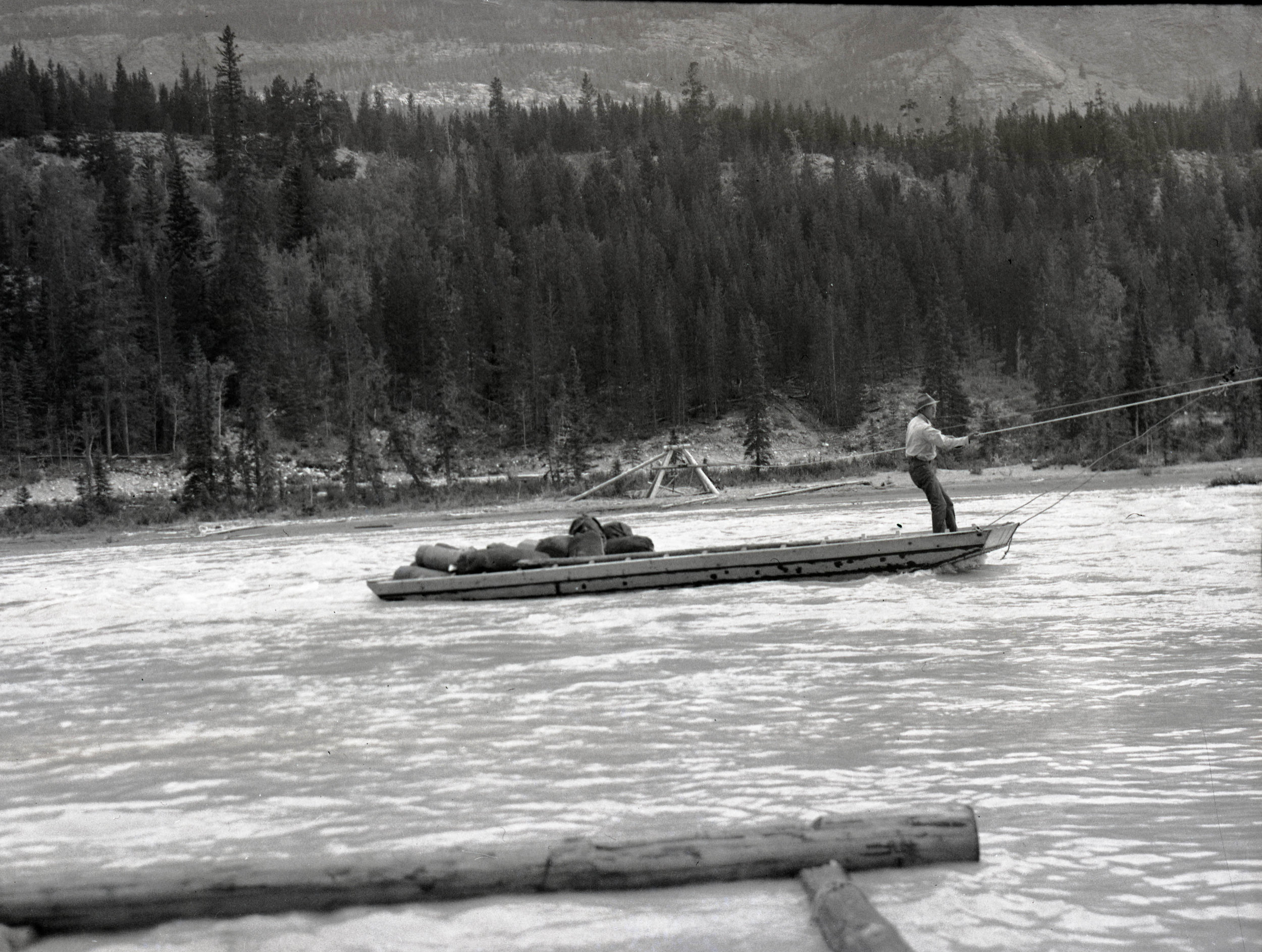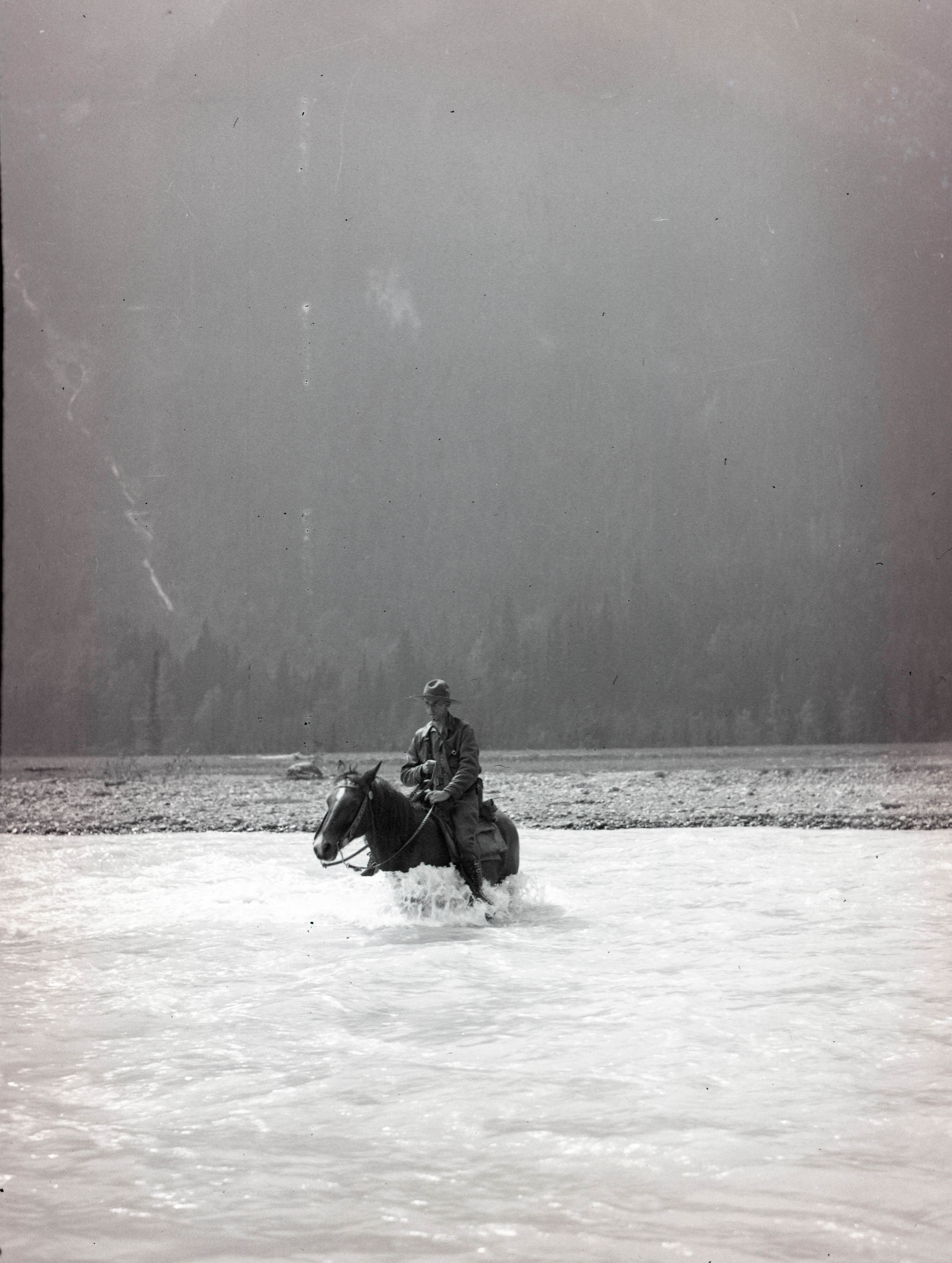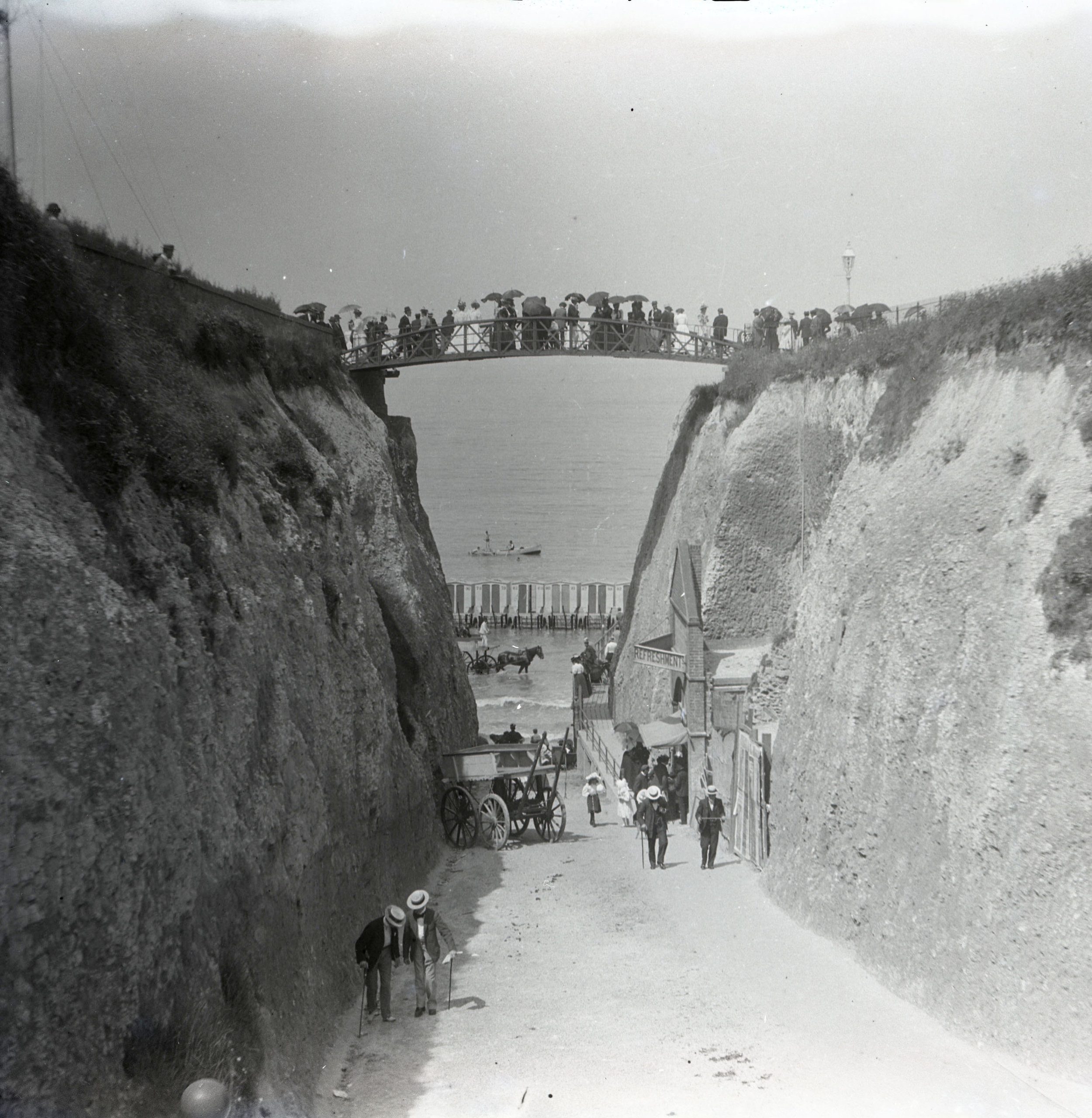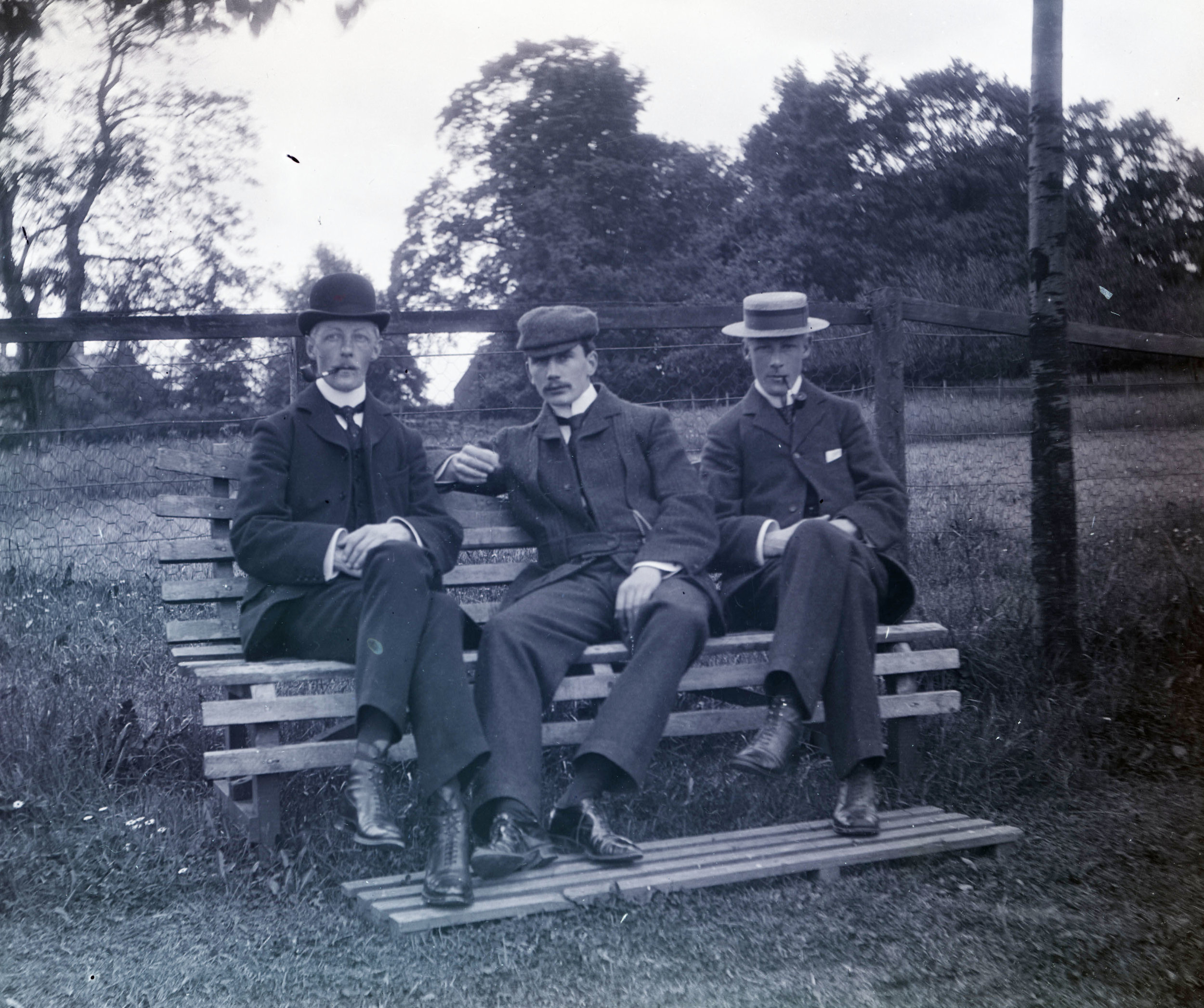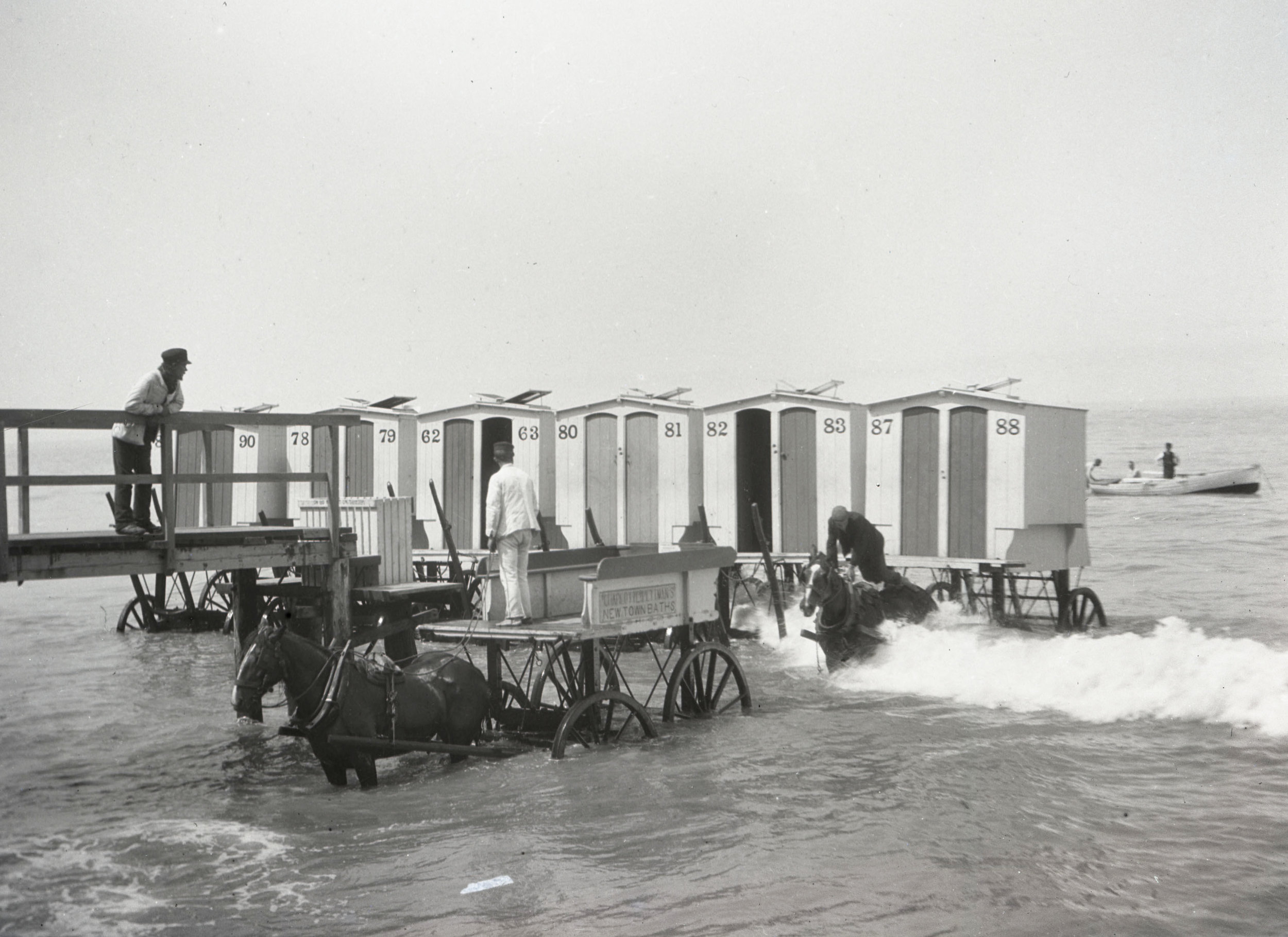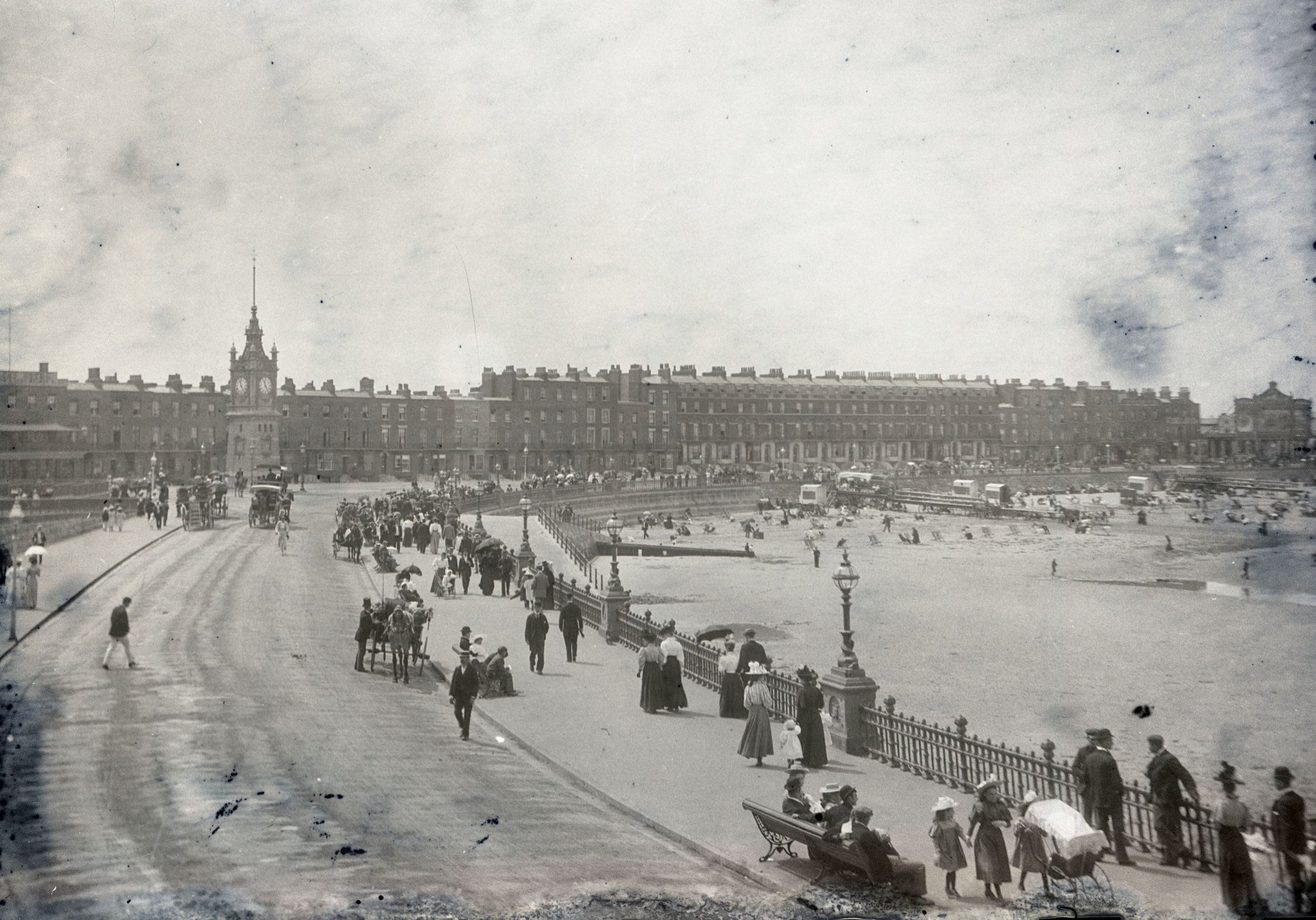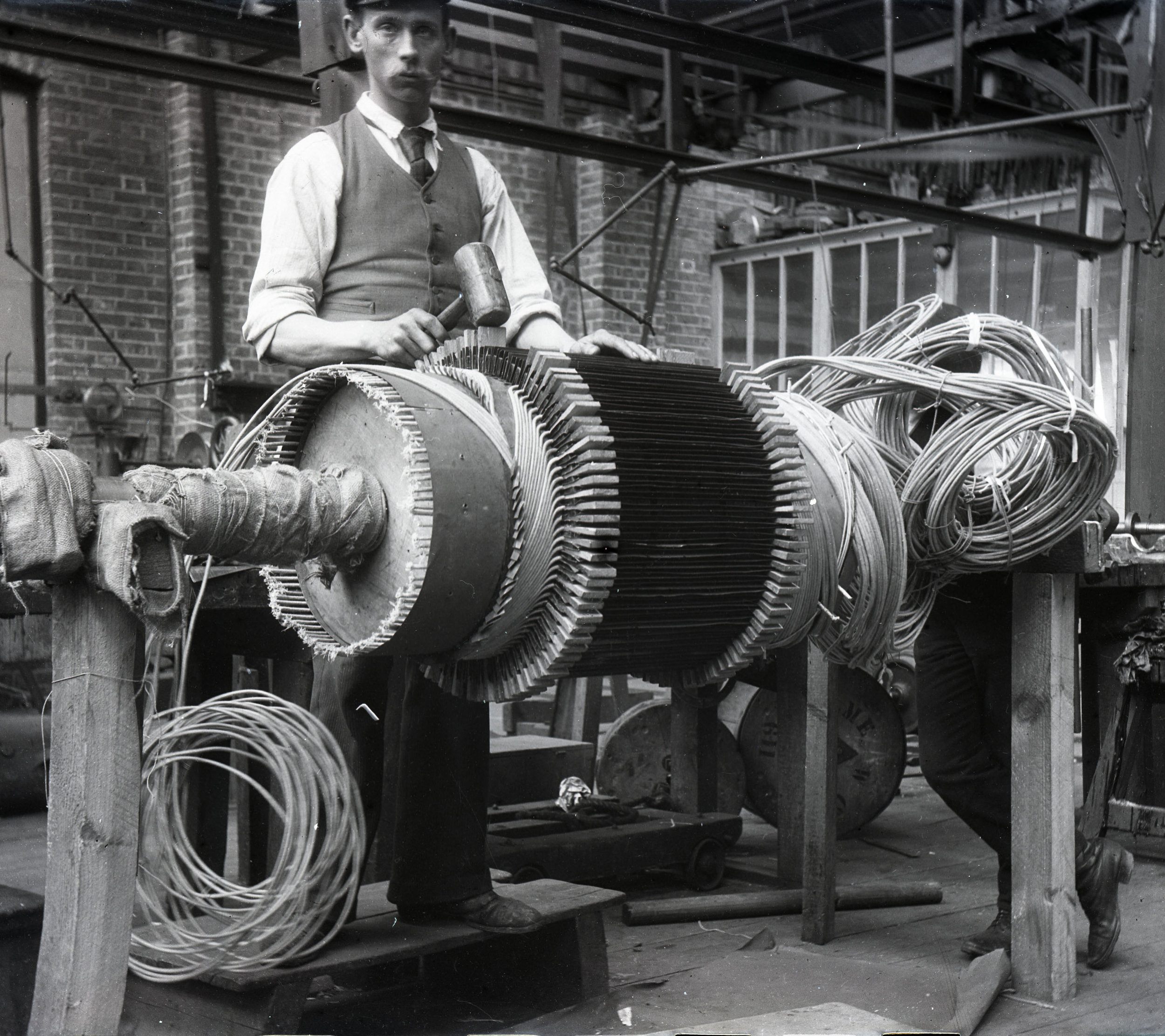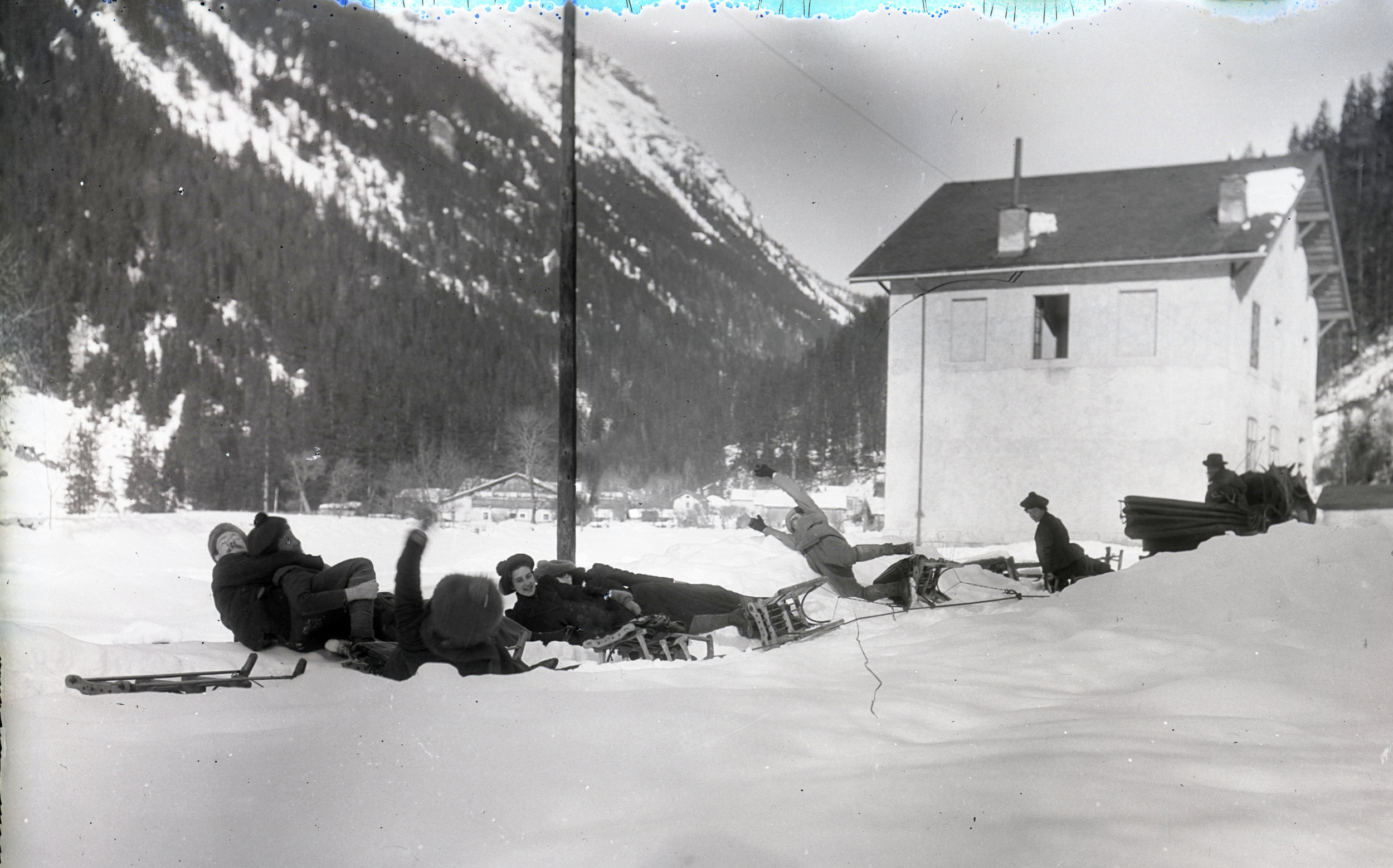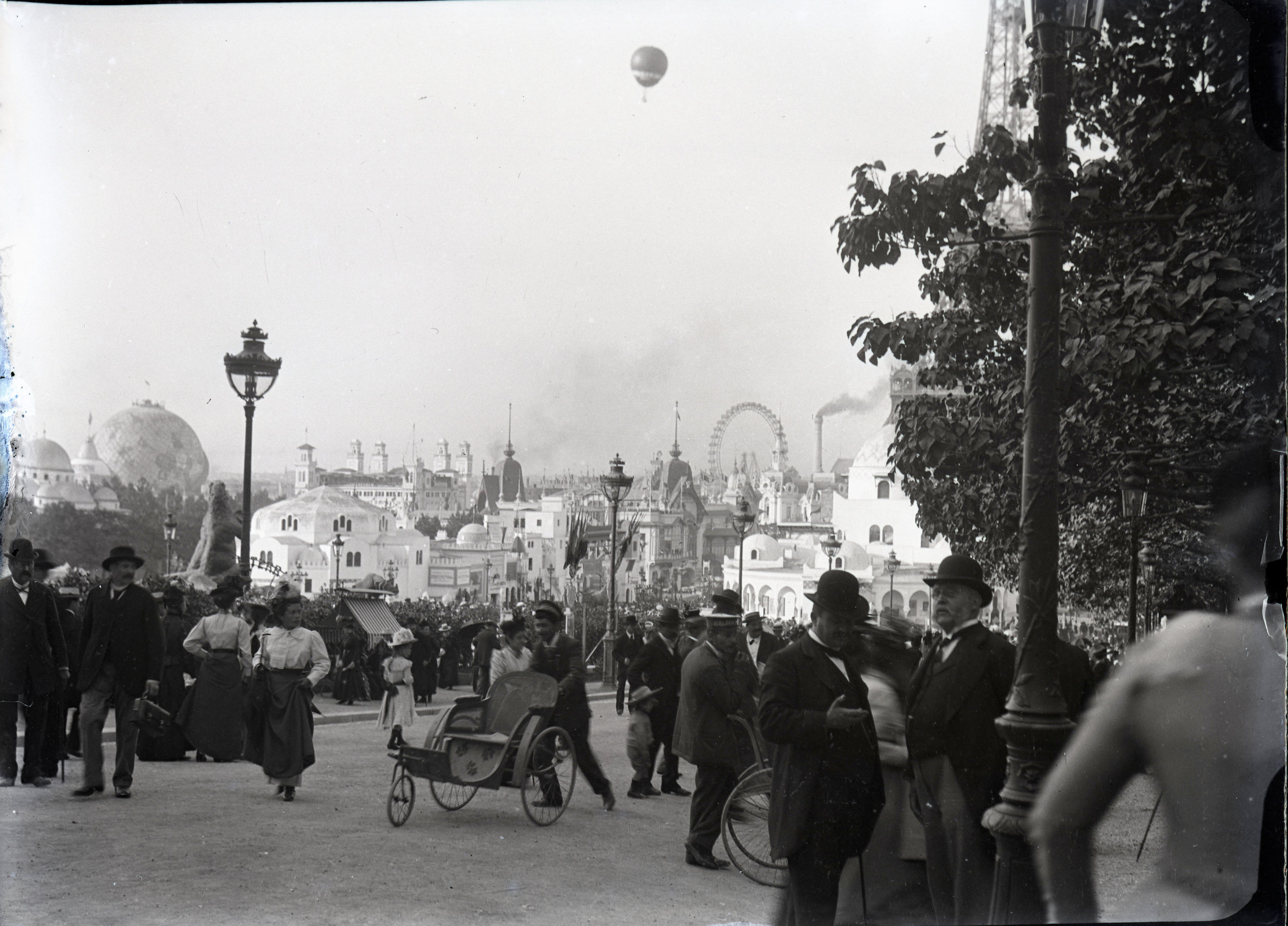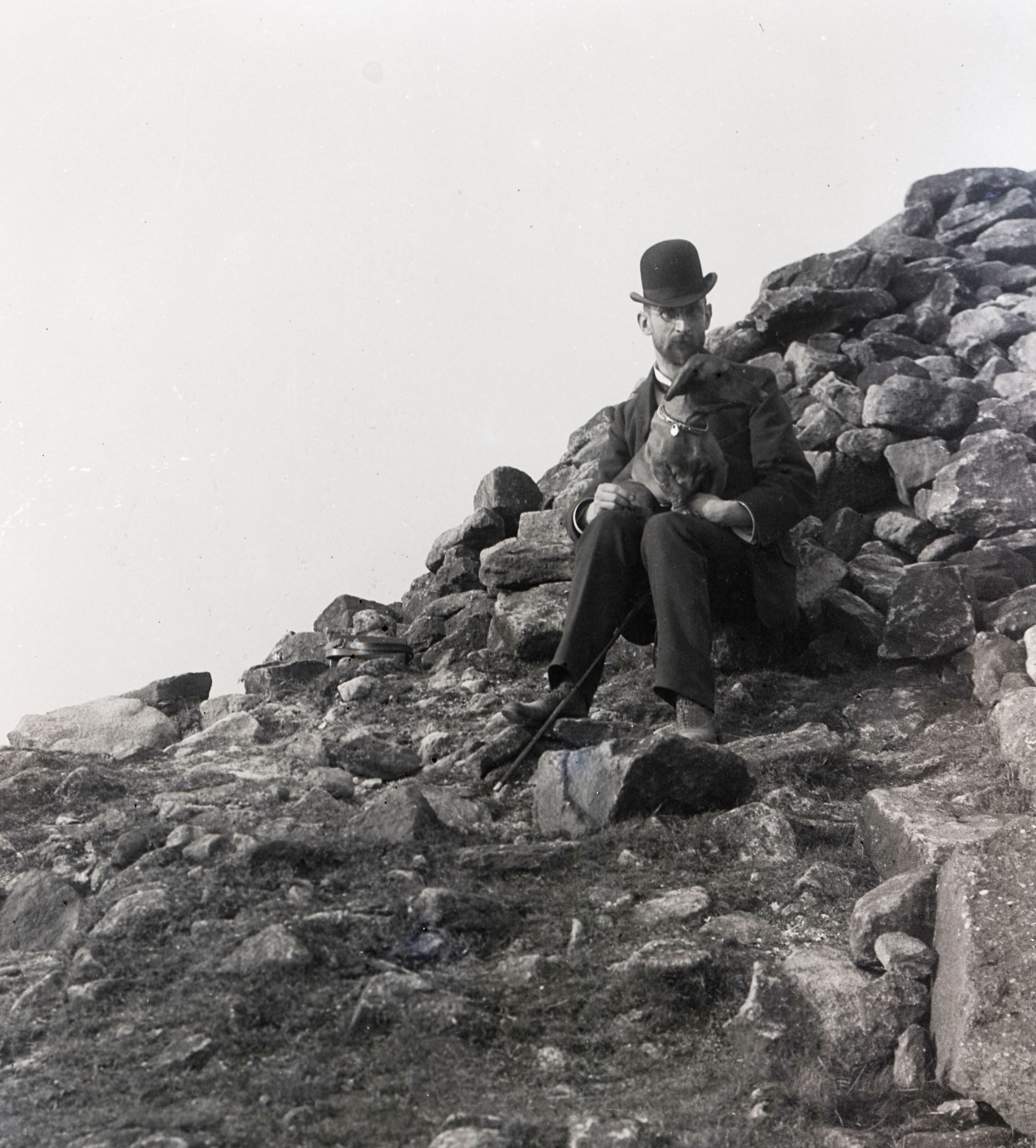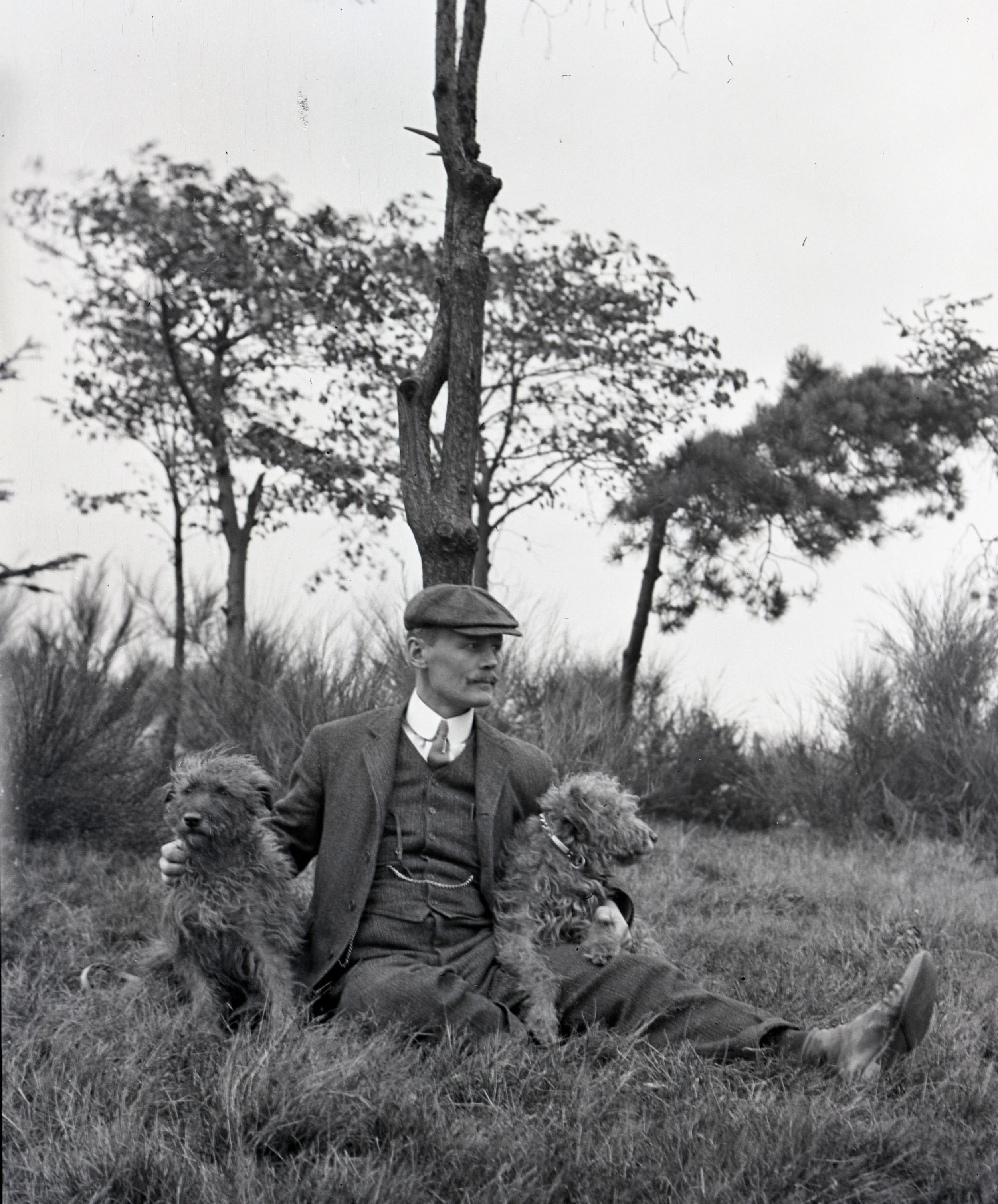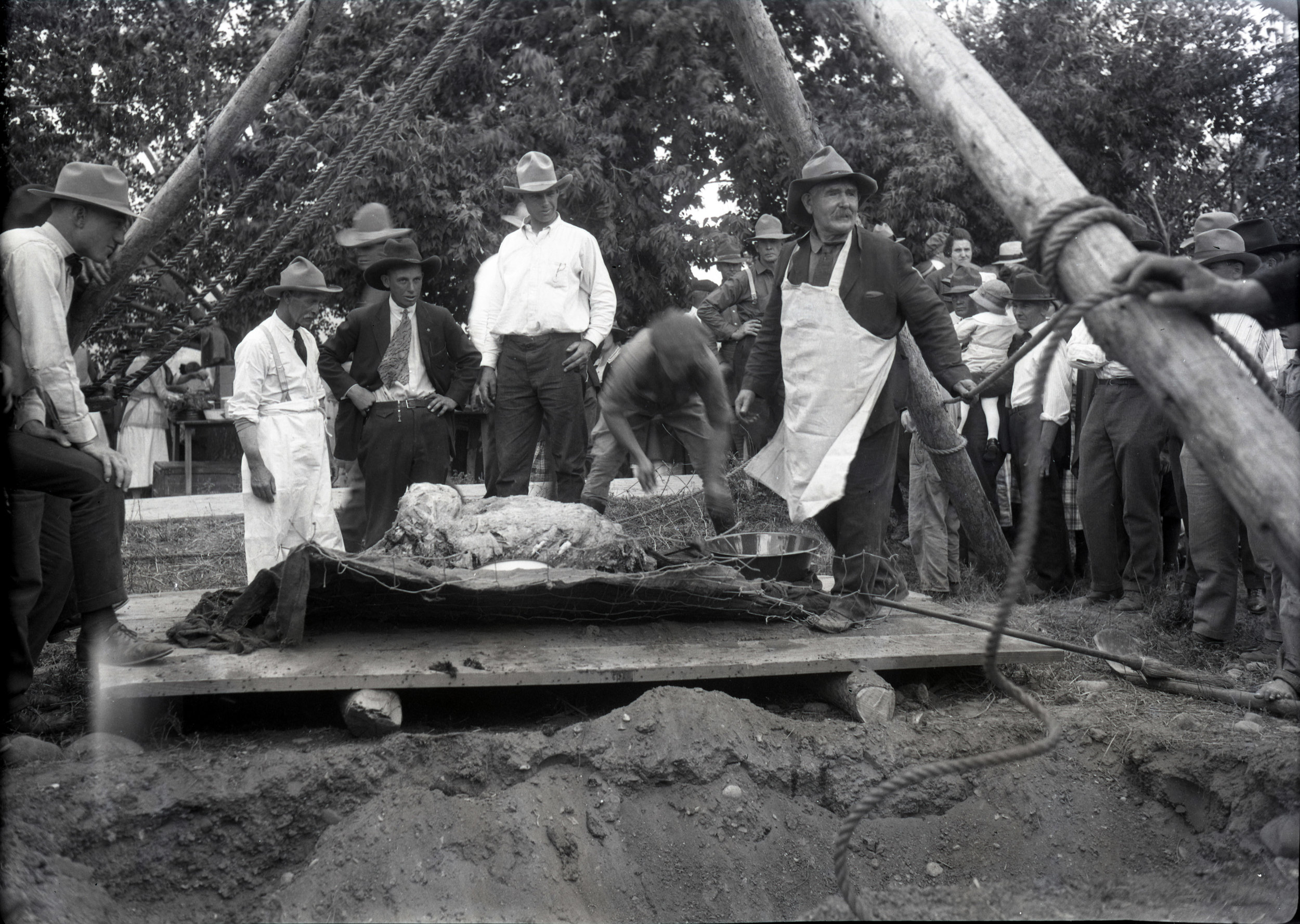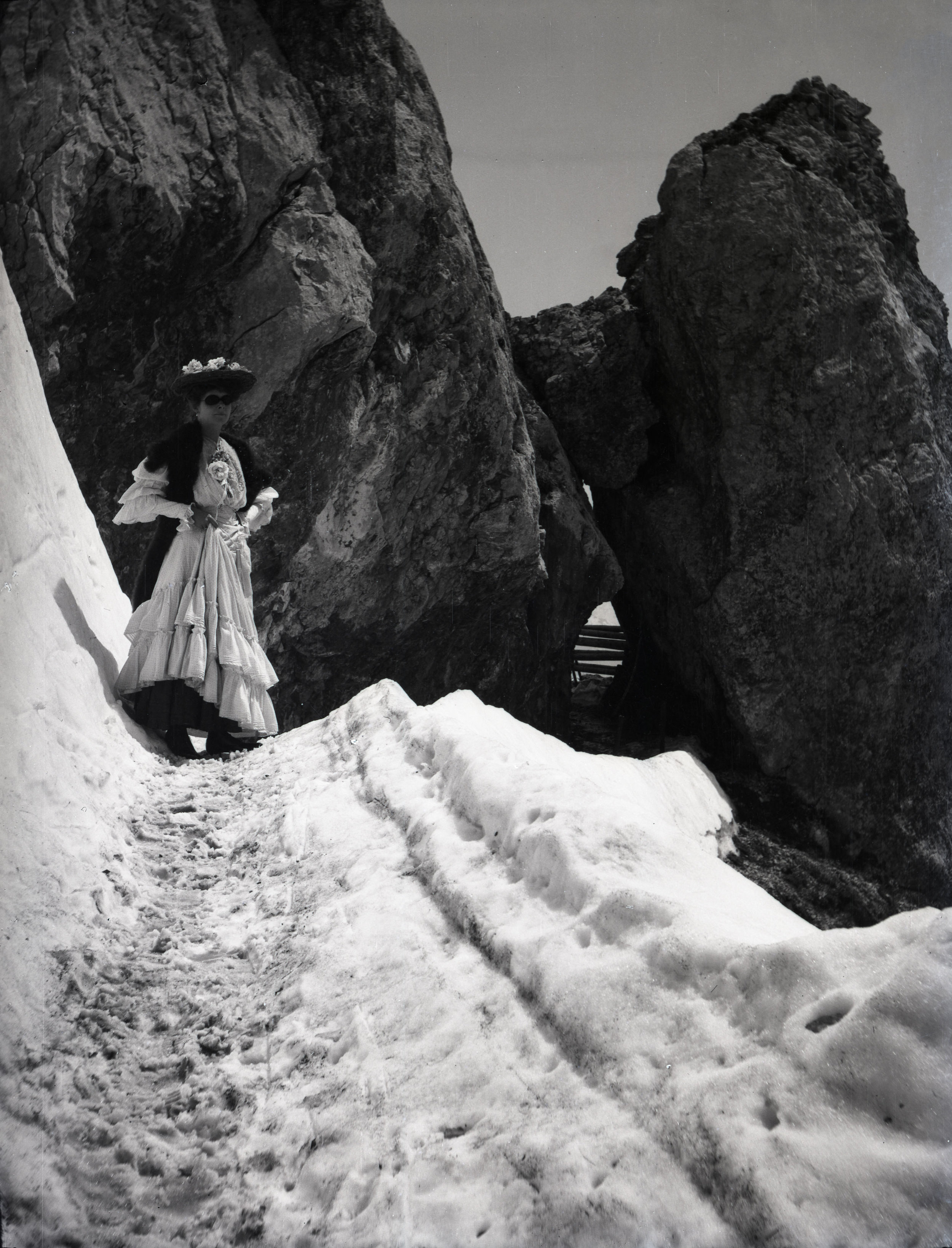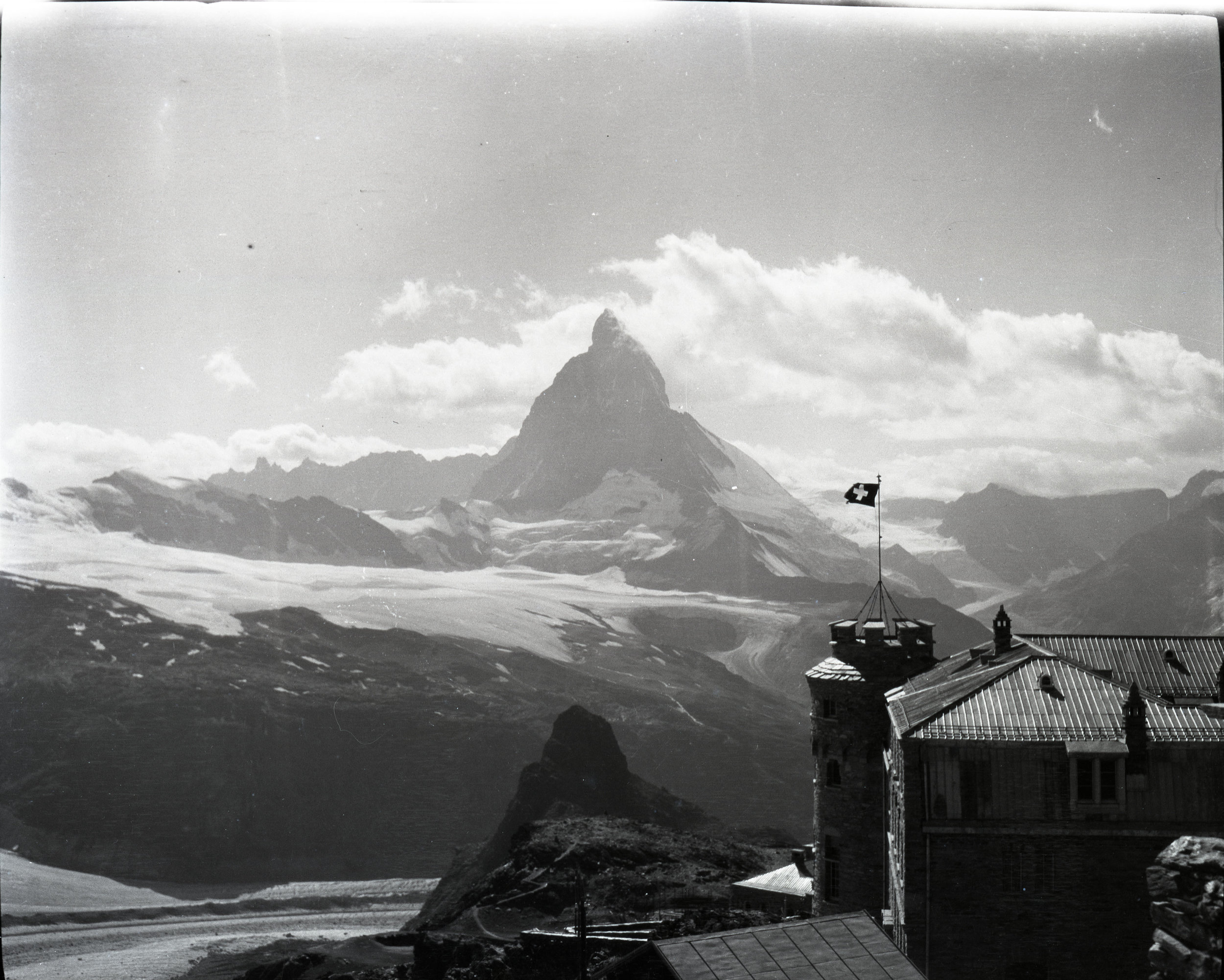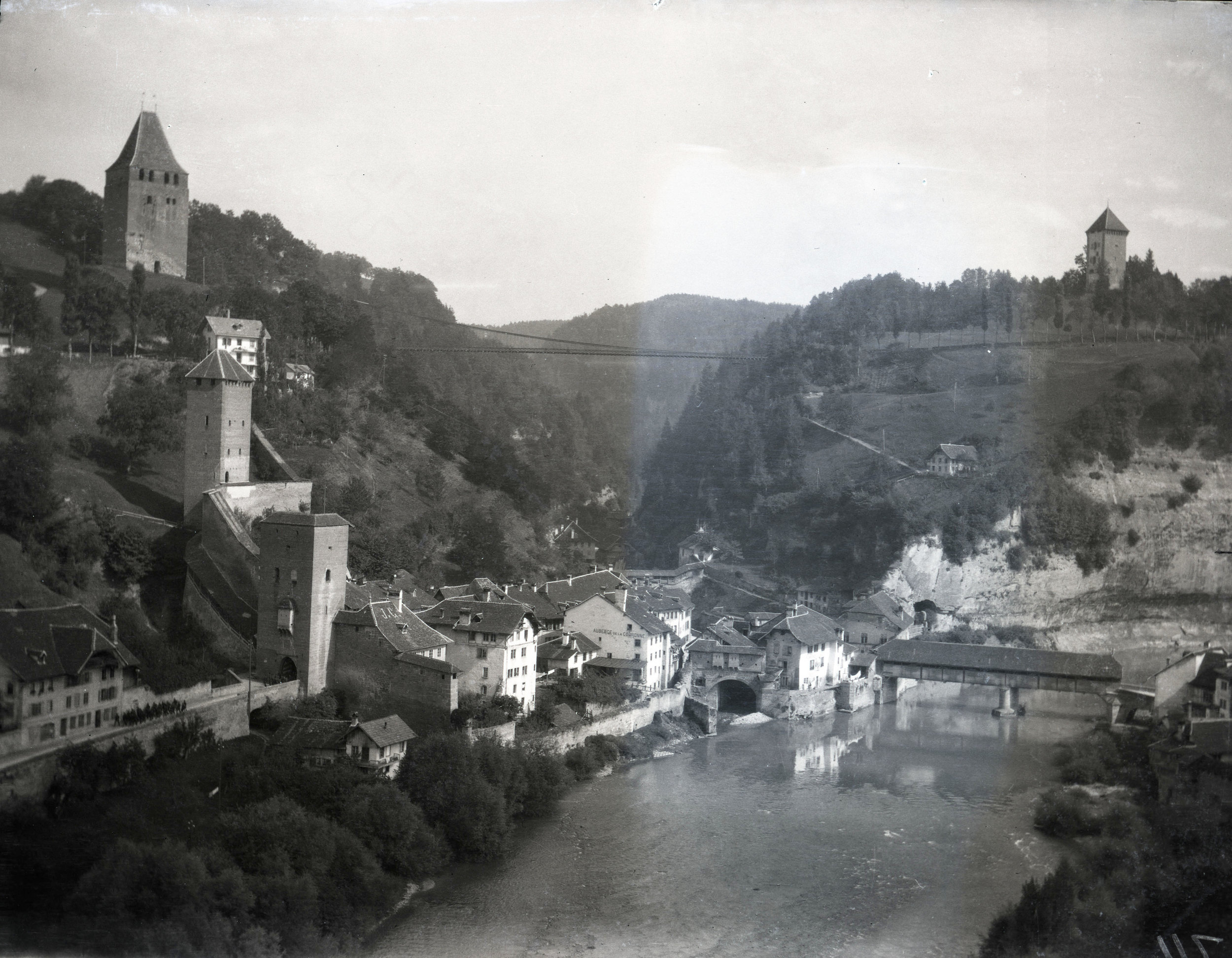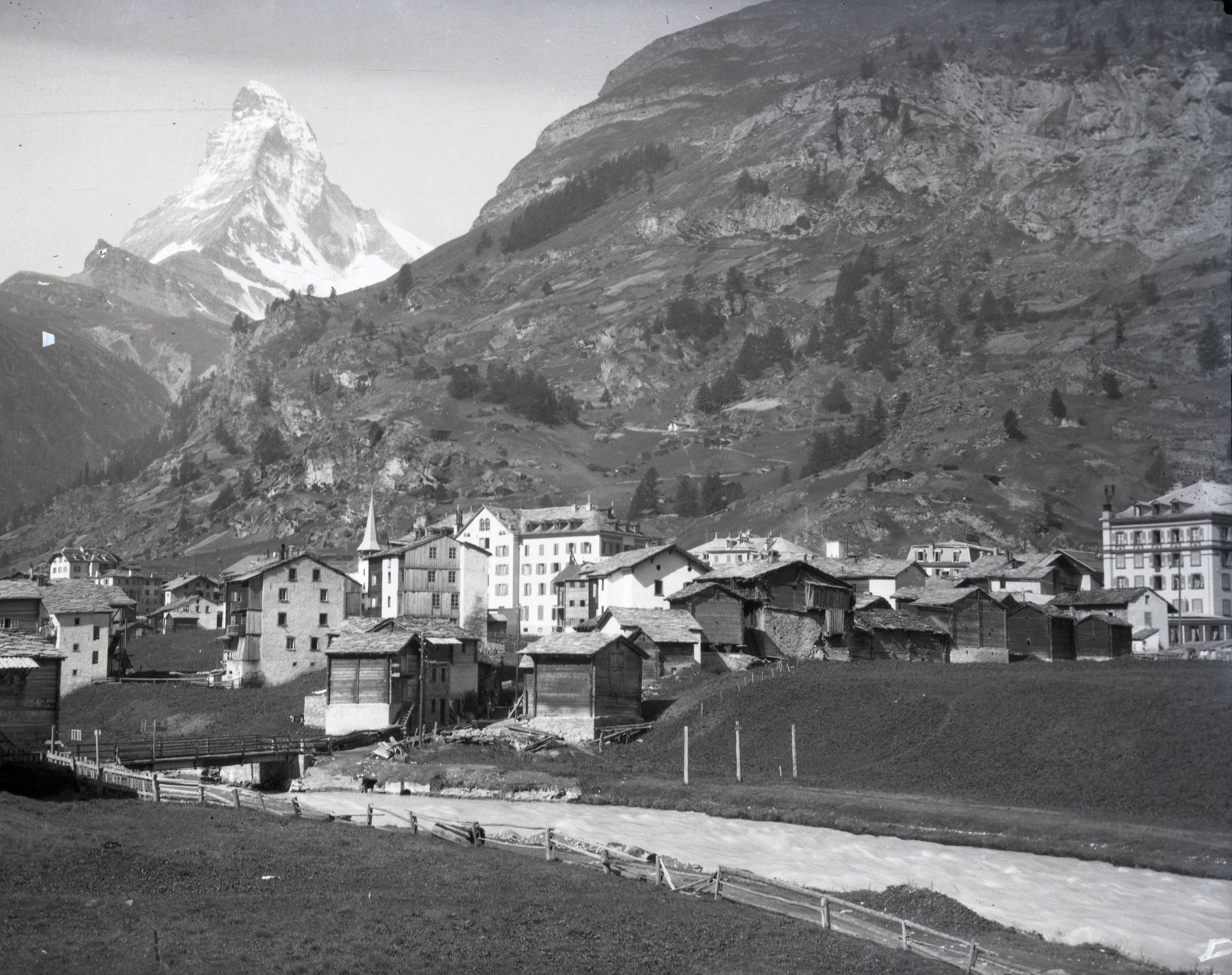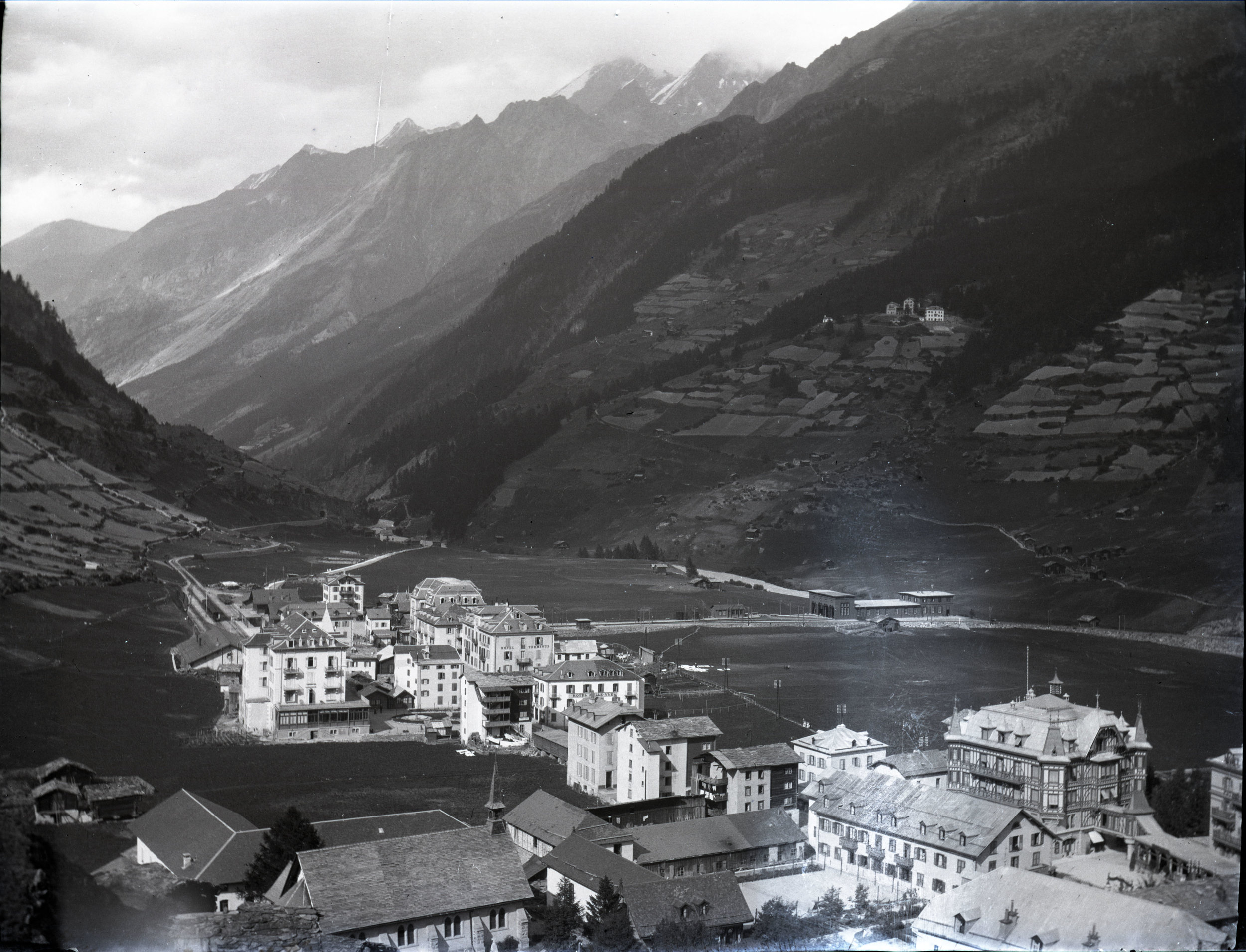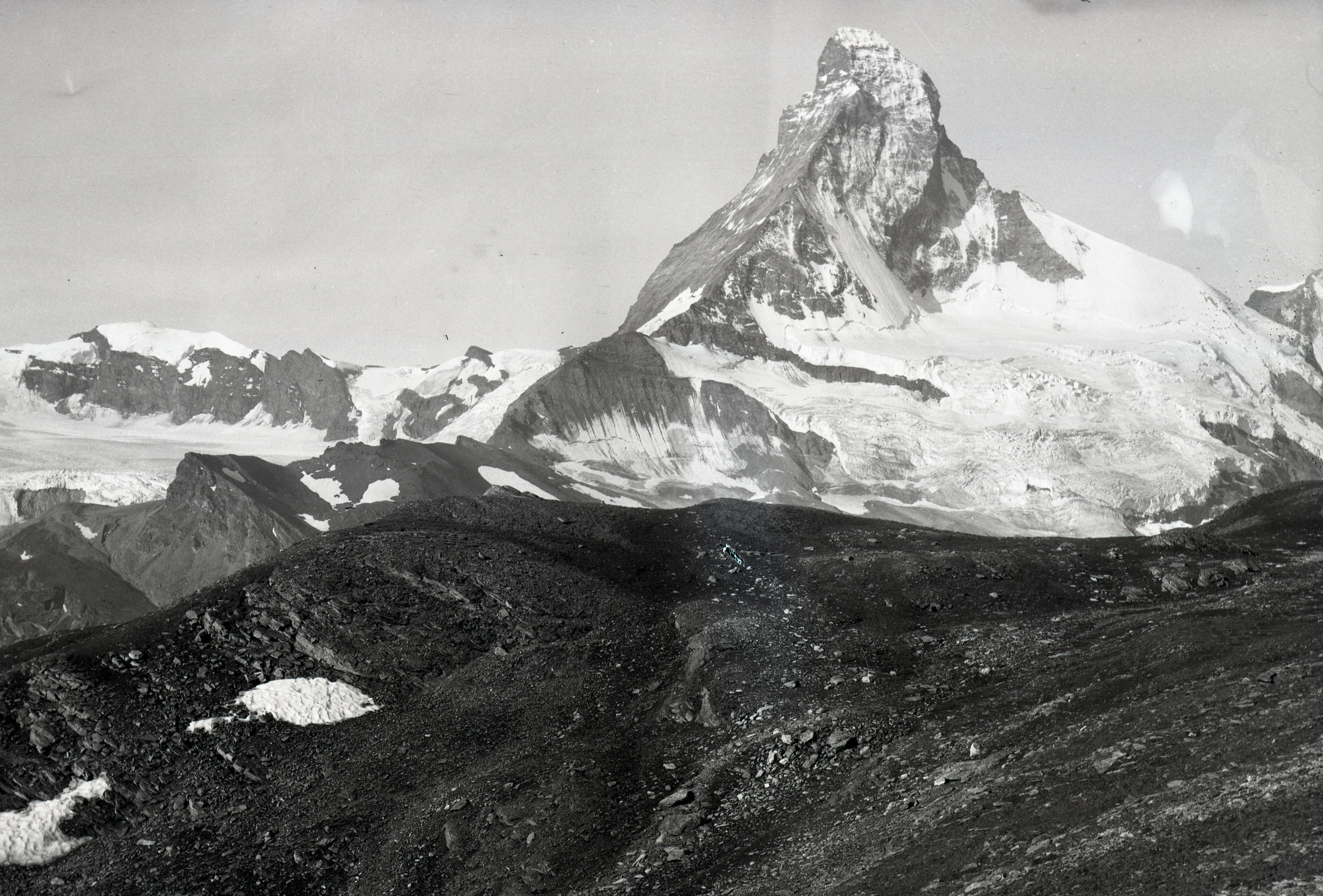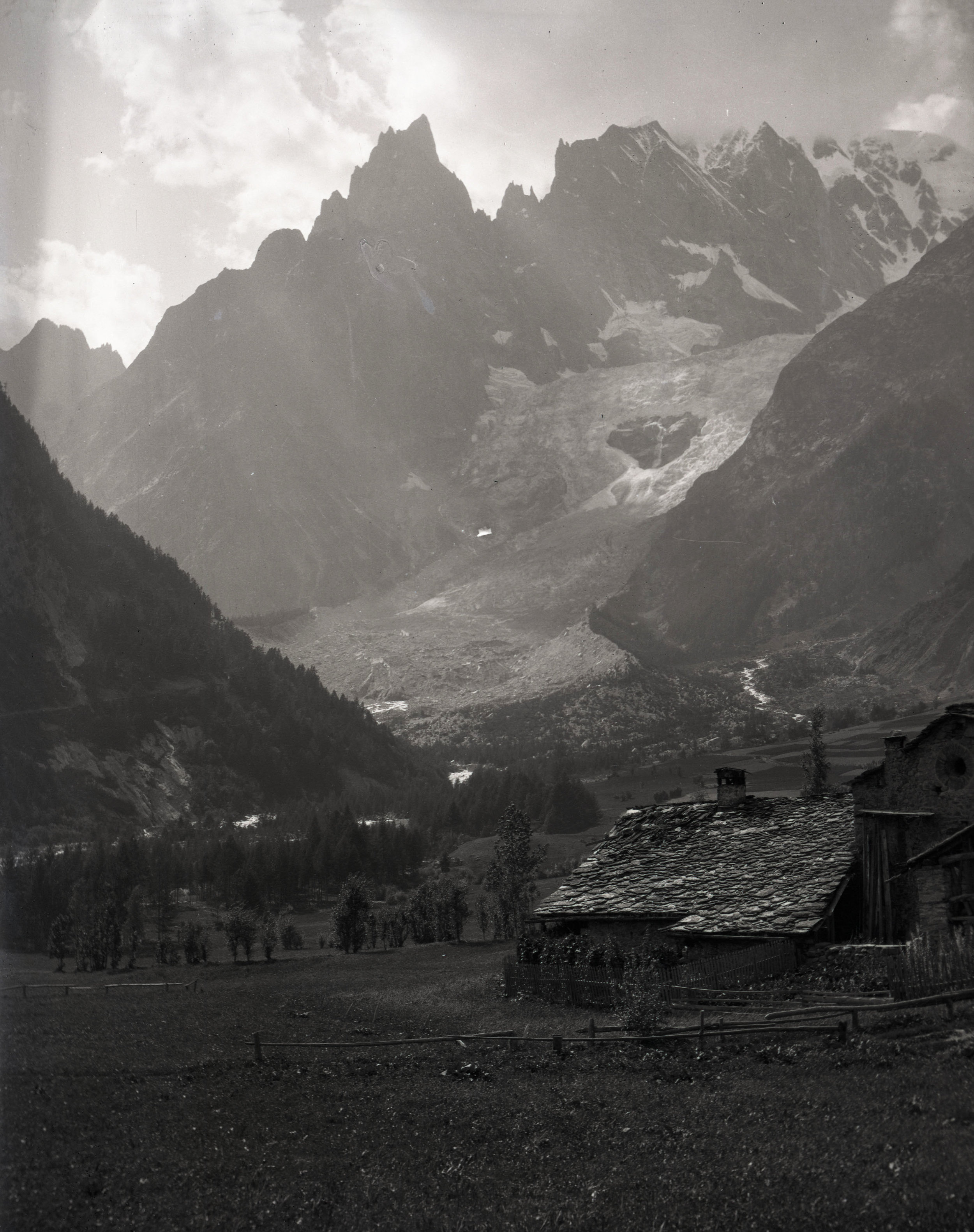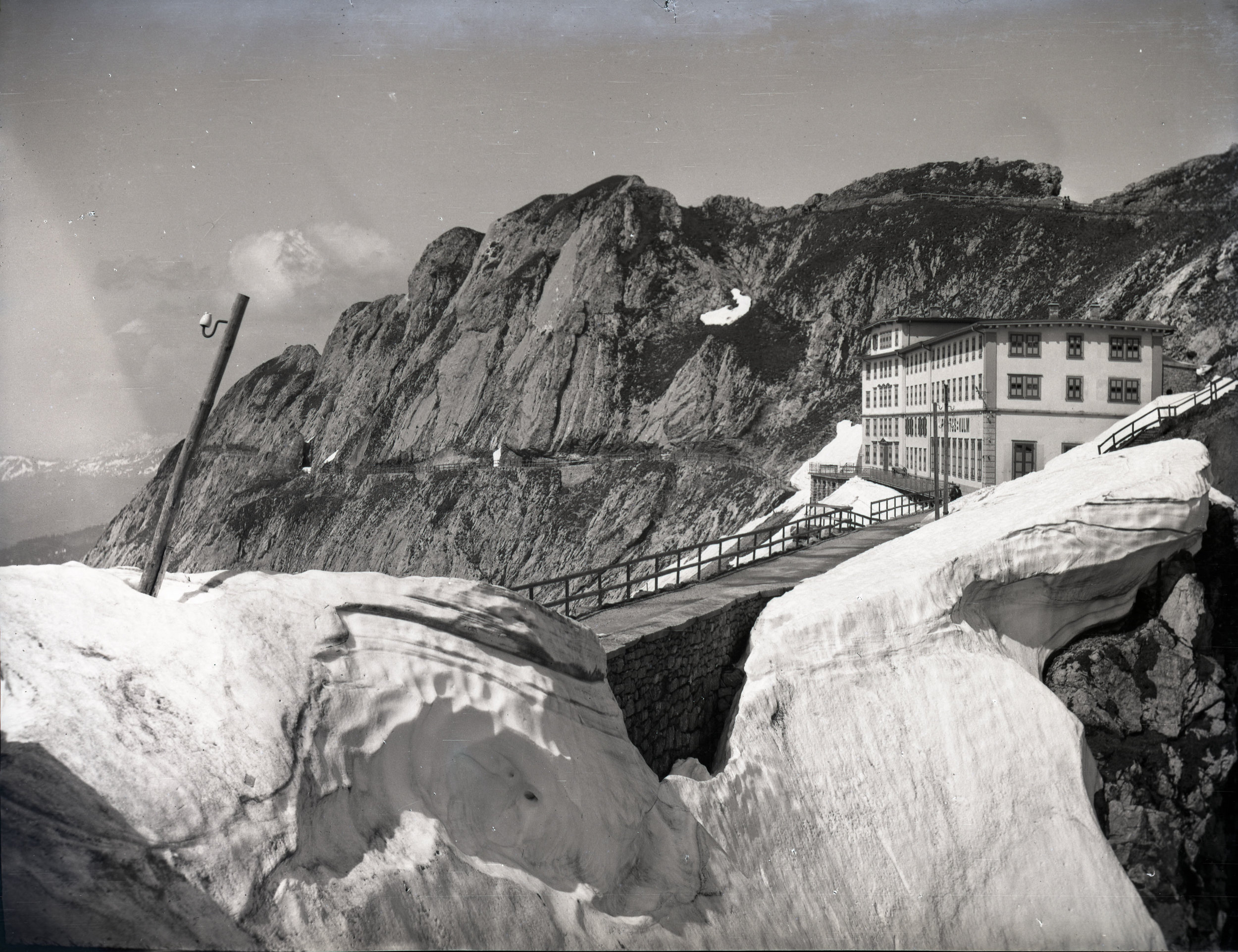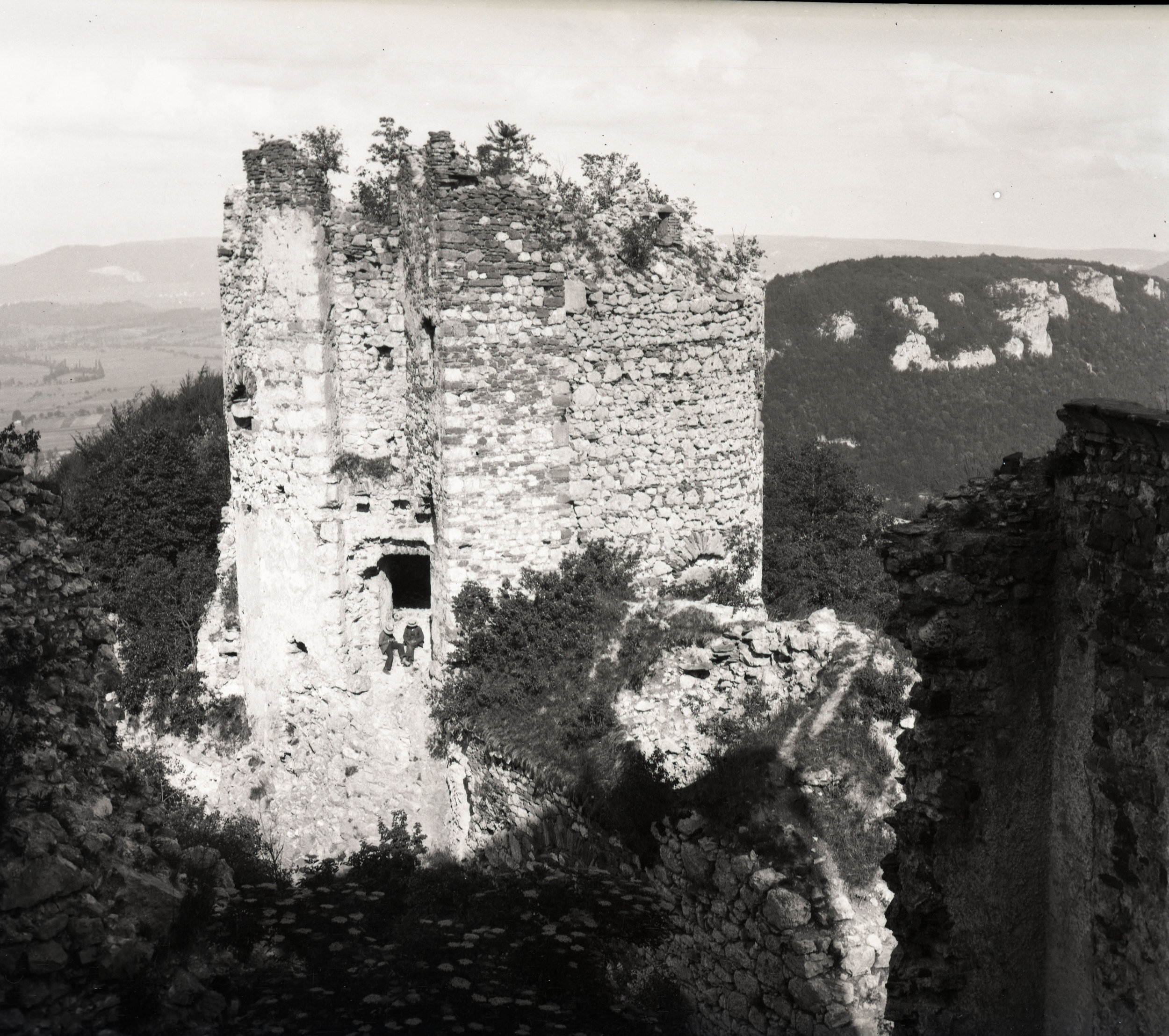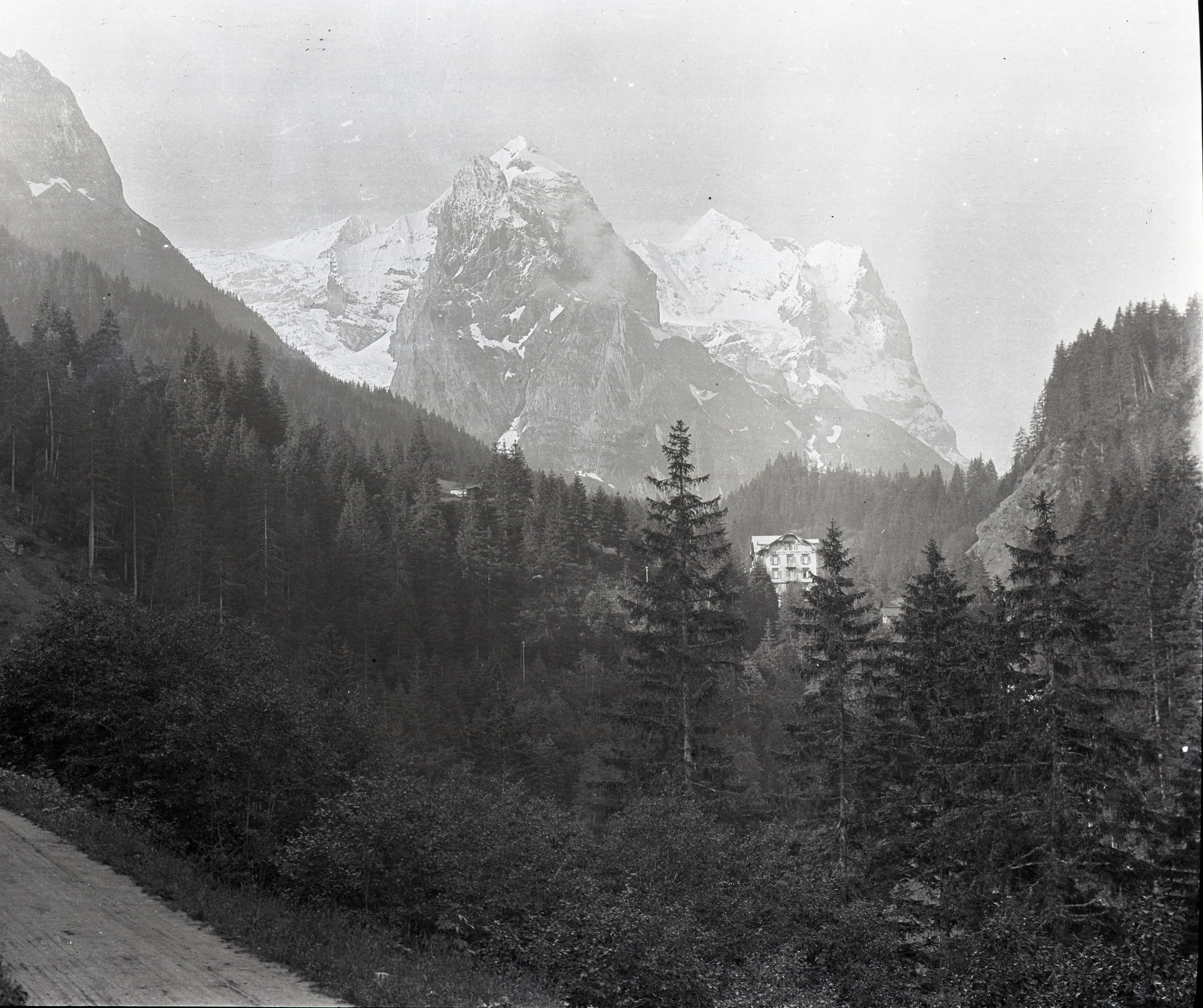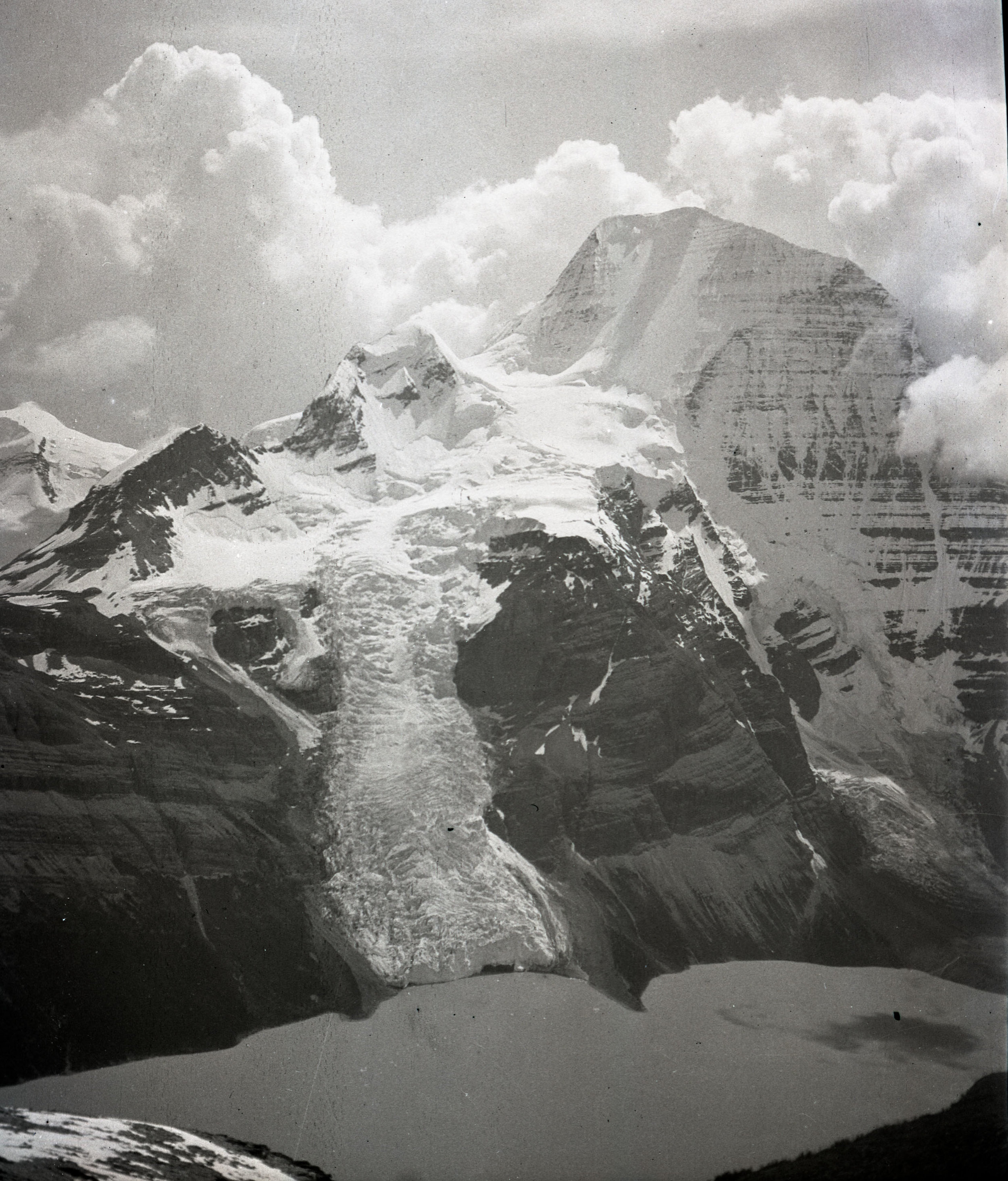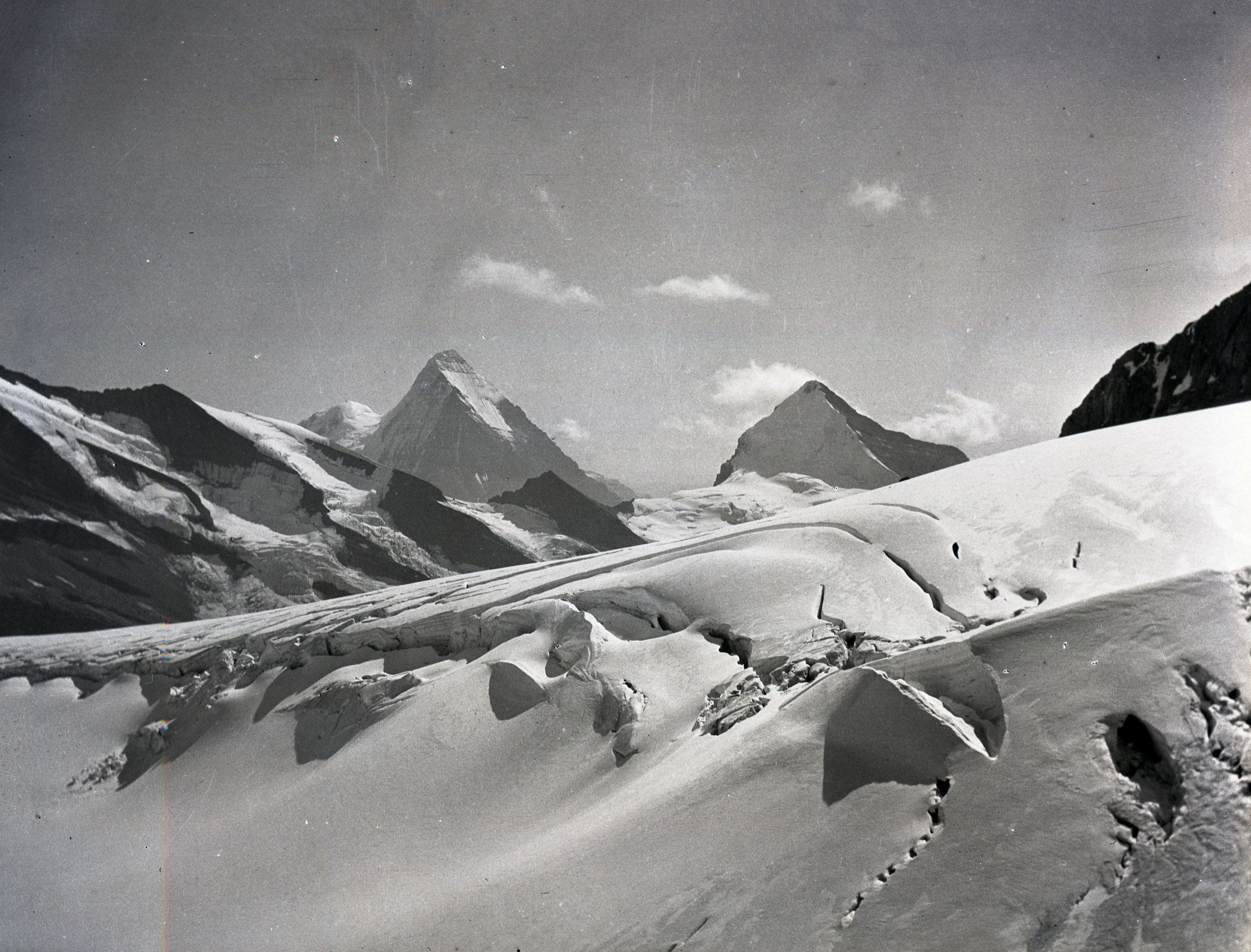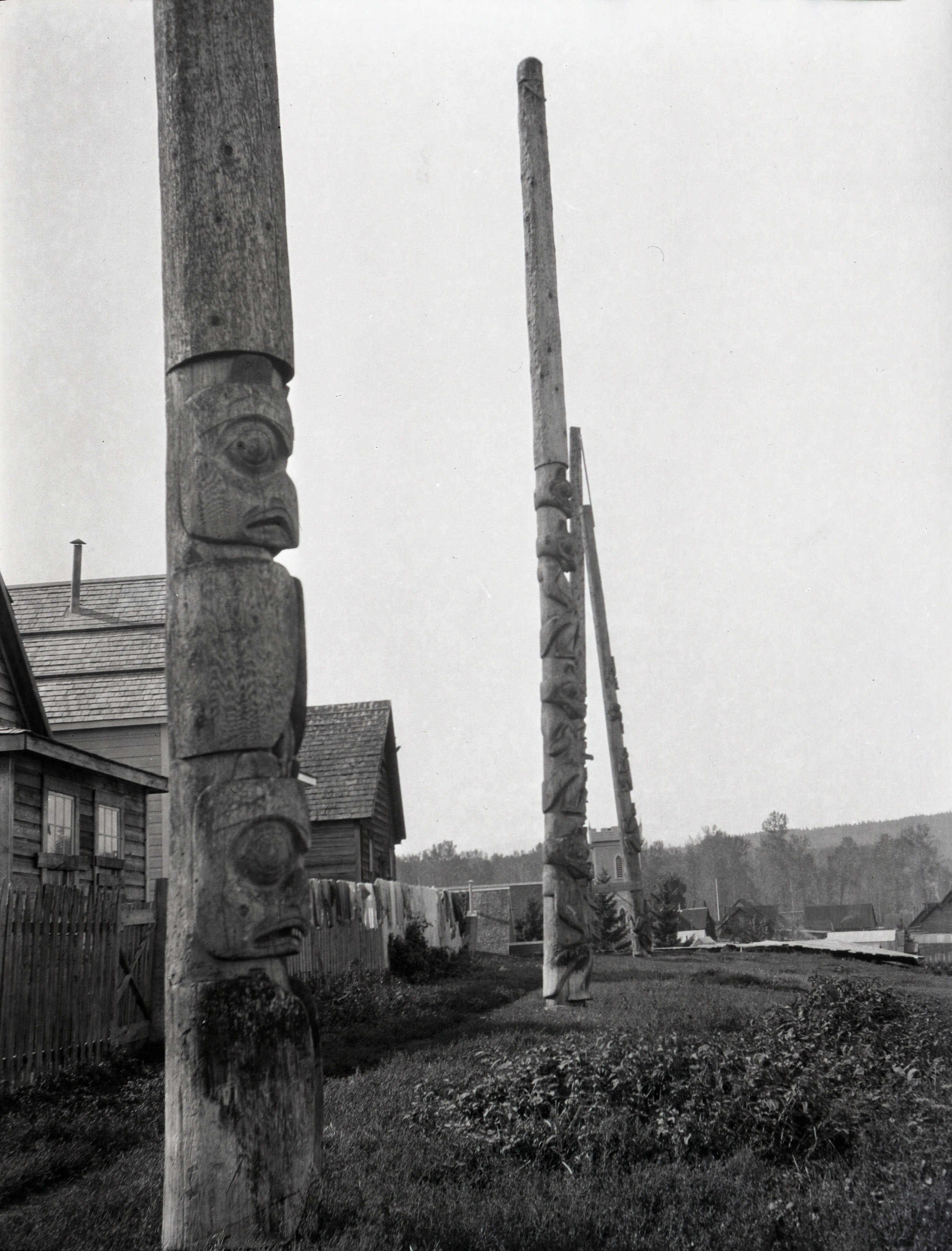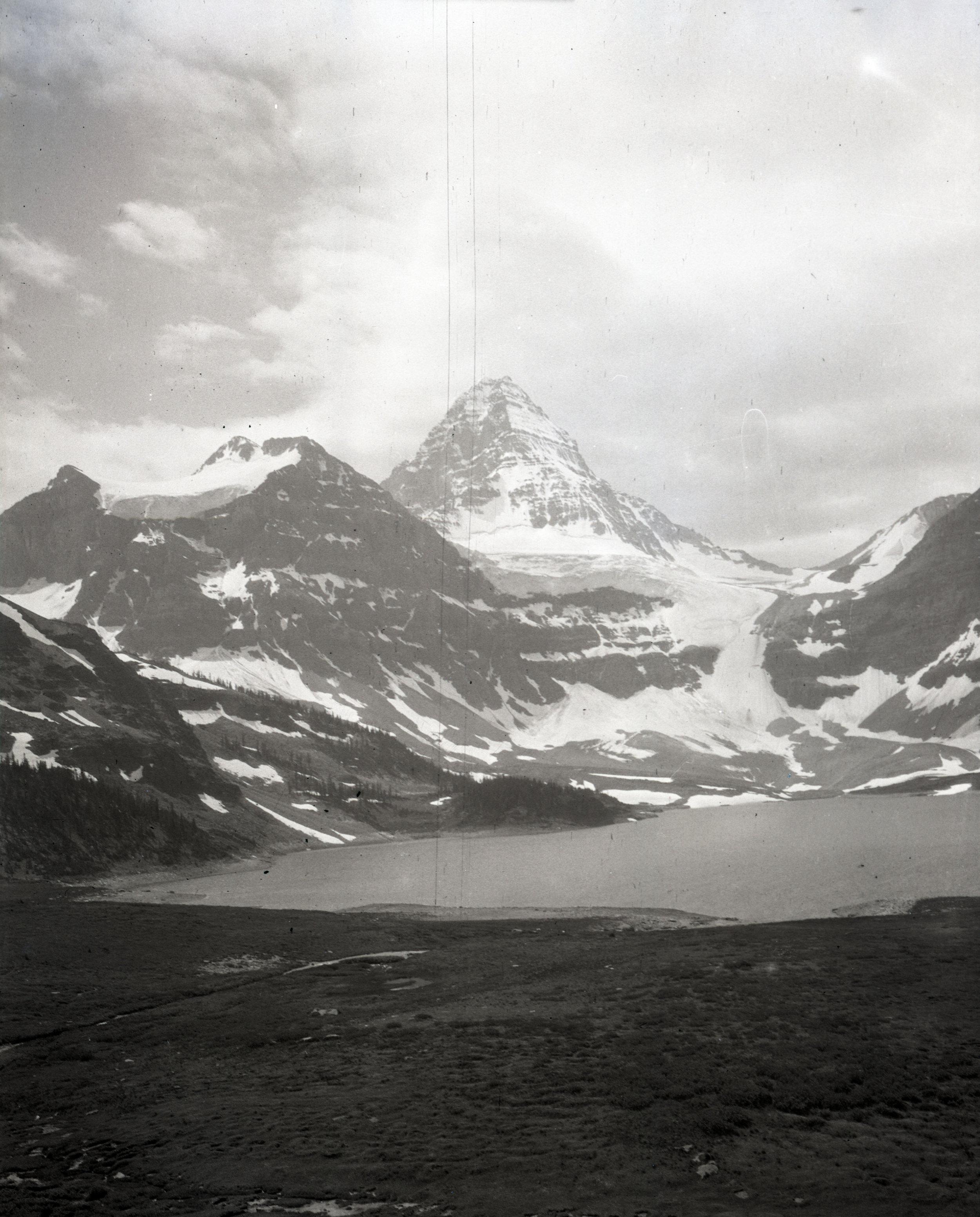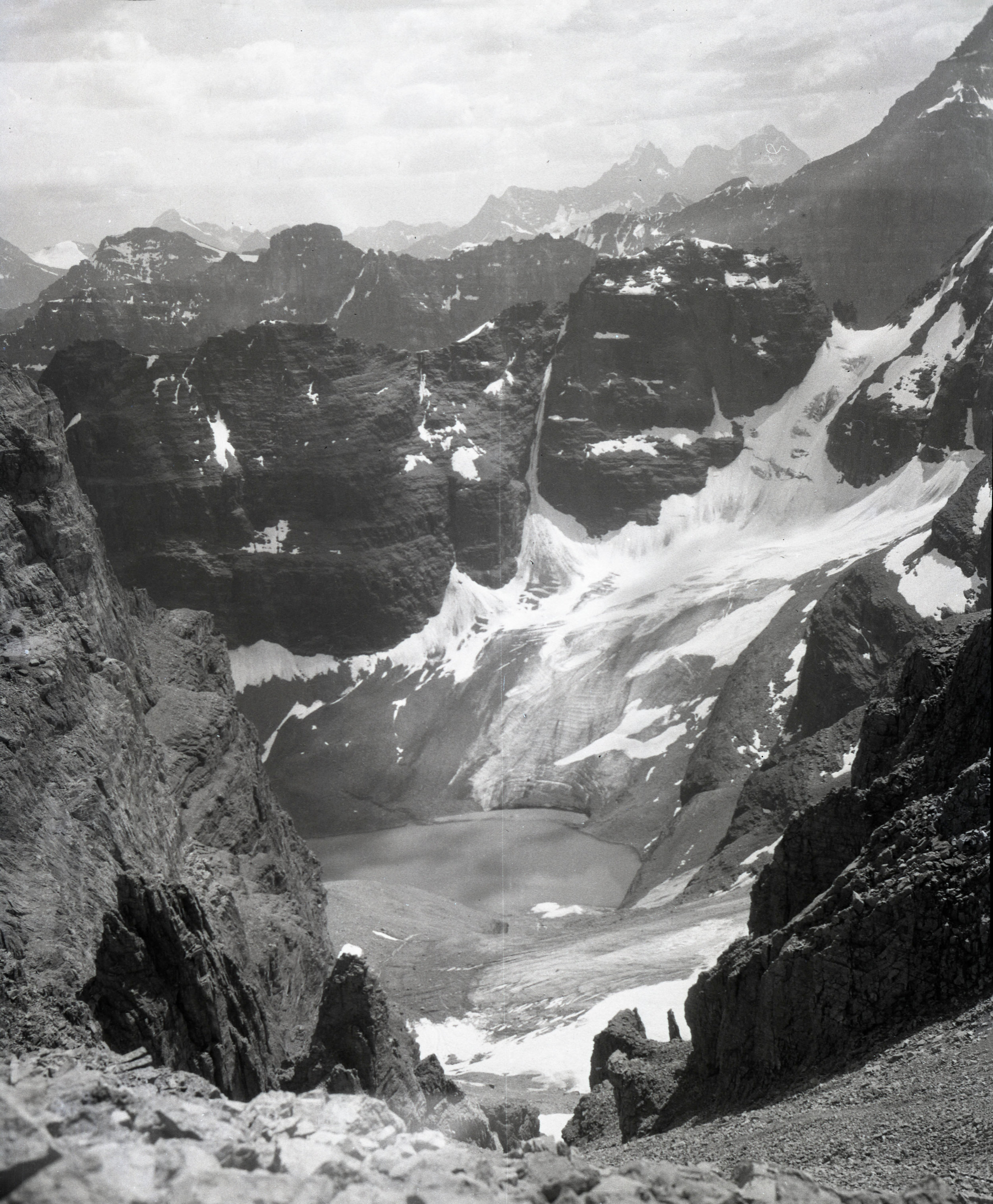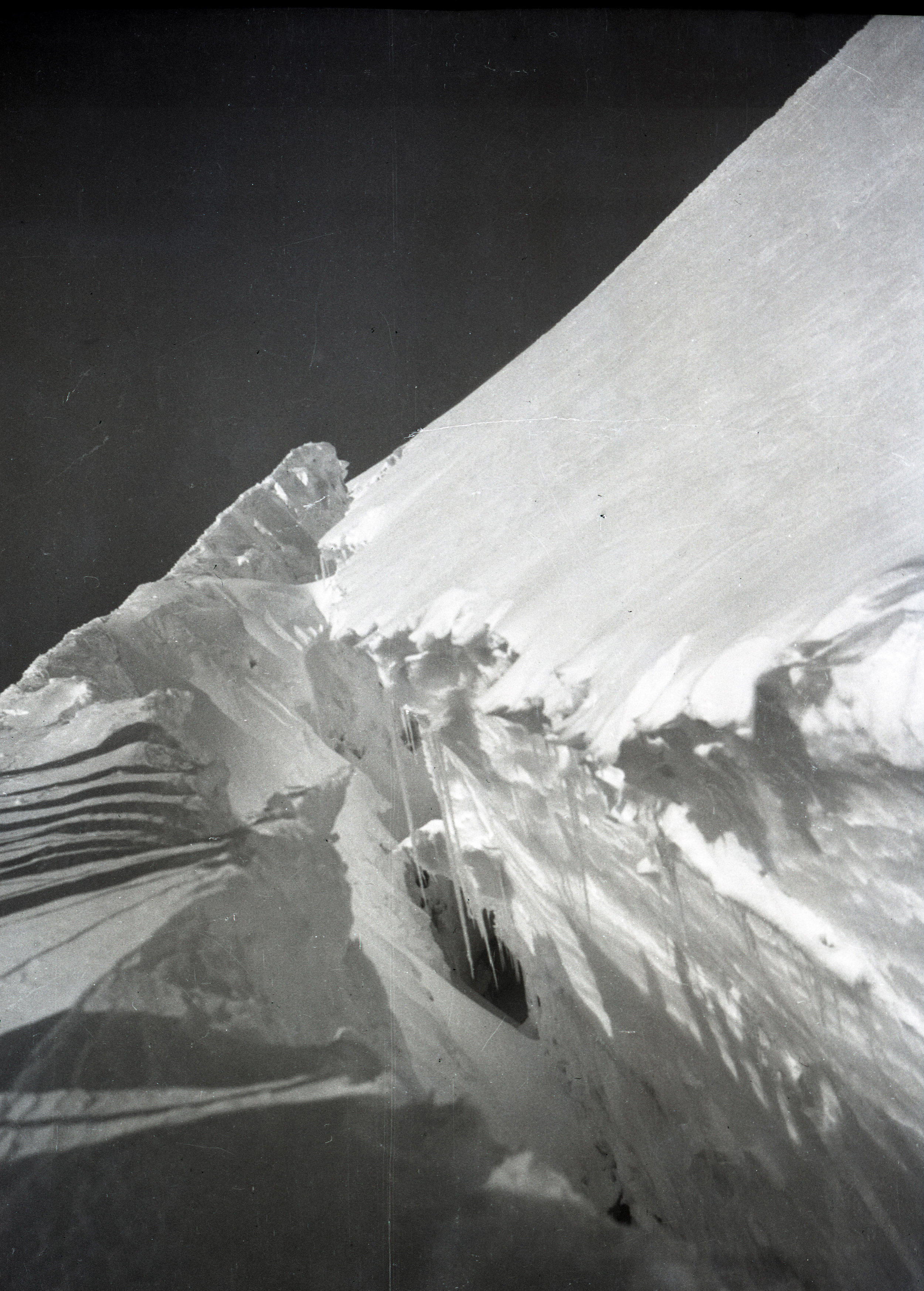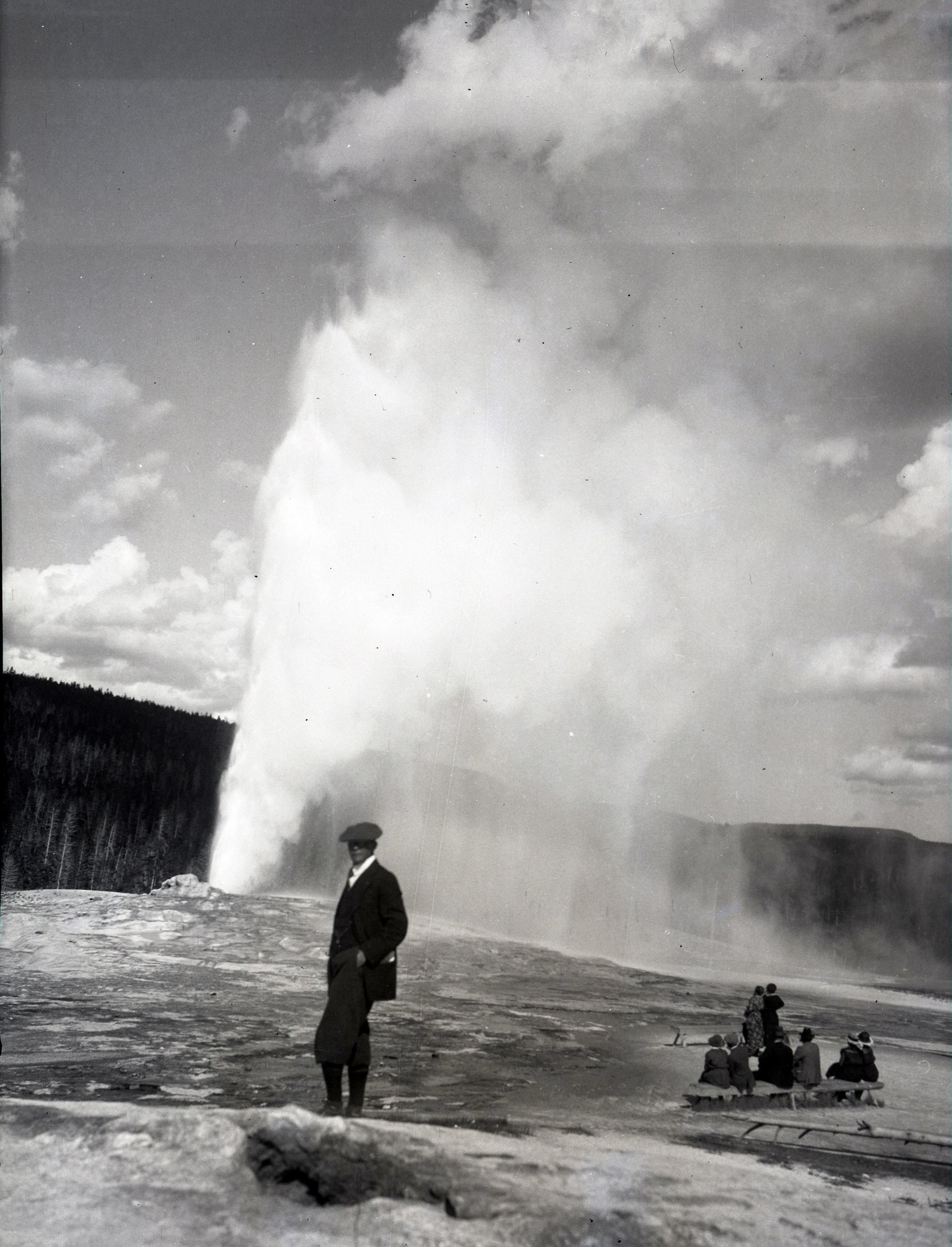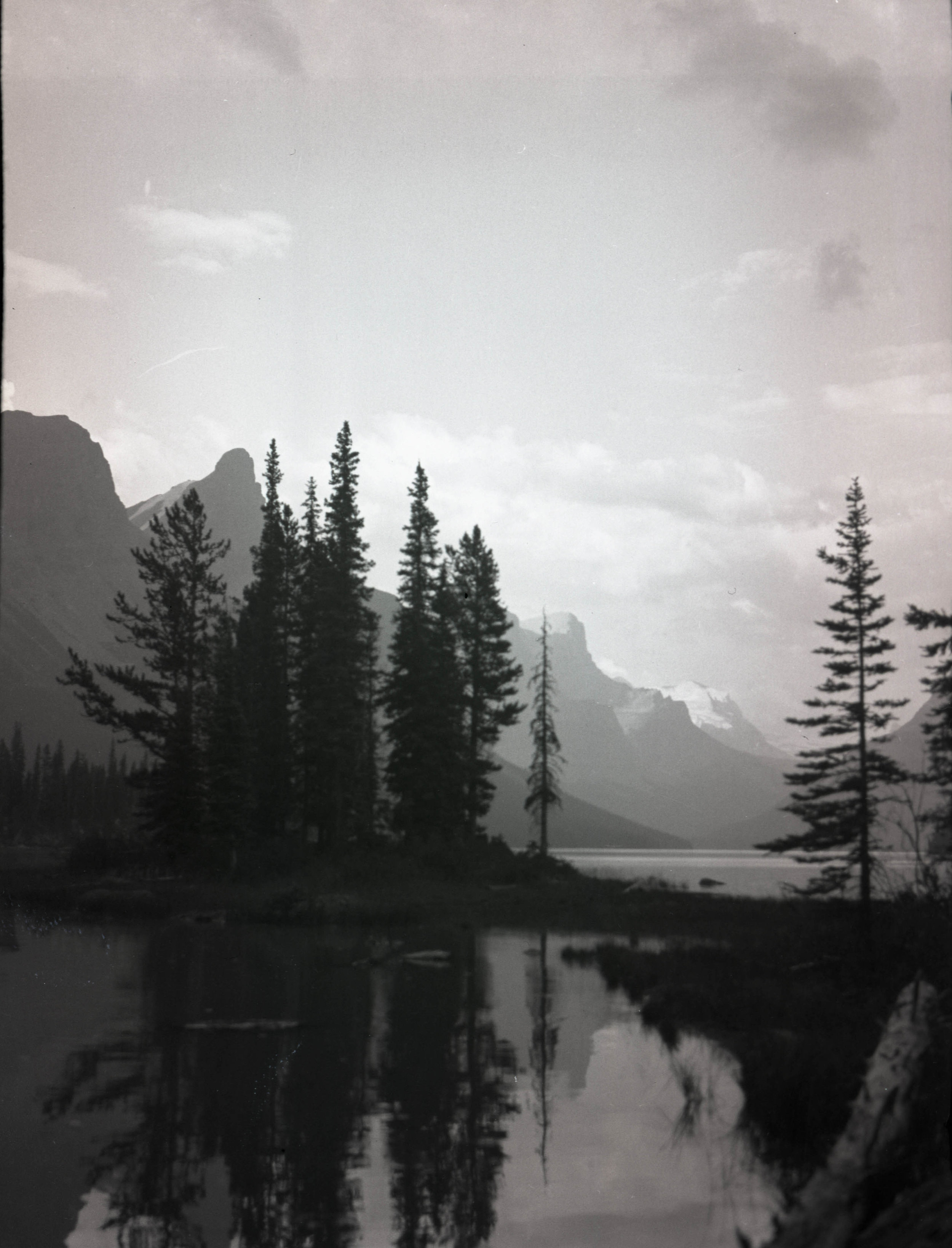by Ron Funderburke, AAC Education Manager
At the top of this new year, I was doing some research on behalf of the American Mountain Guides Association. A question about the history of American guides came across my desk earlier last year, and I began making regular trips to uncover the overlooked and often sad history of American mountain guides prior to the professionalization of the trade. Many native guides were conscripted, and their local knowledge of mountain passes and mountain ways was never credited by the “pioneers” that exploited them. Anyone interested can check out the AMGA’s Guide magazine later this year for an article that summarizes my findings.
On January 4th, I was pursuing this little mystery:
The American Alpine Club trained and certified American mountain guides? When was that? Why did they start that program? Why did the program end? Did AMGA replace this program?
To find an answer, I started with the first editions of the American Alpine Journal, and I scanned the records of all the Club’s proceedings. Proceedings include minutes from board meetings, secretary reports, and reports from gatherings and dinners. They’re pretty thorough. I came across proceedings from the mid-1930s that disclosed the emergence of American guiding services in the Tetons and Mount Rainier and findings of the AAC board that unified training and certification would be of value for aspiring professionals and for Americans that needed the services of a guide.
The proceedings detail the formation of a ‘Guides’ Committee’ and that committee began reporting regularly on its work. By 1940, the Guides’ Committee had run several trainings and certification exams, it had designed and distributed diplomas, and it had used these initial successes to begin planning more trainings around the country. The ‘Guide’s Diploma’ artifact that is pictured above is one of few remaining relics from this program.
What happened, you might ask? It’s difficult to know what would have happened to the AAC Guide Committee, and its training and certification scheme, had World War II not taken the entire climbing world in a different direction. After 1941 all proceedings of the Guides’ Committee were replaced with new and pressing work being done to support the American war effort, including the training, recruitment, and deployment of mountain soldiers. All the expertise American climbers could muster, and all the able-bodied soldiers that might have become guides, were enlisted in the war effort.
After the war, the guides program was taken up again in sporadic fits and starts, including some early versions of the American Mountain Guides Association in 1970. In each case, the proceedings document trainings and certifications in isolated regions of the country, and an ultimate inability to create a program that would have unified American professionals.
Additionally, I perused the Fuhrerbuch (guides log) of one of the first certified mountain guides in North America. Ed Feuz Sr was a certified Swiss Bergfuhrer (mountain guide), and he was recruited by the Canadian Pacific railroad to offer guided climbing at the mountain hotel and rail-stops along the track through the Canadian Rockies. Feuz had many American clients, and his careful record of their climbs is documented and archived. Near the end of his career, Feuz described how guided climbing had become unfashionable. It’s one of many clues I could find as to why the AAC guides committee only achieved sporadic success training and certifying mountain guides after World War II.
When our library professionals saw the nature of my research, they asked if I had seen the AMGA archives. As a long time professional member of the AMGA, I was intrigued to know what might be in those archives. I was not disappointed. I found reams of correspondence between the American Alpine Club, members of the AAC Guides’ Committee, guides and guide service owners, sponsors and consultants from the Alpine Club of Canada, the Association of Canadian Mountain Guides, and various representatives of European guides associations including the International Federation of Mountain Guides. I found lengthy treatises and pedagogical statements on the nature of American climbing instruction and education from the likes of Yvon Chouinard.
Together, the whole dossier chronicles a story about American guides that should resonate with any guide today. Guides had strong opinions about the standards to which they should be trained and certified. Guide services had strong opinions about how much certification schemes should cost and how relevant certifications would be to their operations. Climbers had strong opinions about the differentiation of guided ascents and non-guided ascents. Educators had strong opinions about how and why climbing instruction should distinguish itself from prevailing education systems of the times. With so many strong opinions and so many perspectives needed to create a system of professional guides education and certification, it’s no wonder the work of the AAC Guides’ Committee encountered so many obstacles. When strong personalities and strong opinions collide, consensus can be difficult to achieve.
Like many trips to the library, my quest to solve one little mystery unveiled new mysteries, and the questions I was pursuing are not generally of interest to climbers. It’s the kind of esoterica that you can’t uncover on Wikipedia. Thankfully, our library and our library professionals appreciate that little things will matter to someone, some day.


